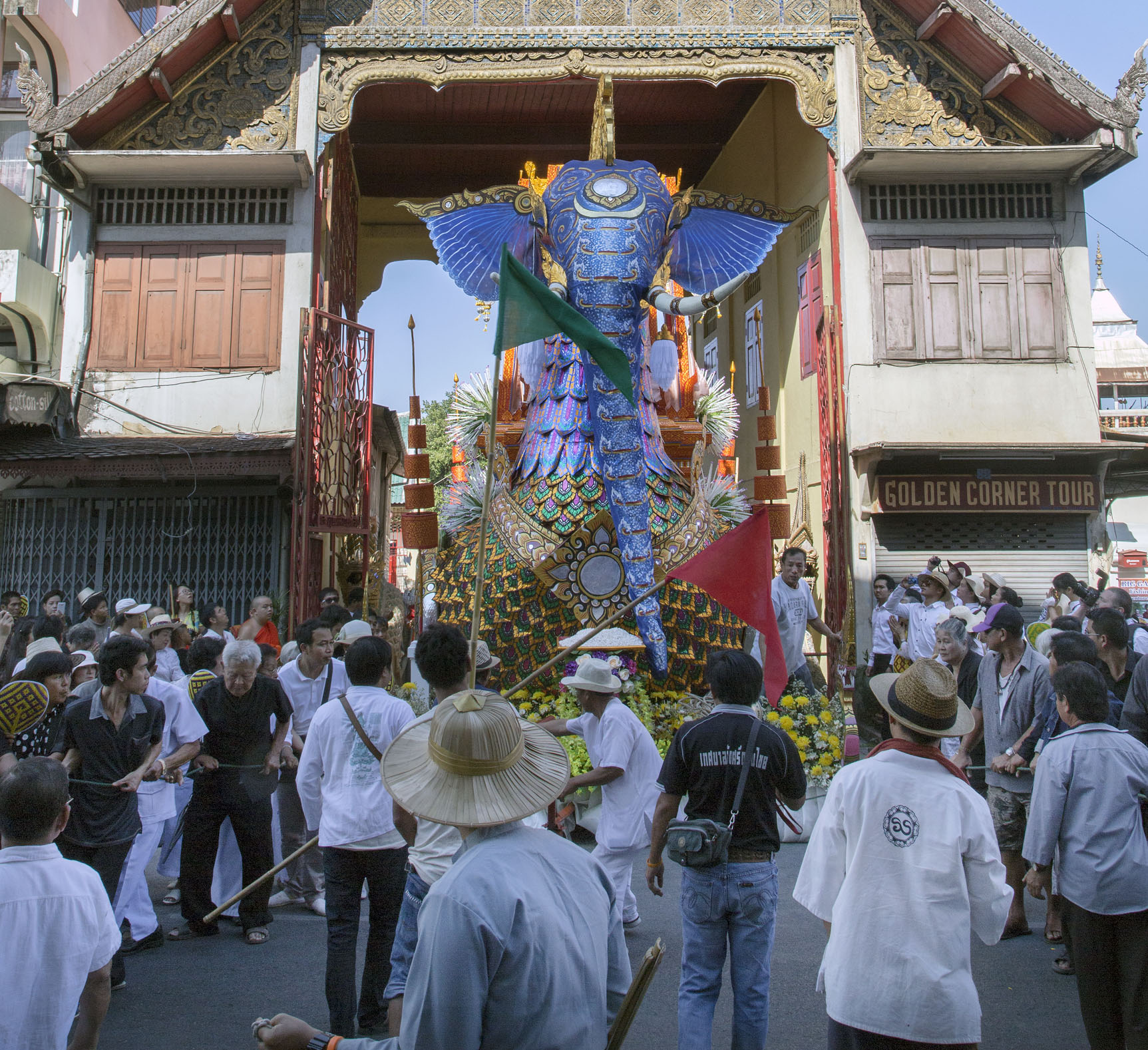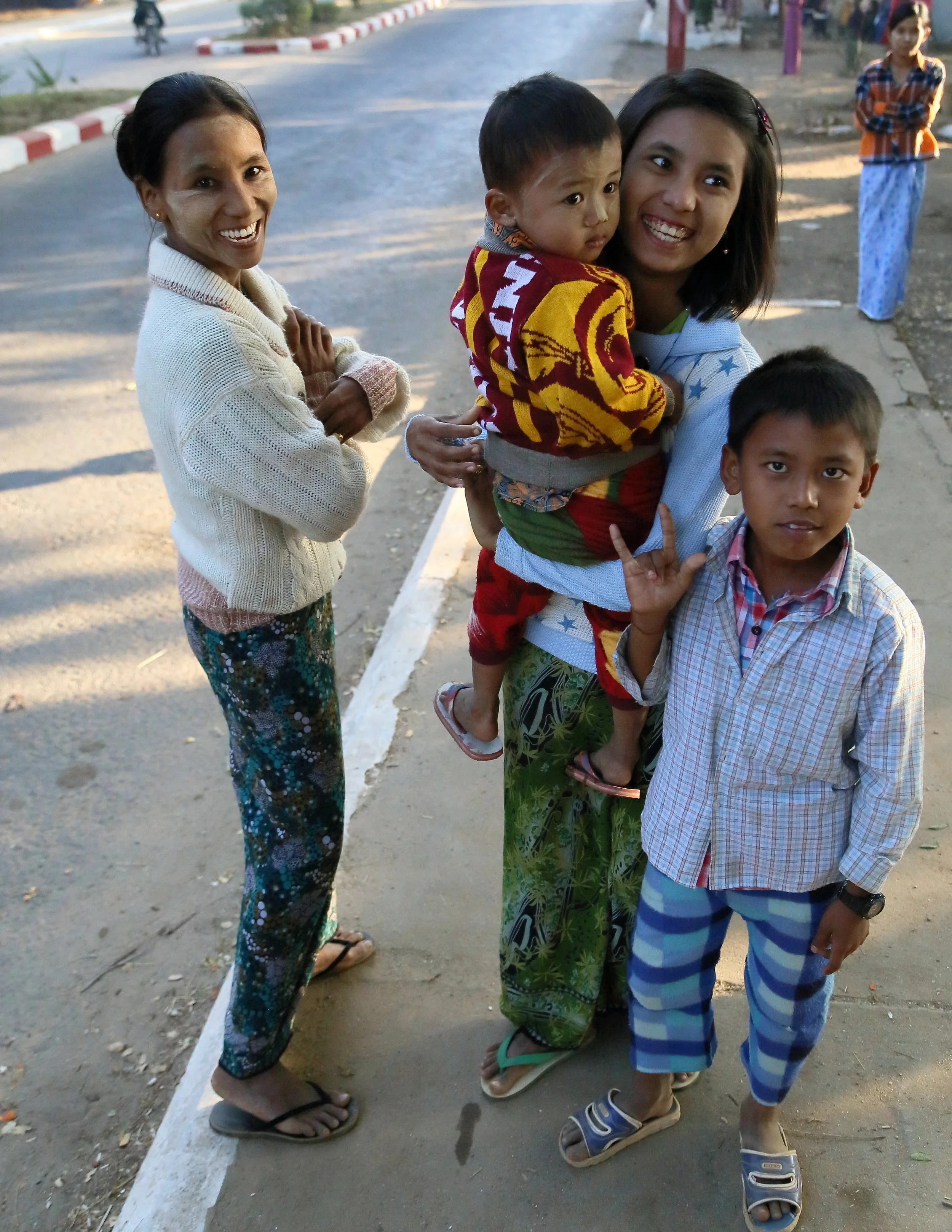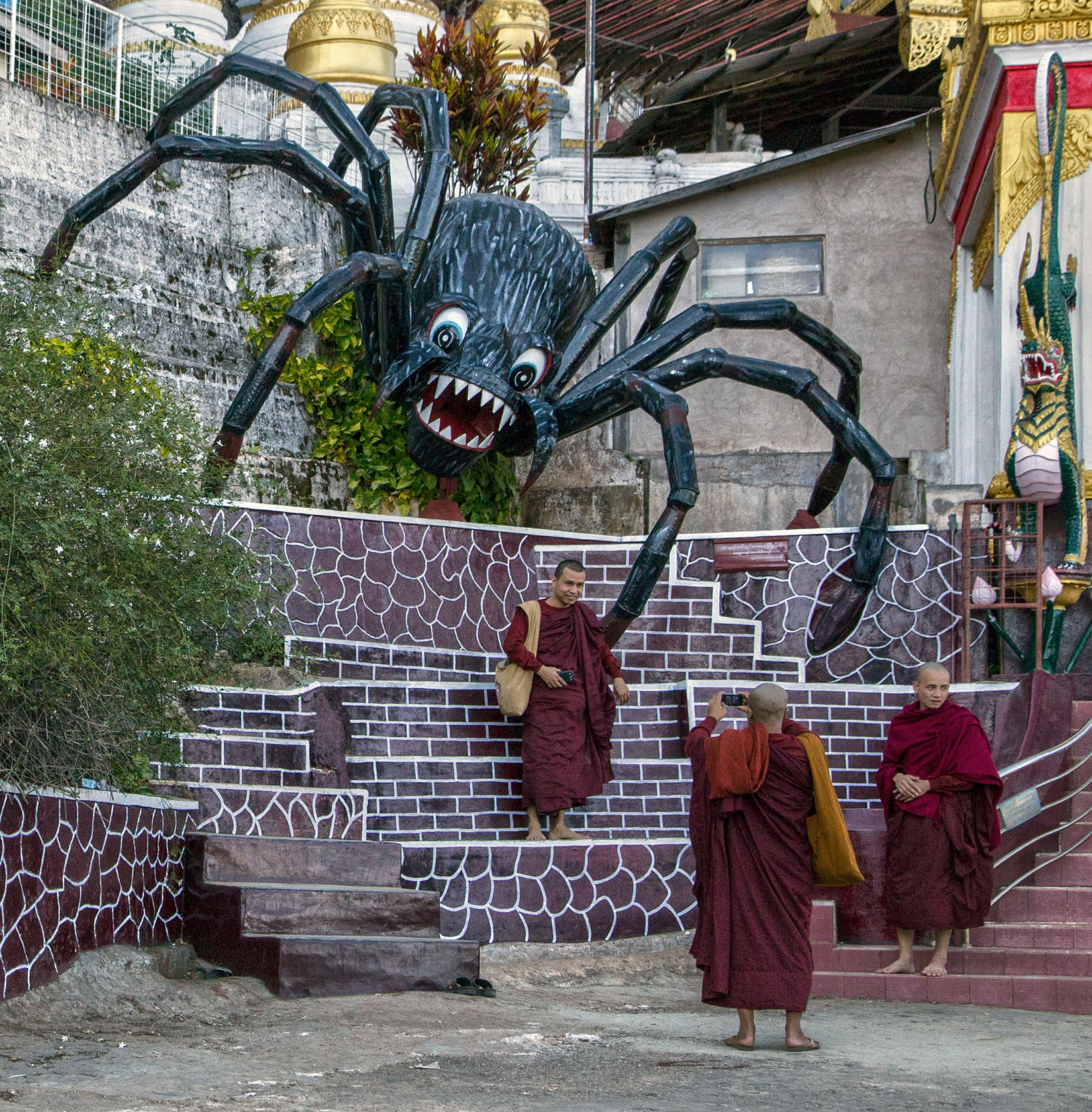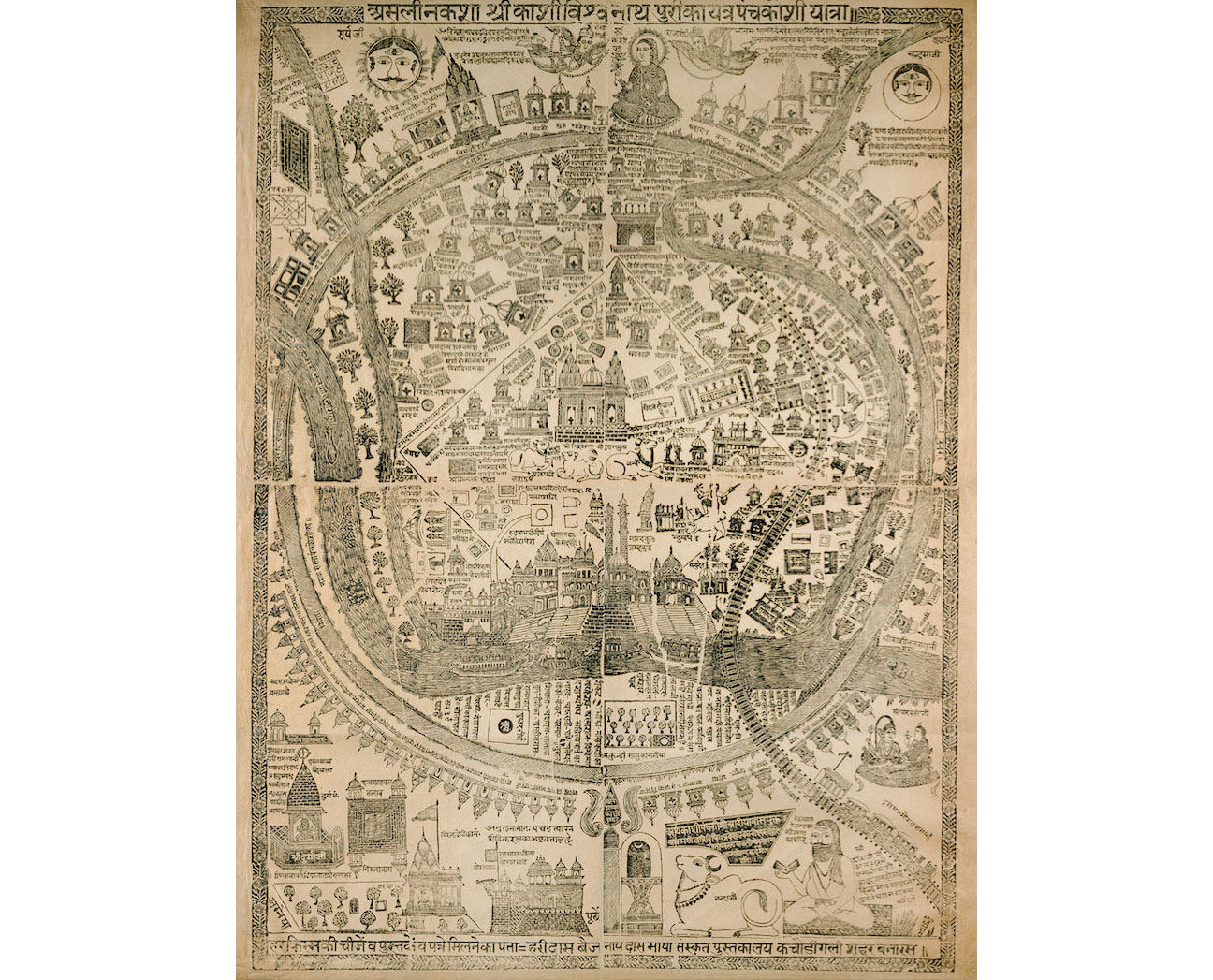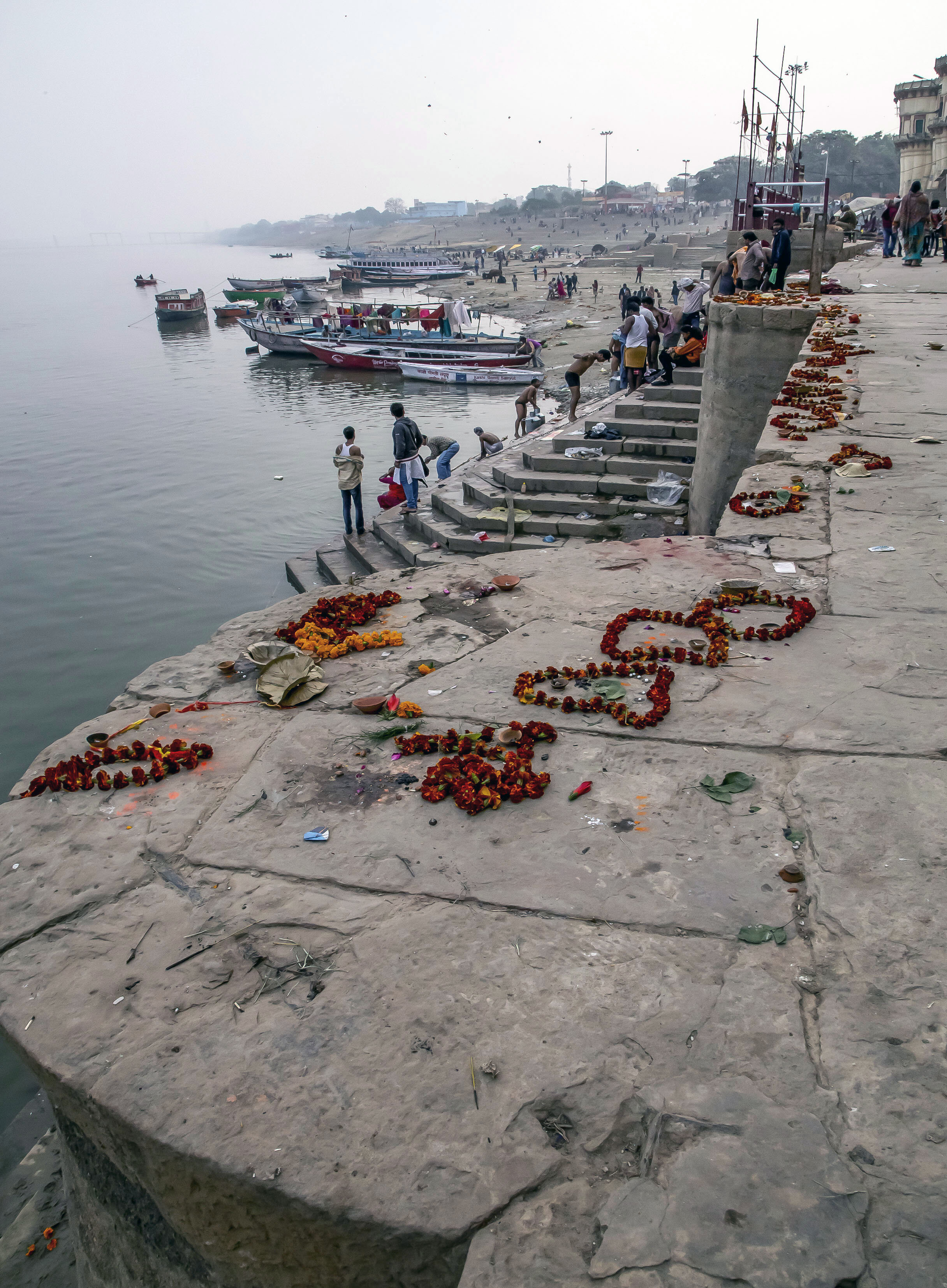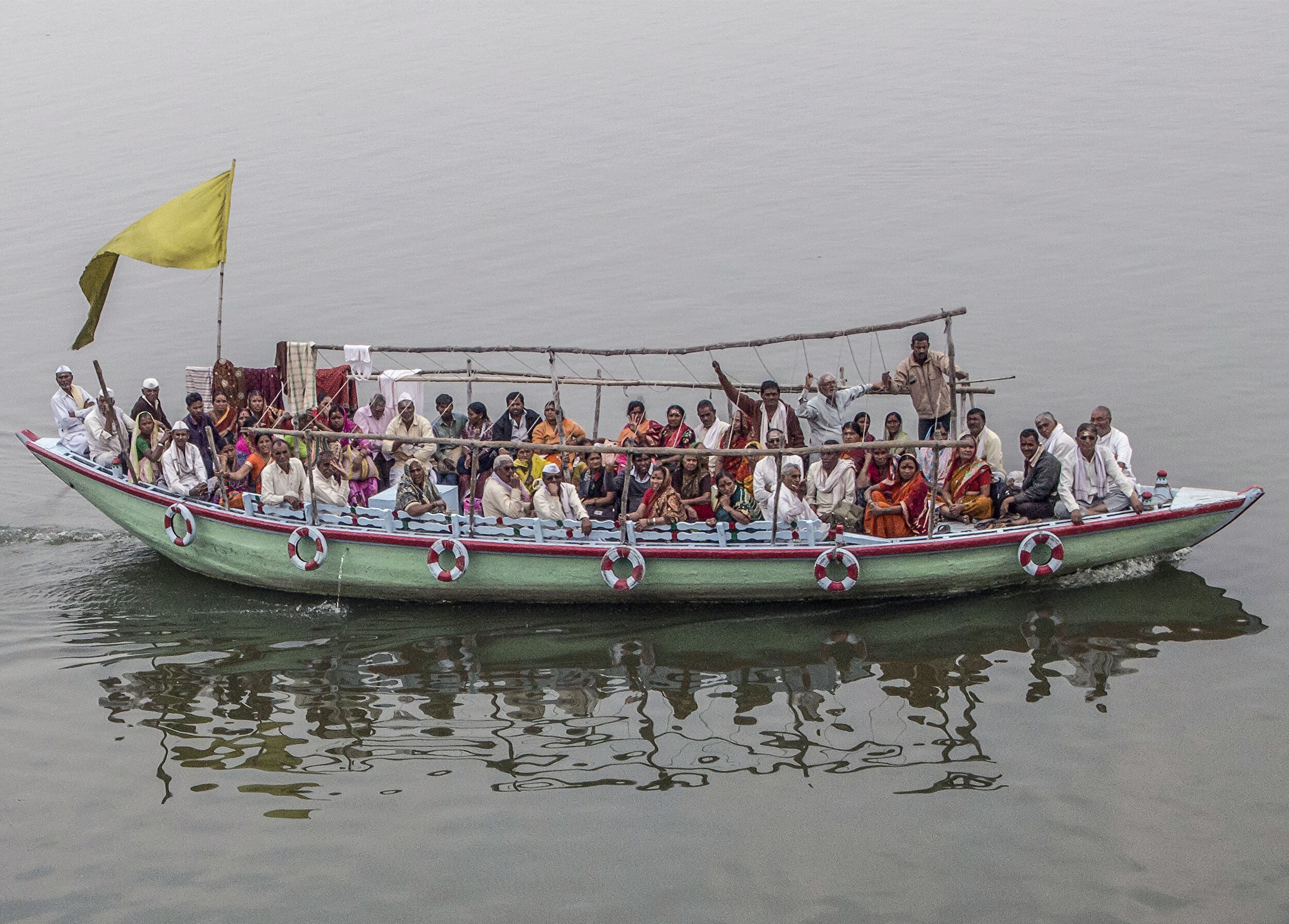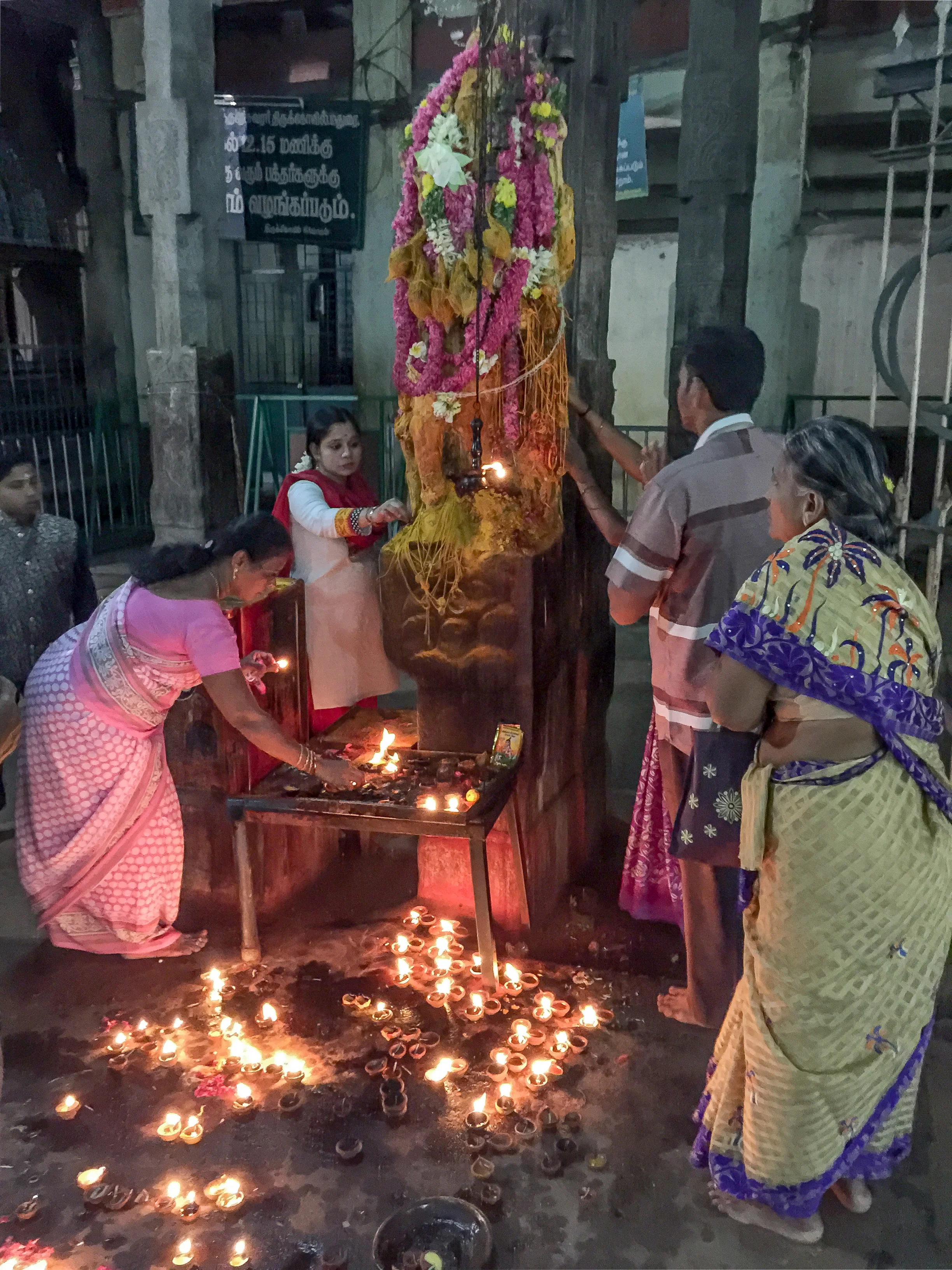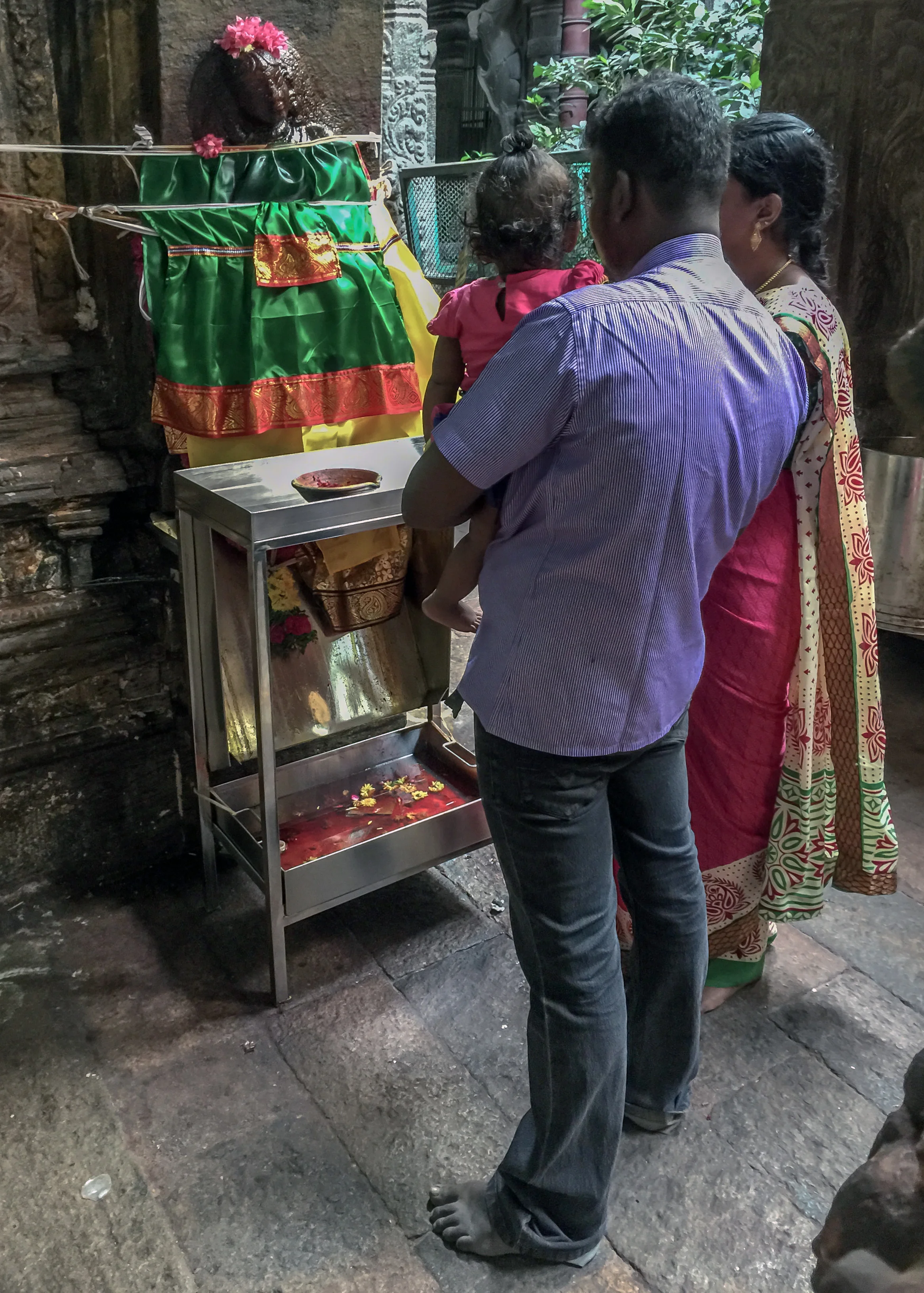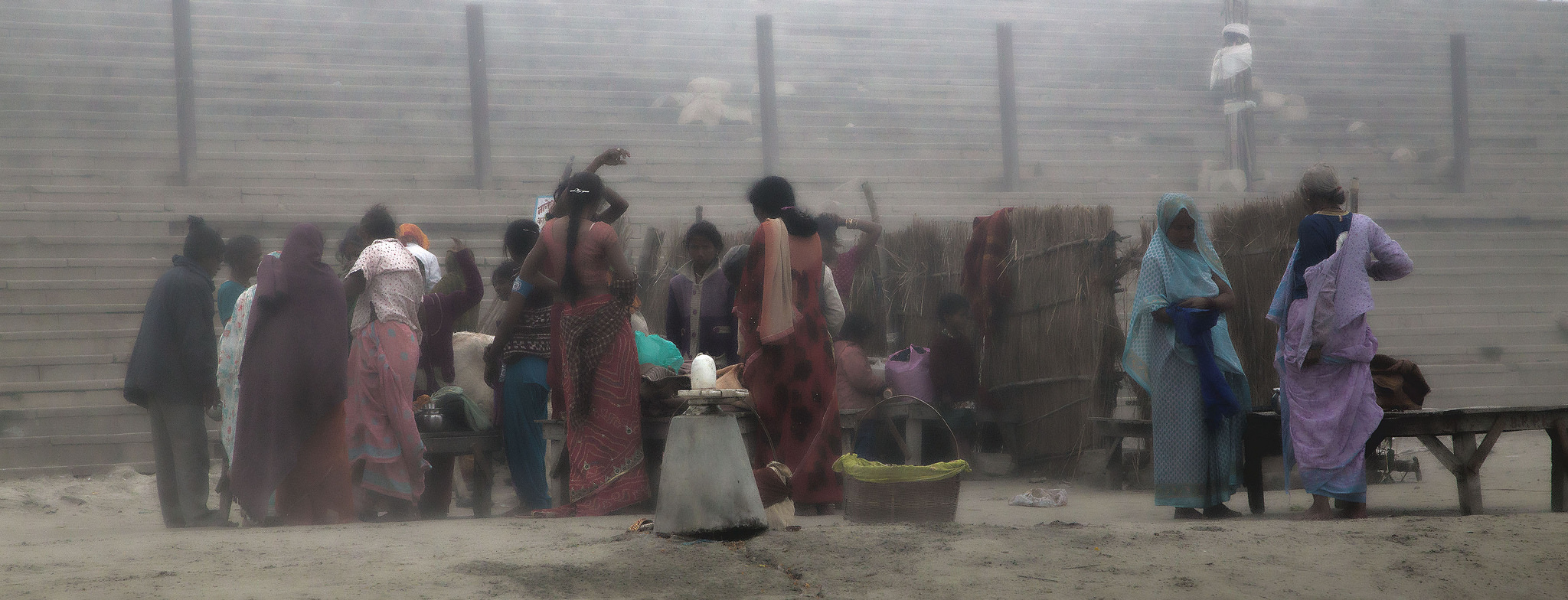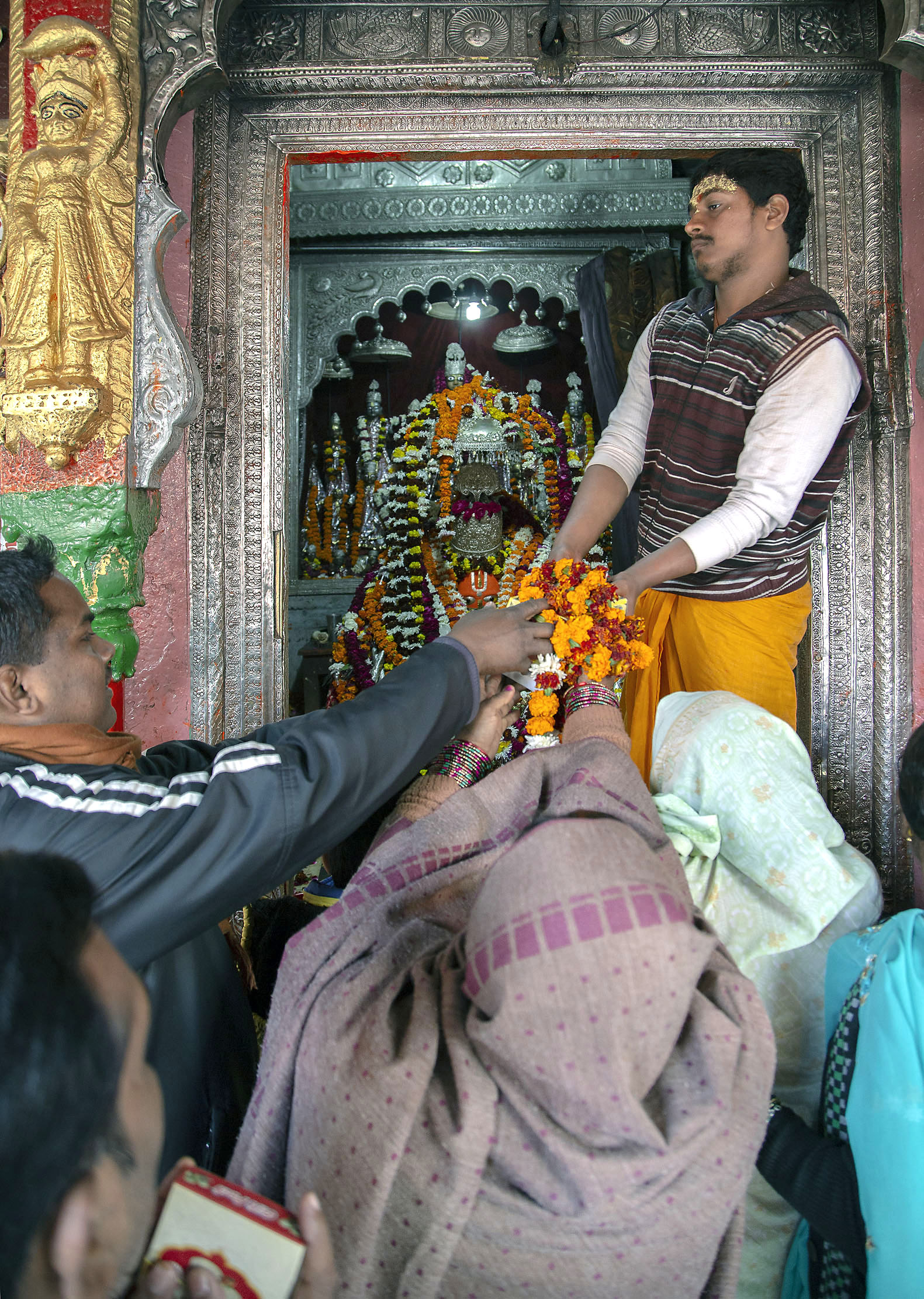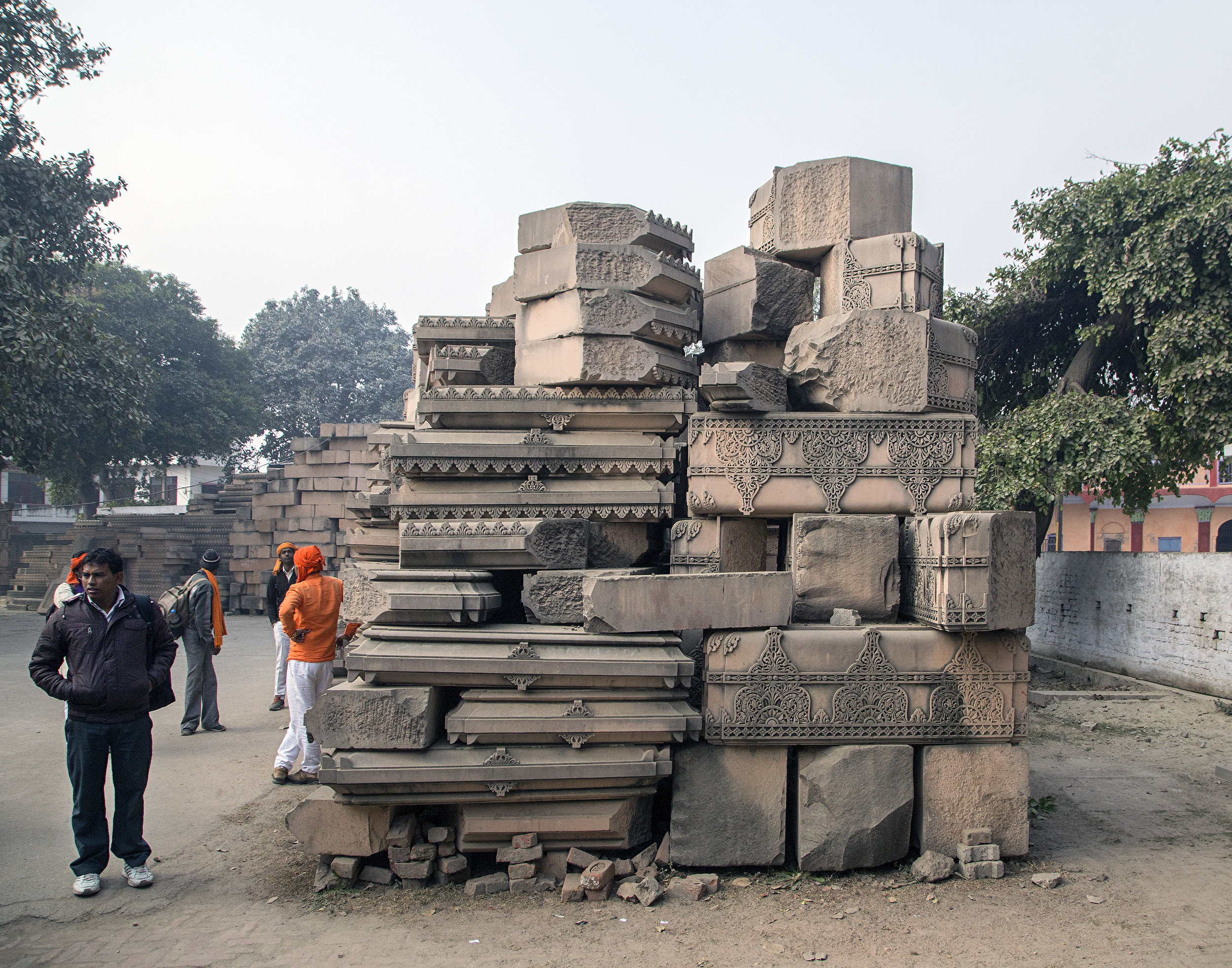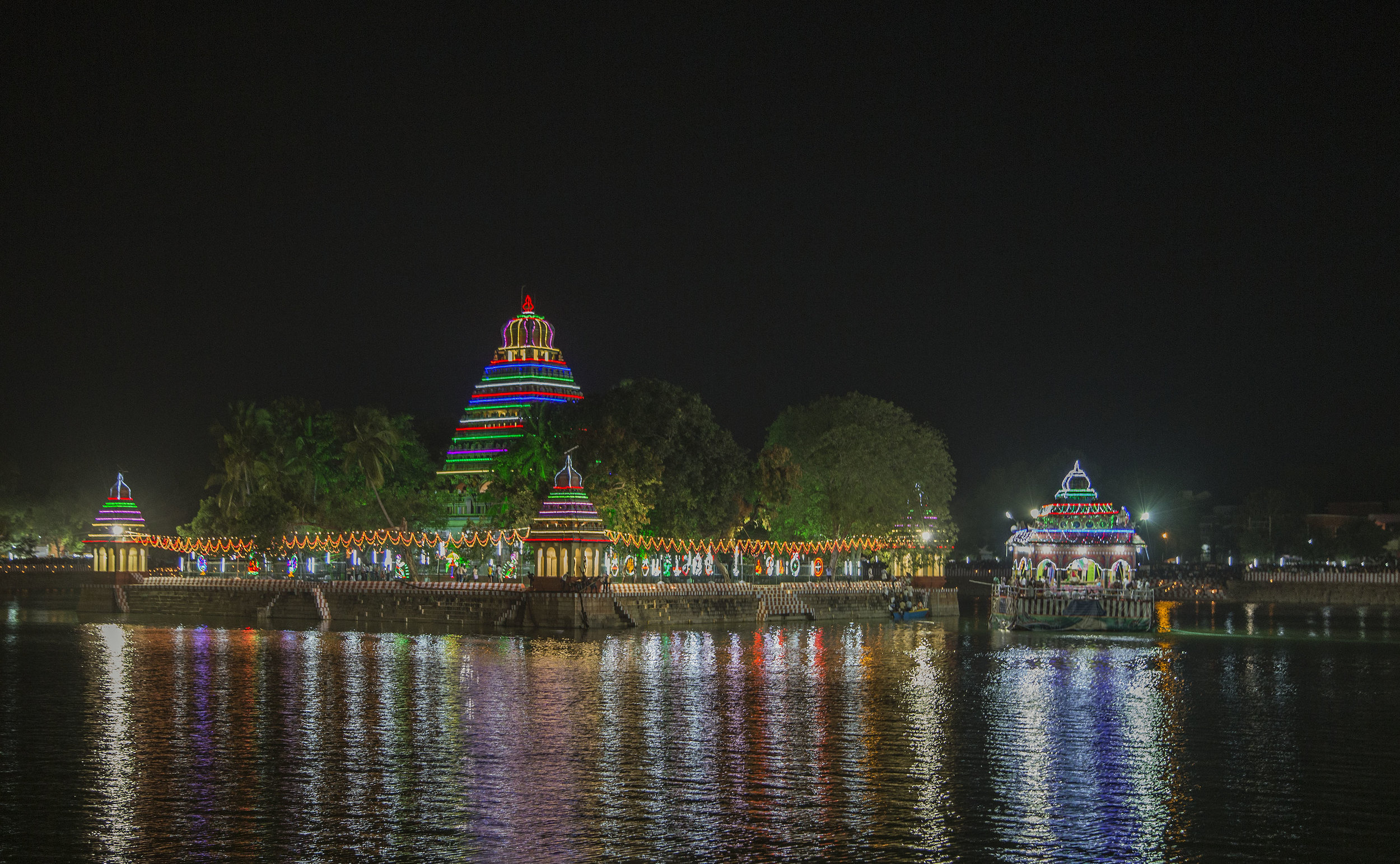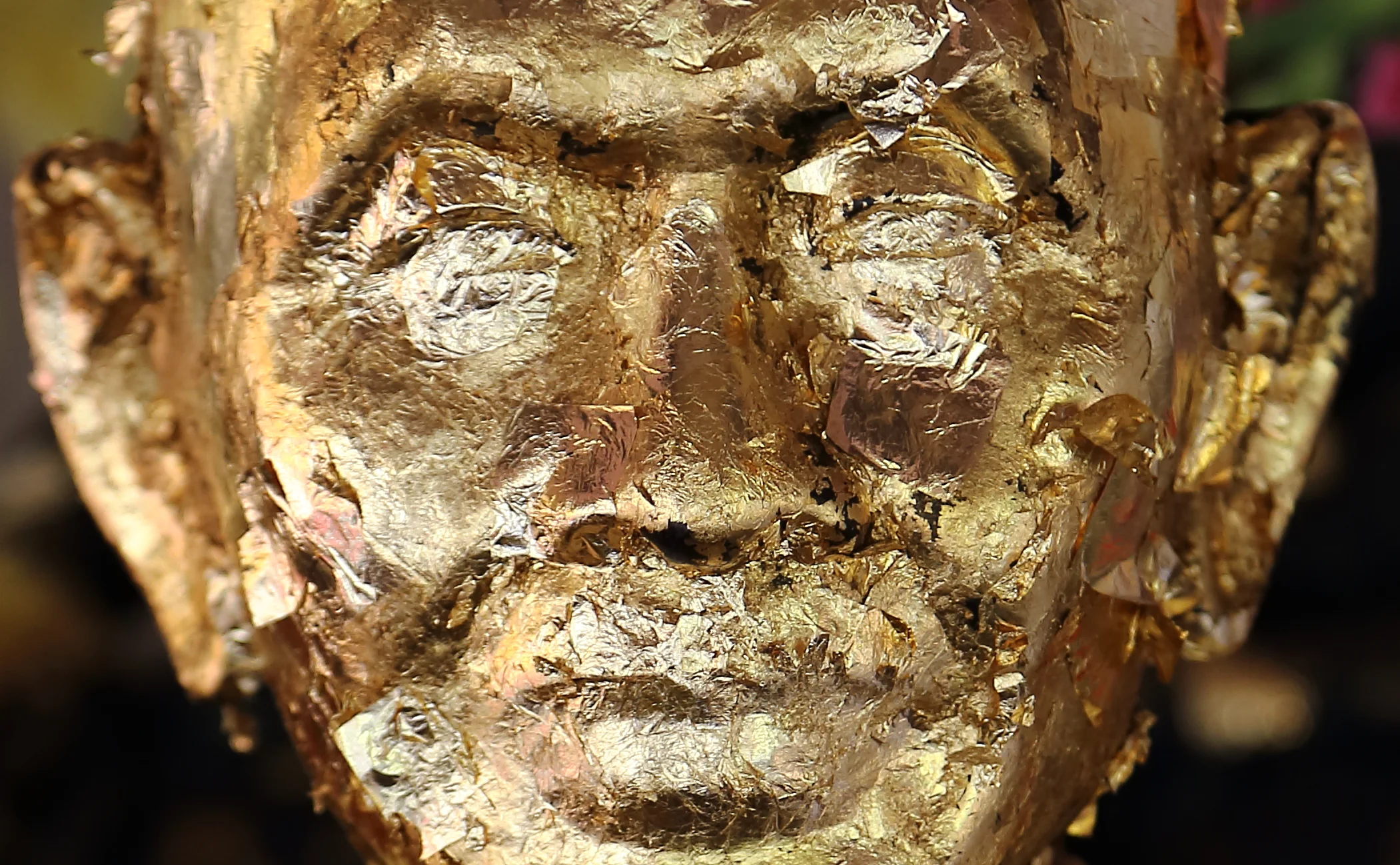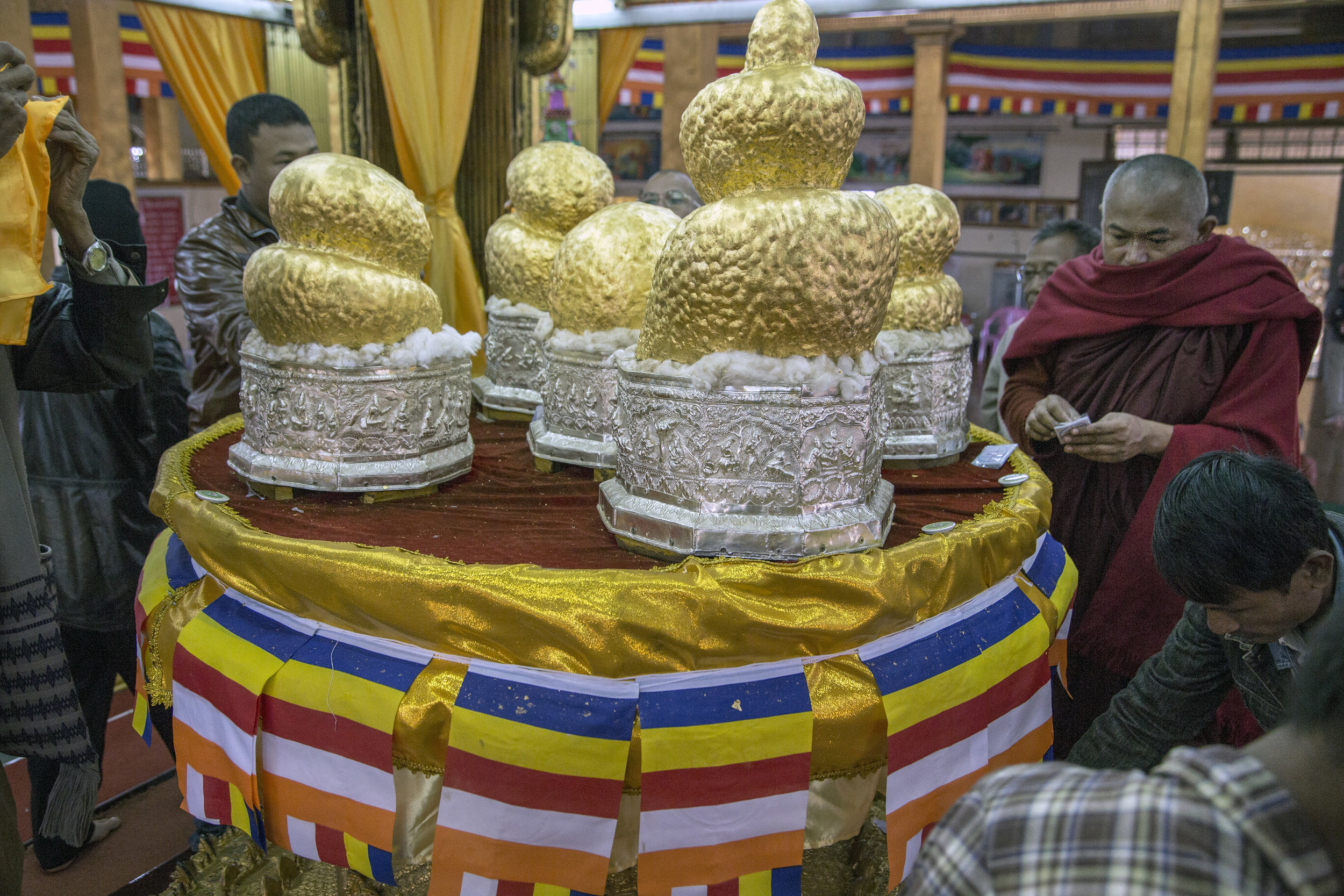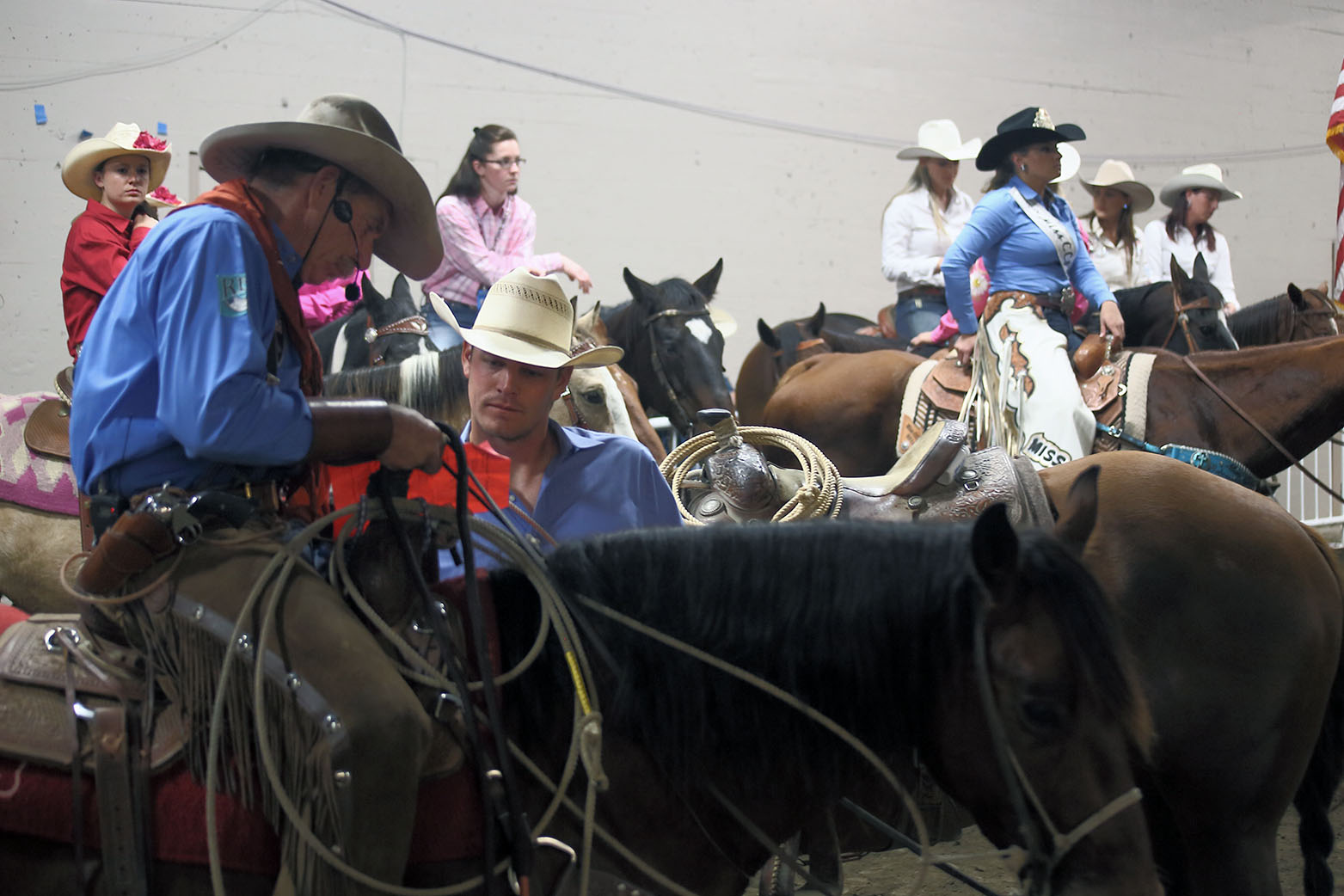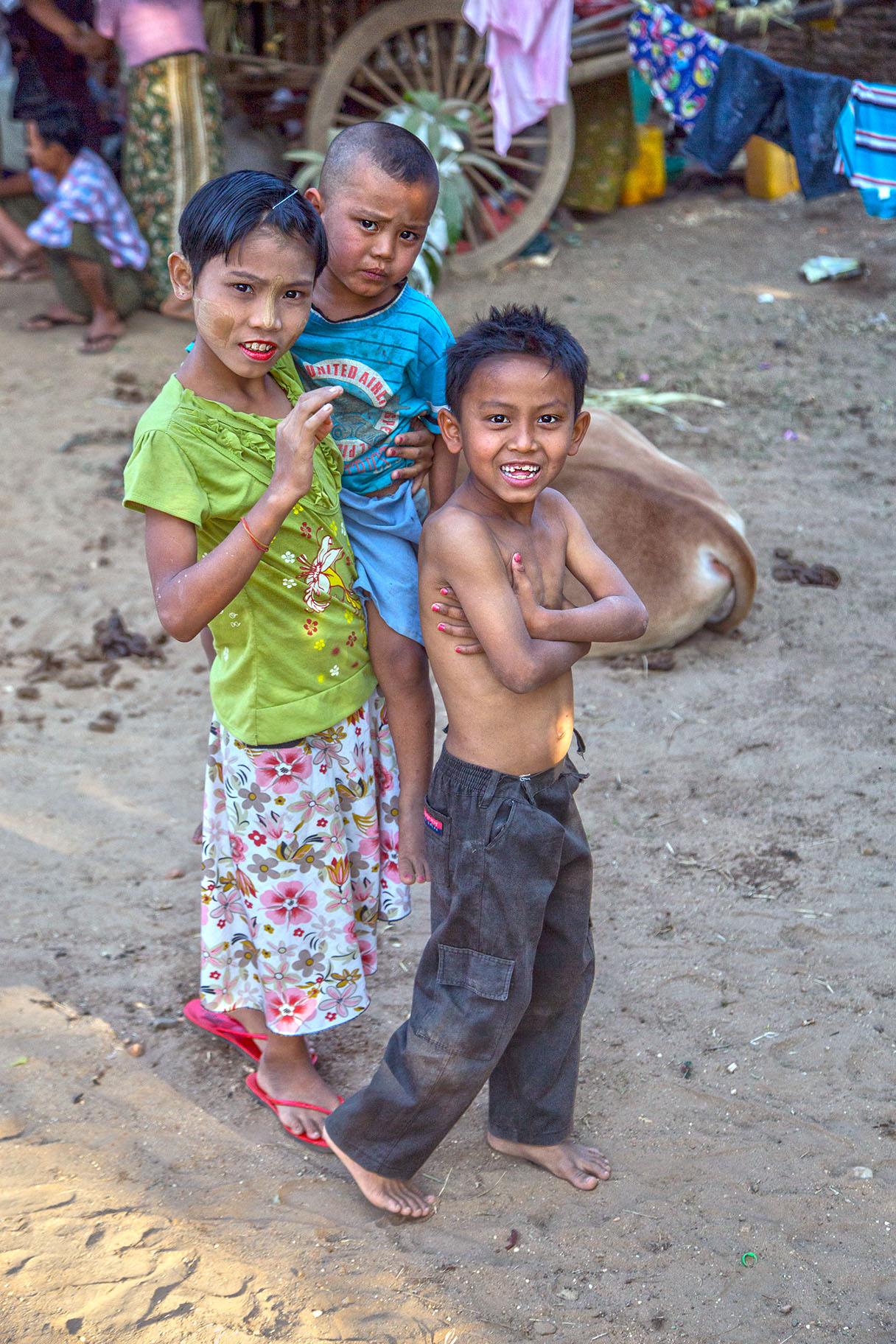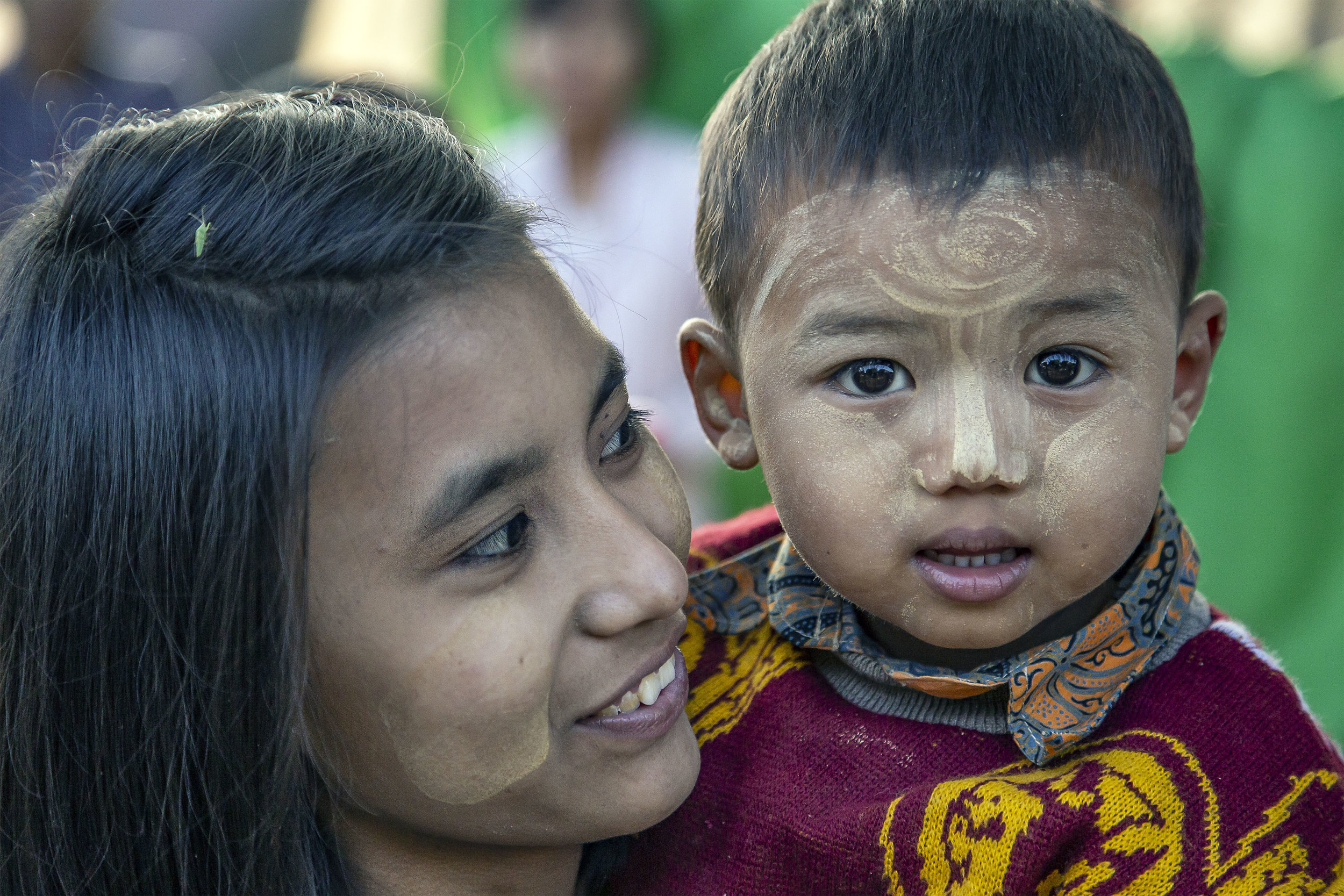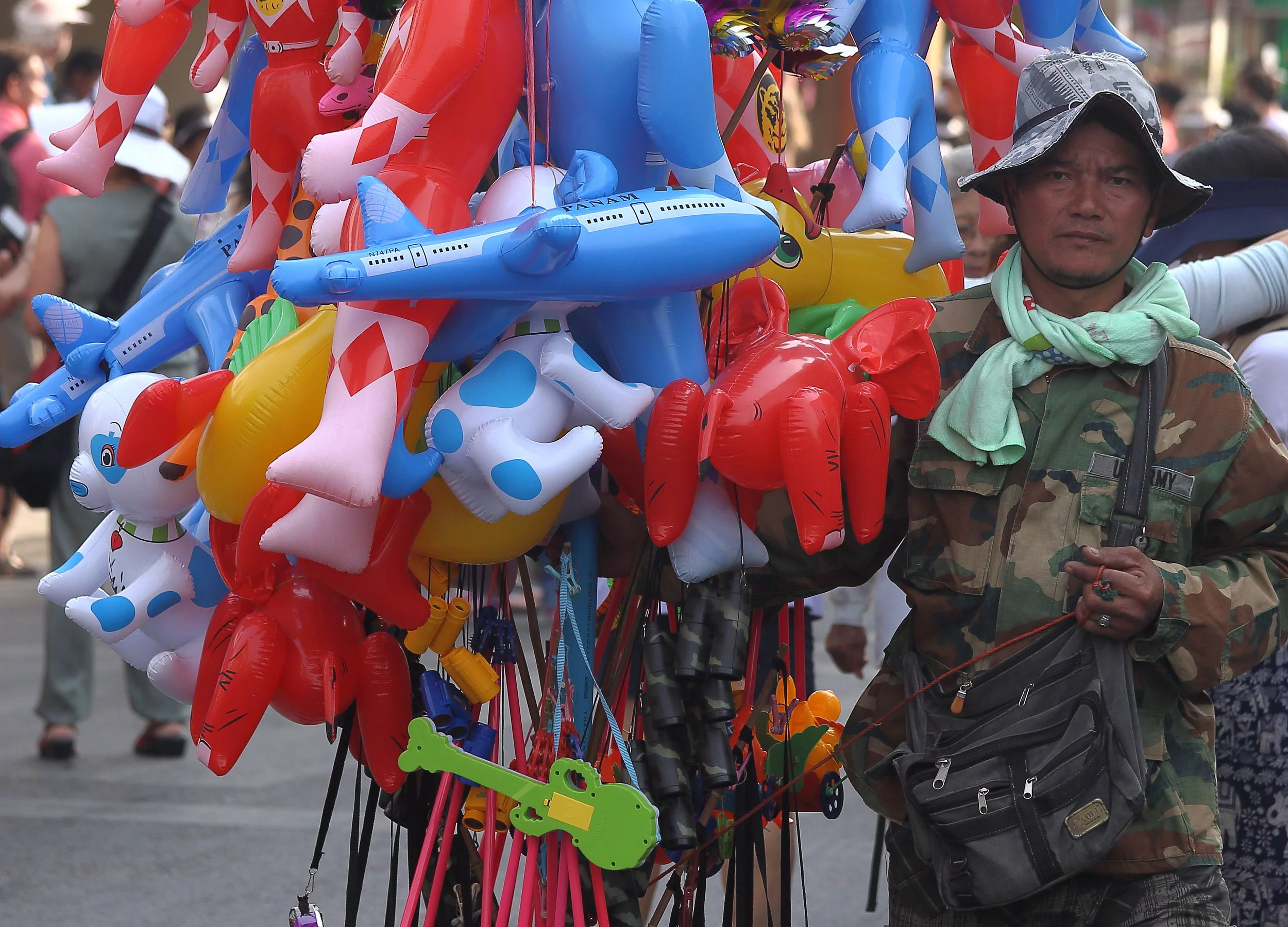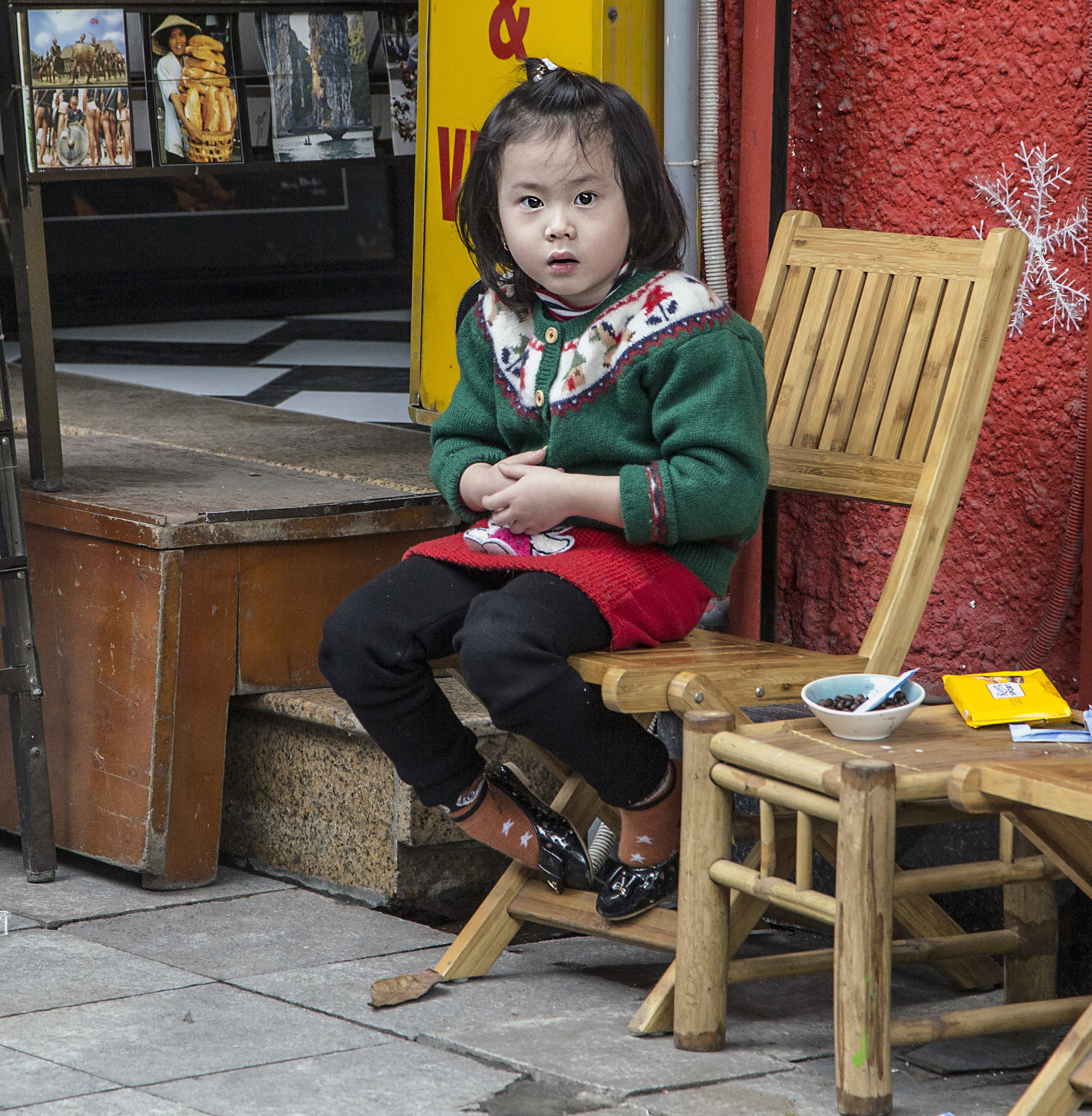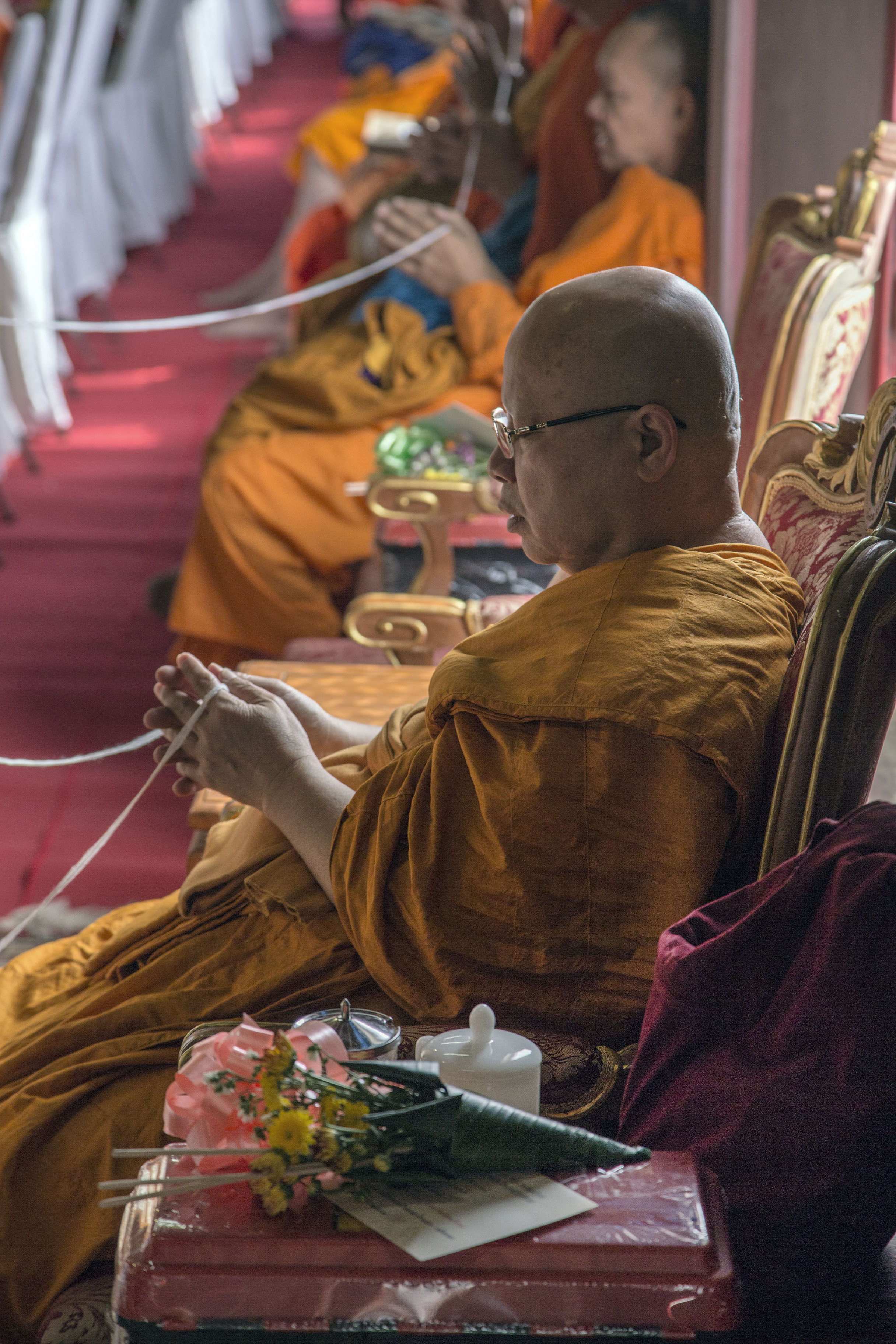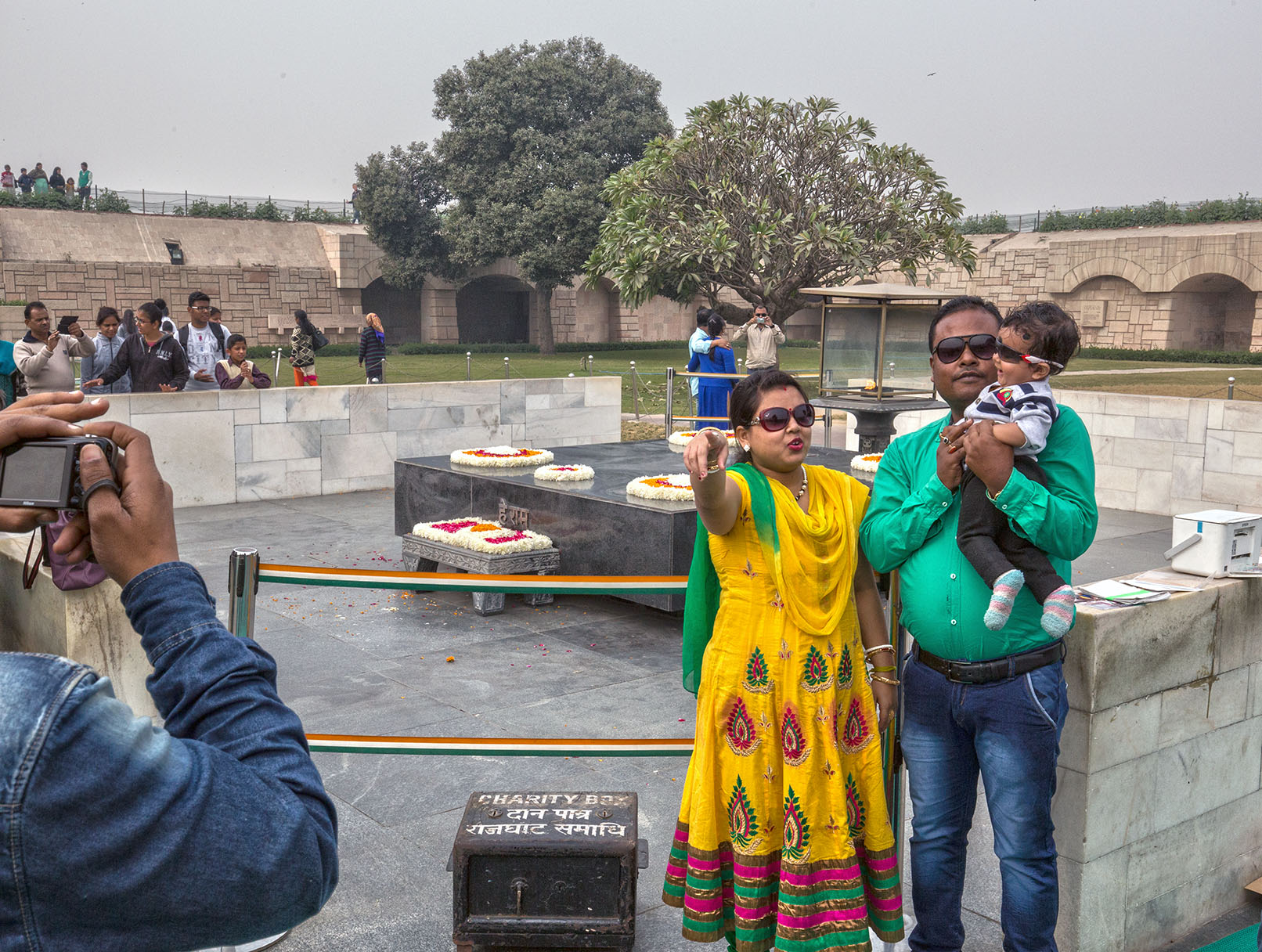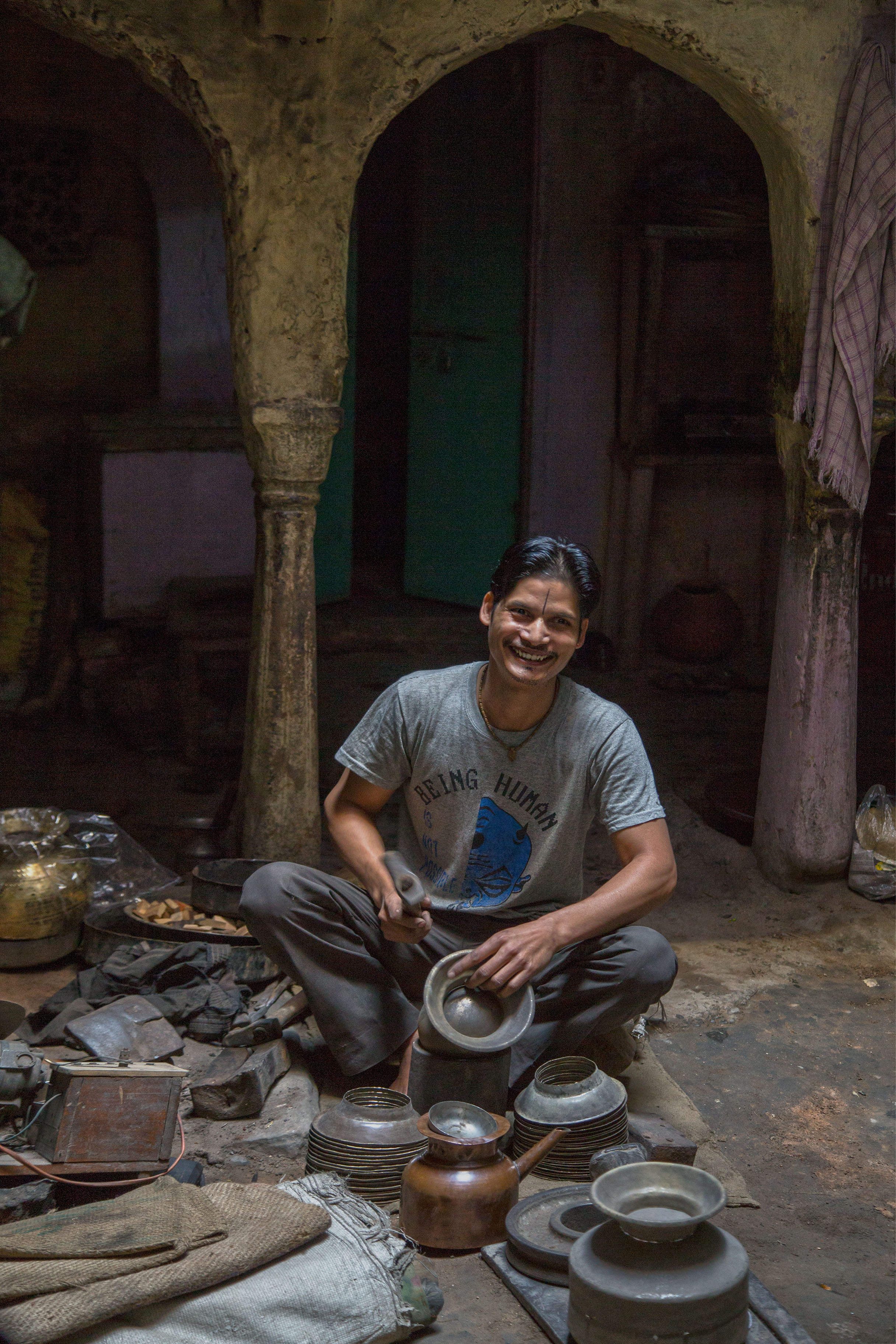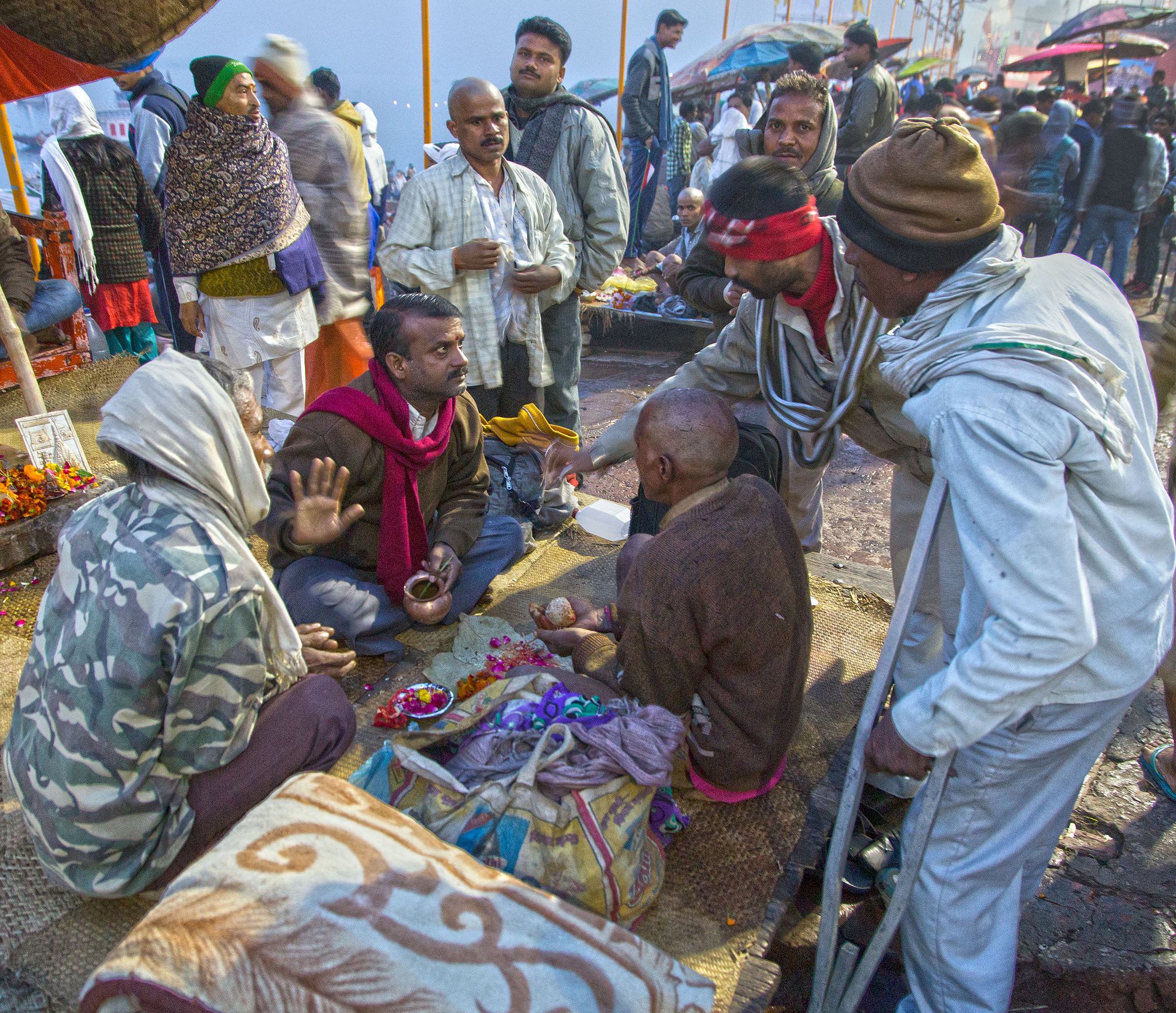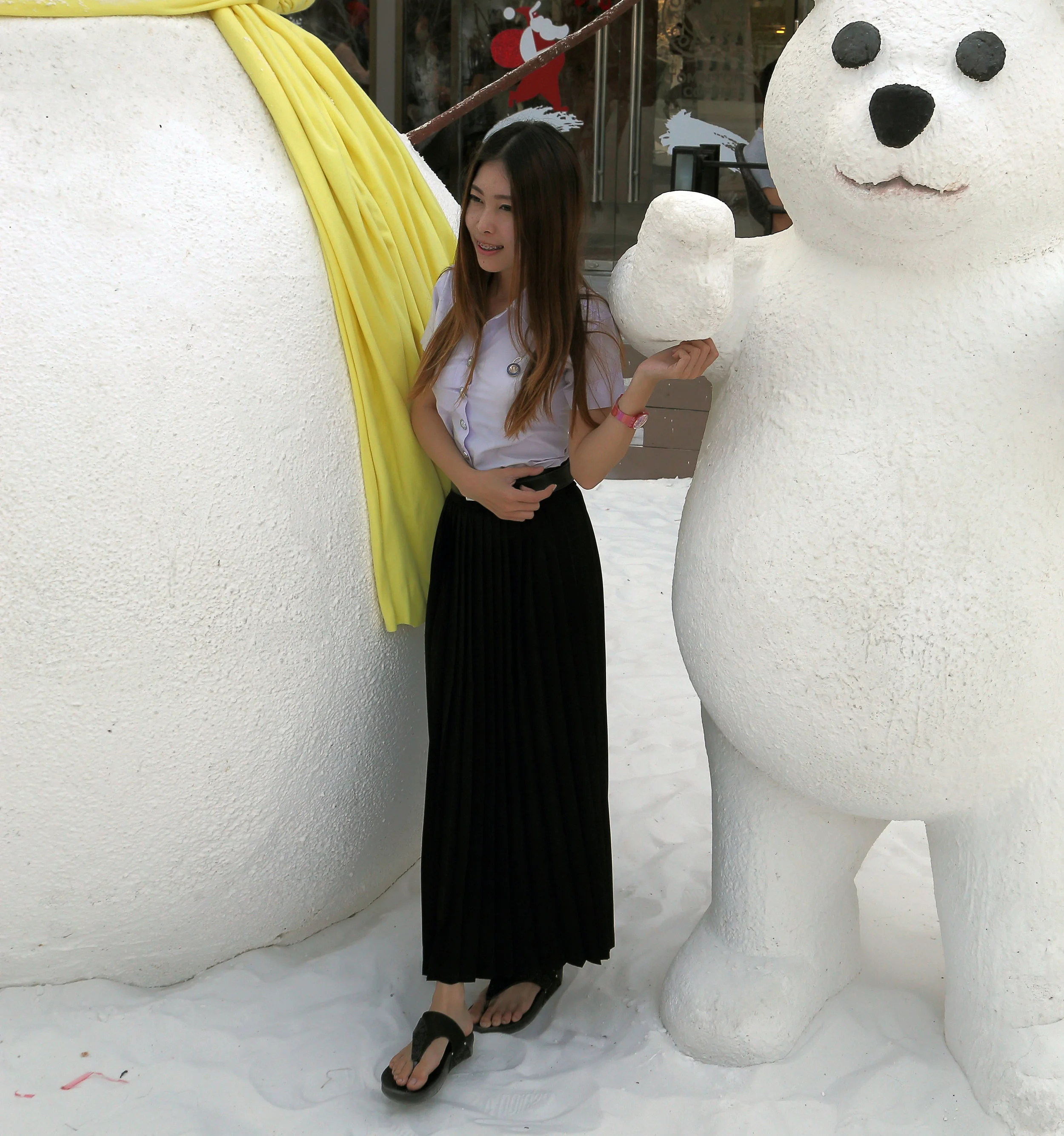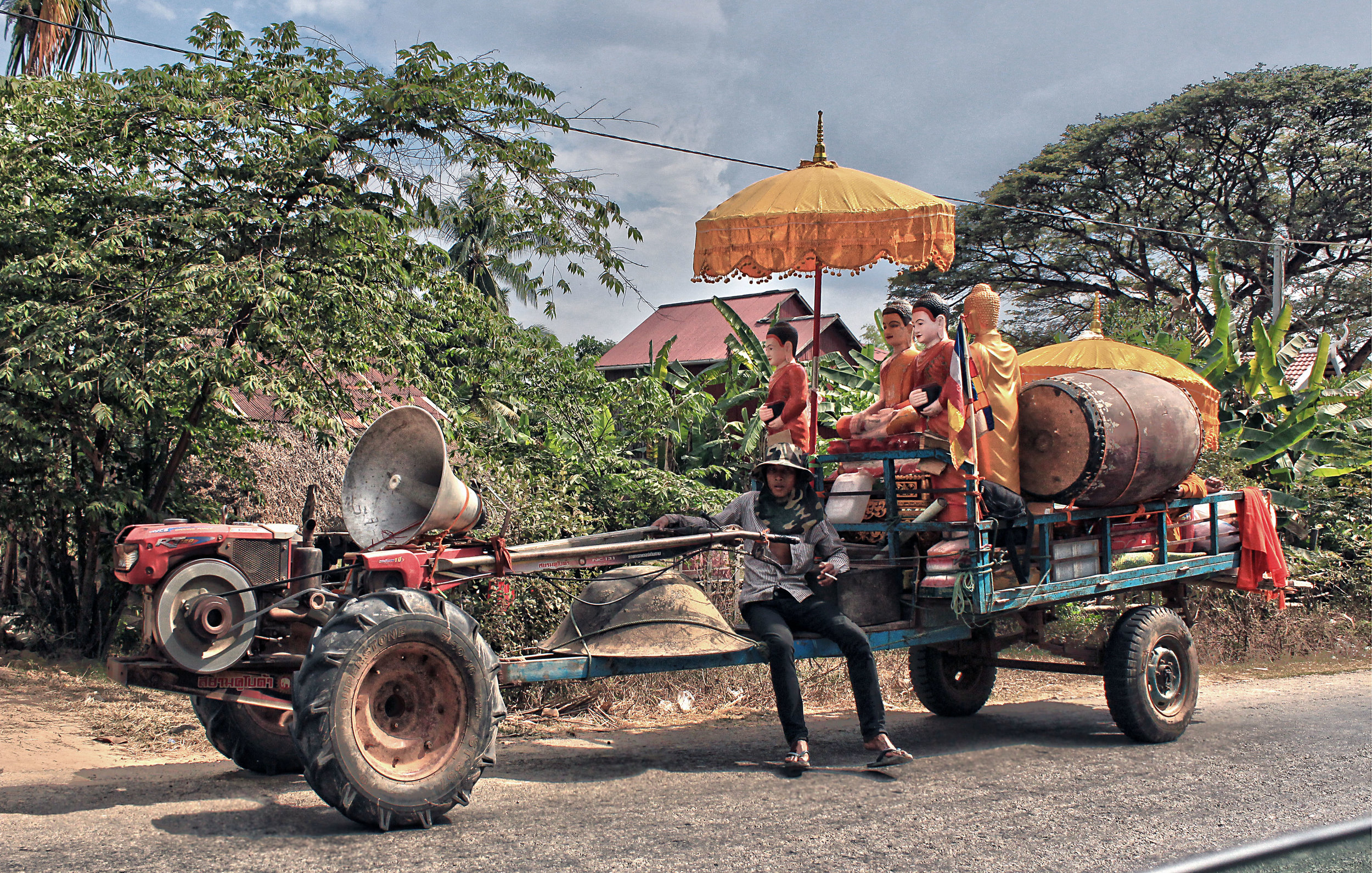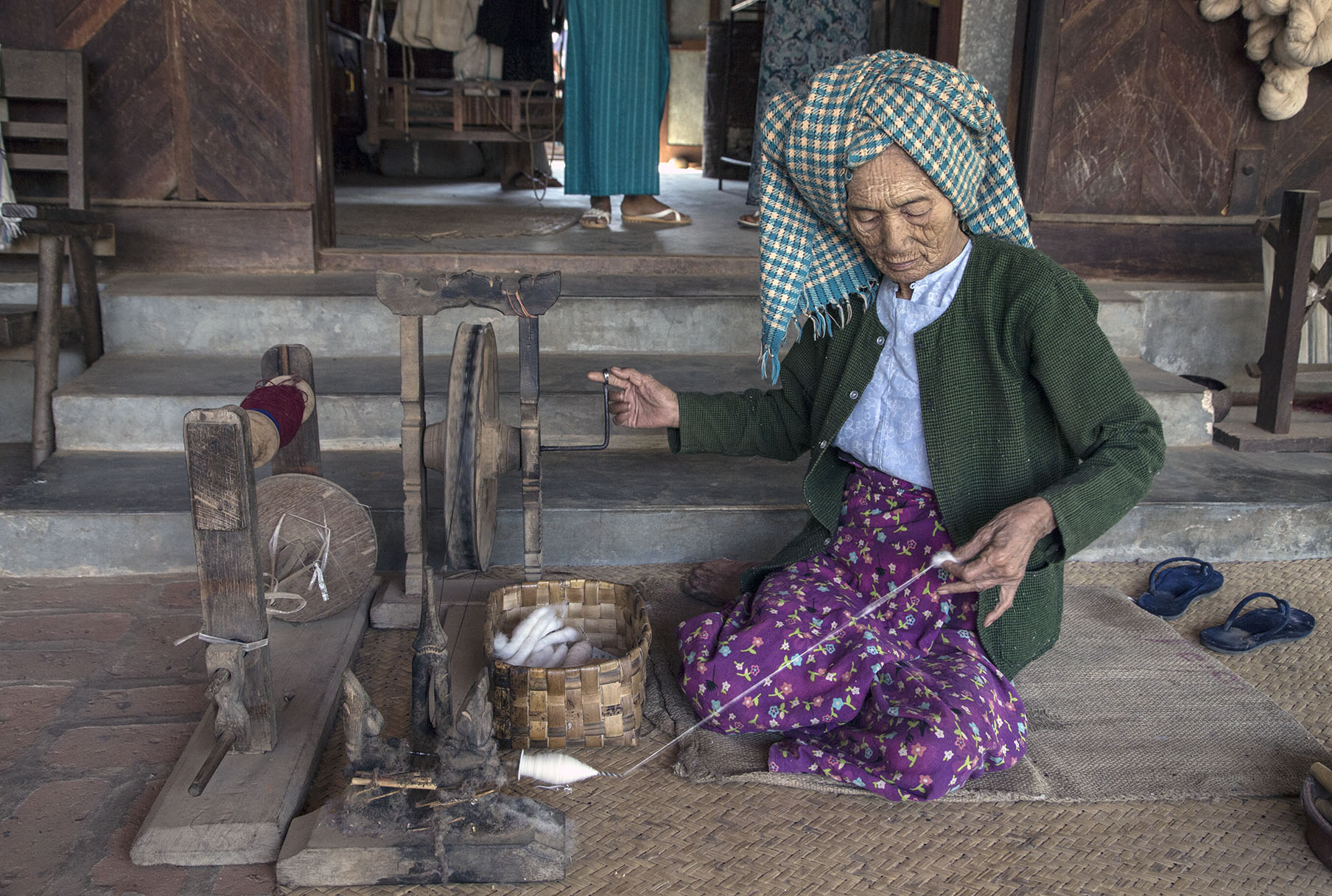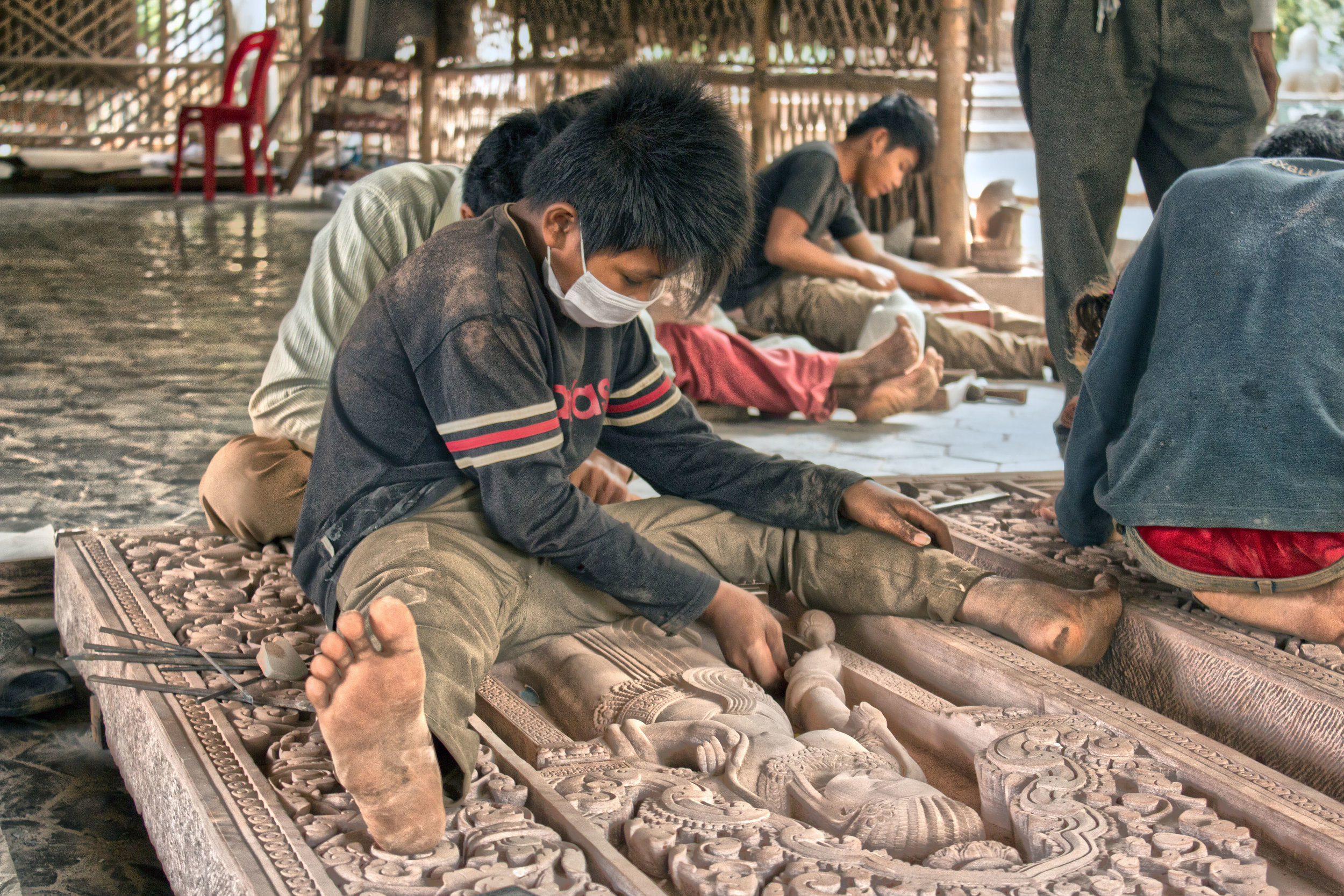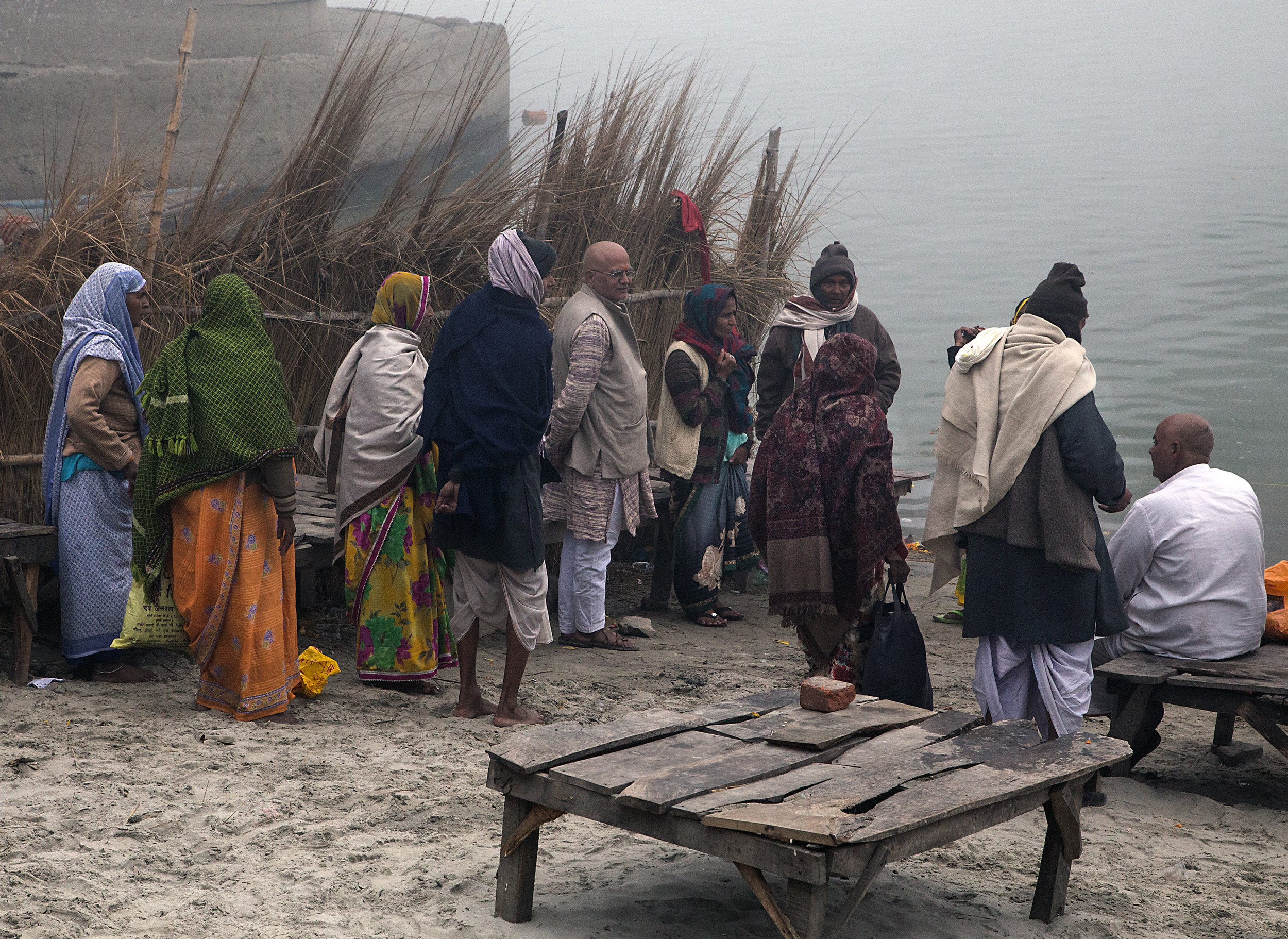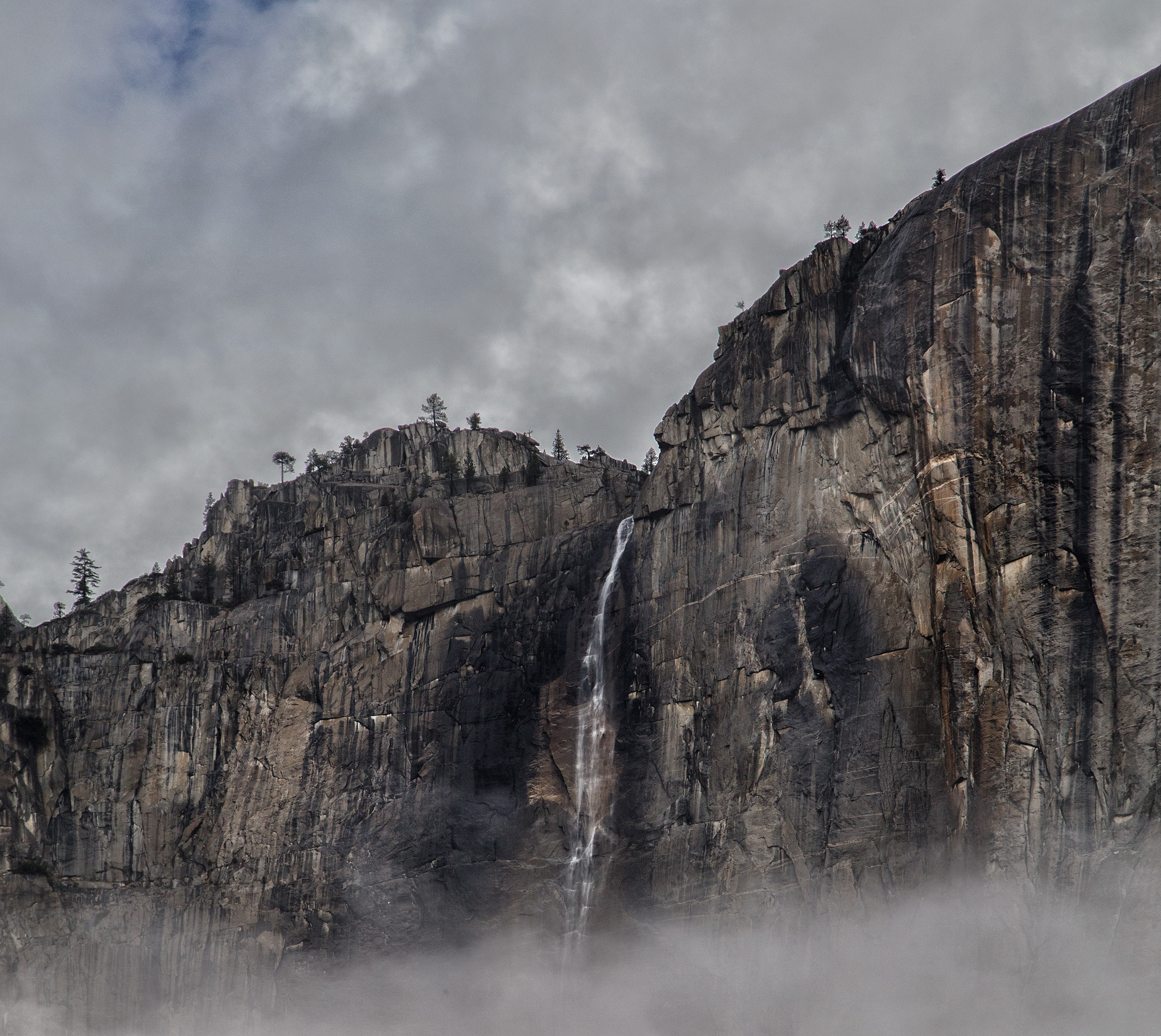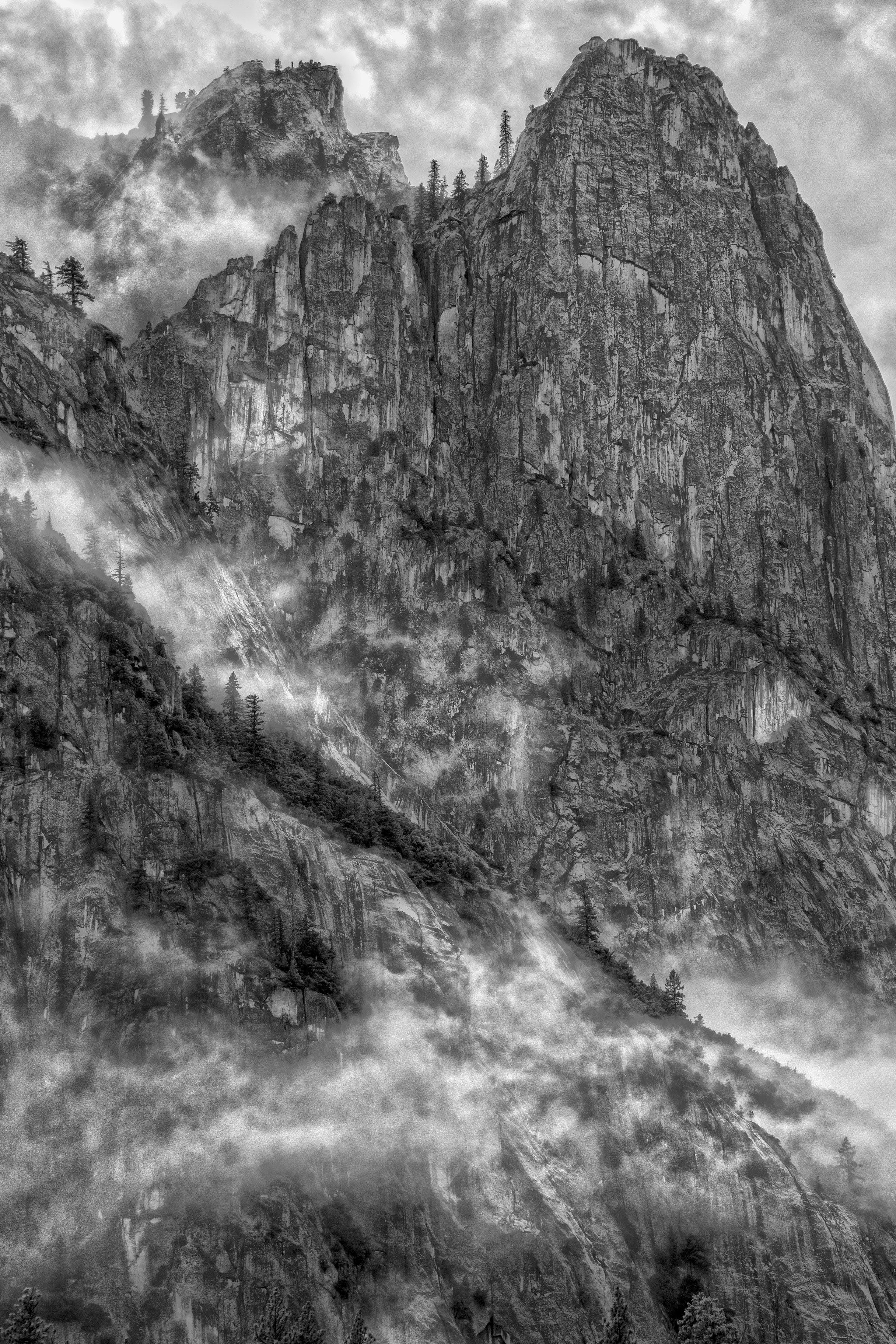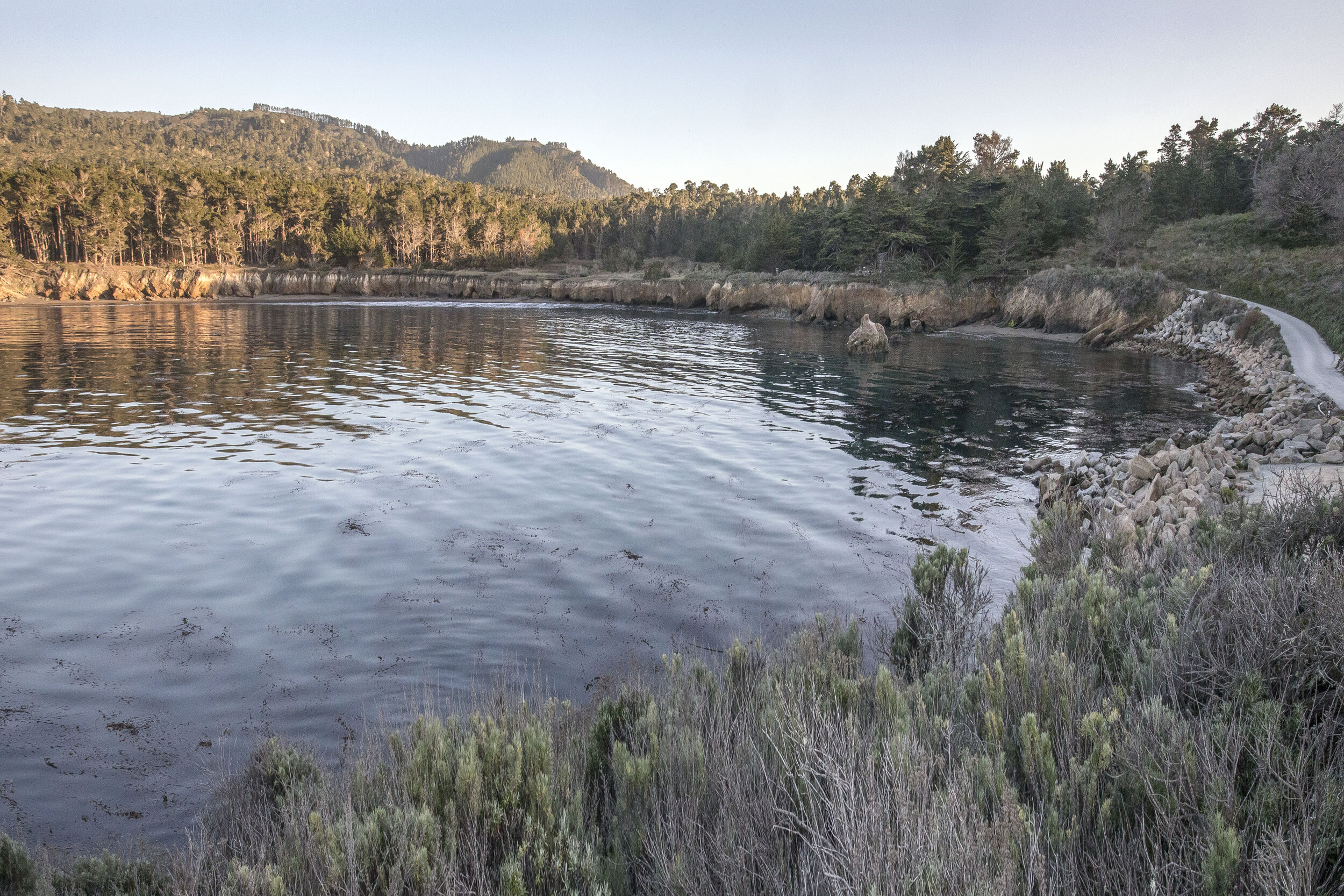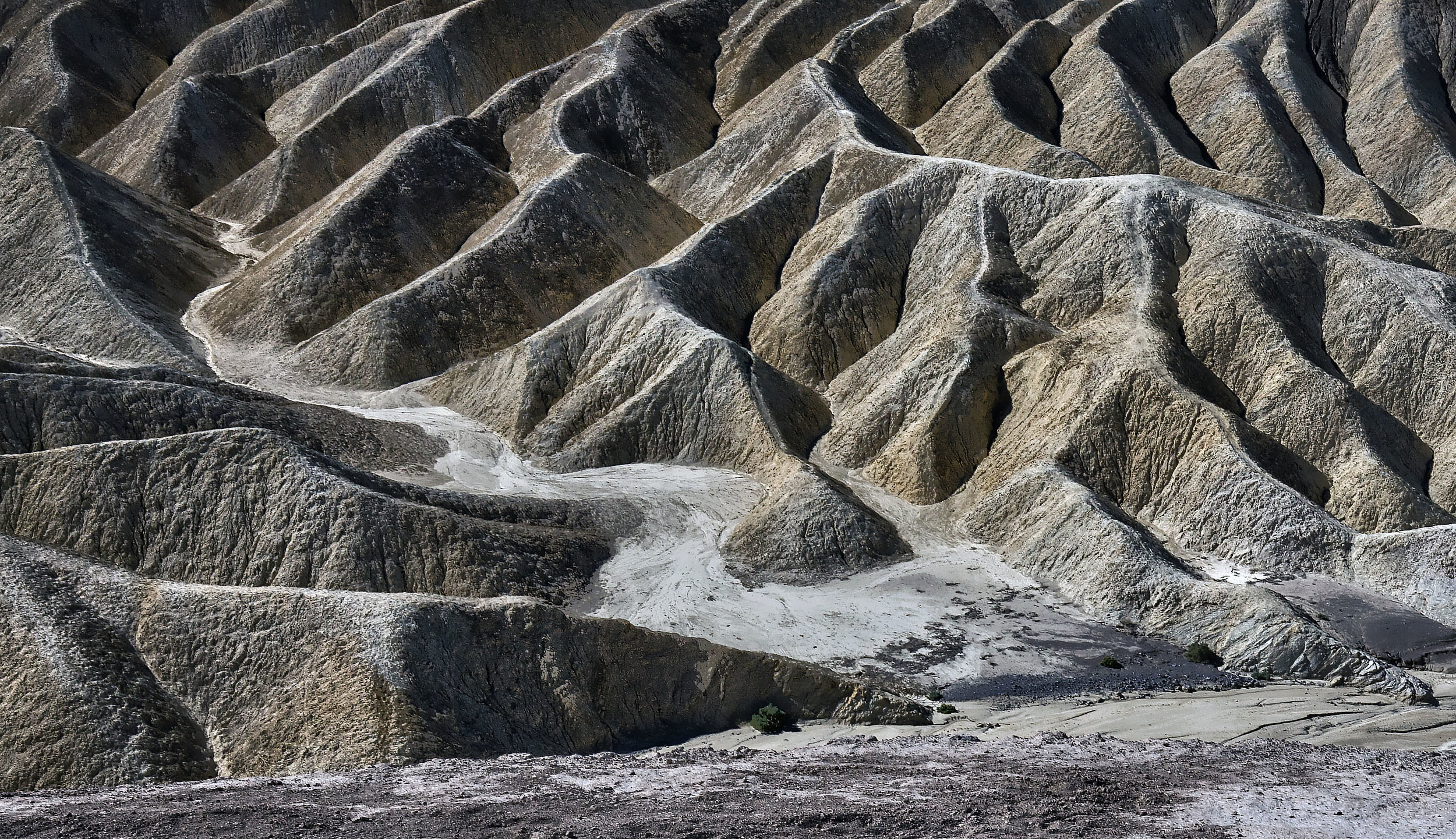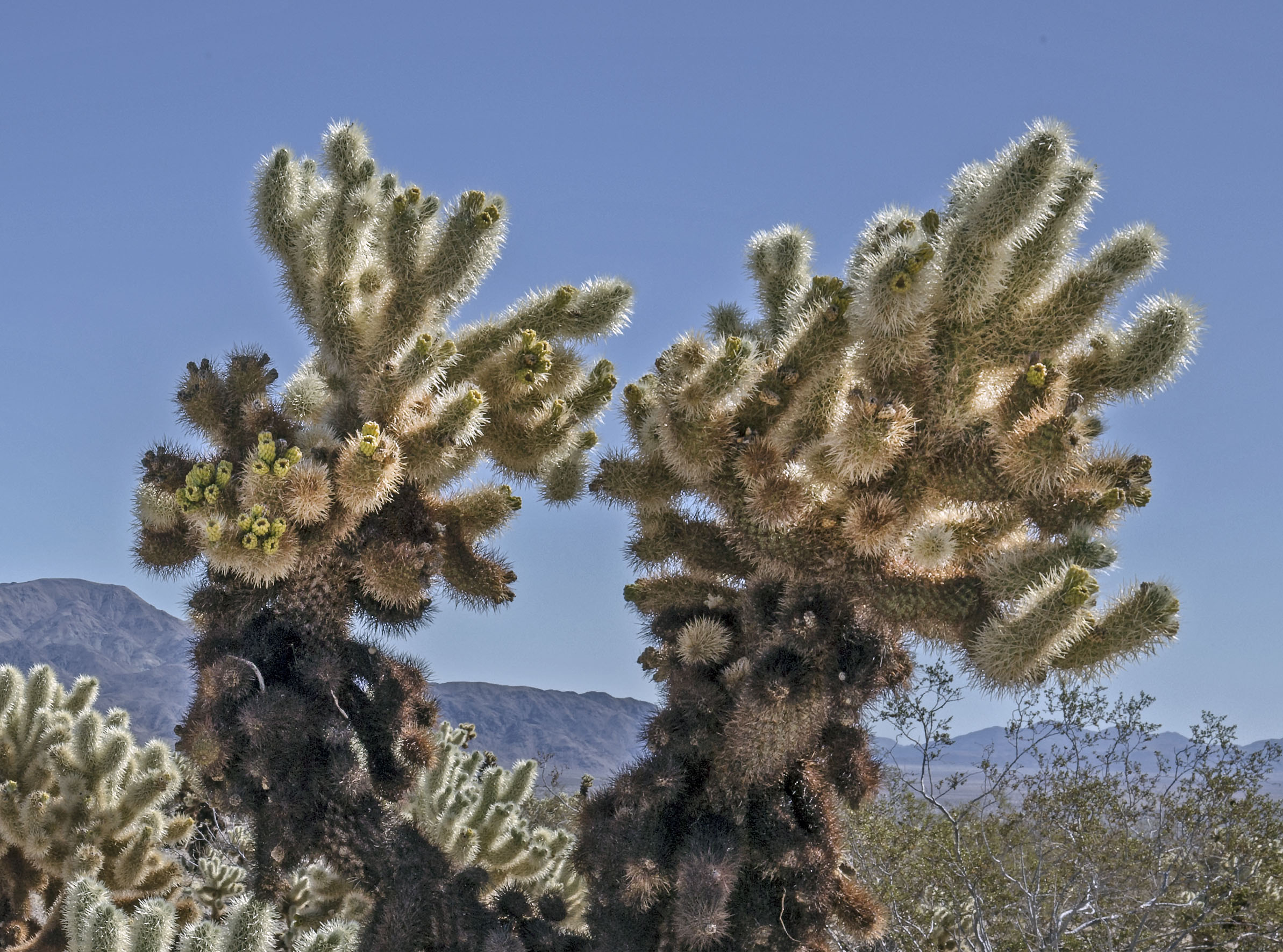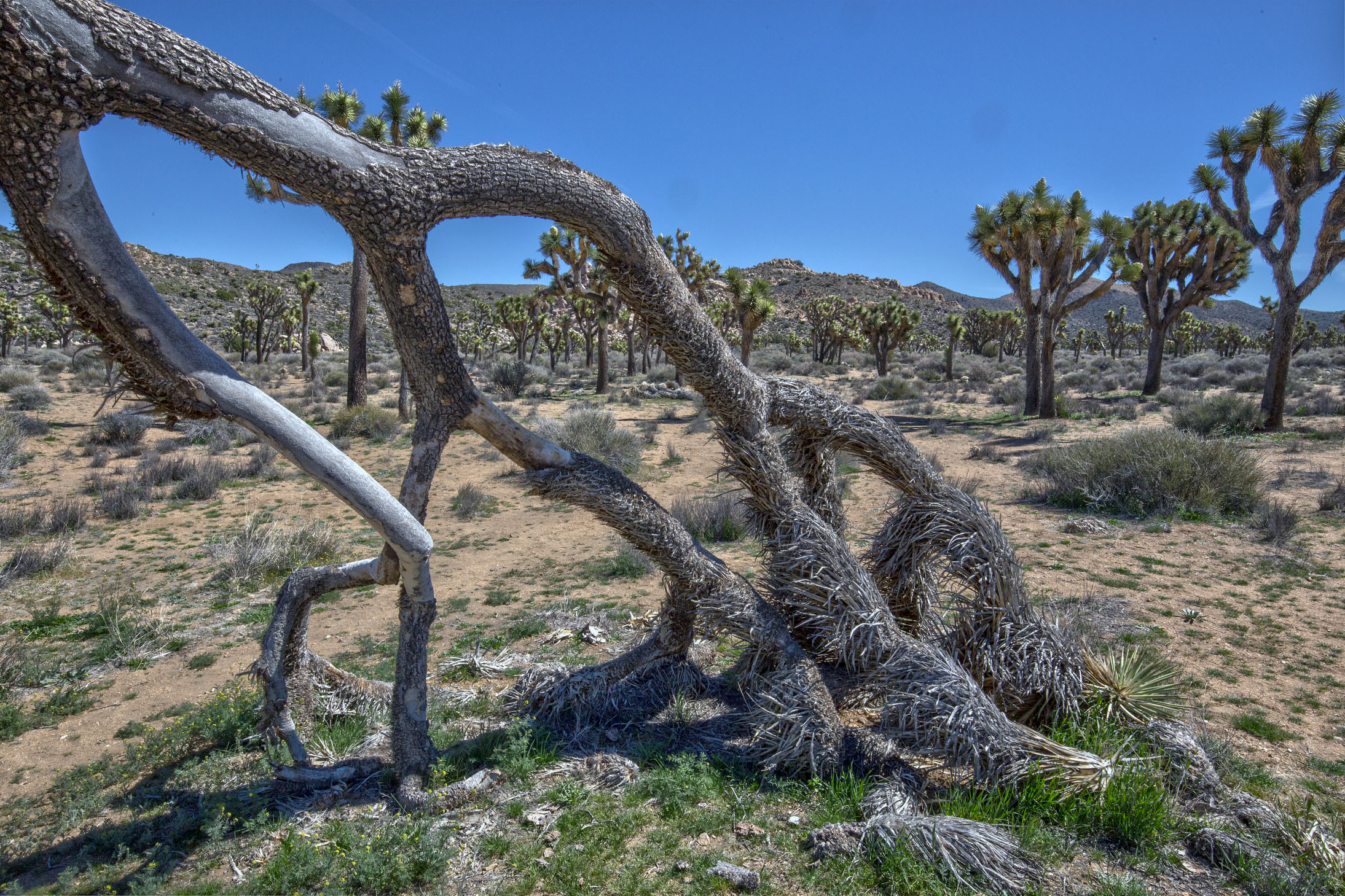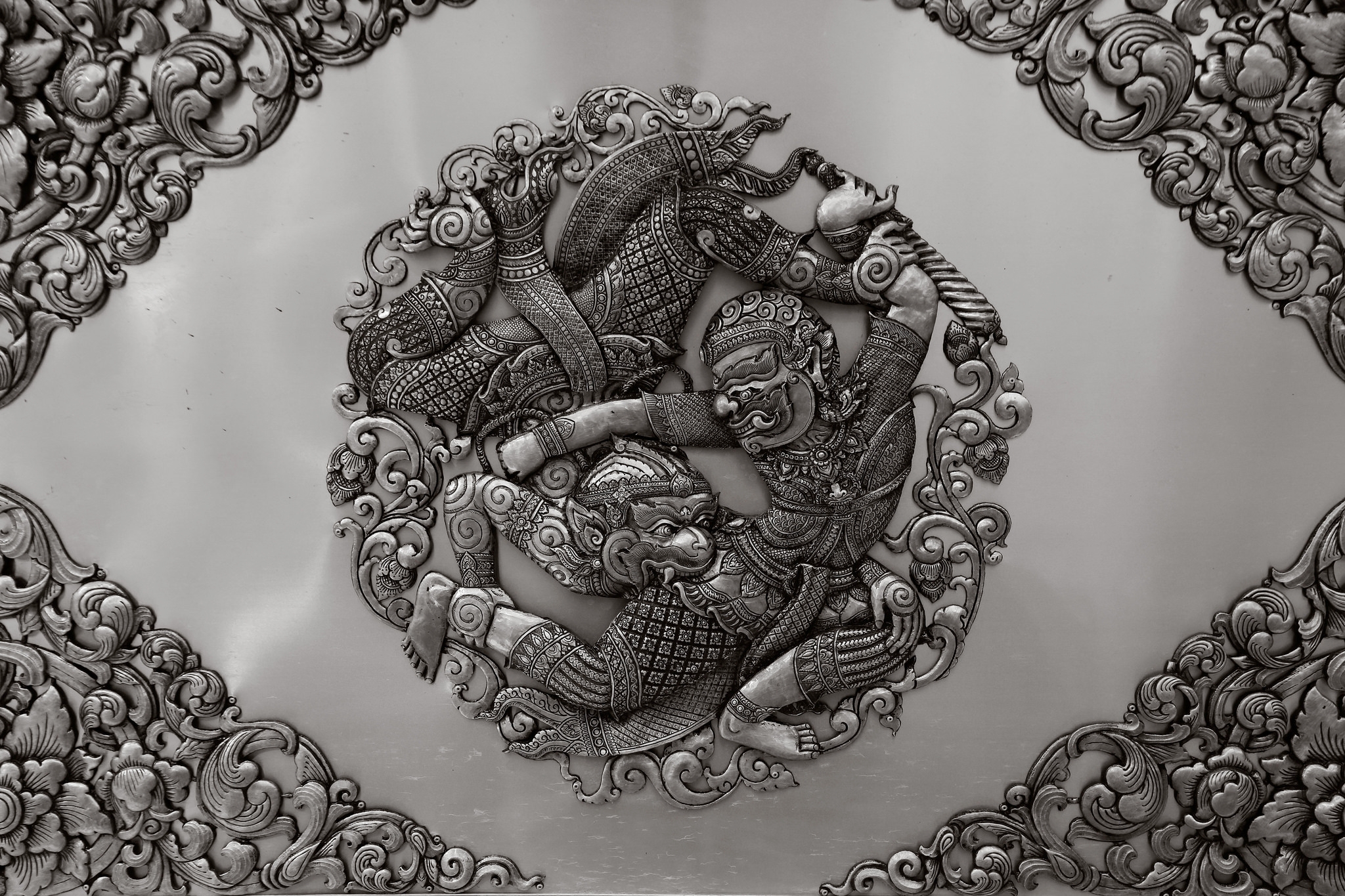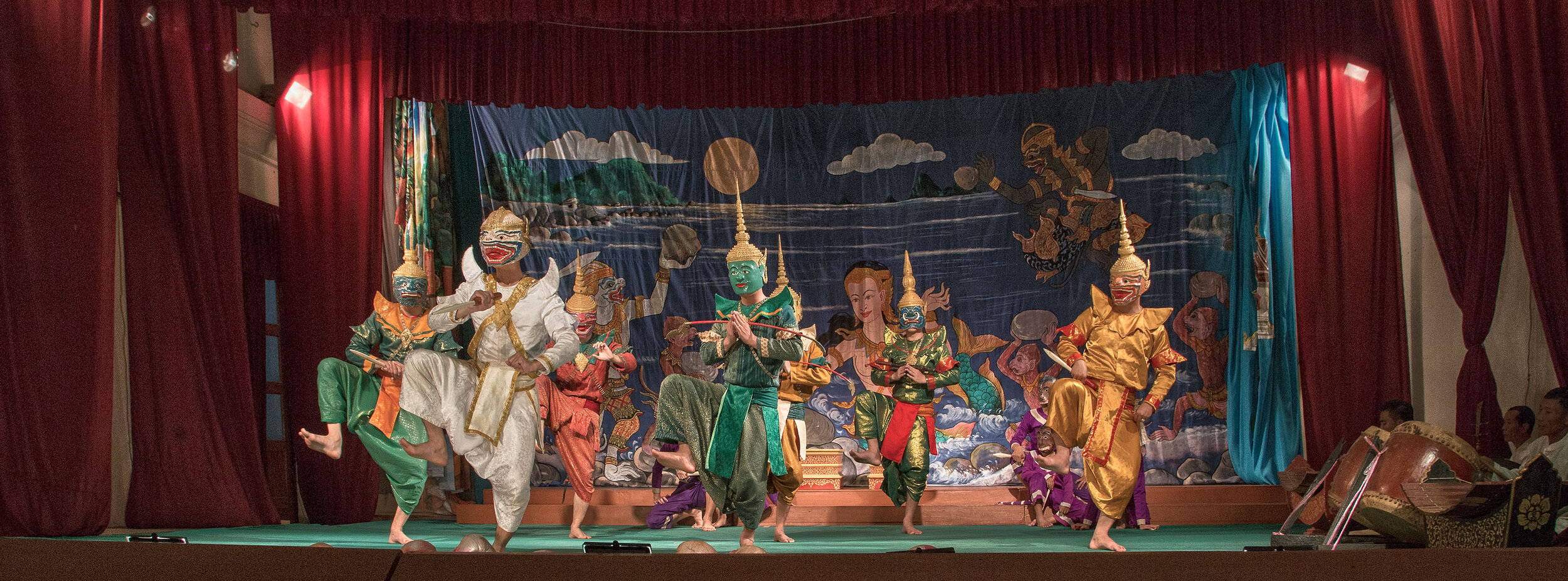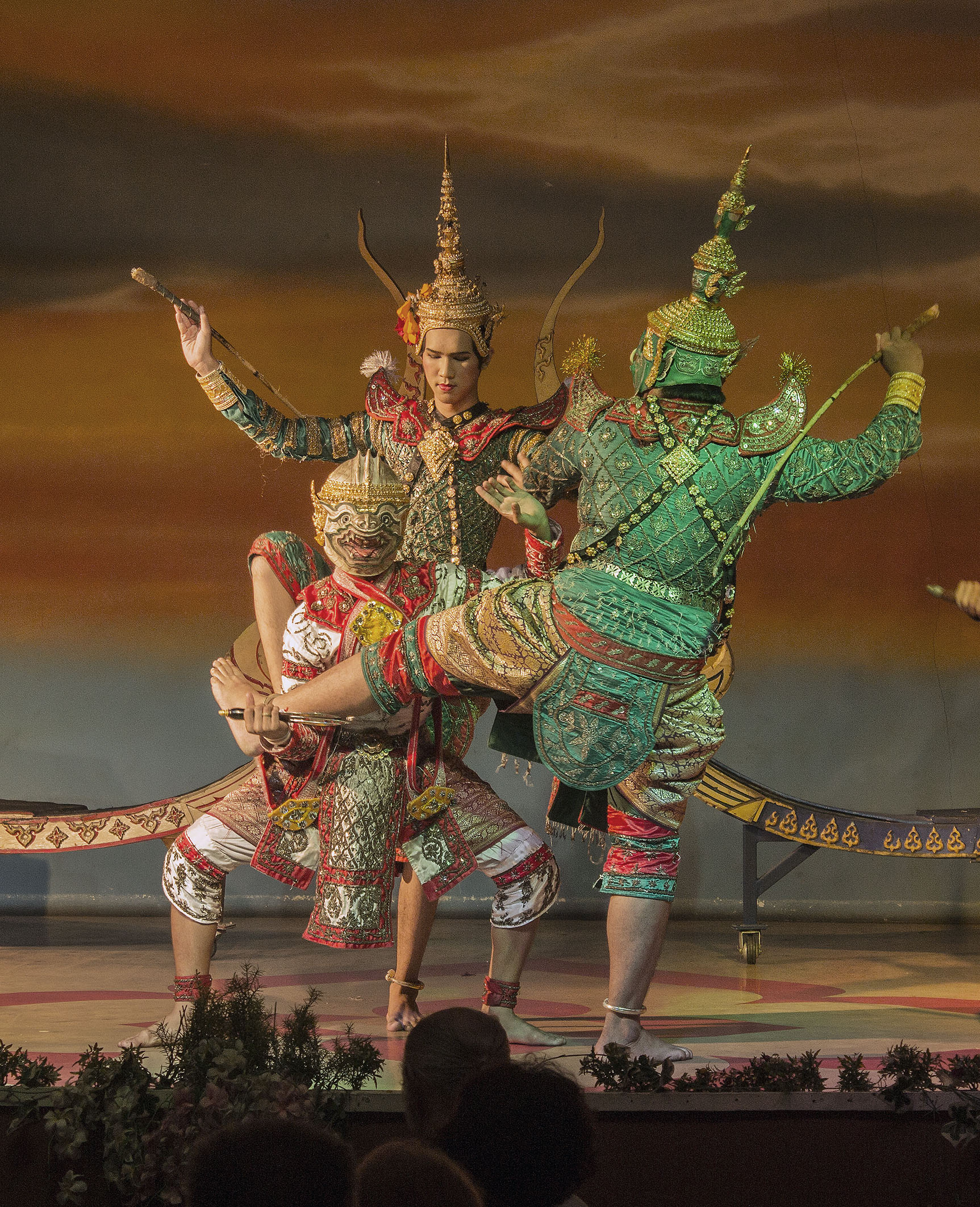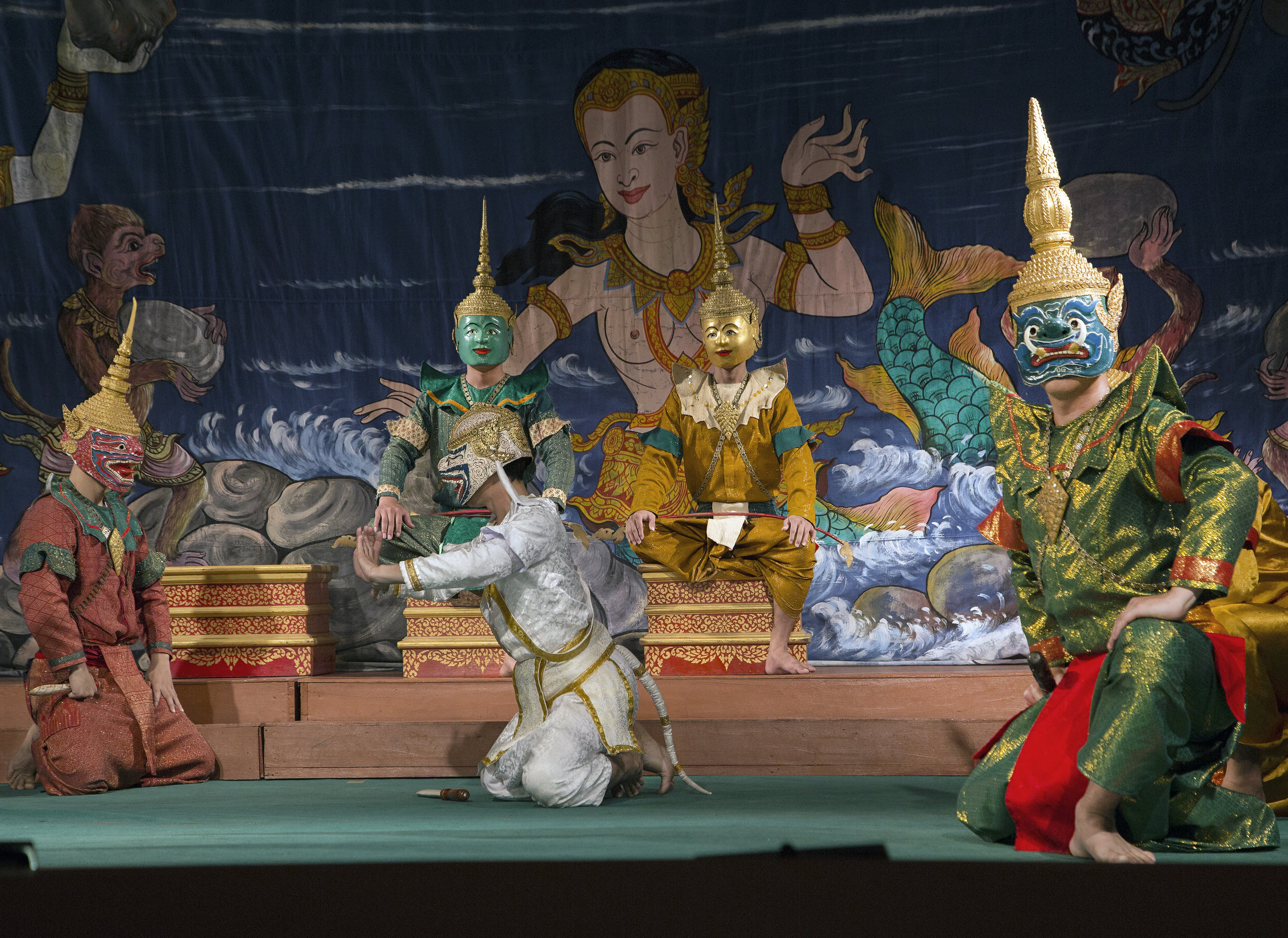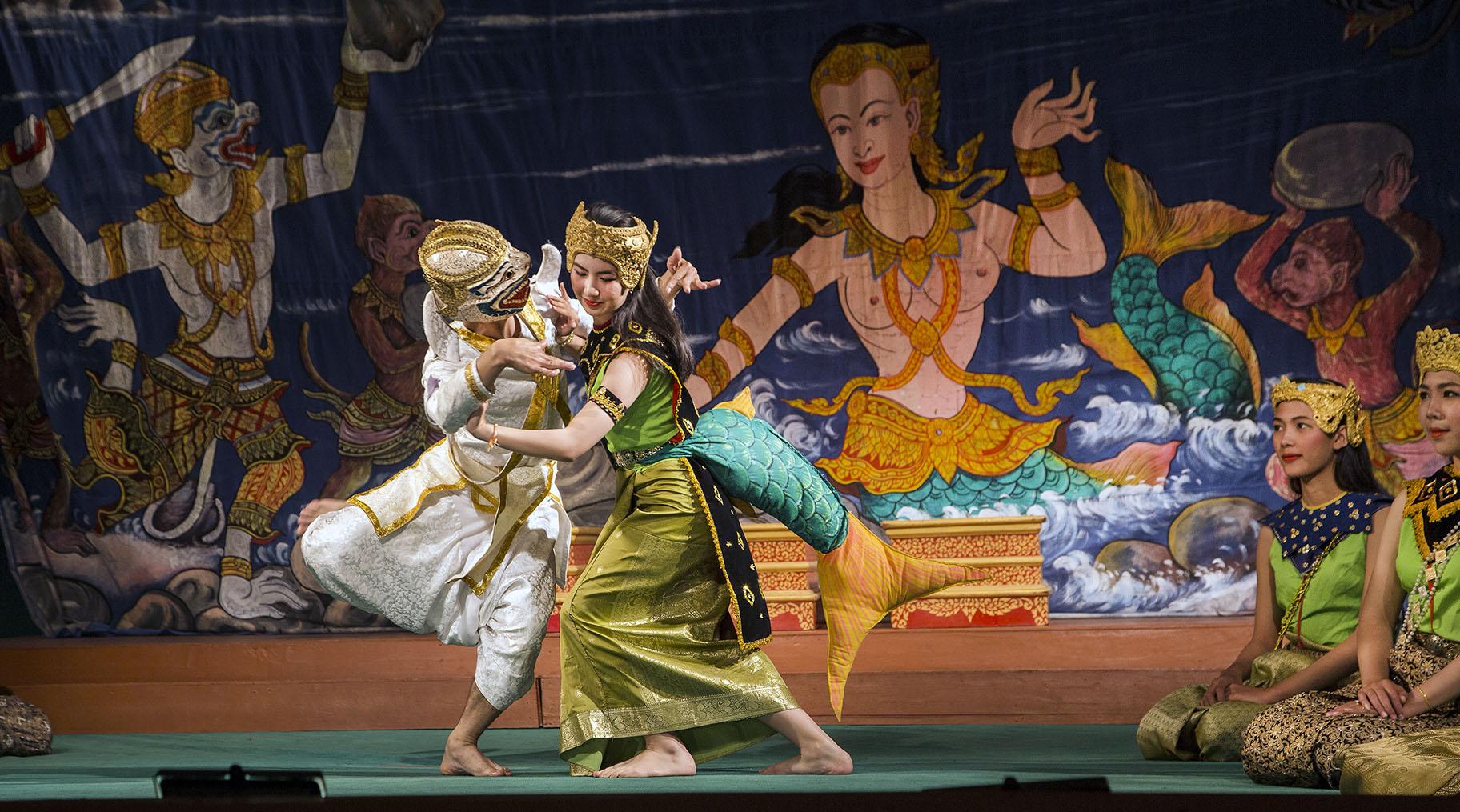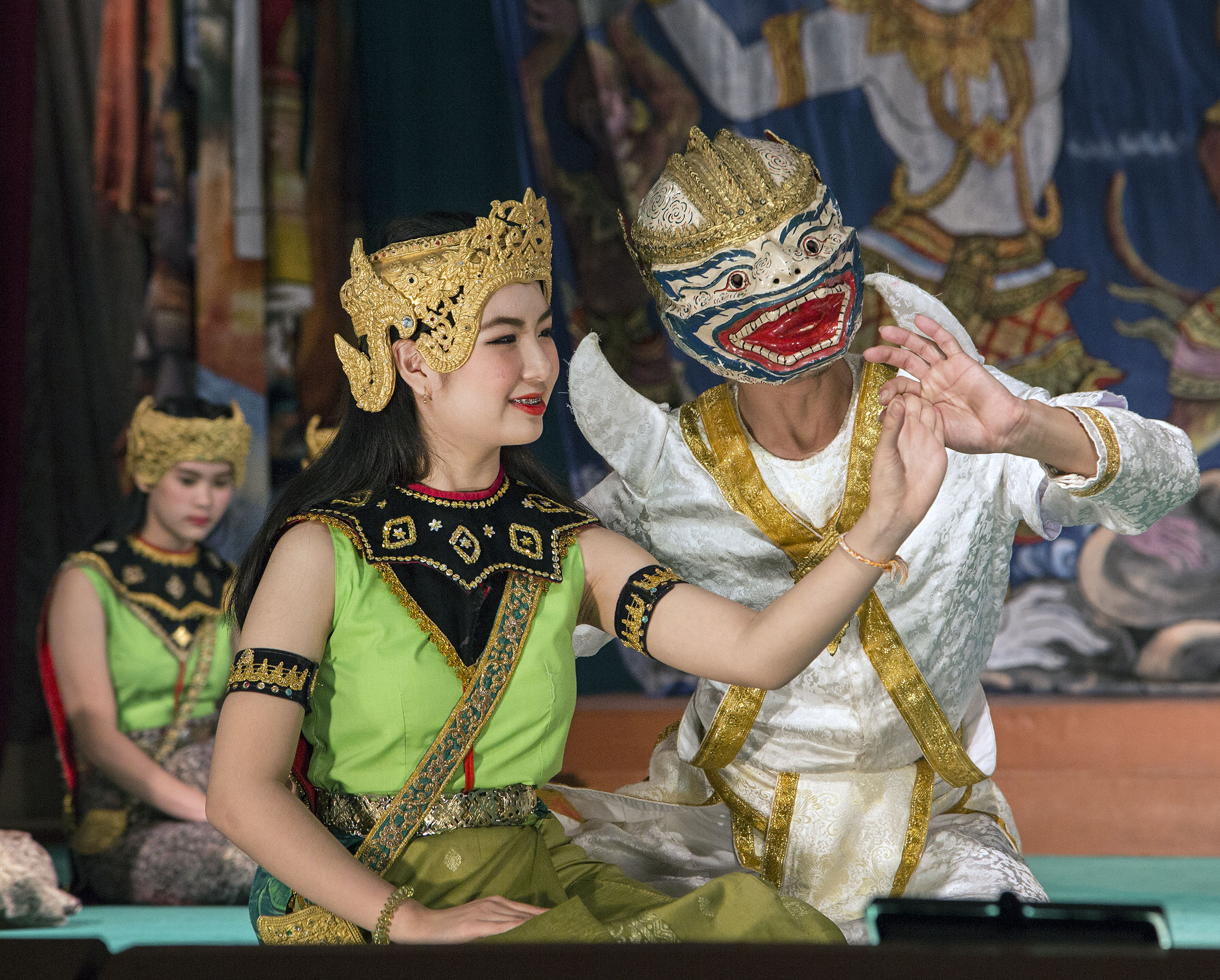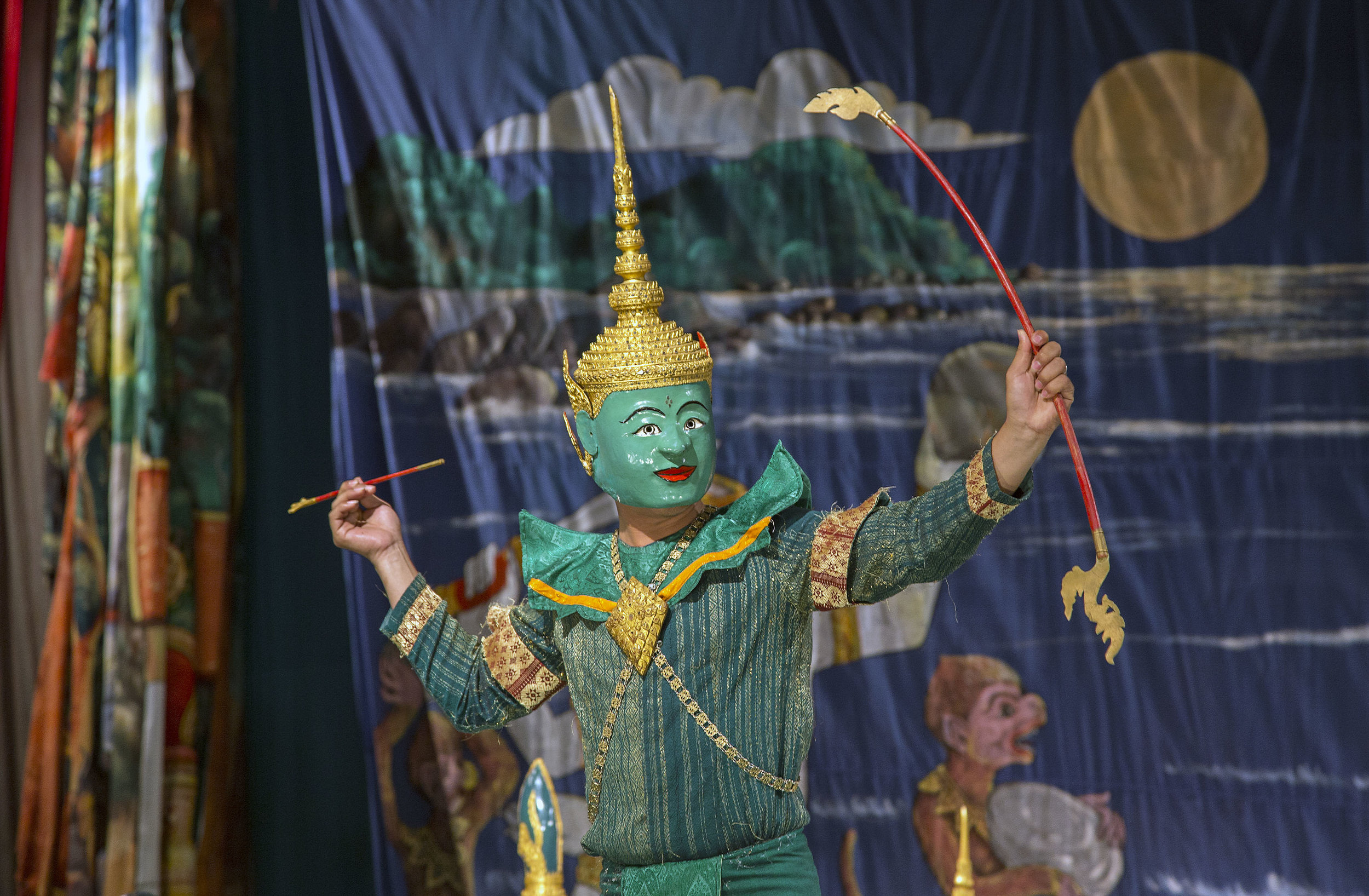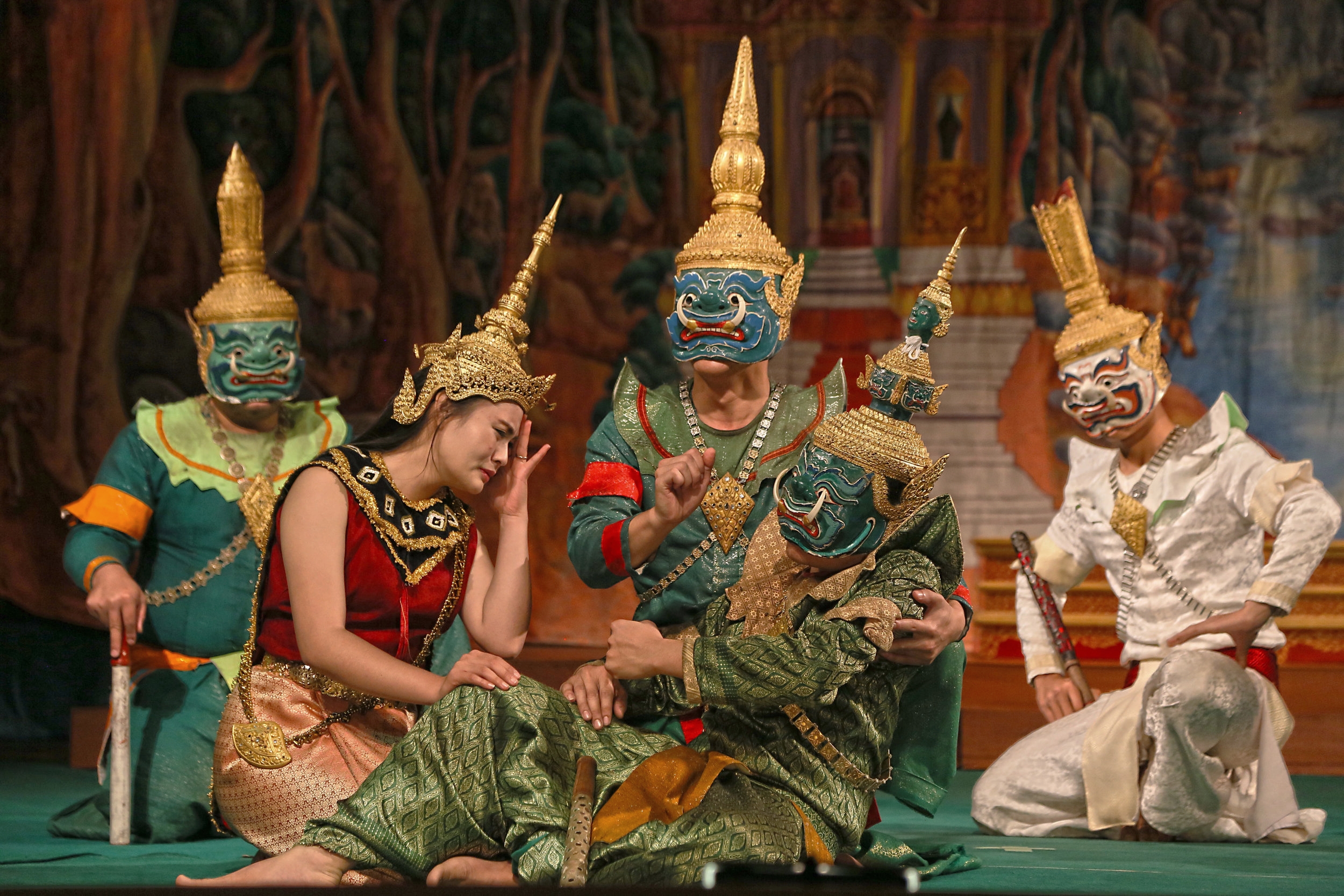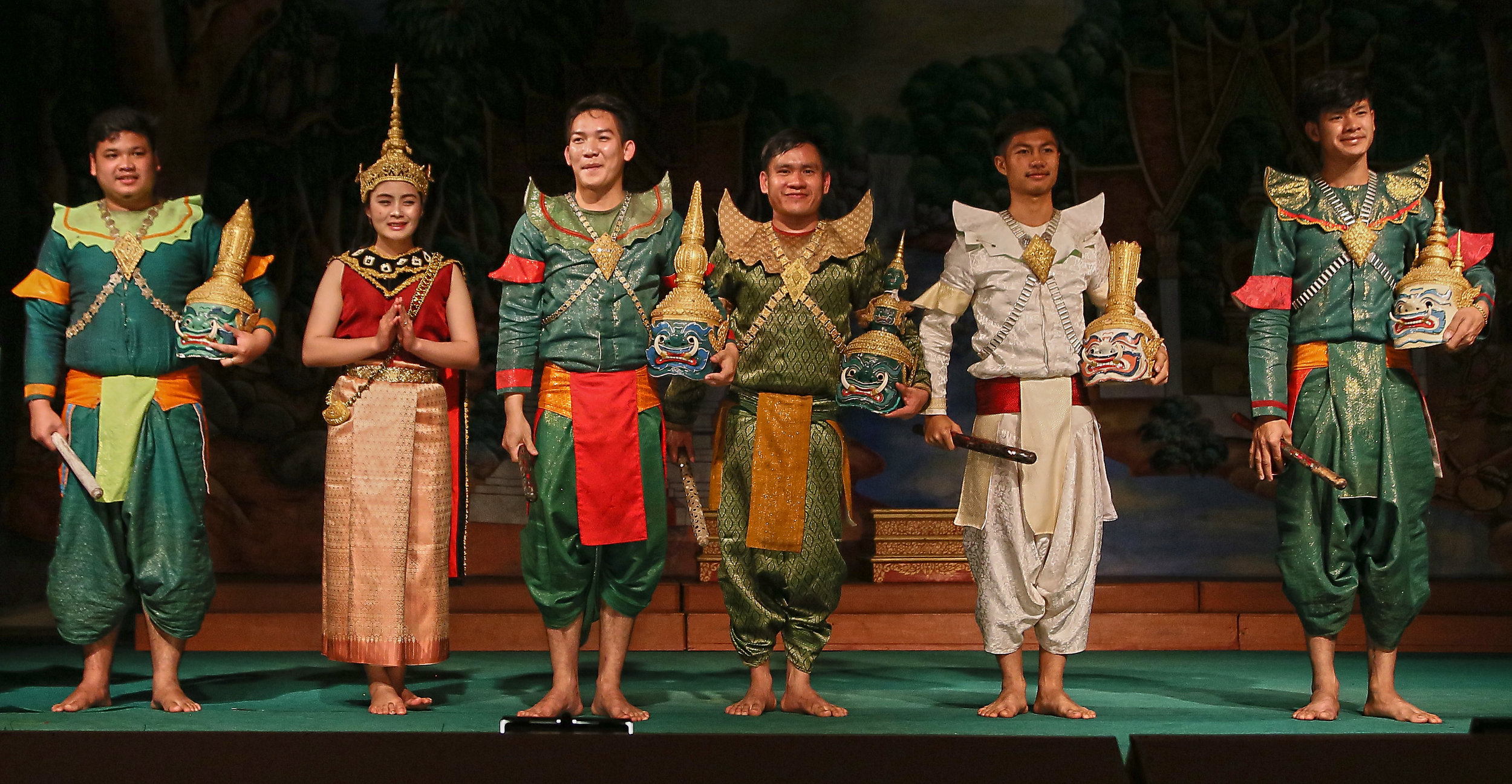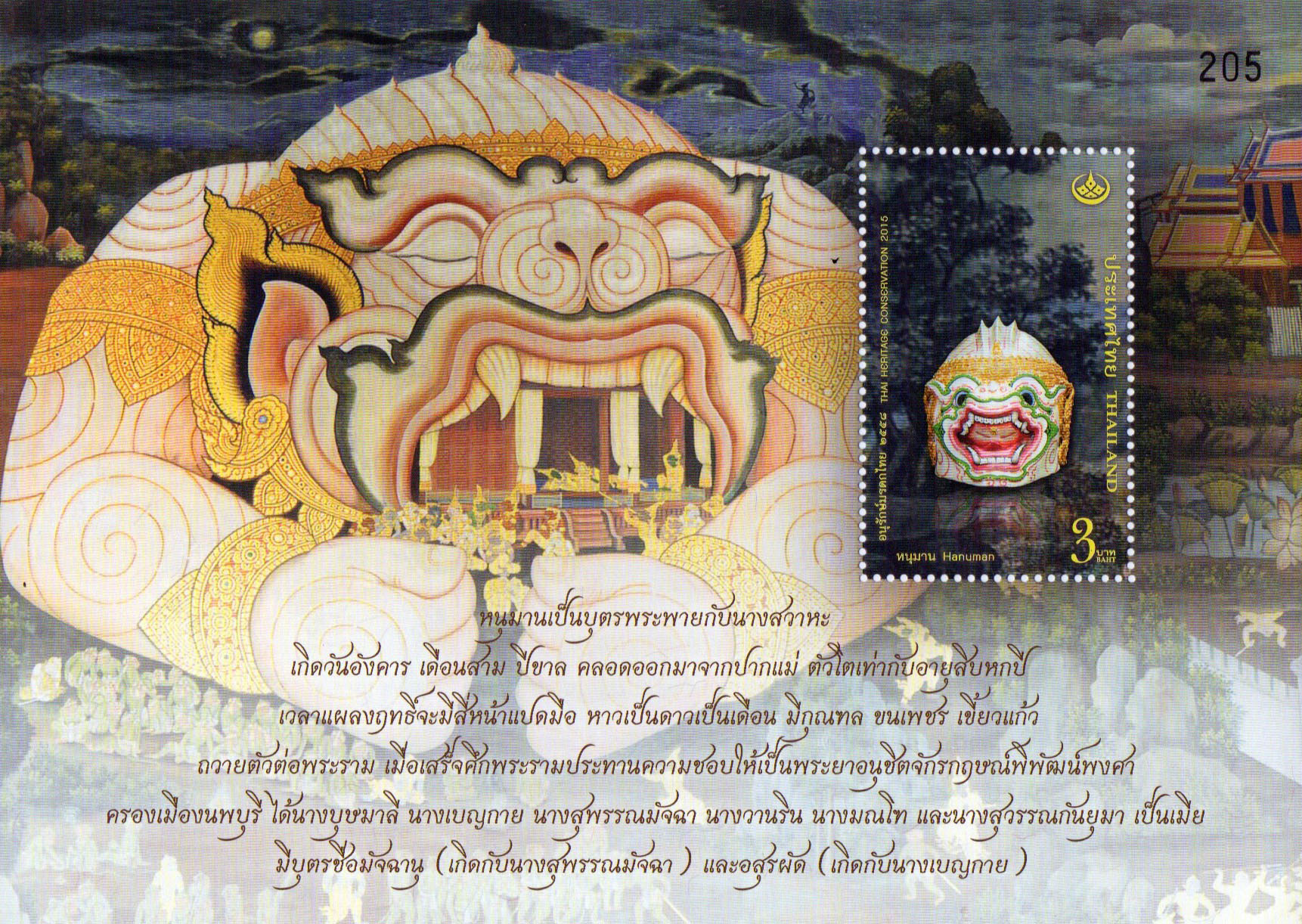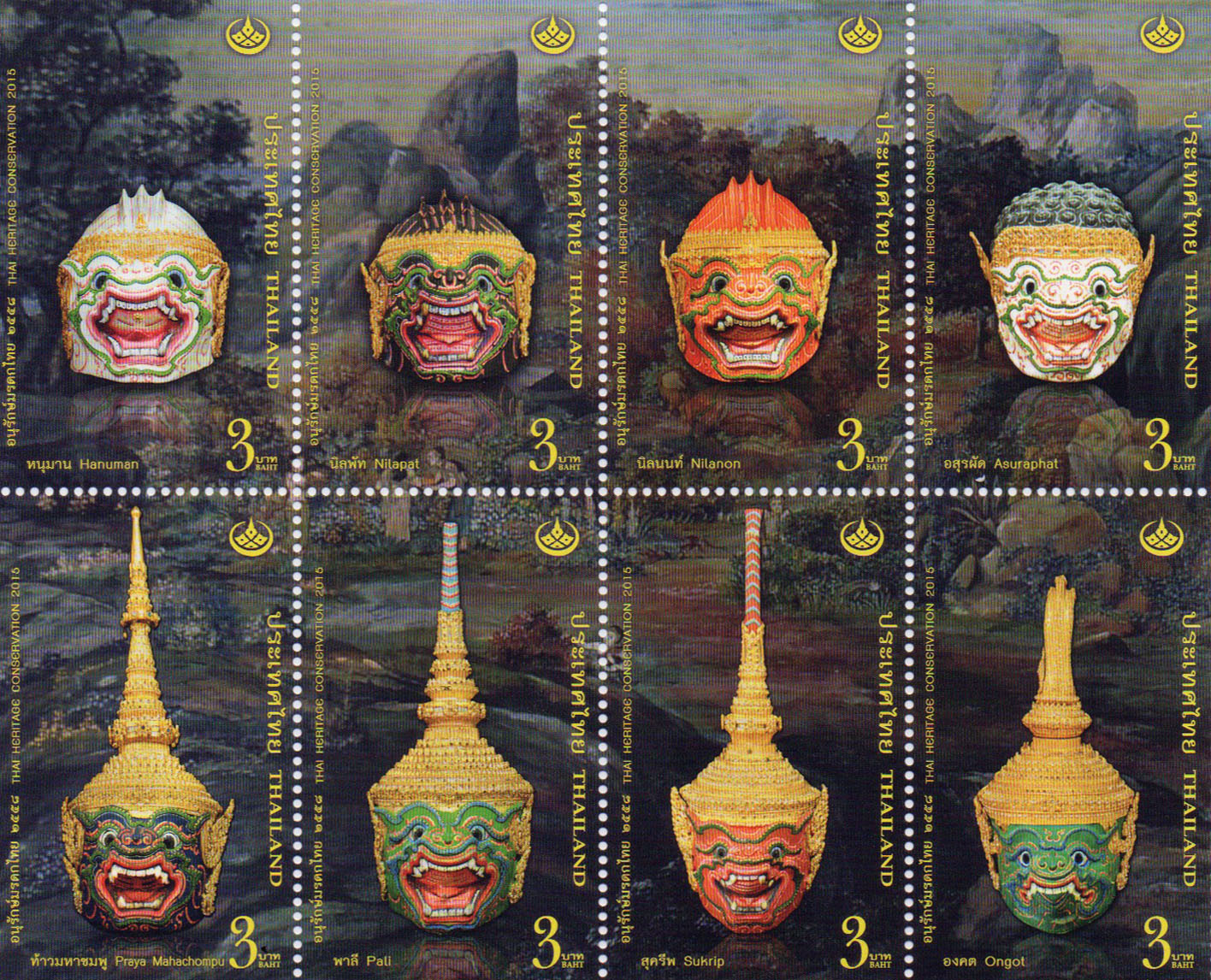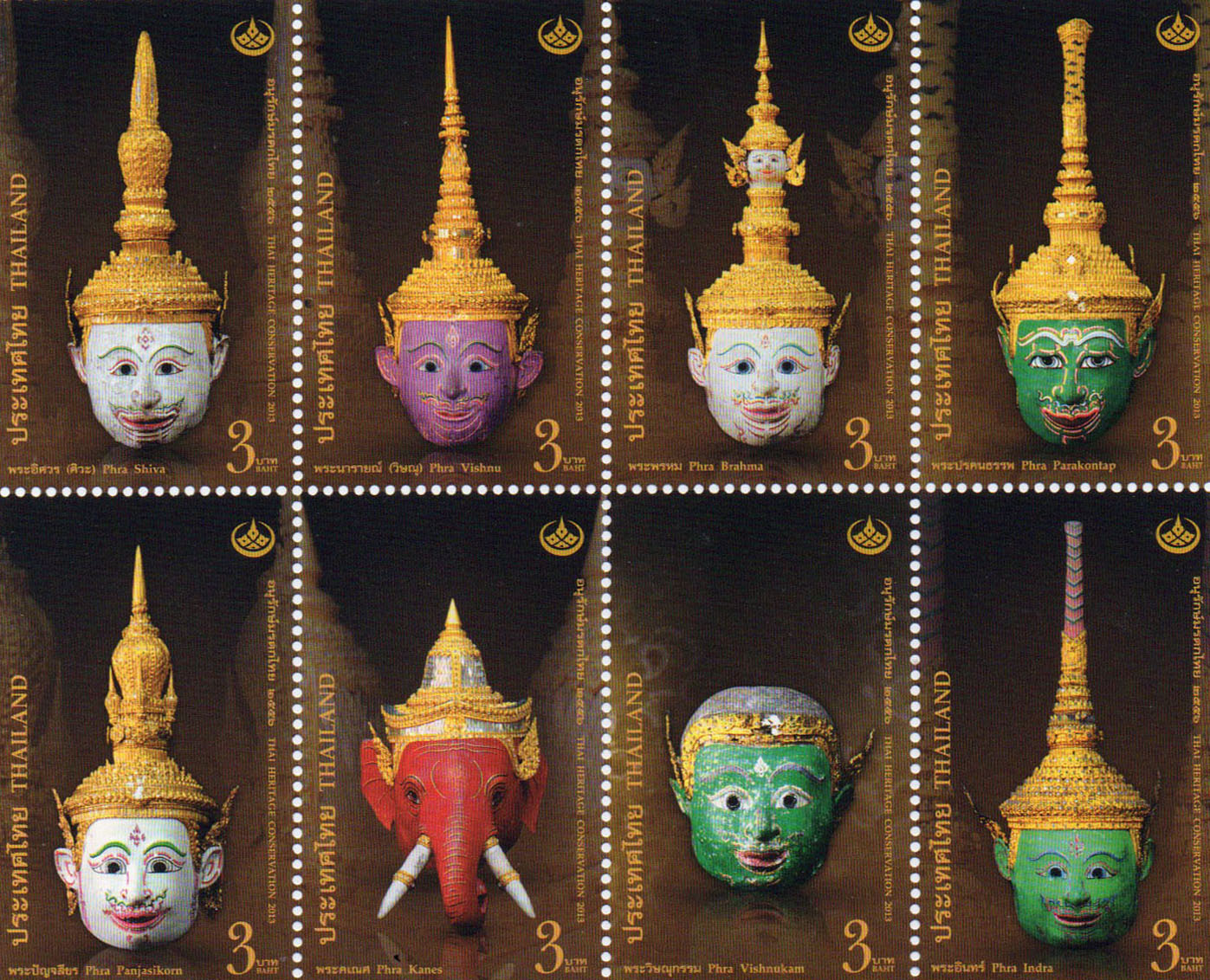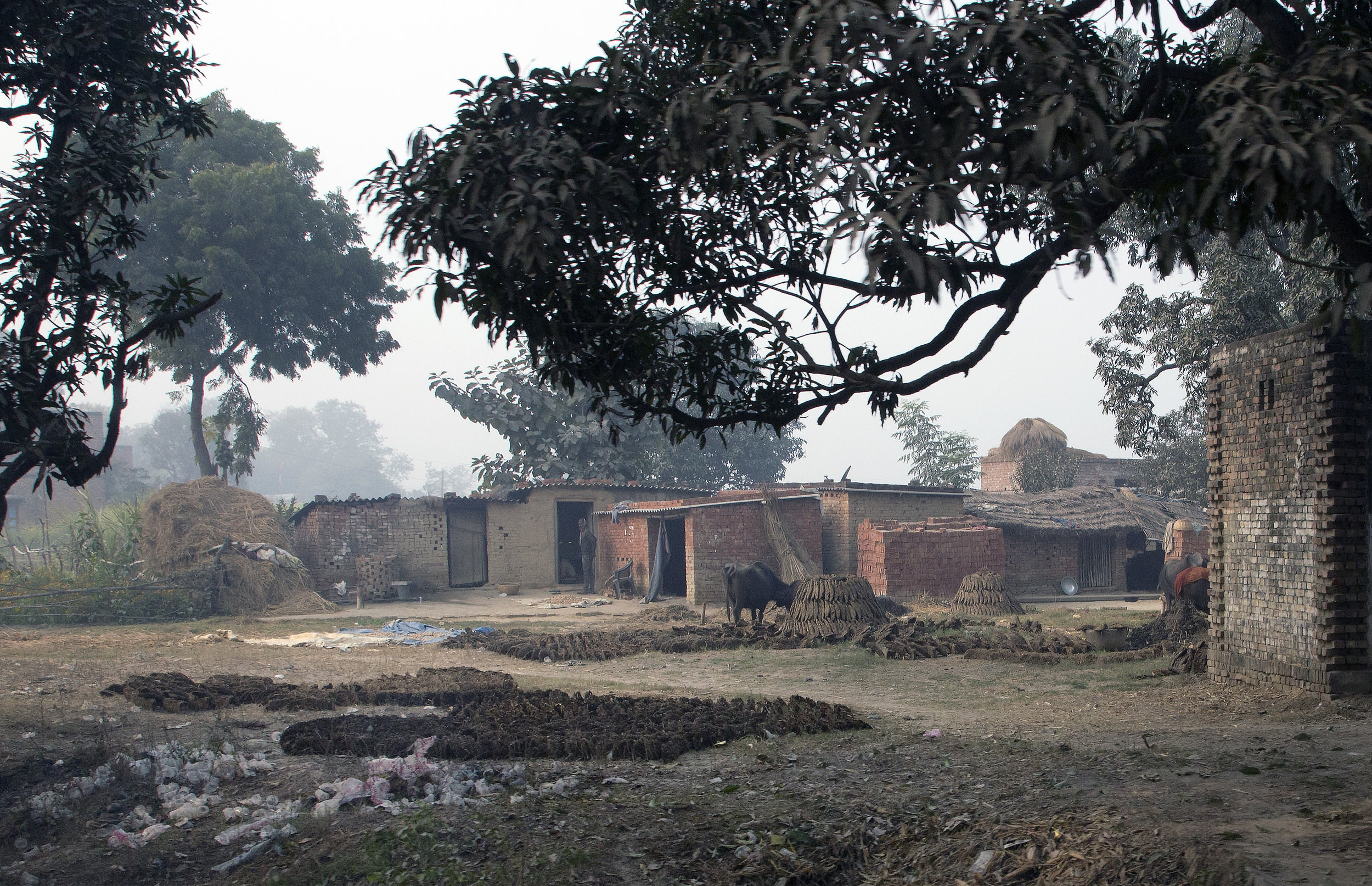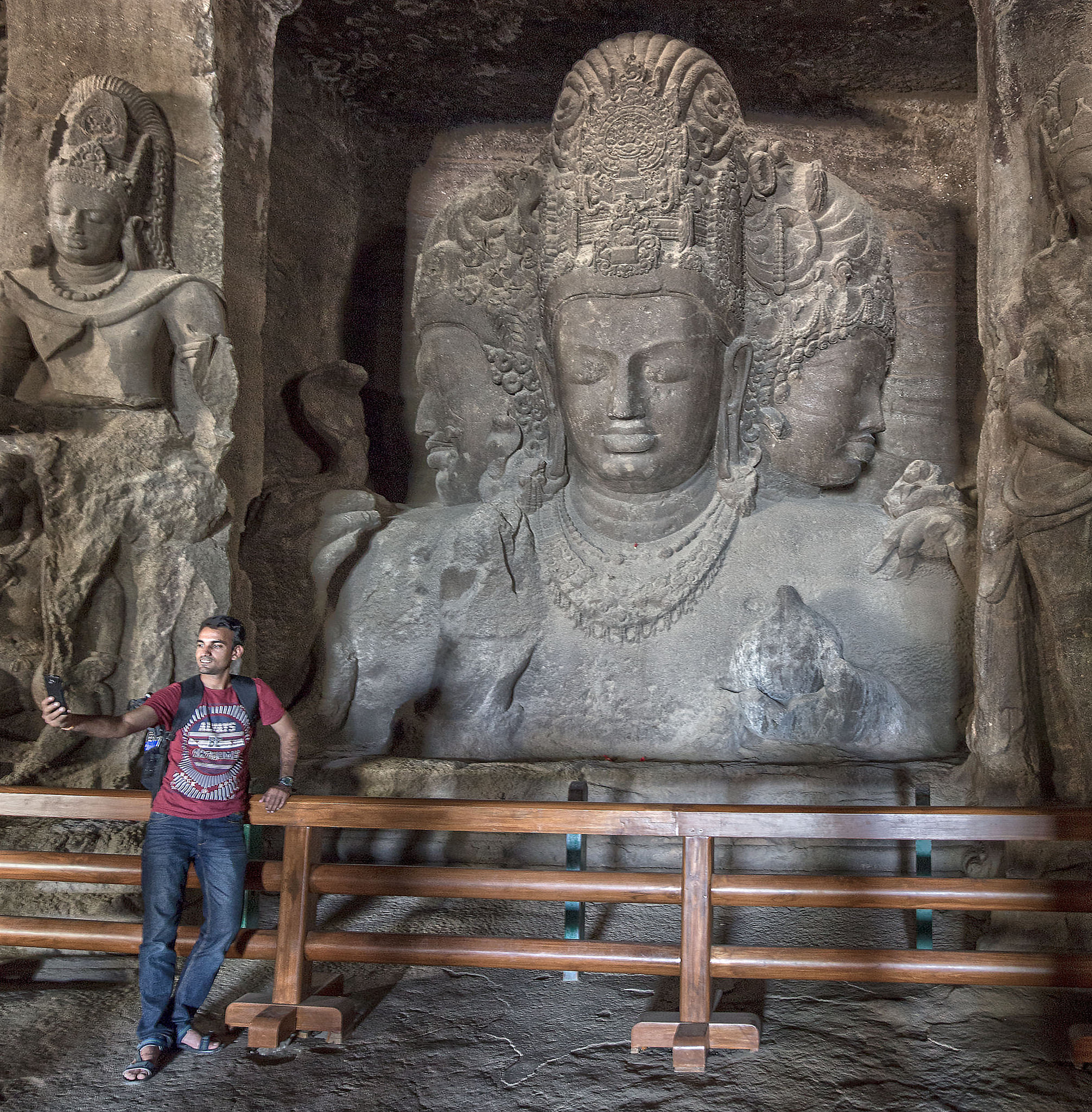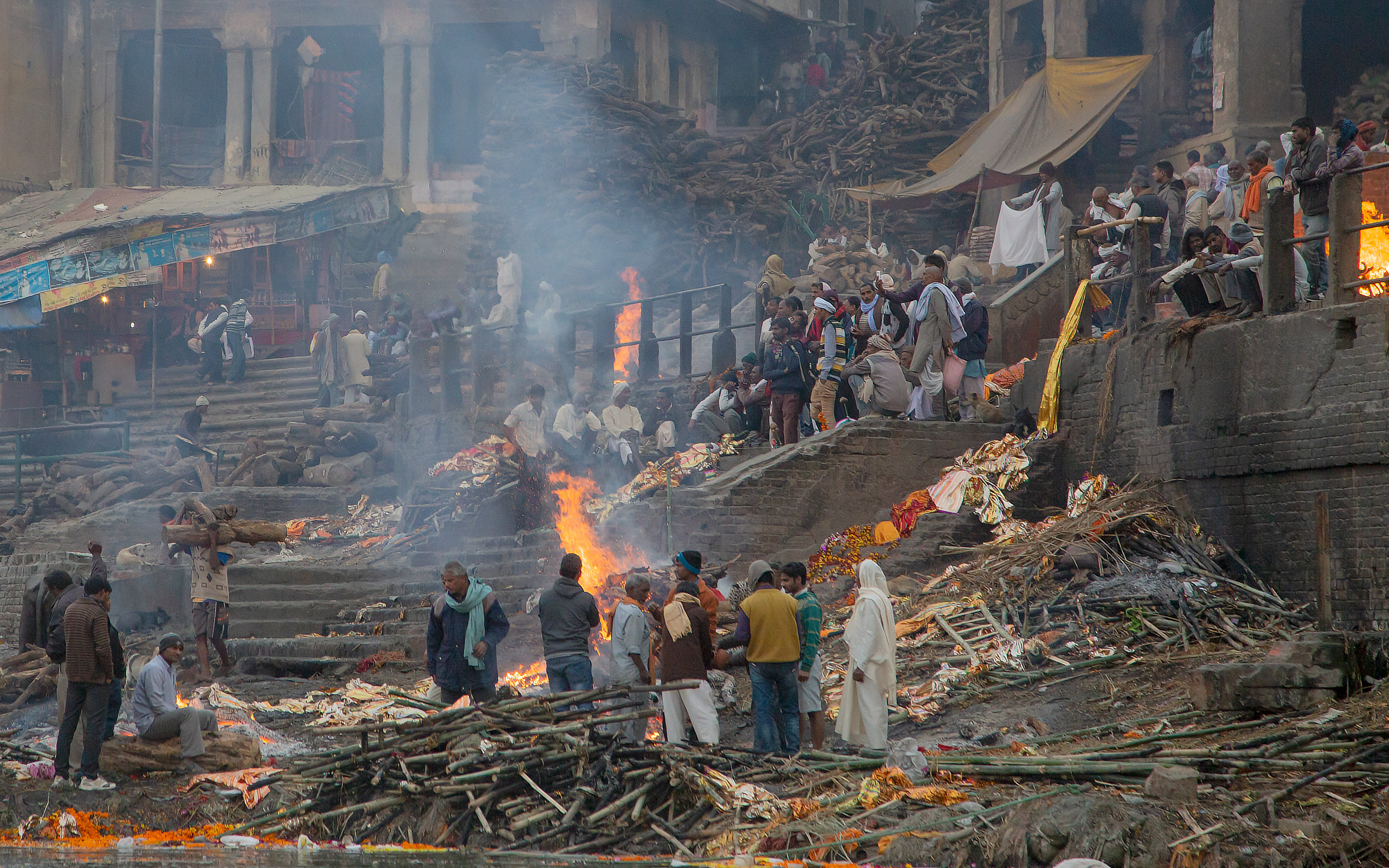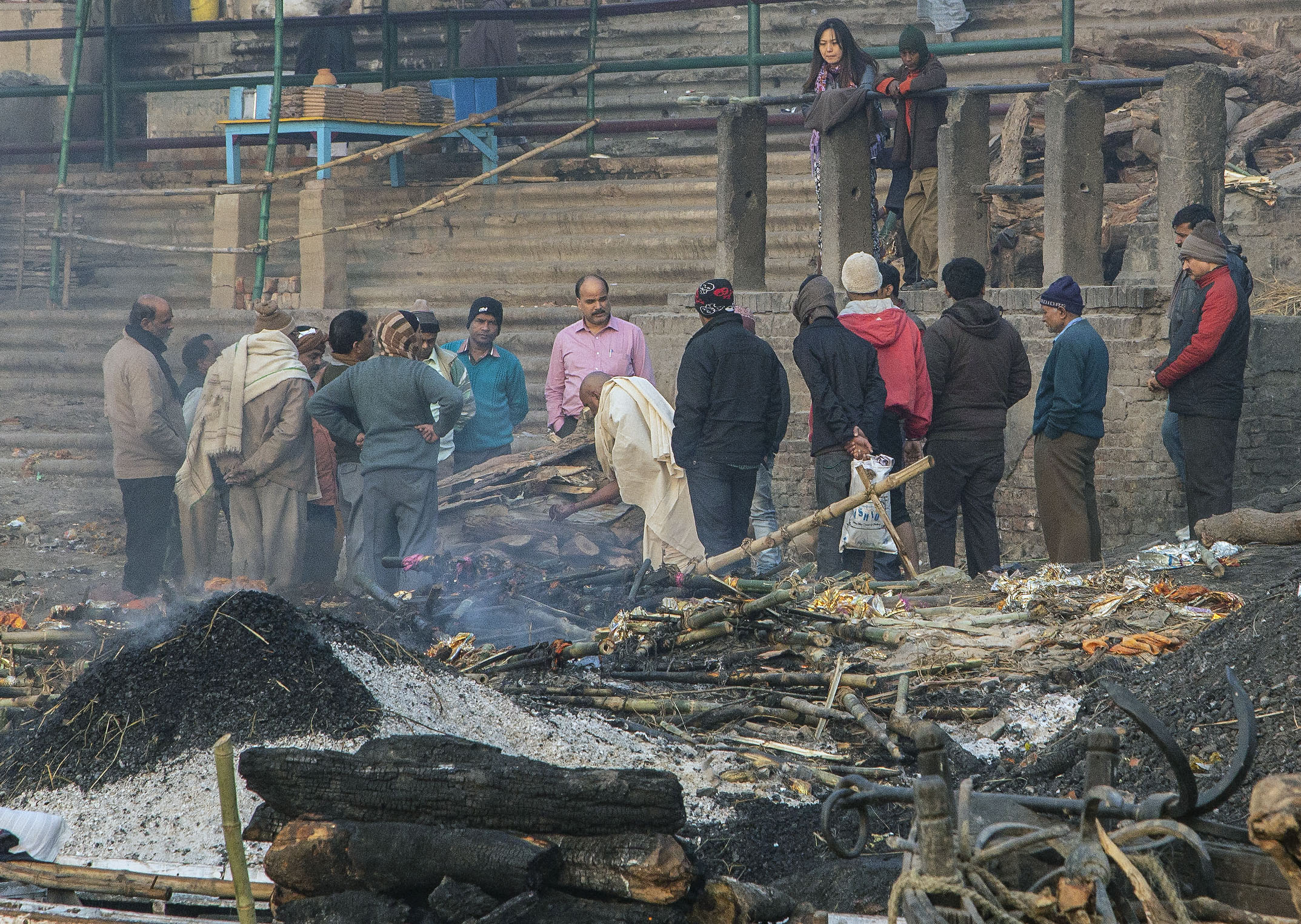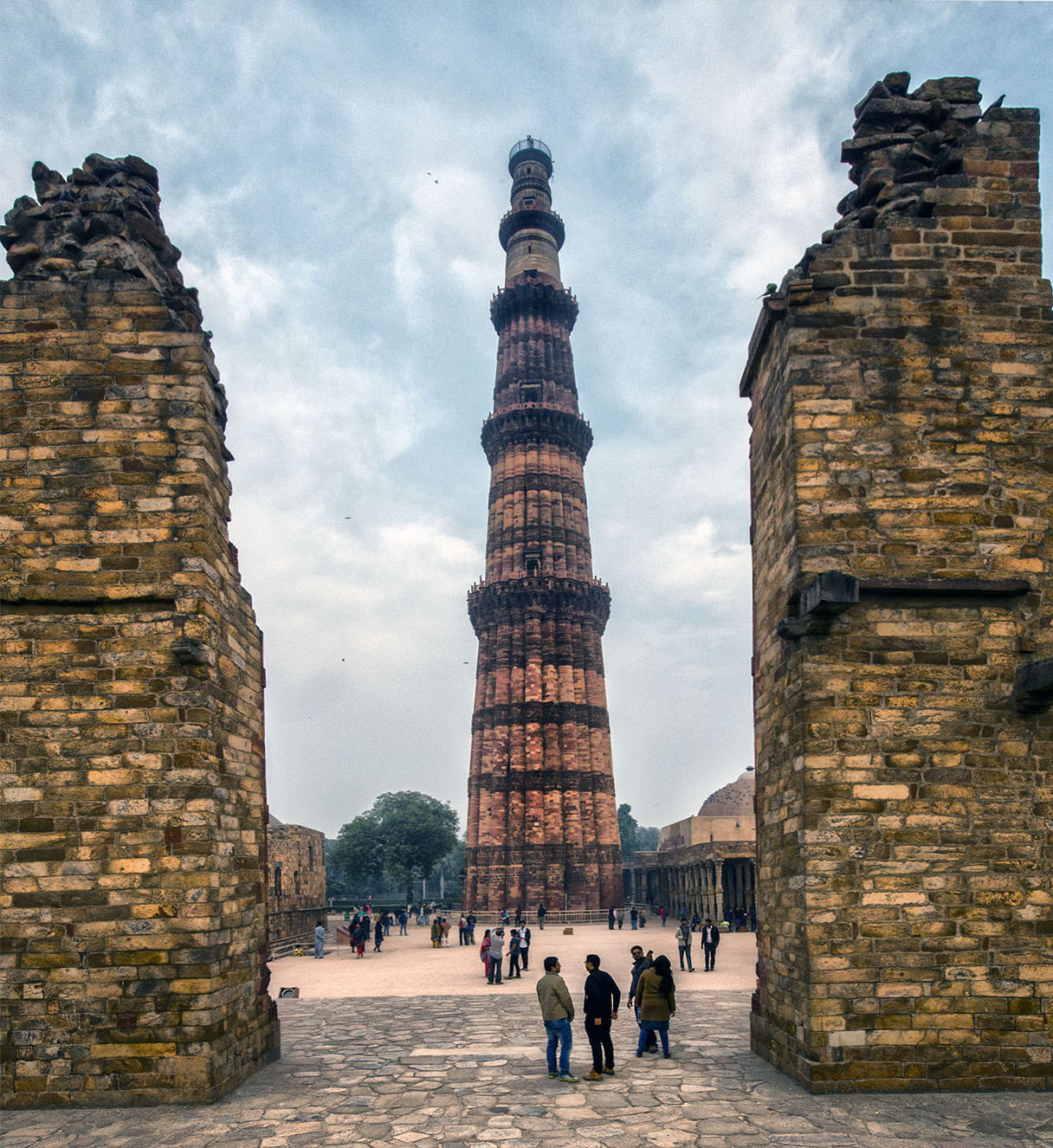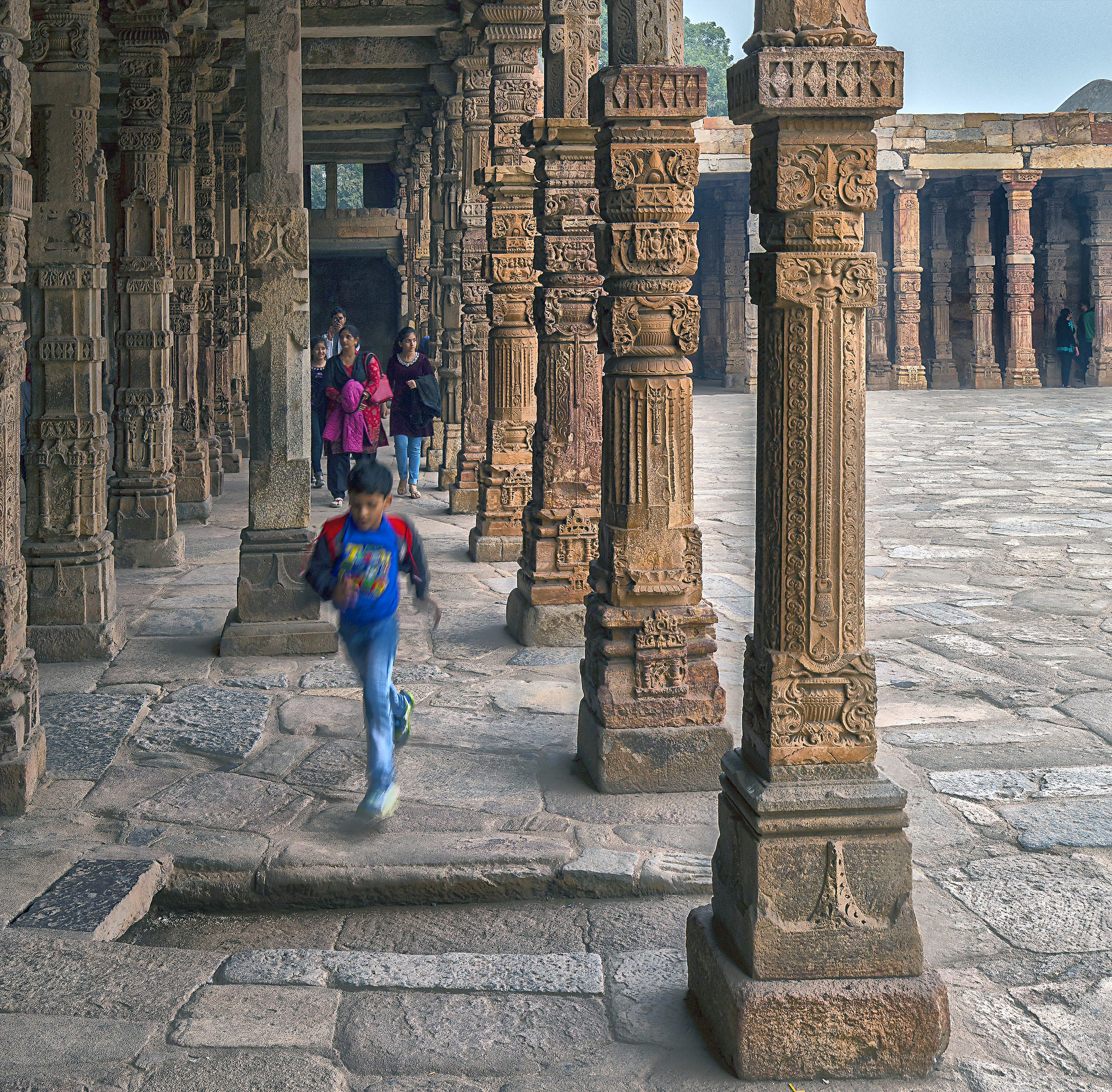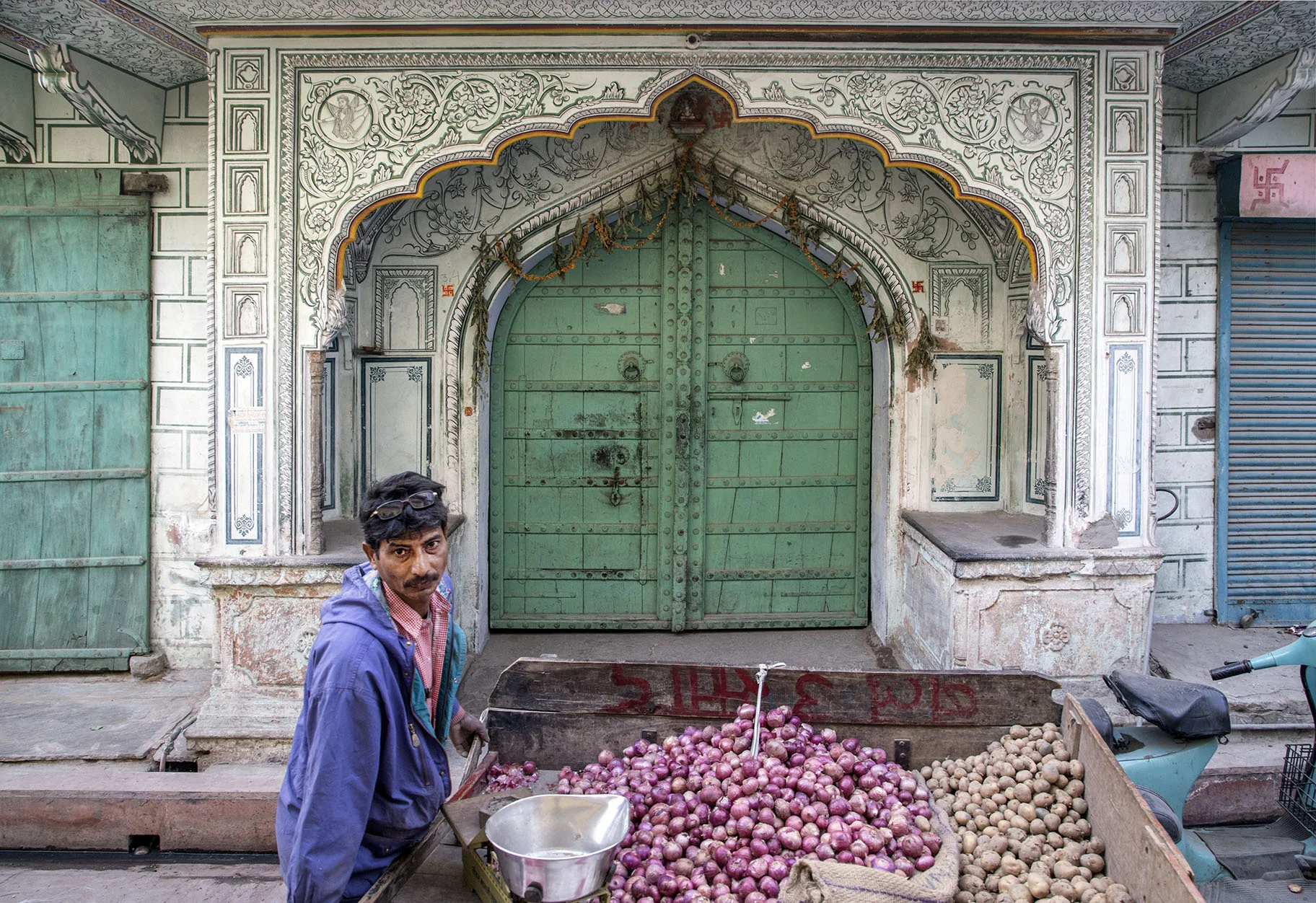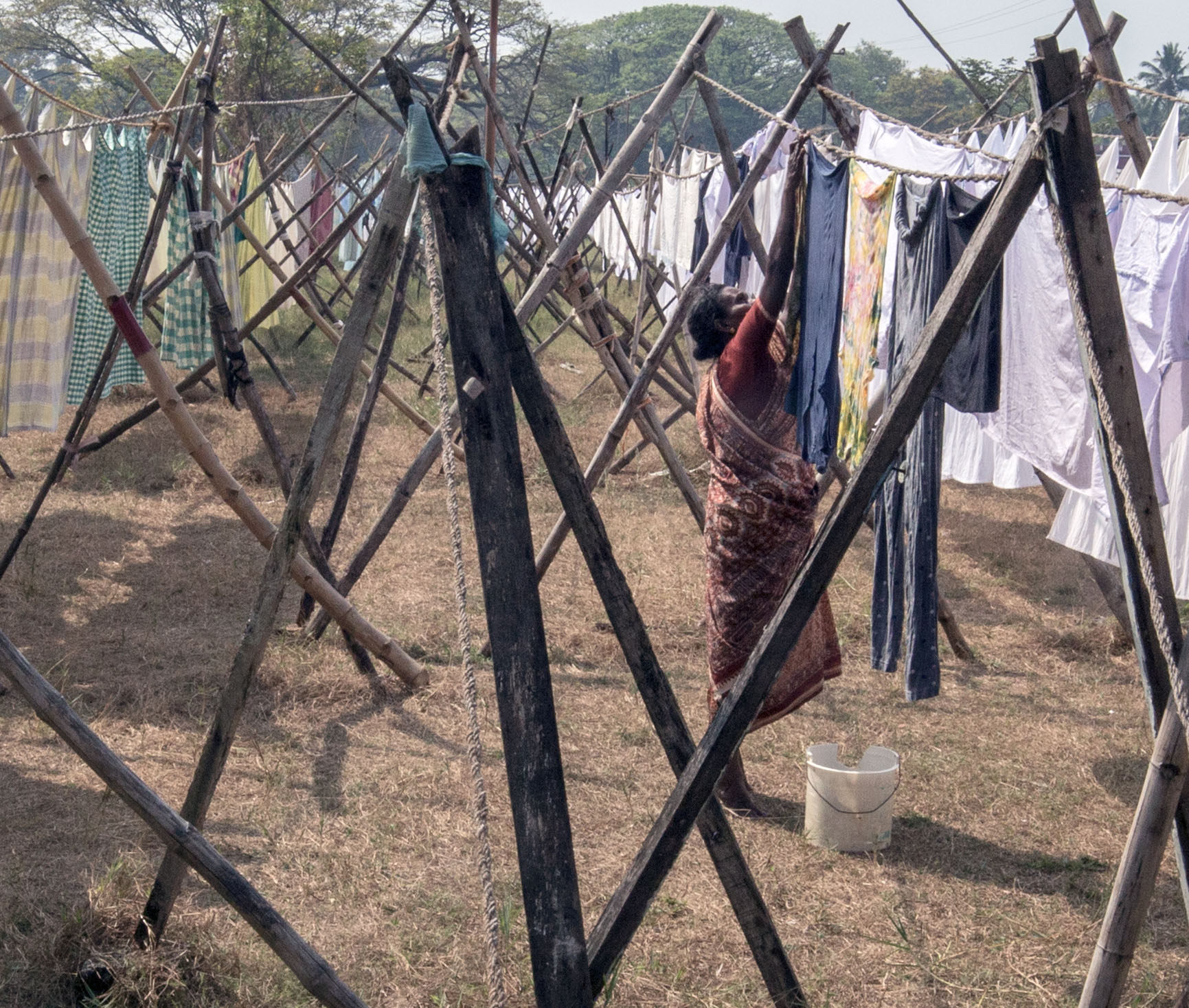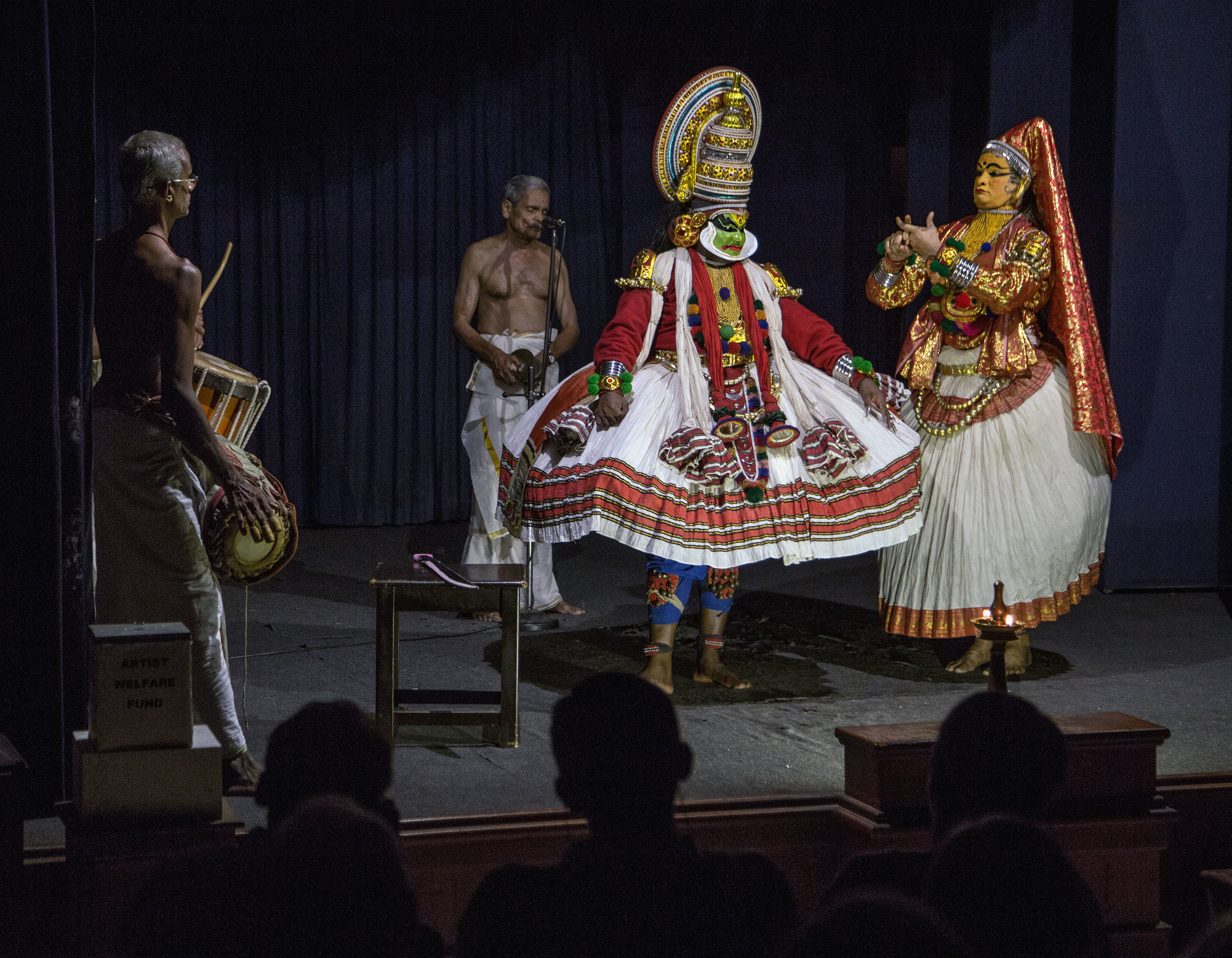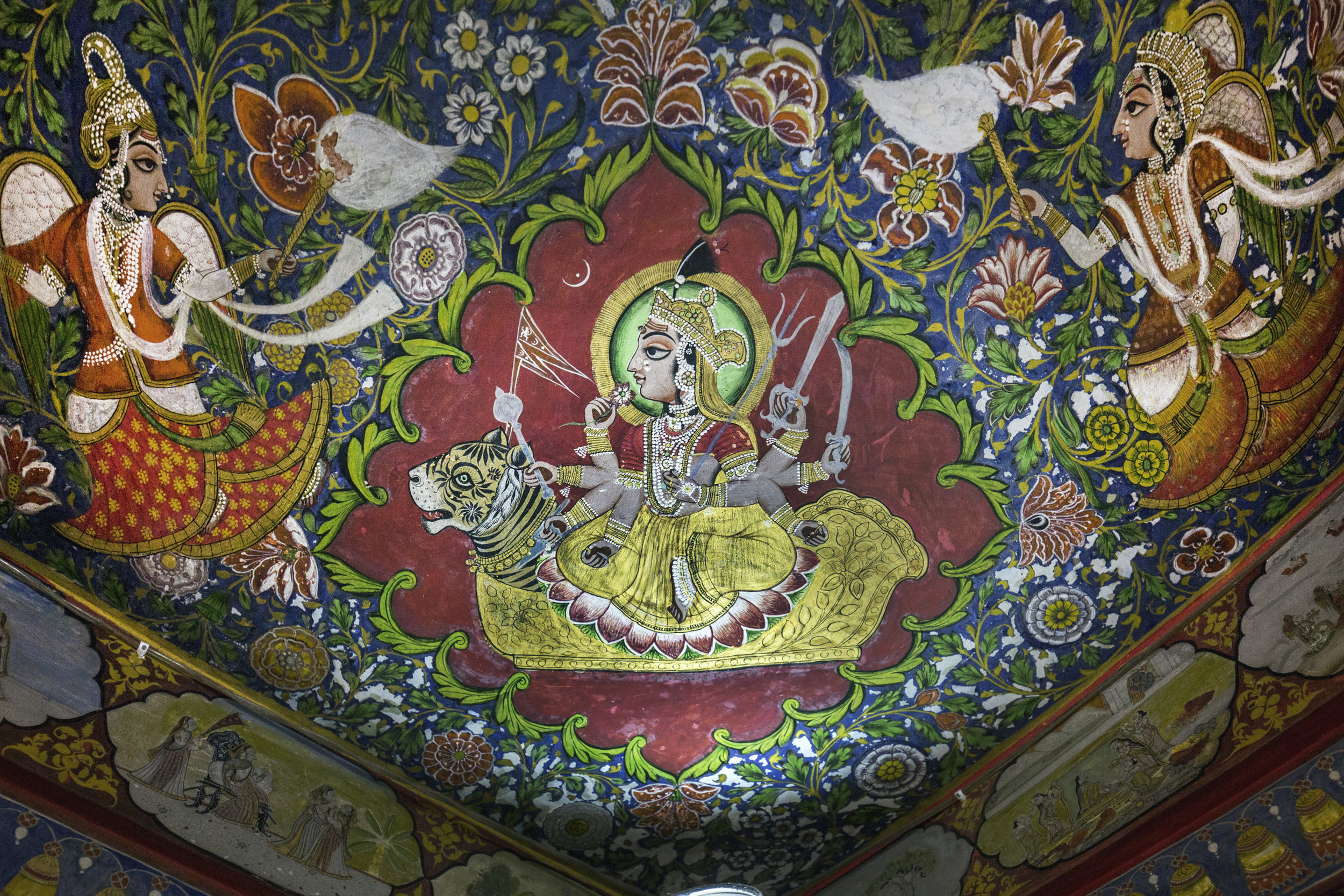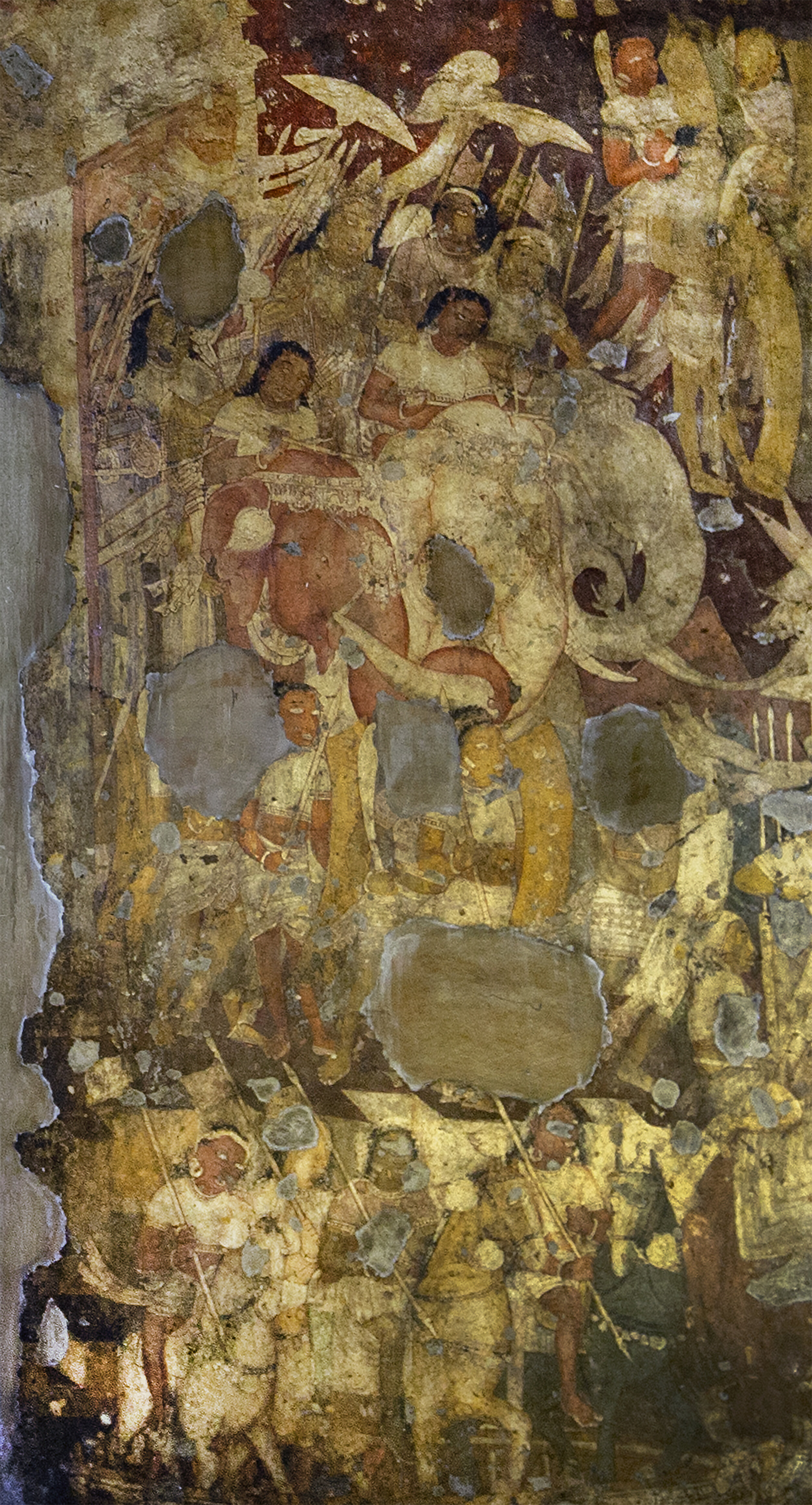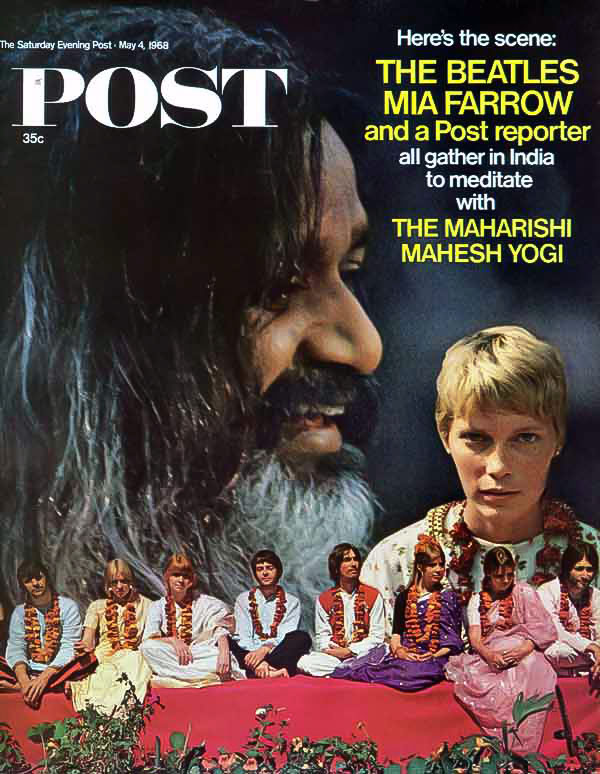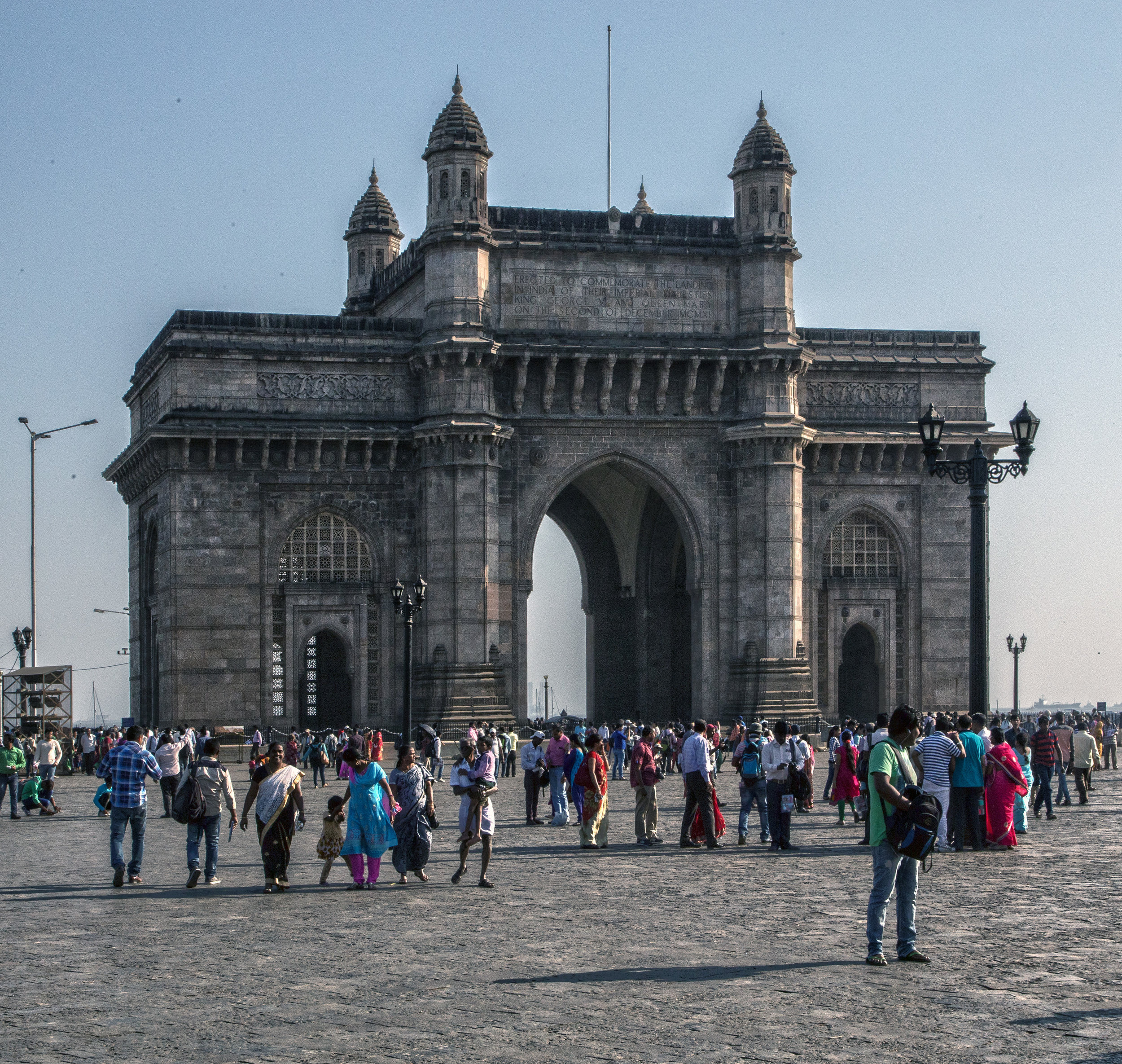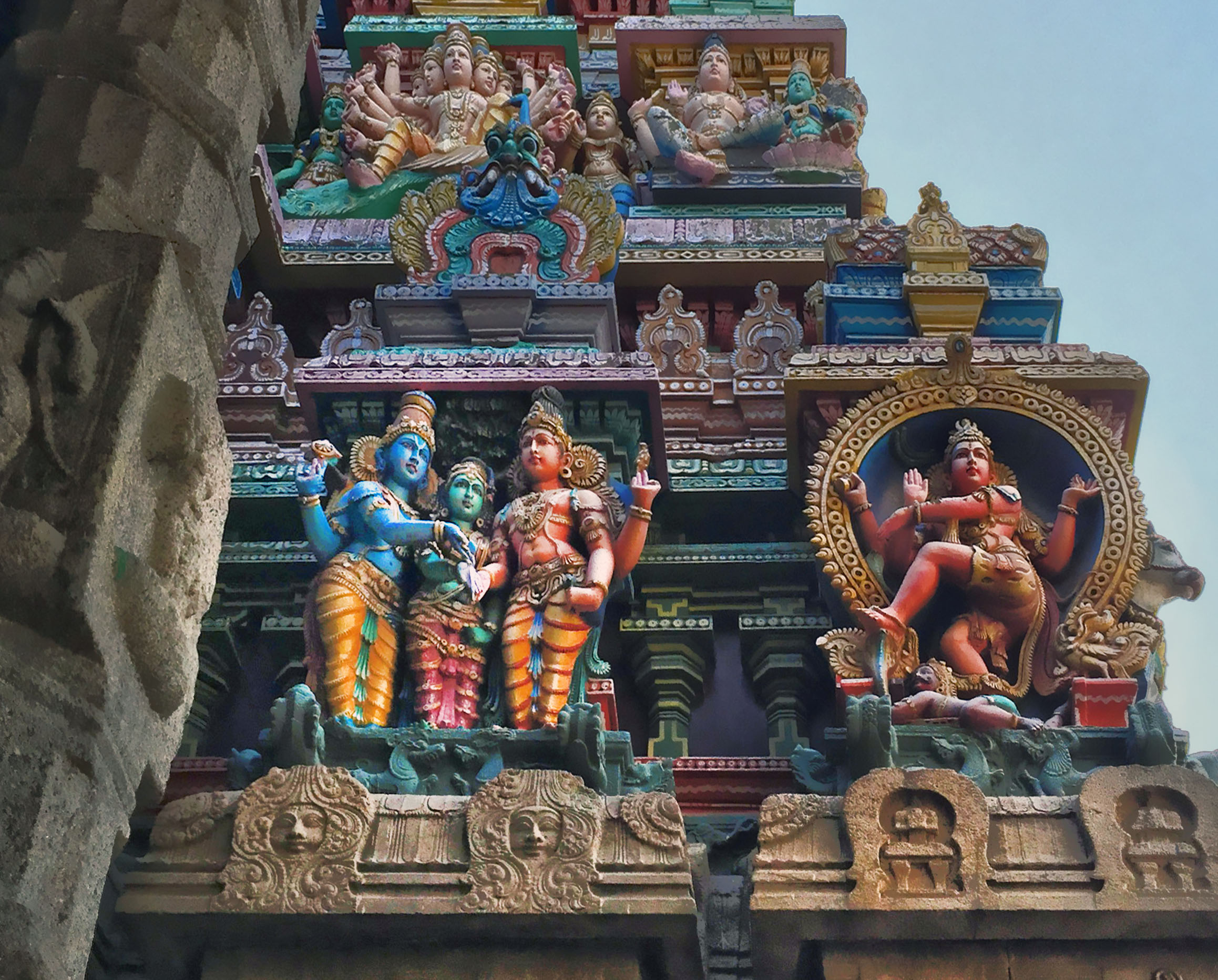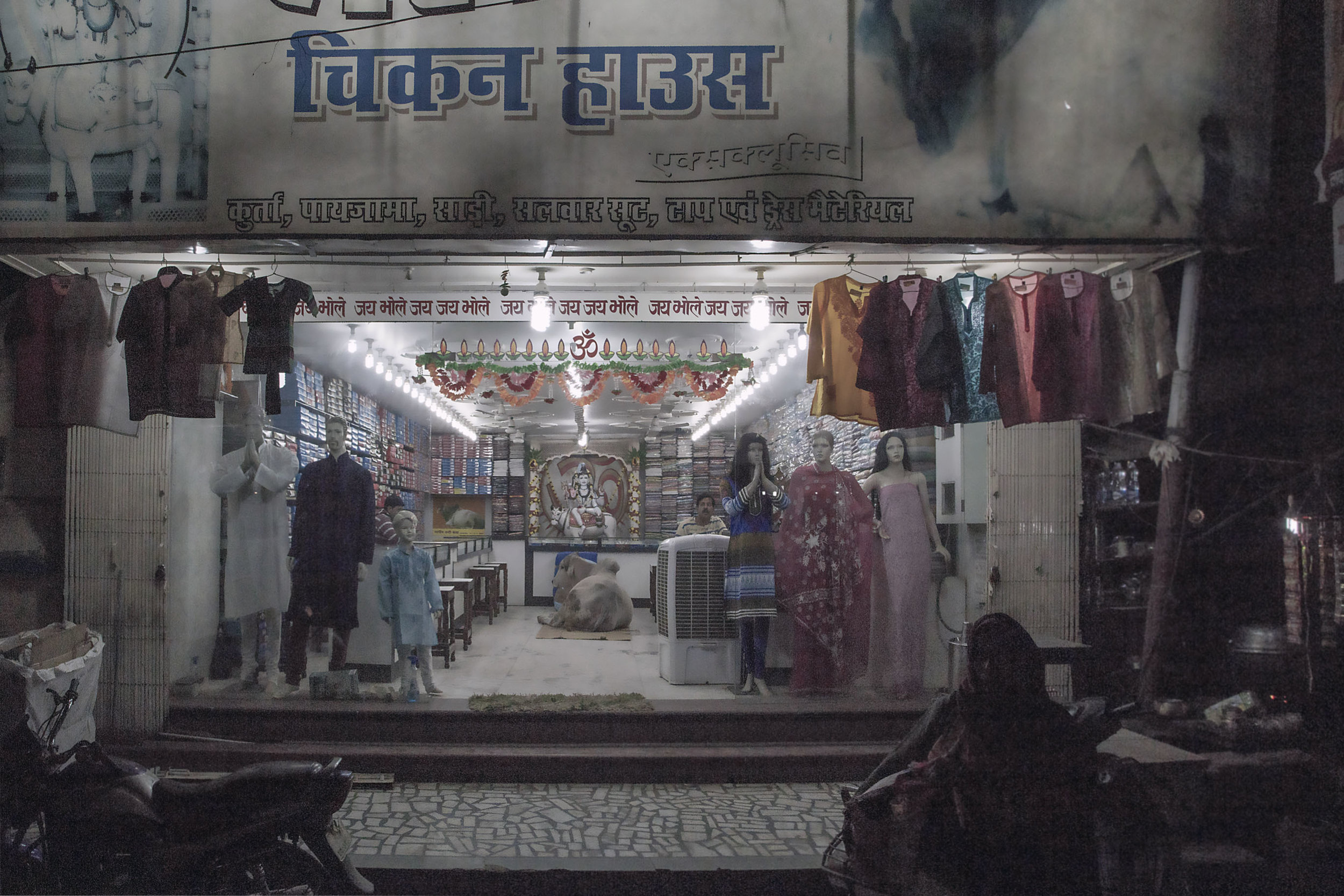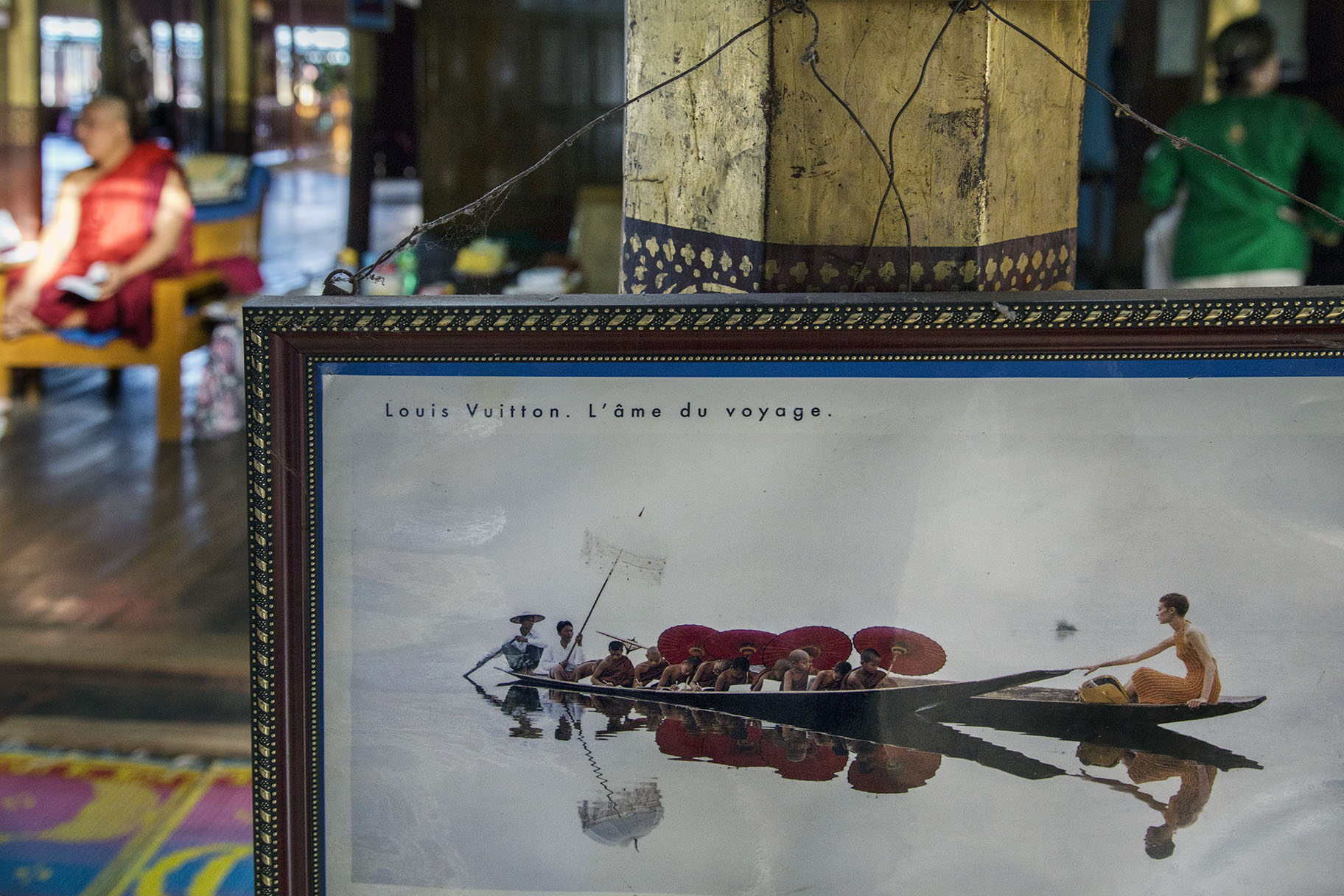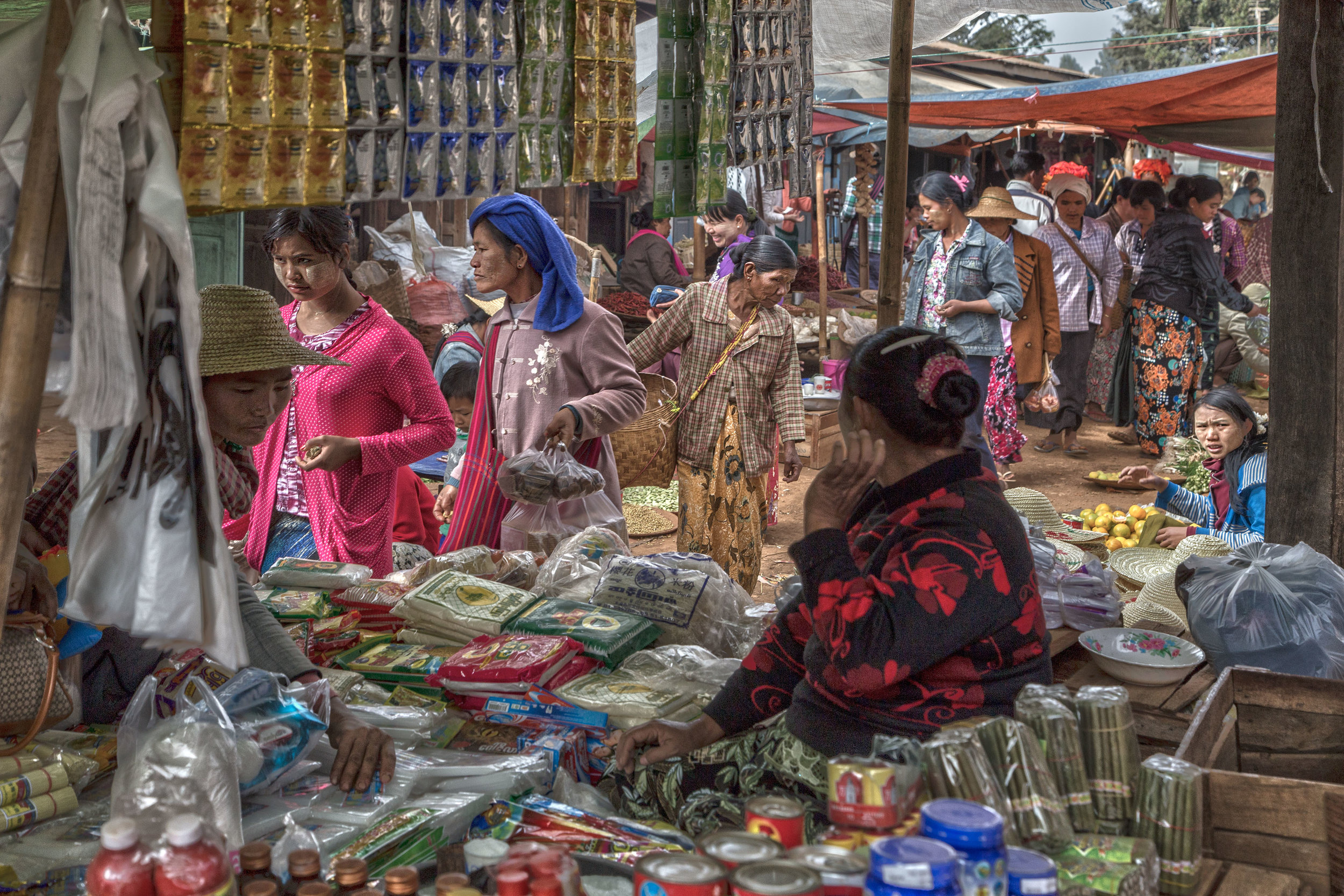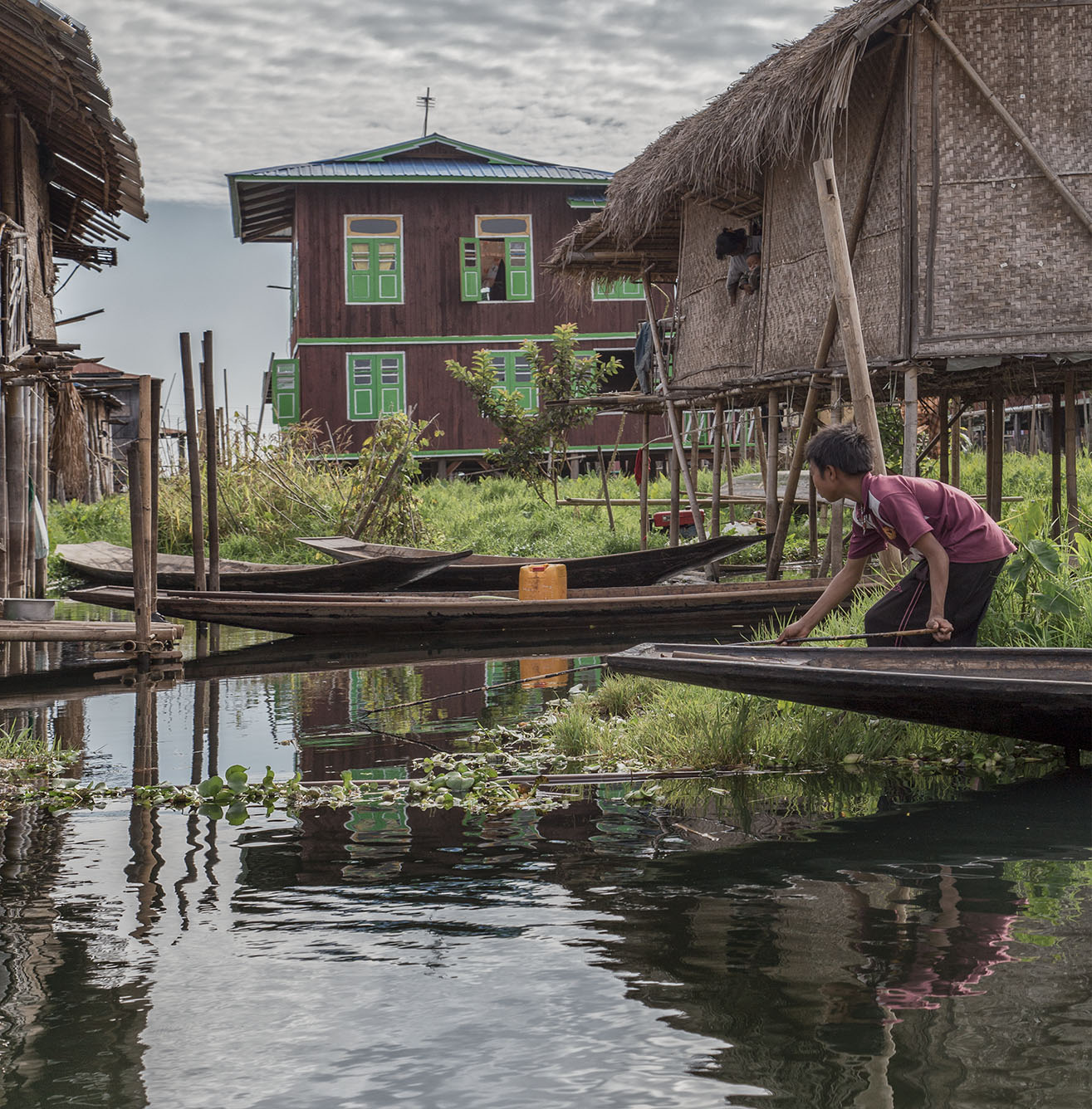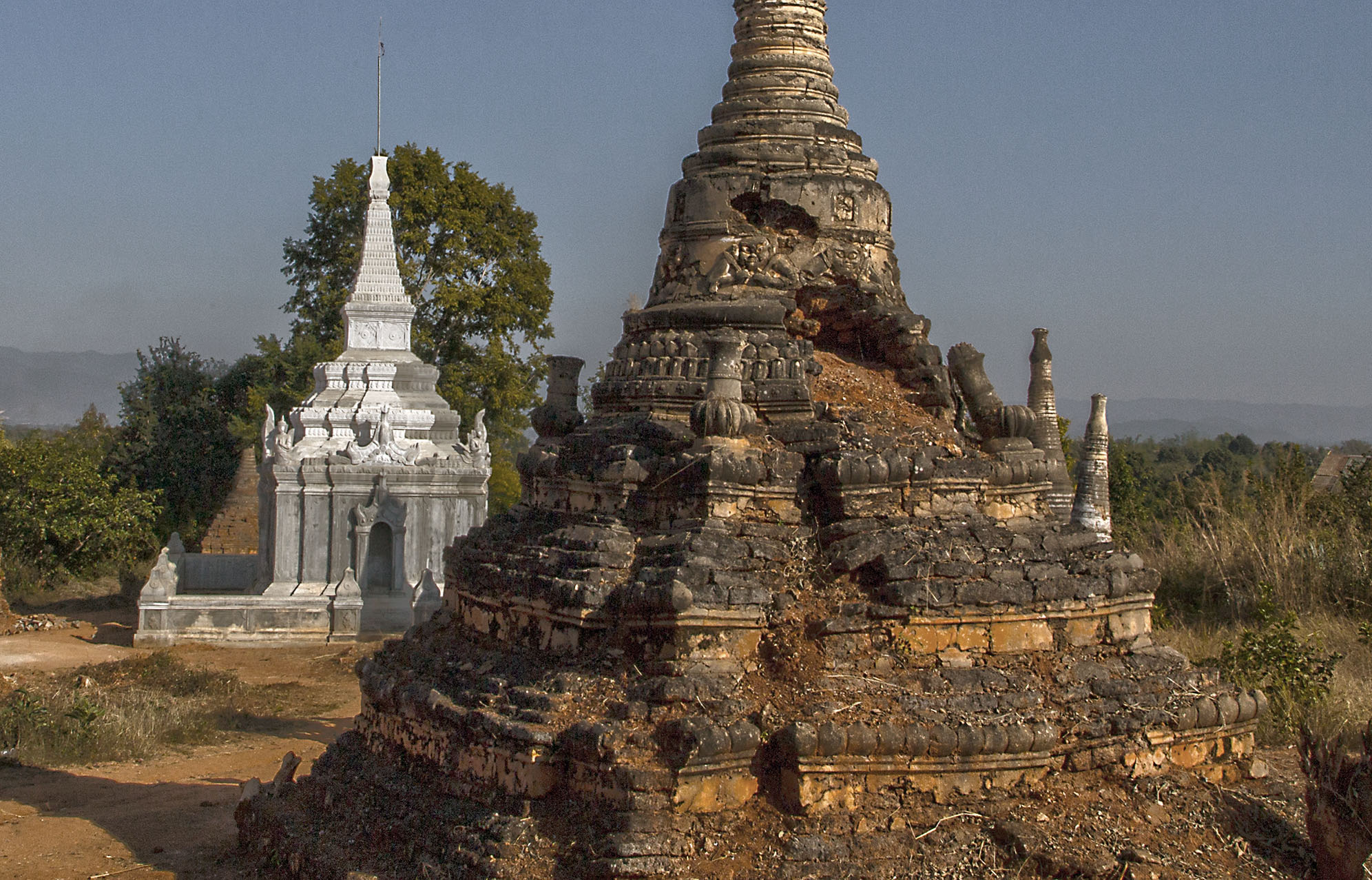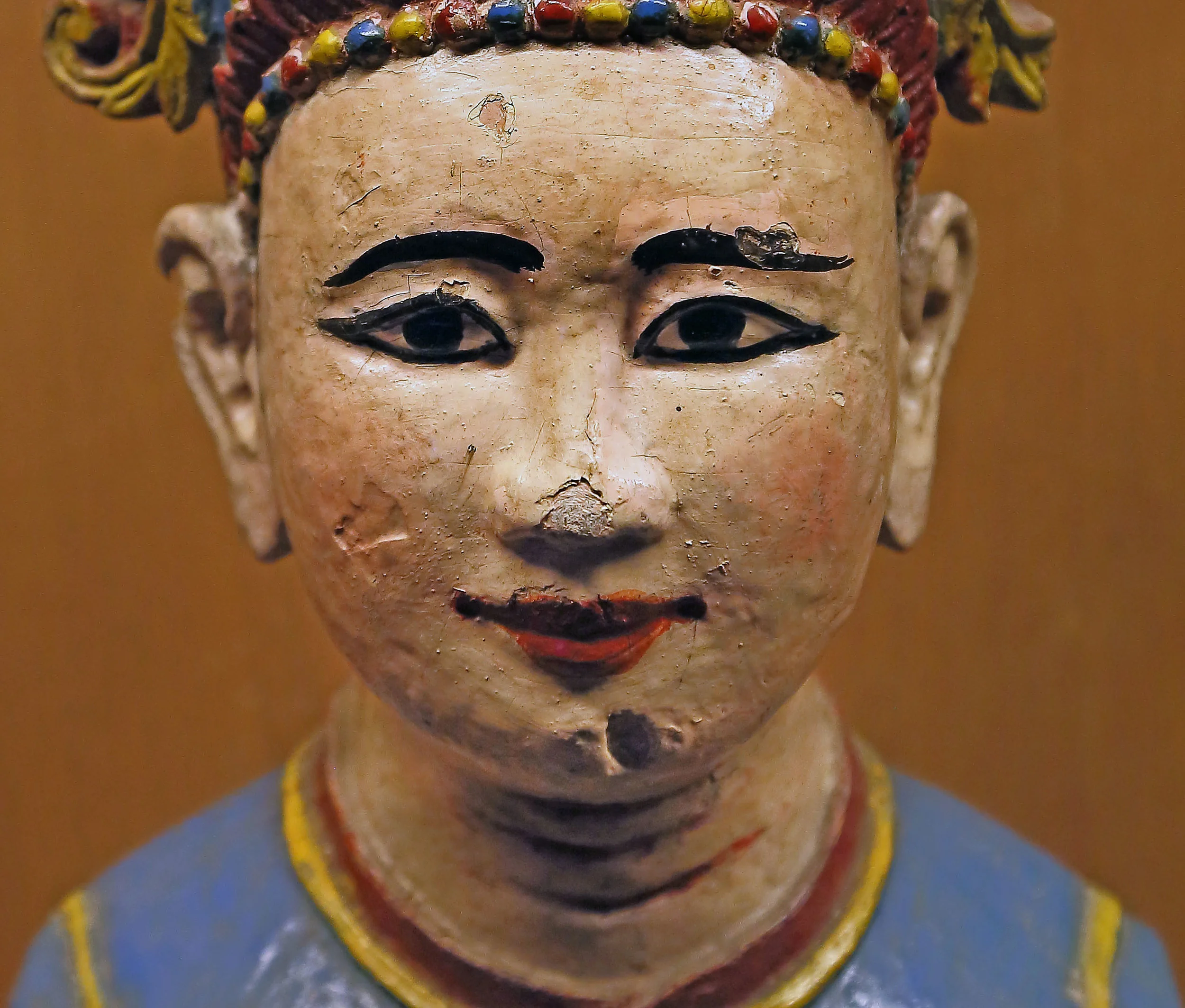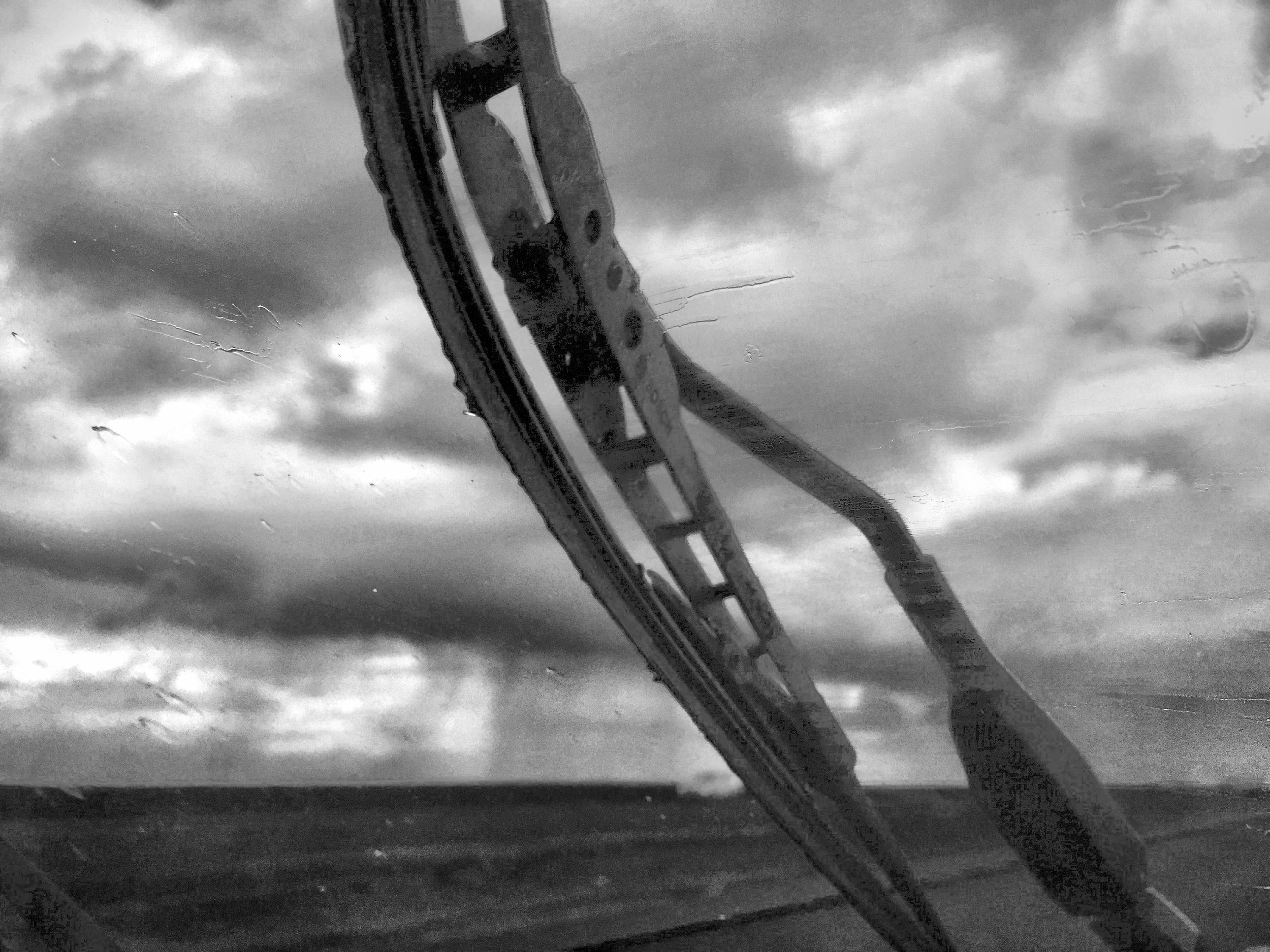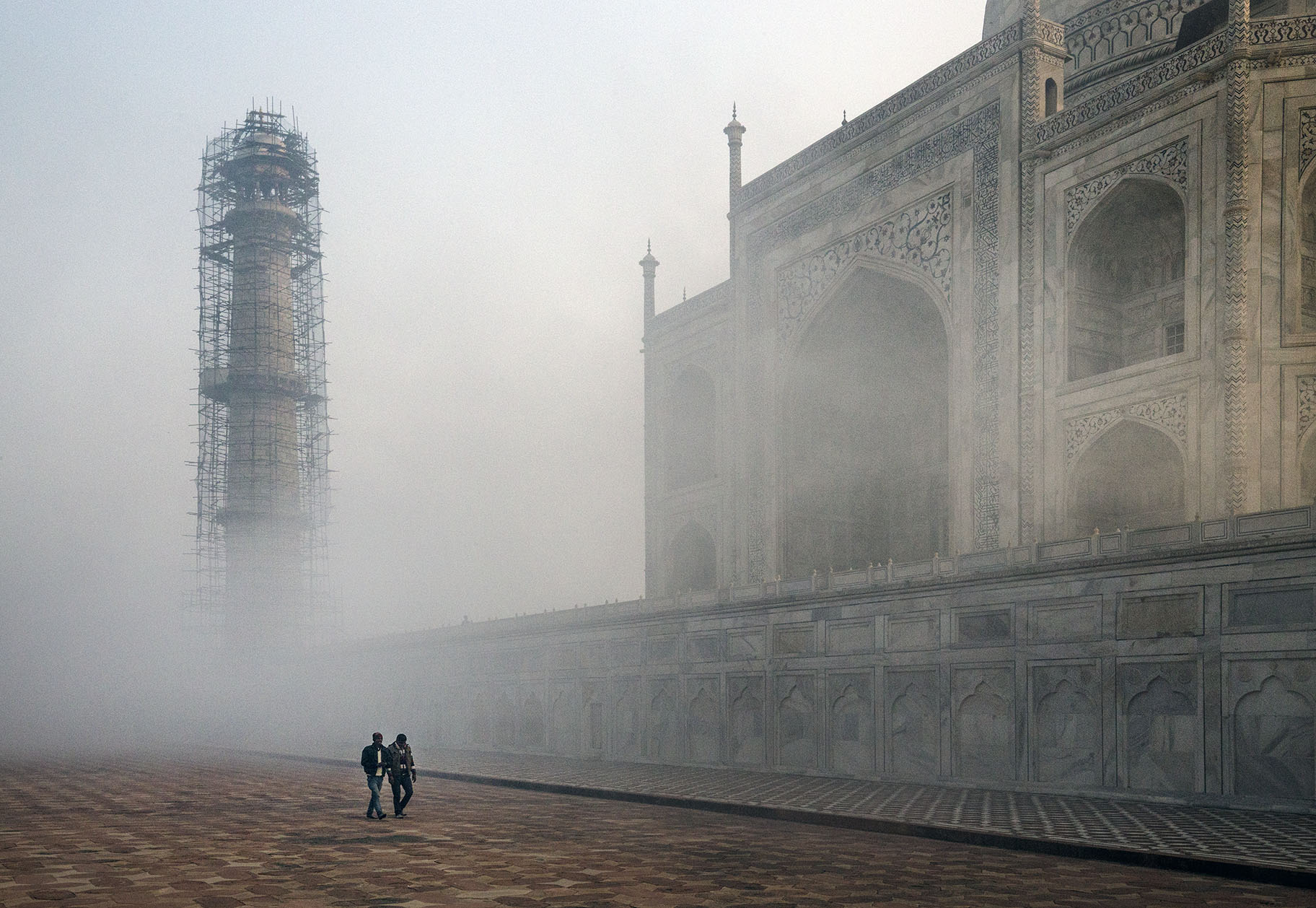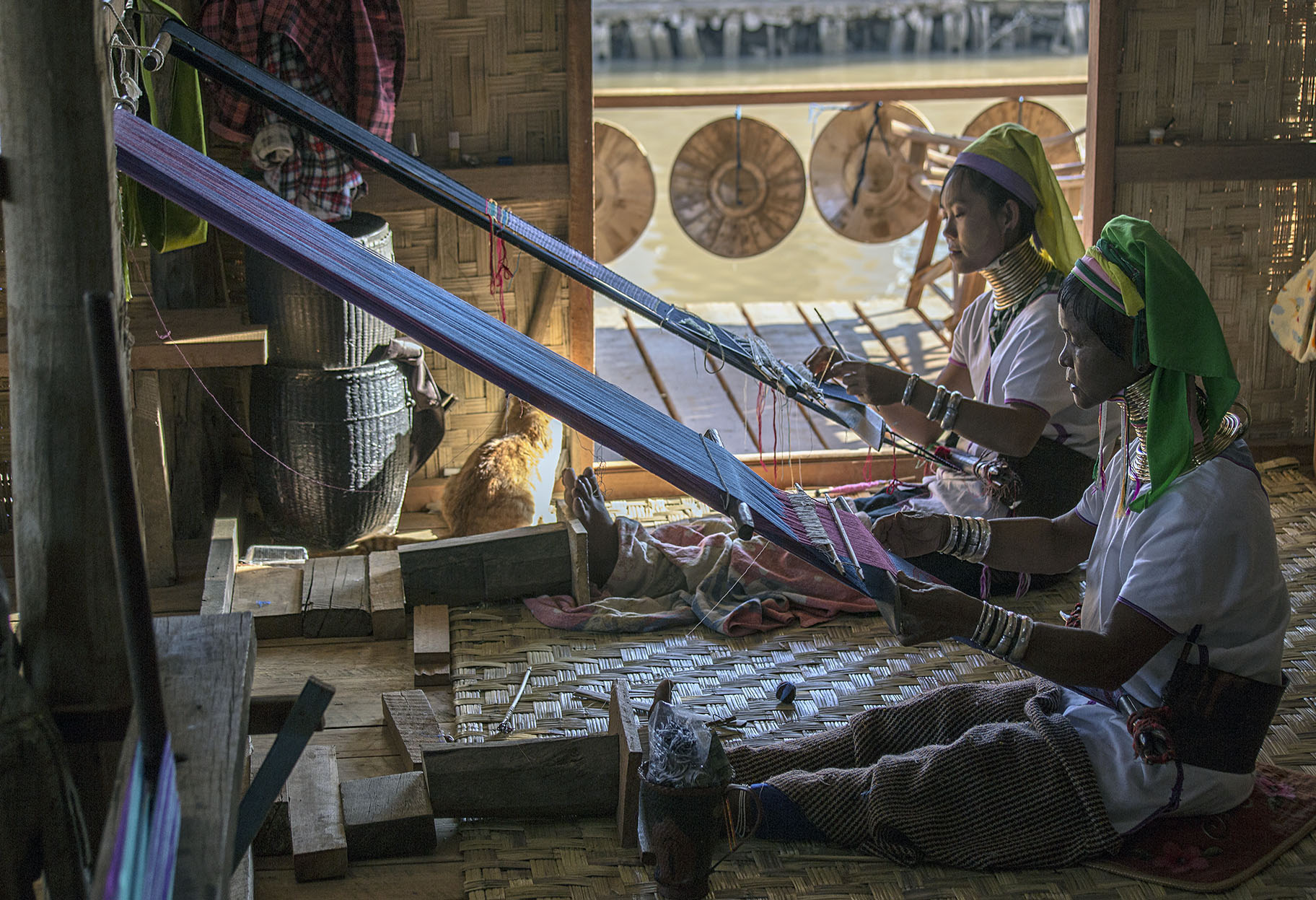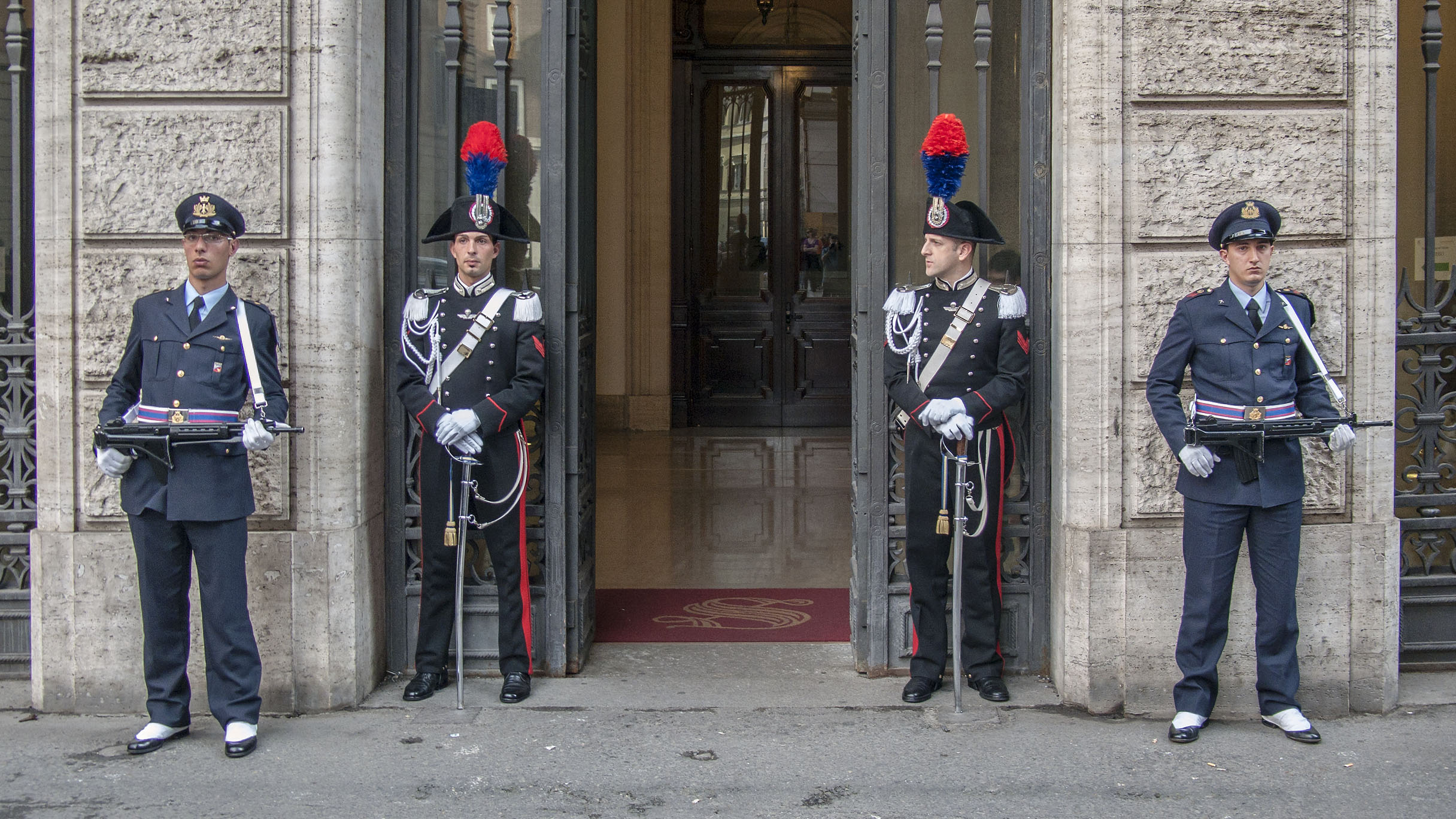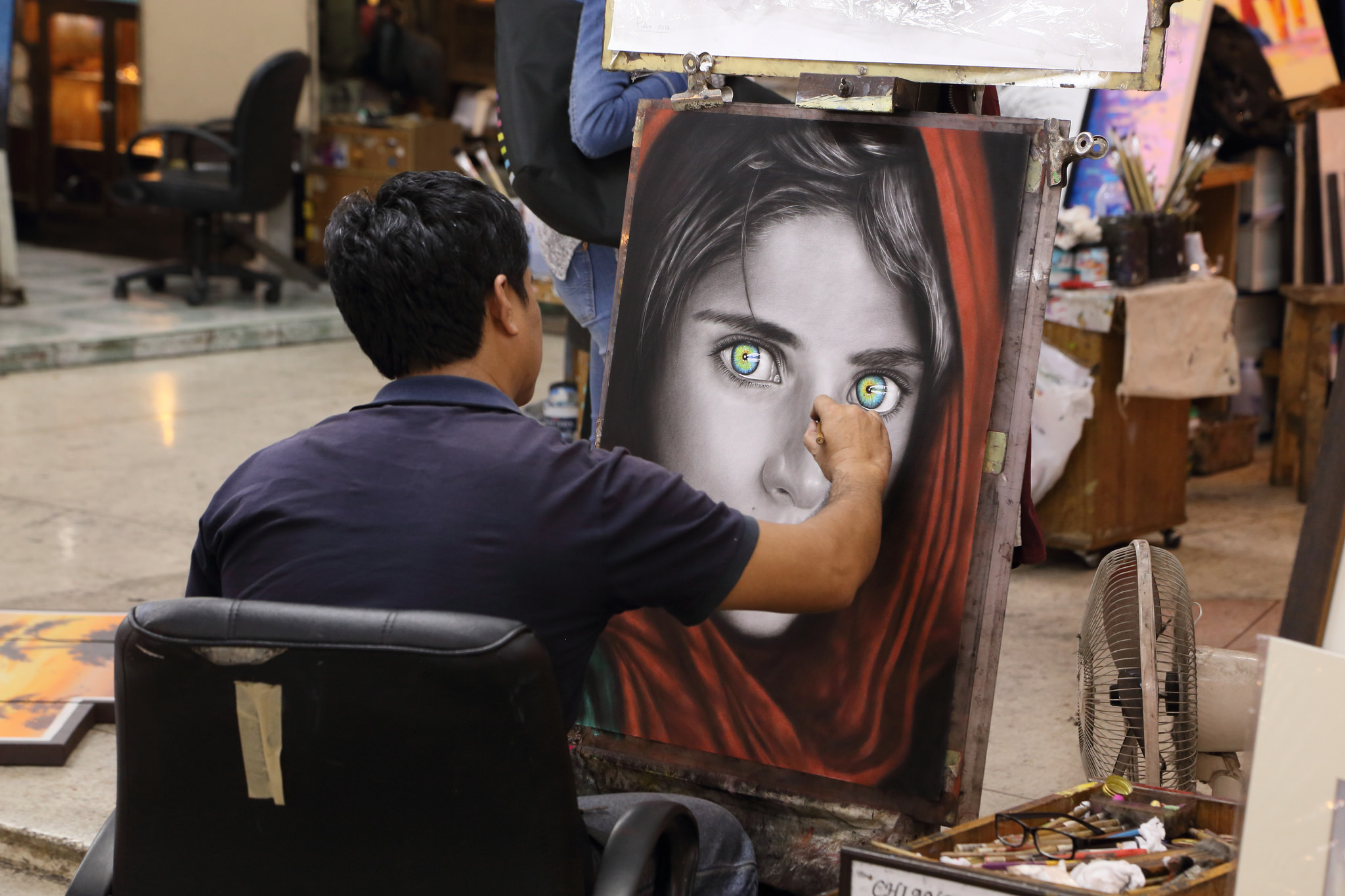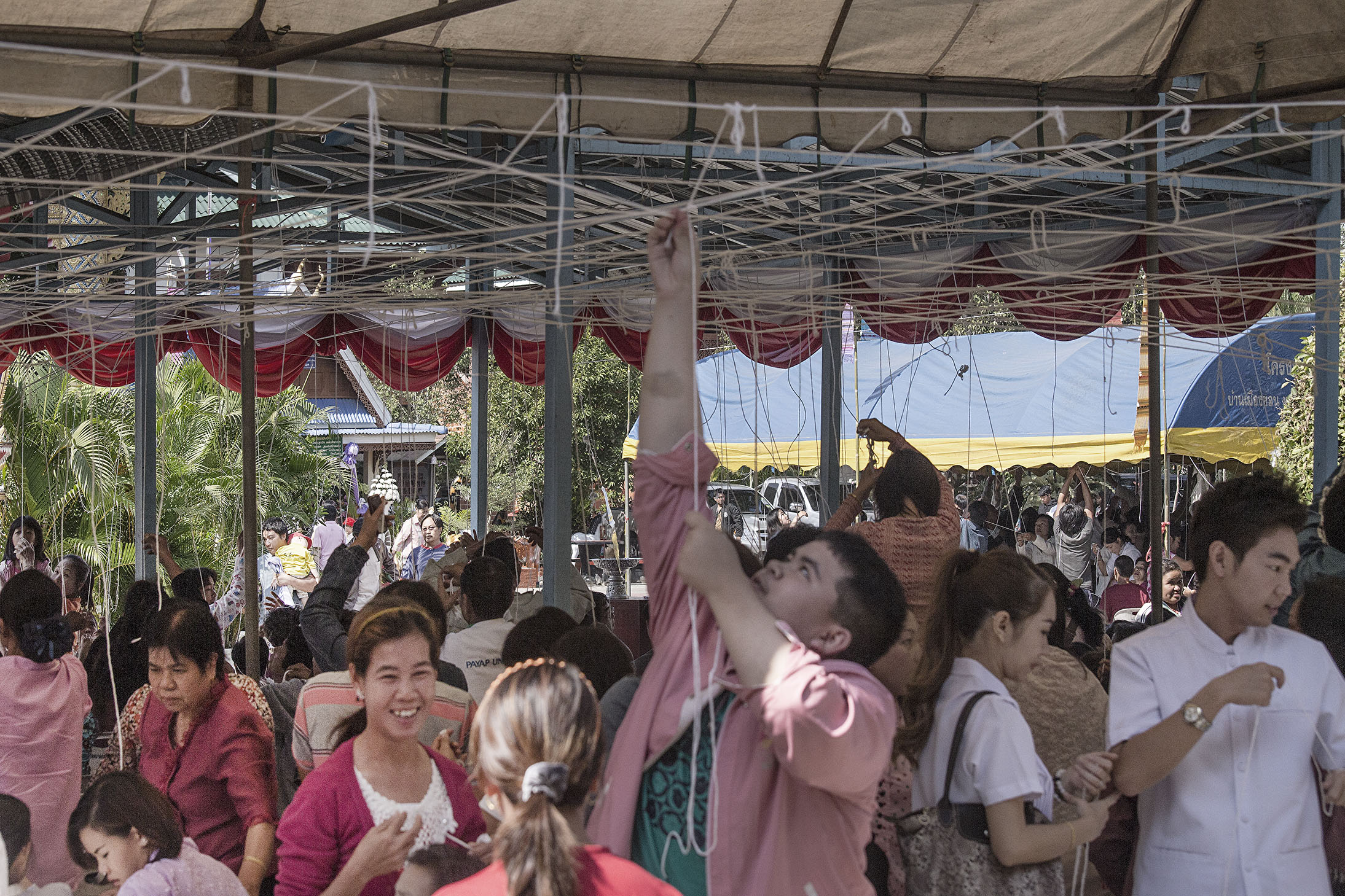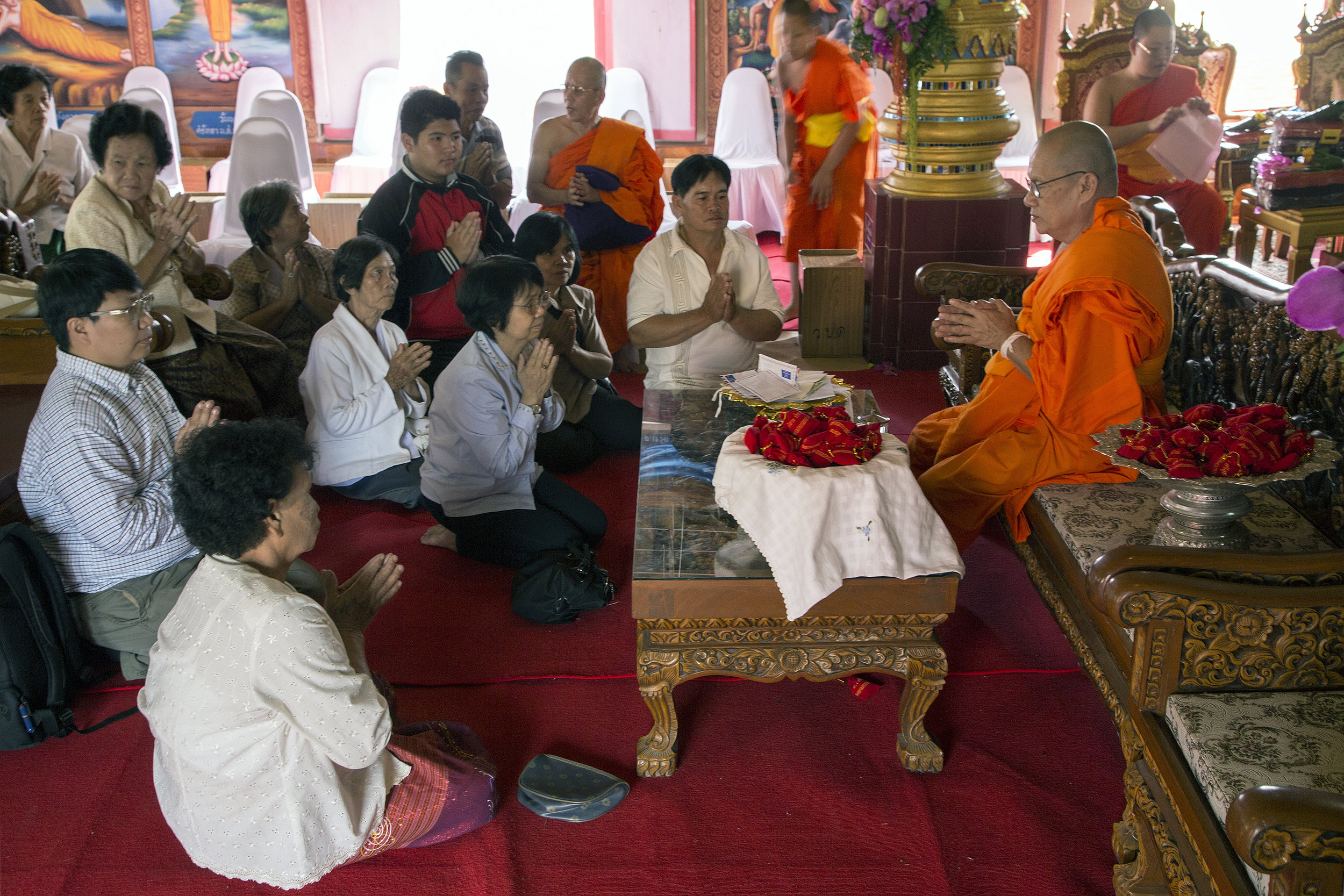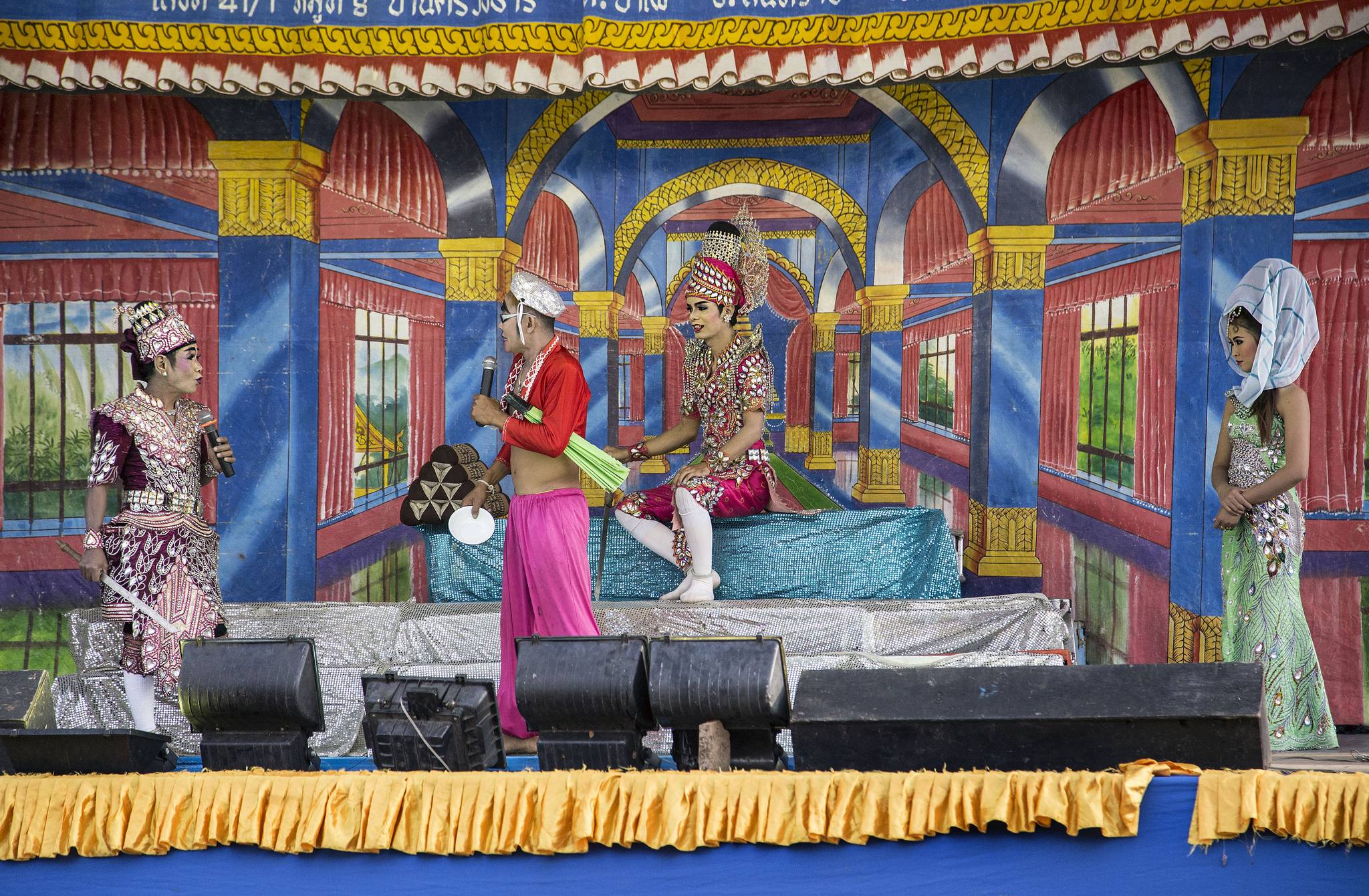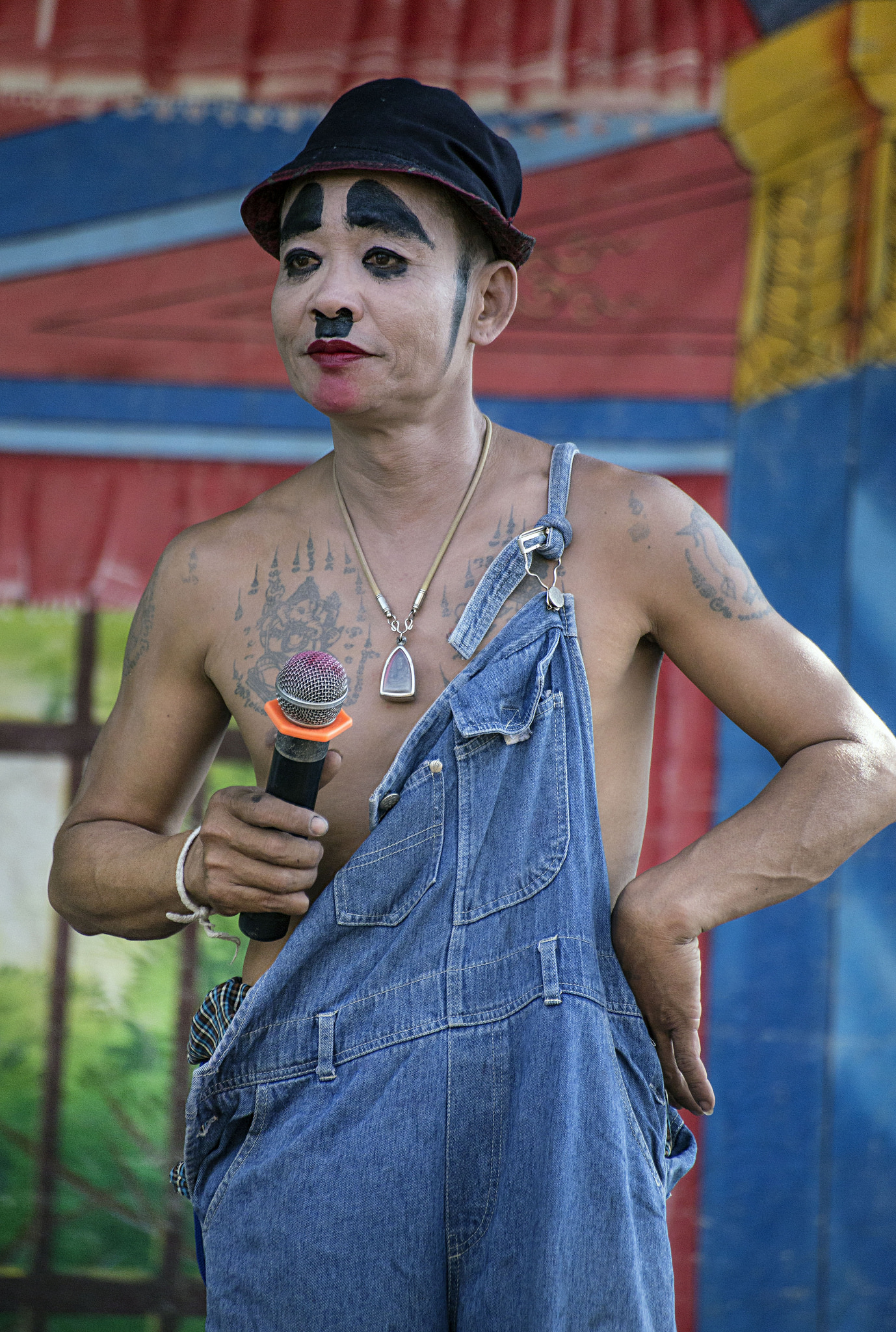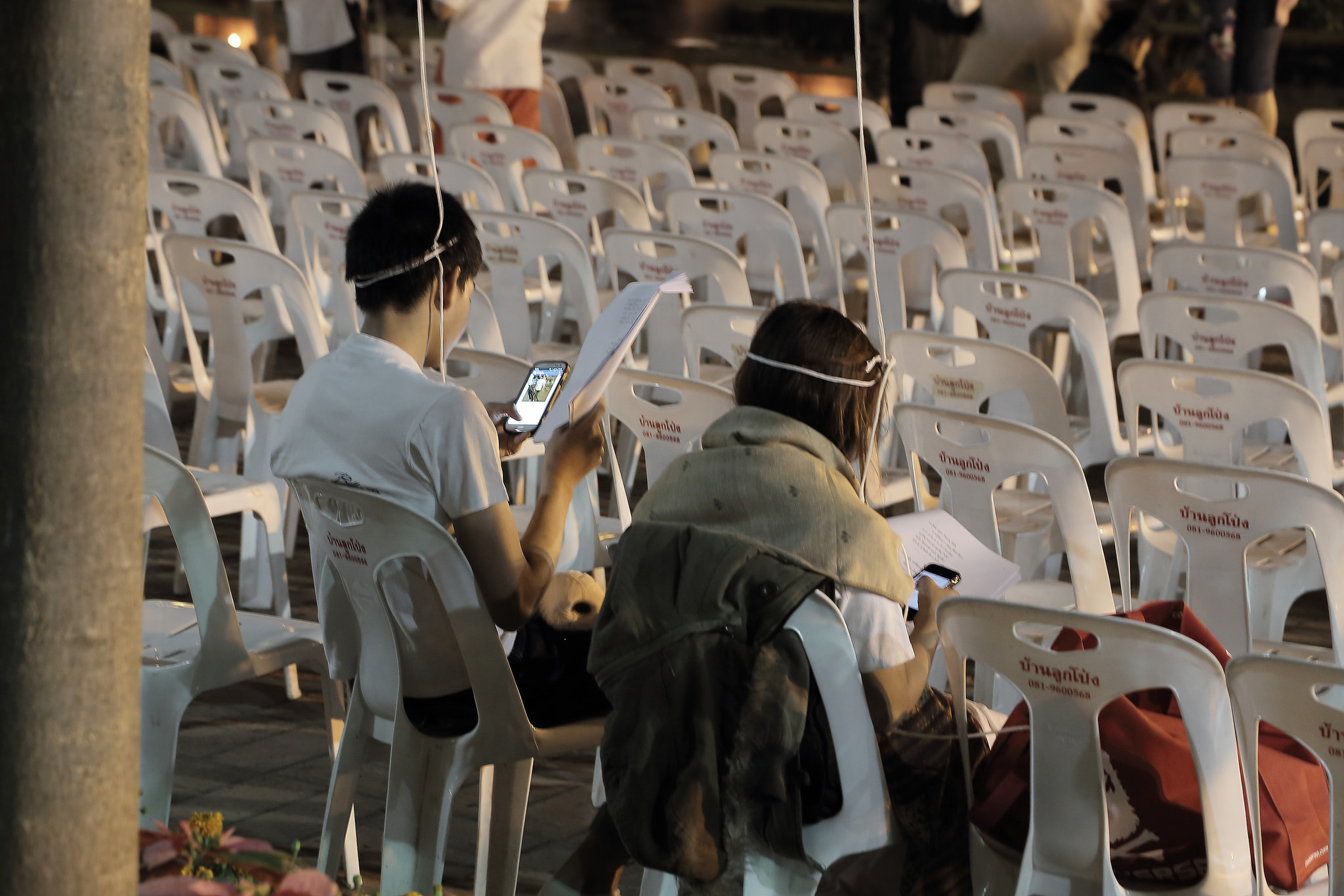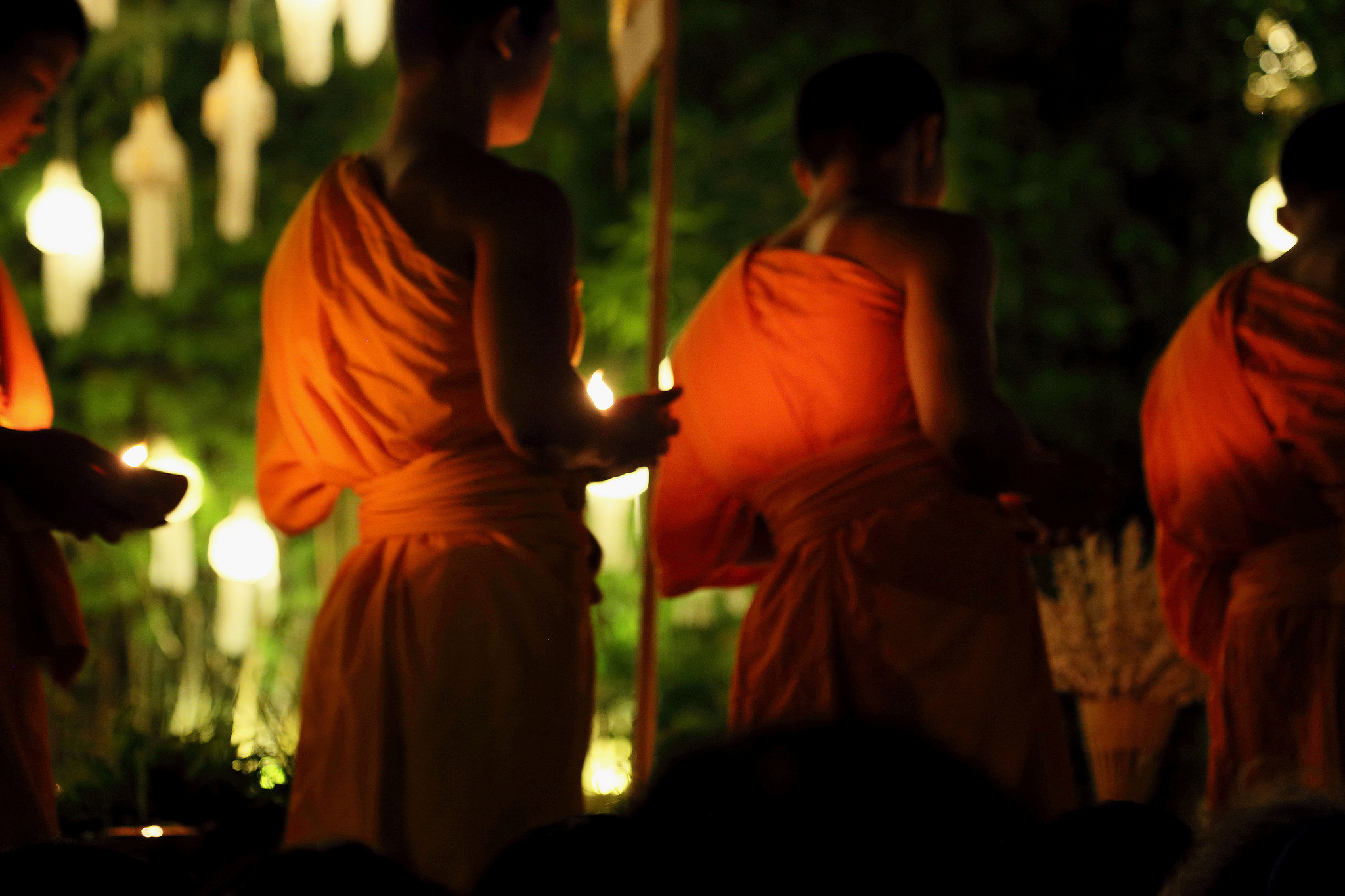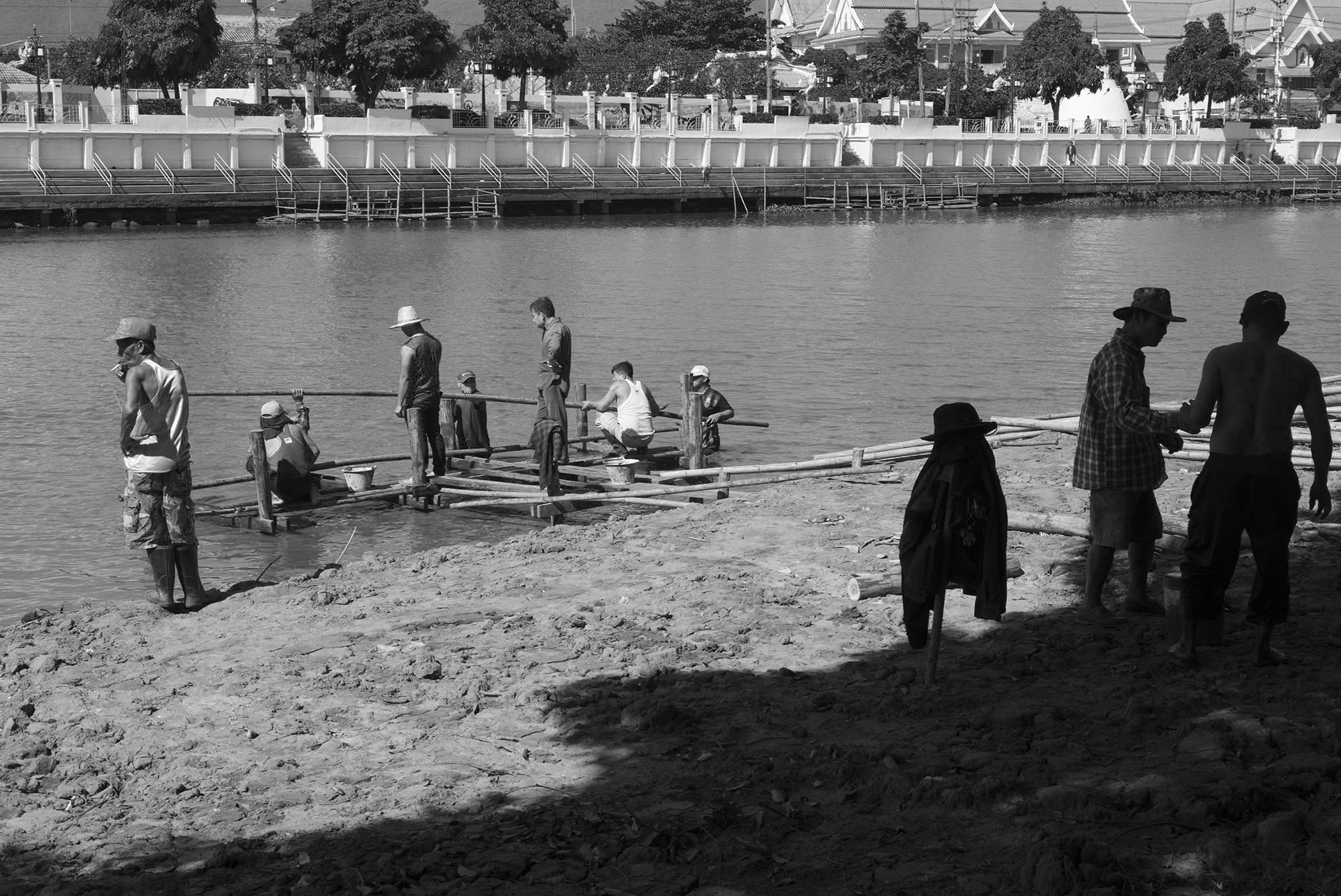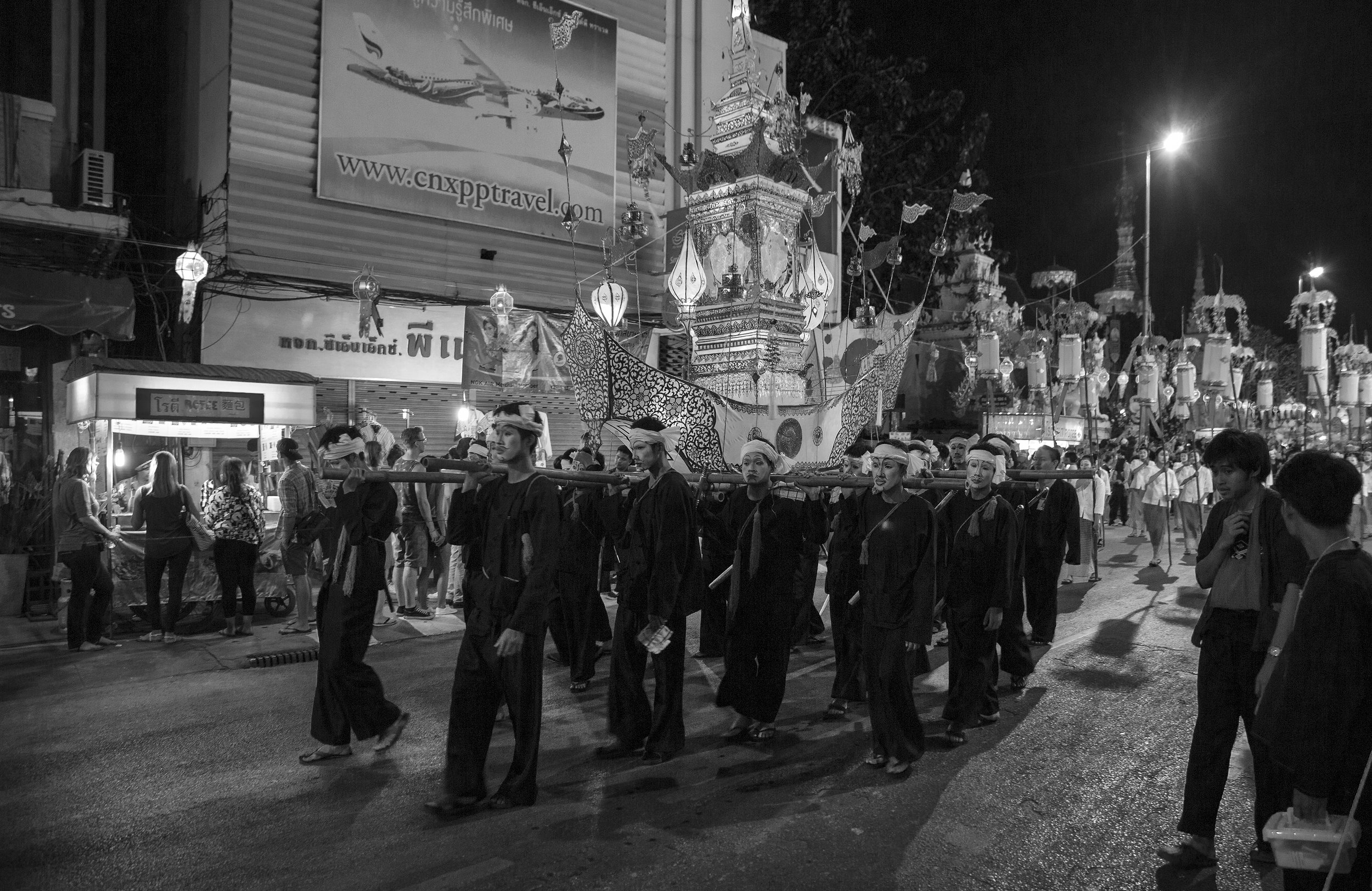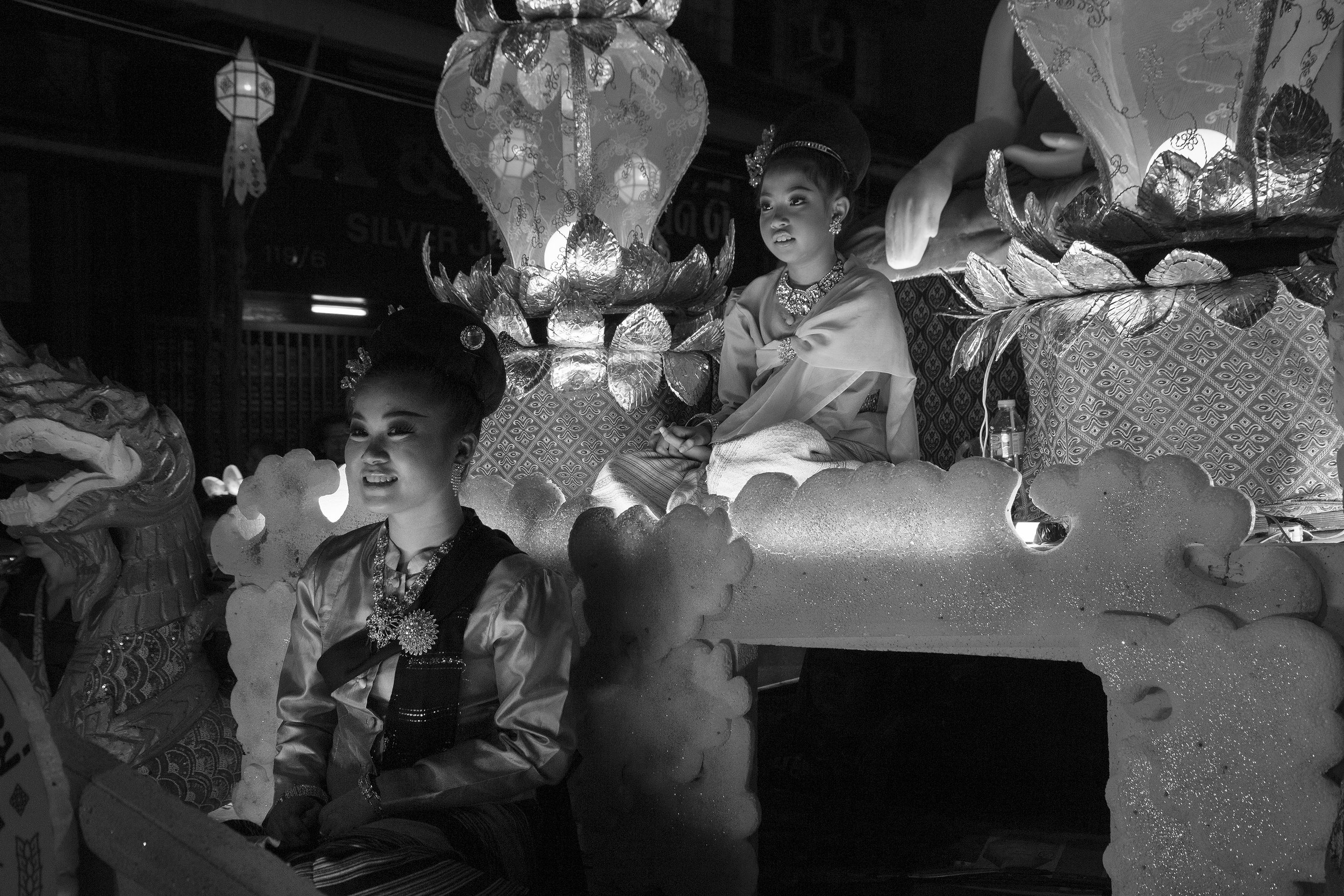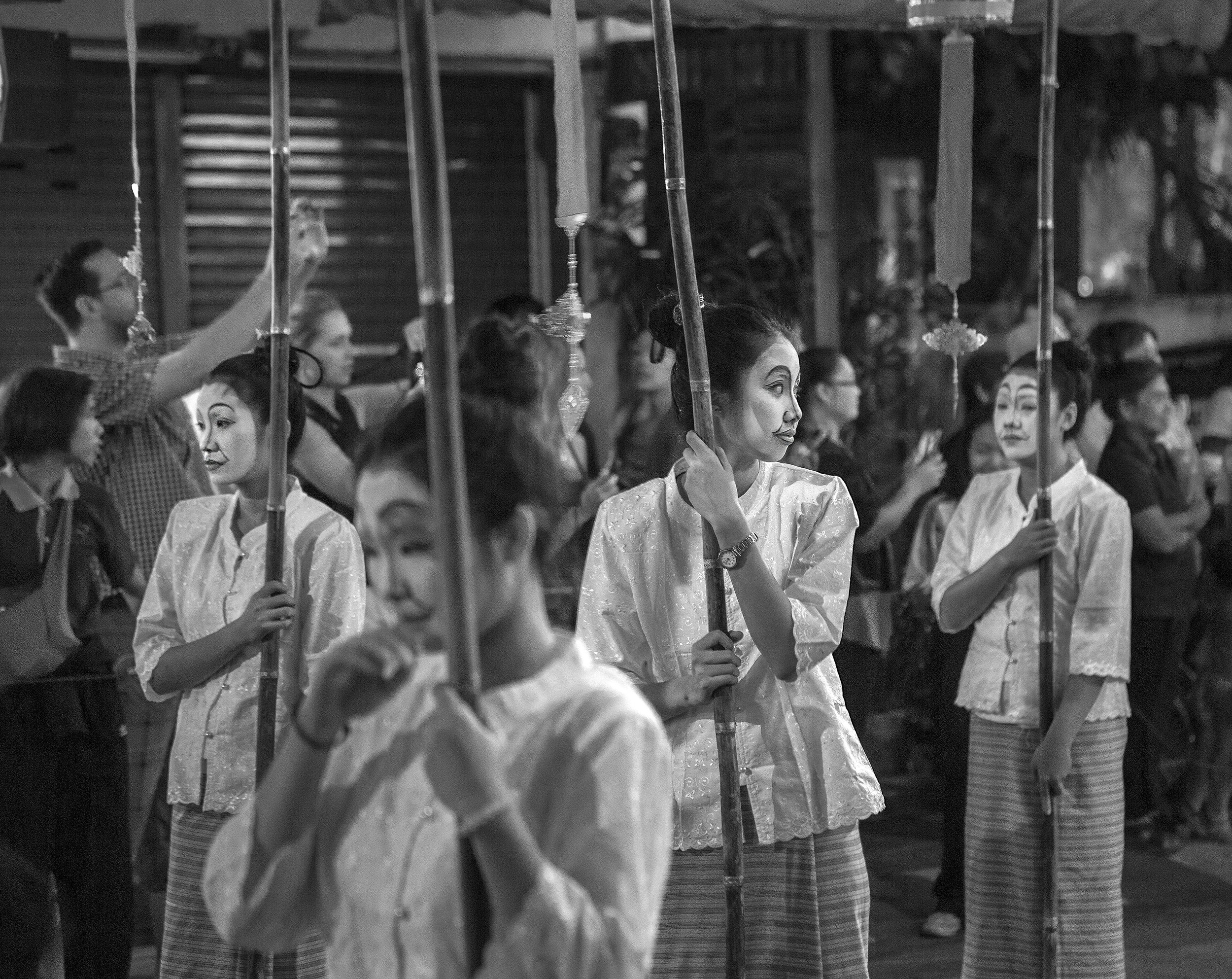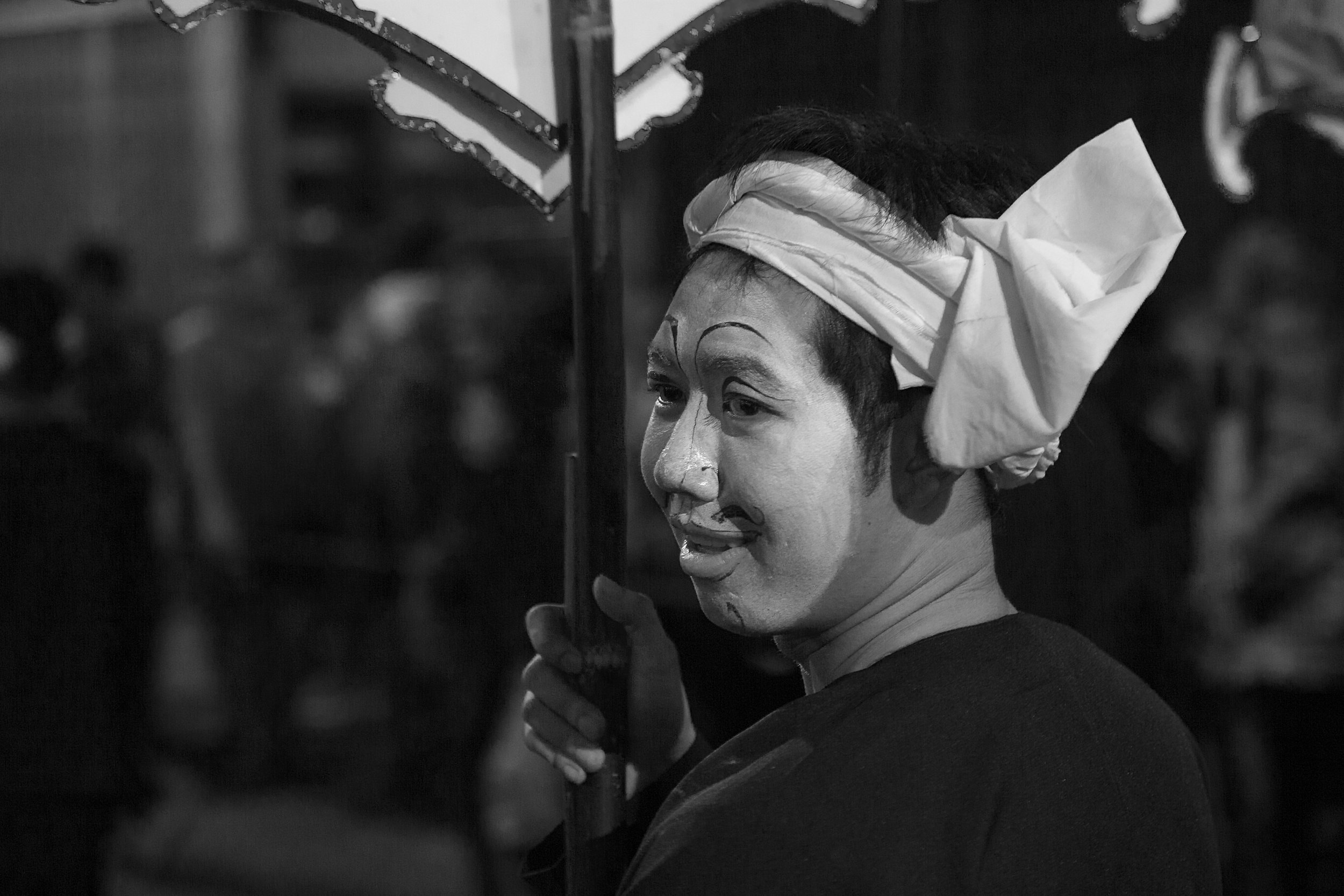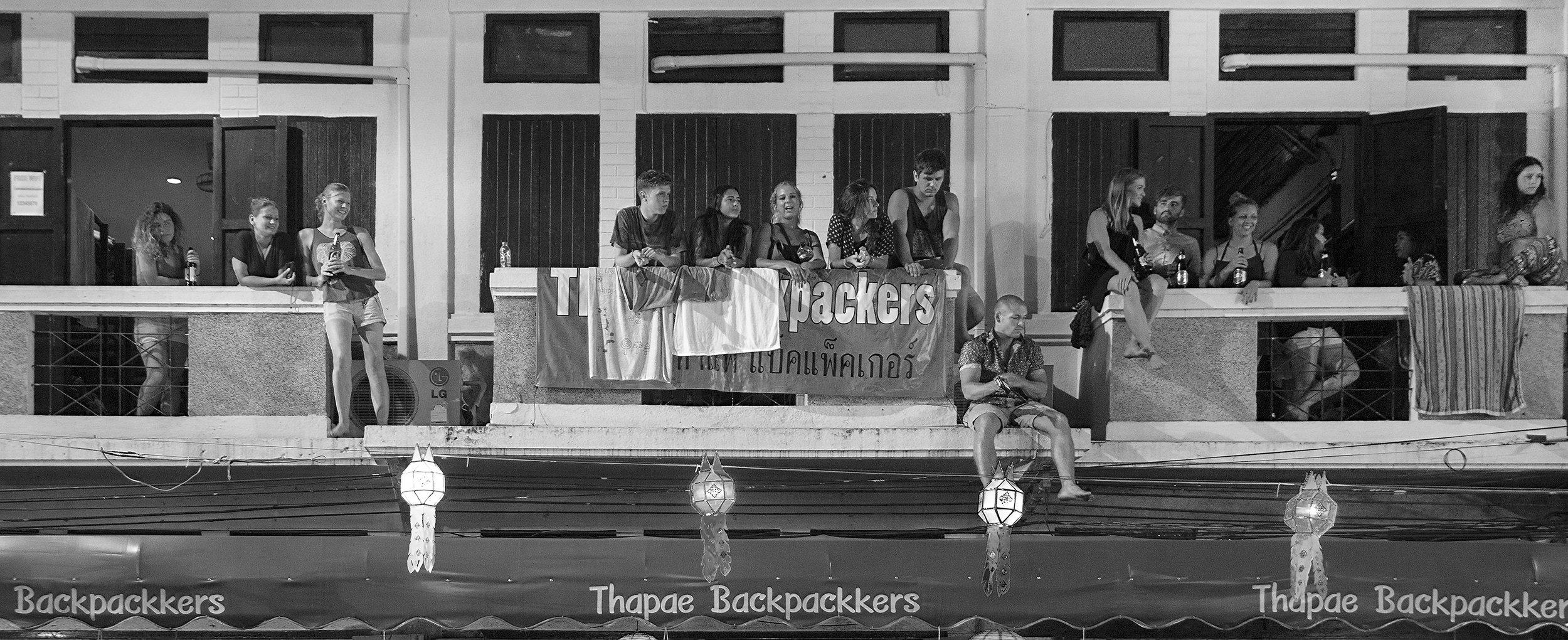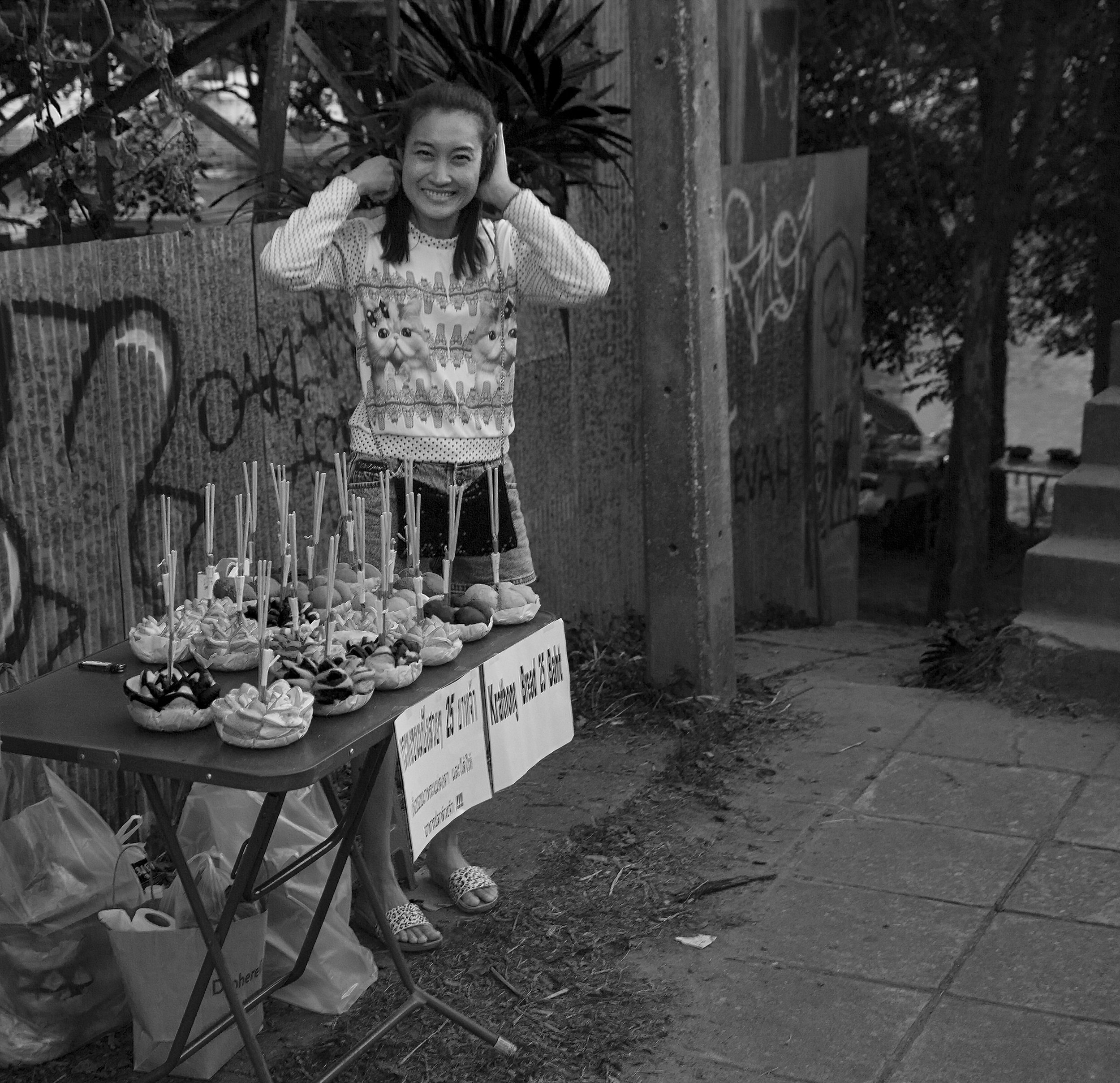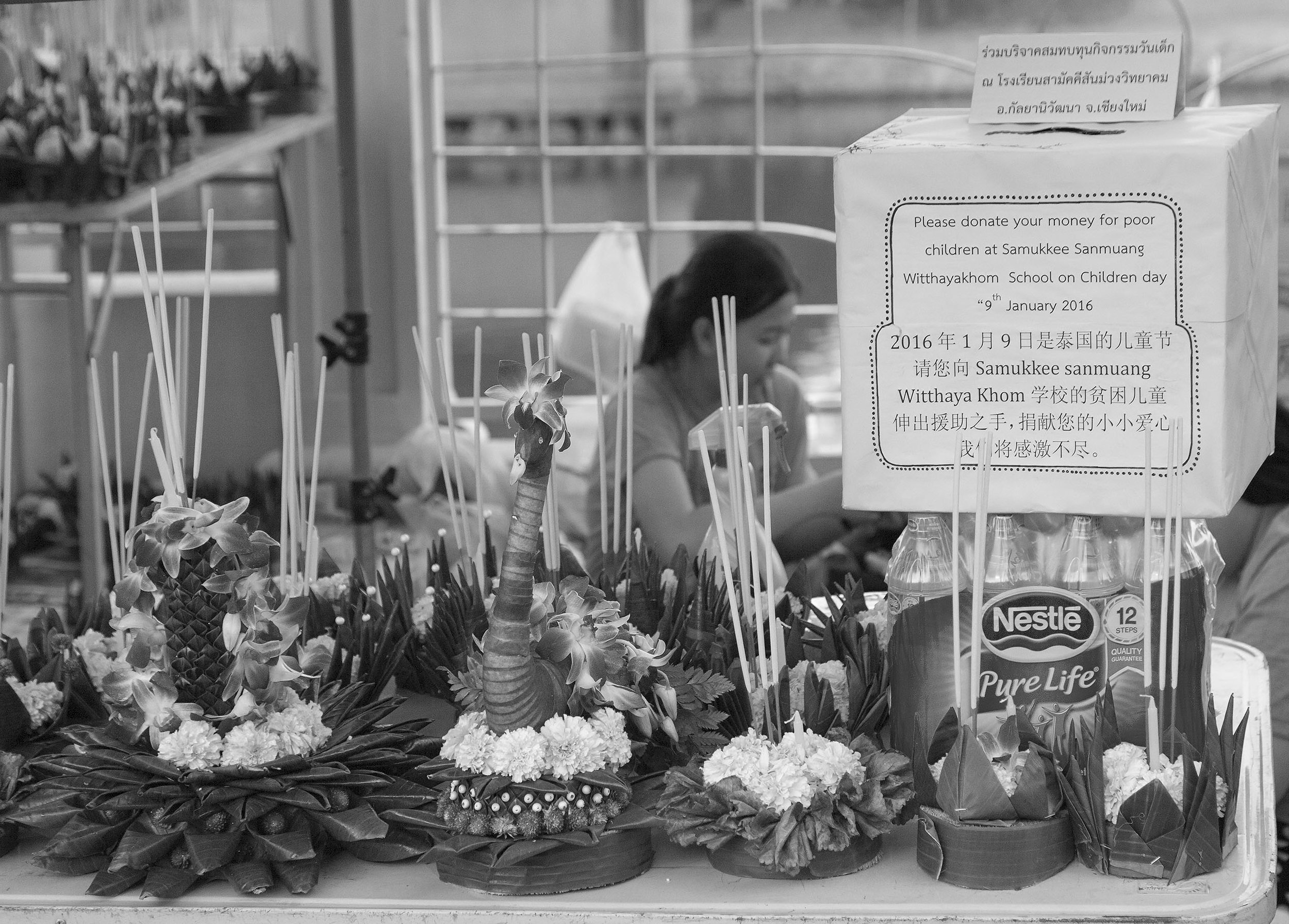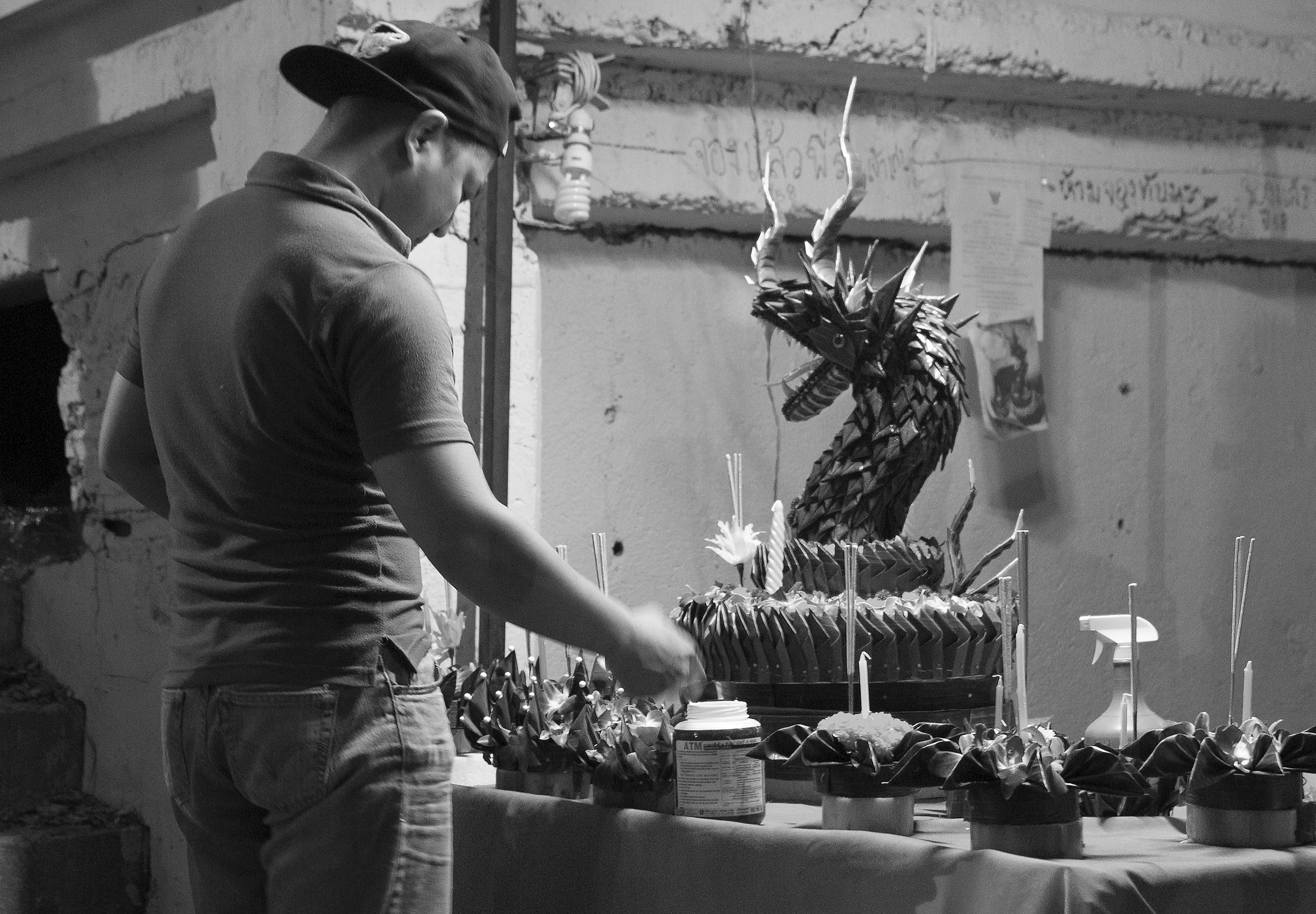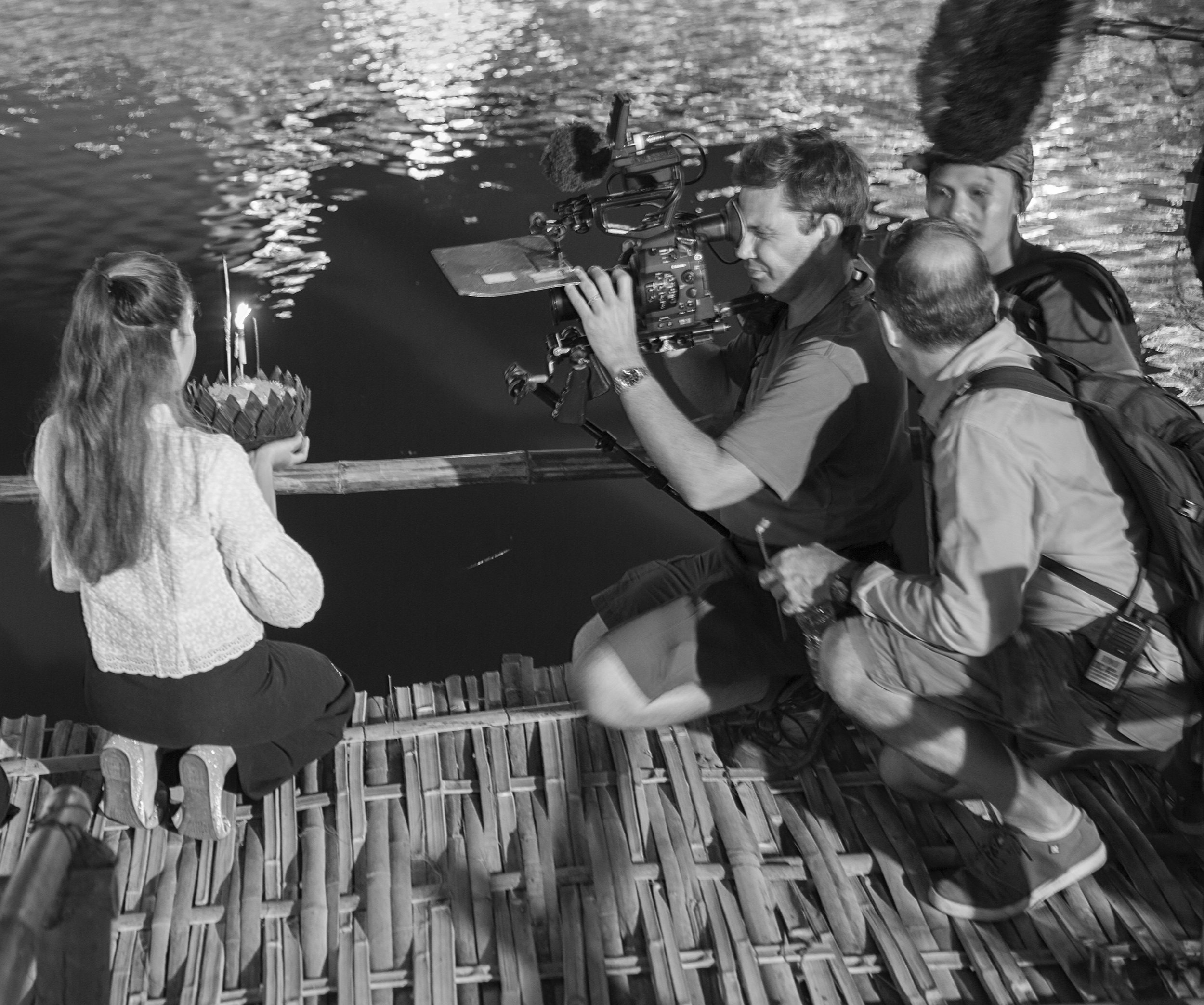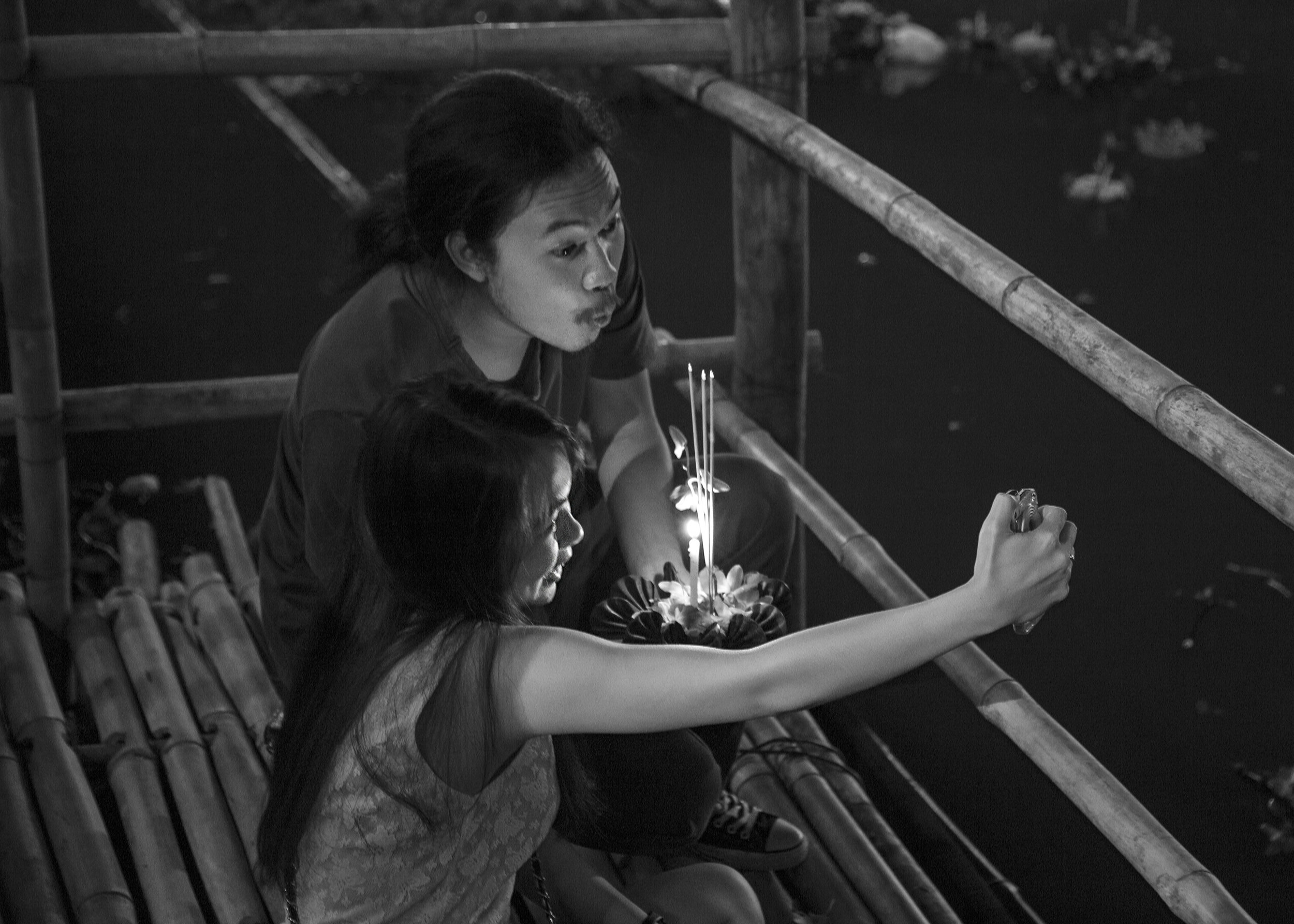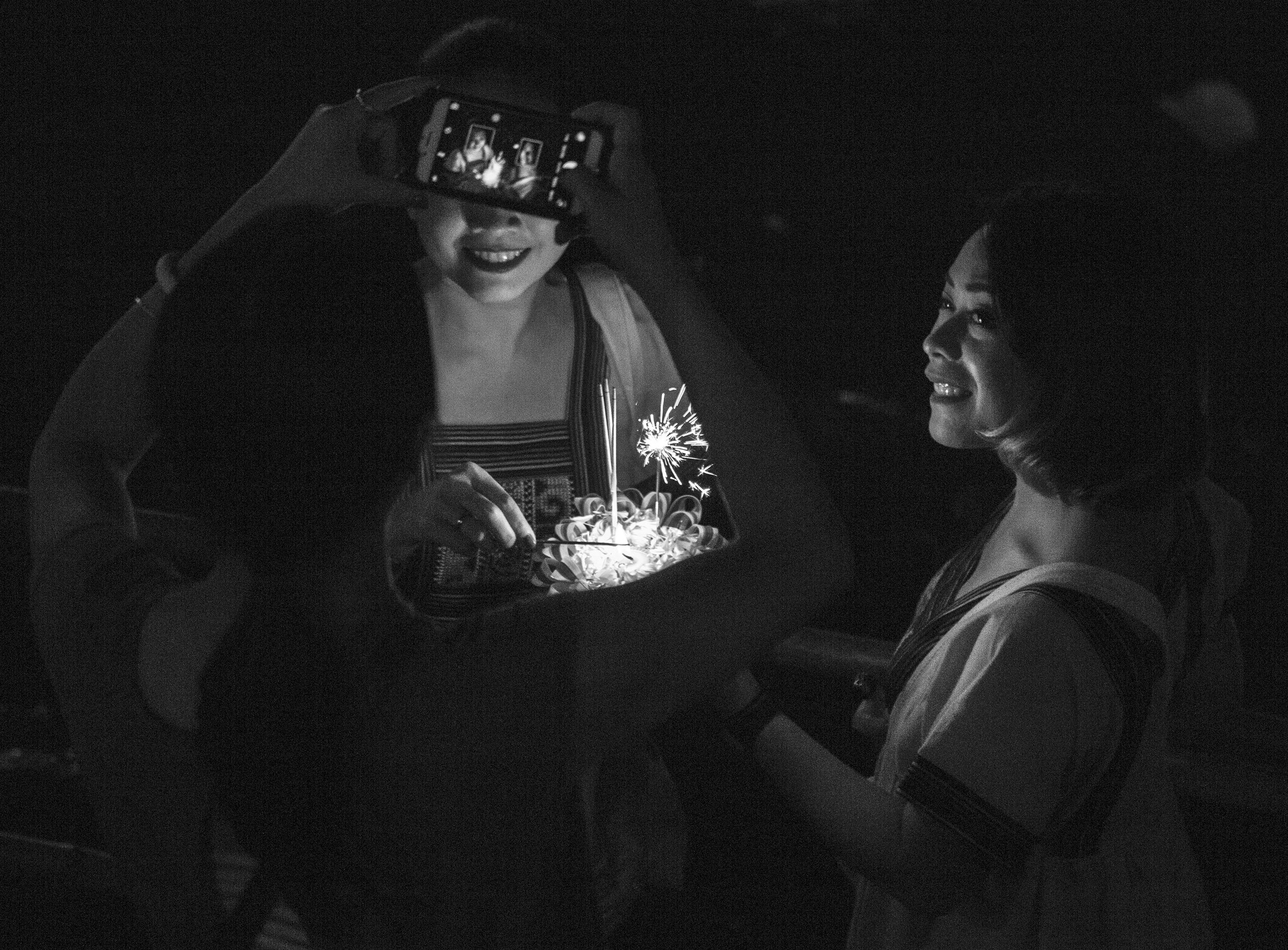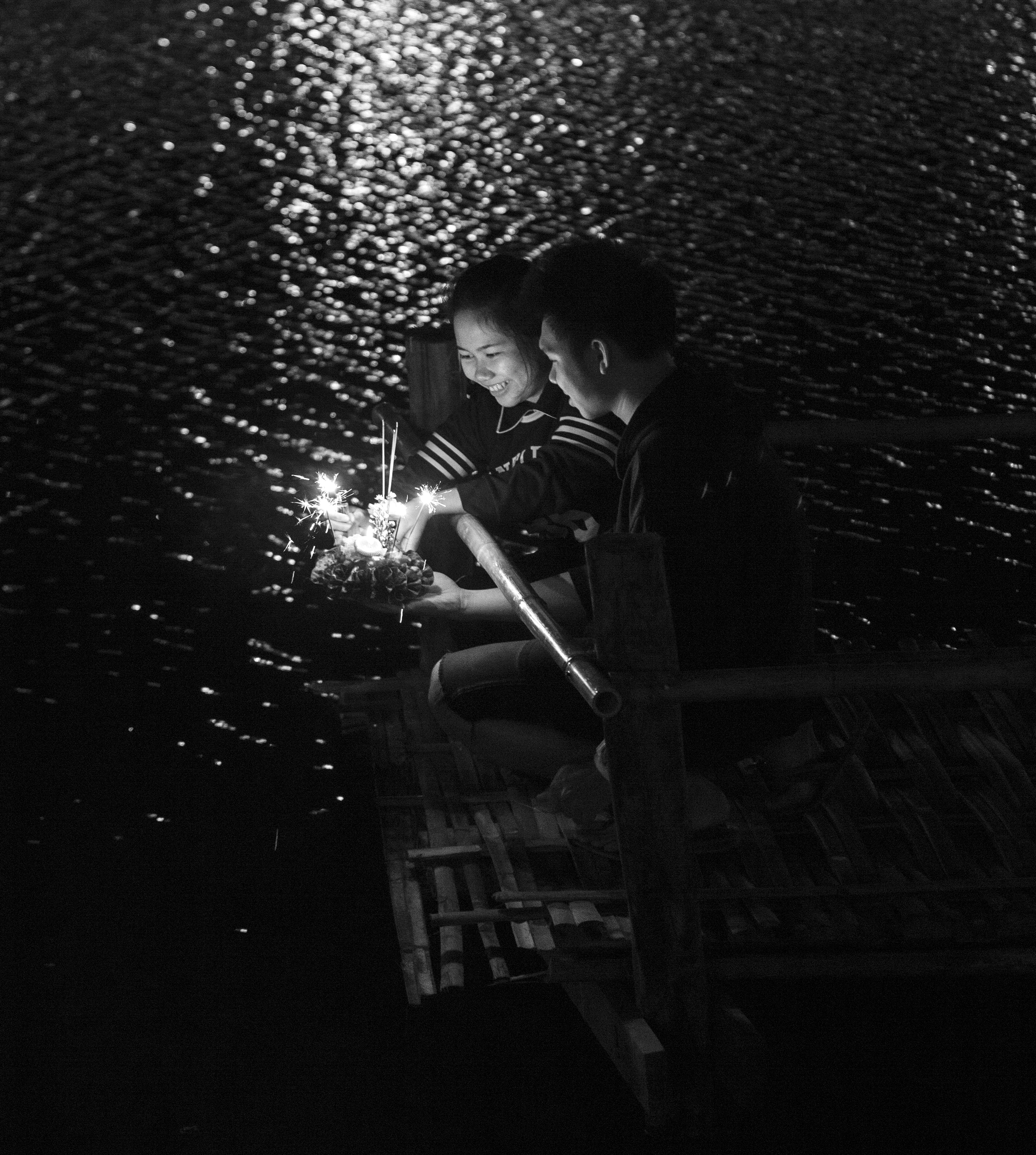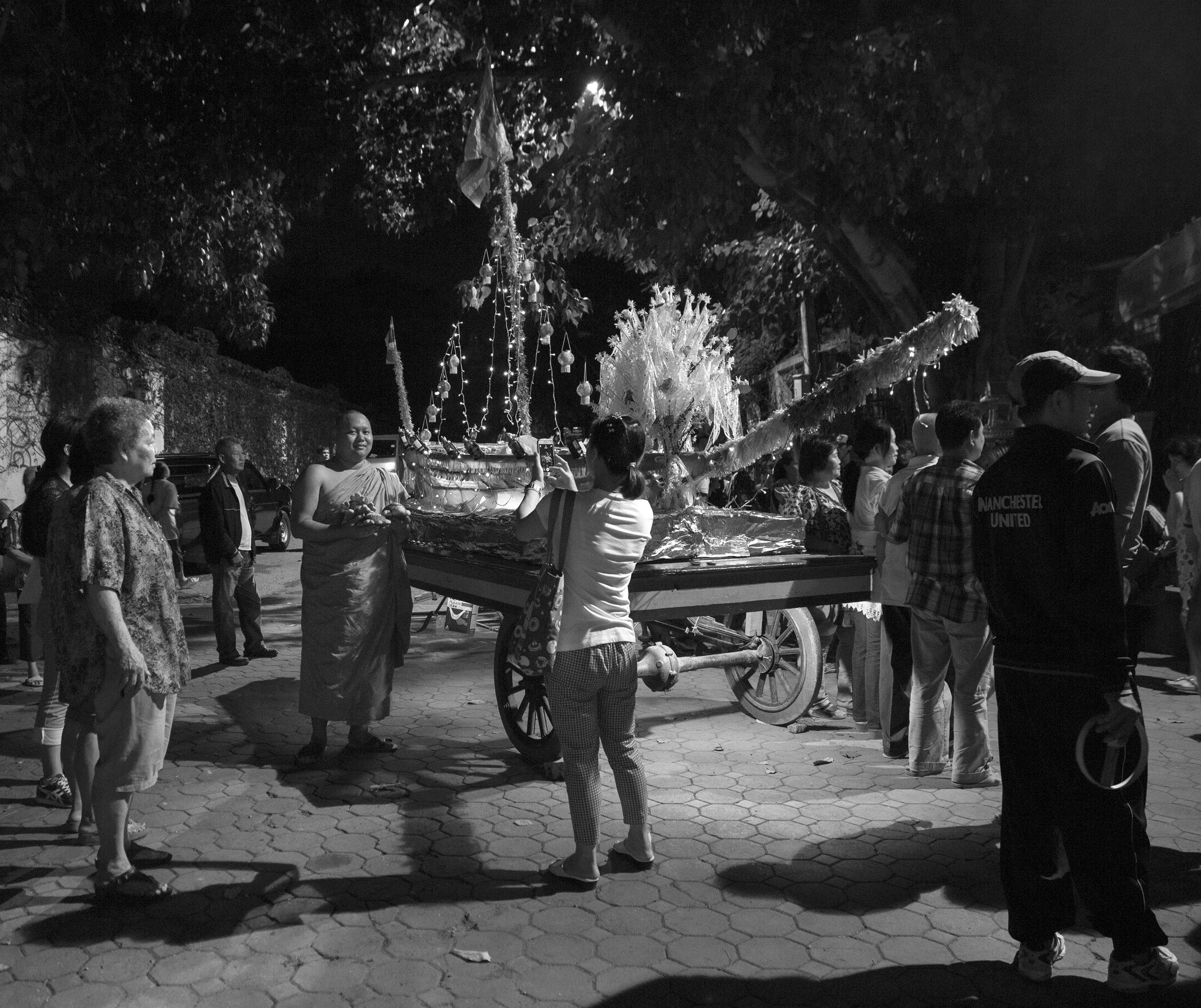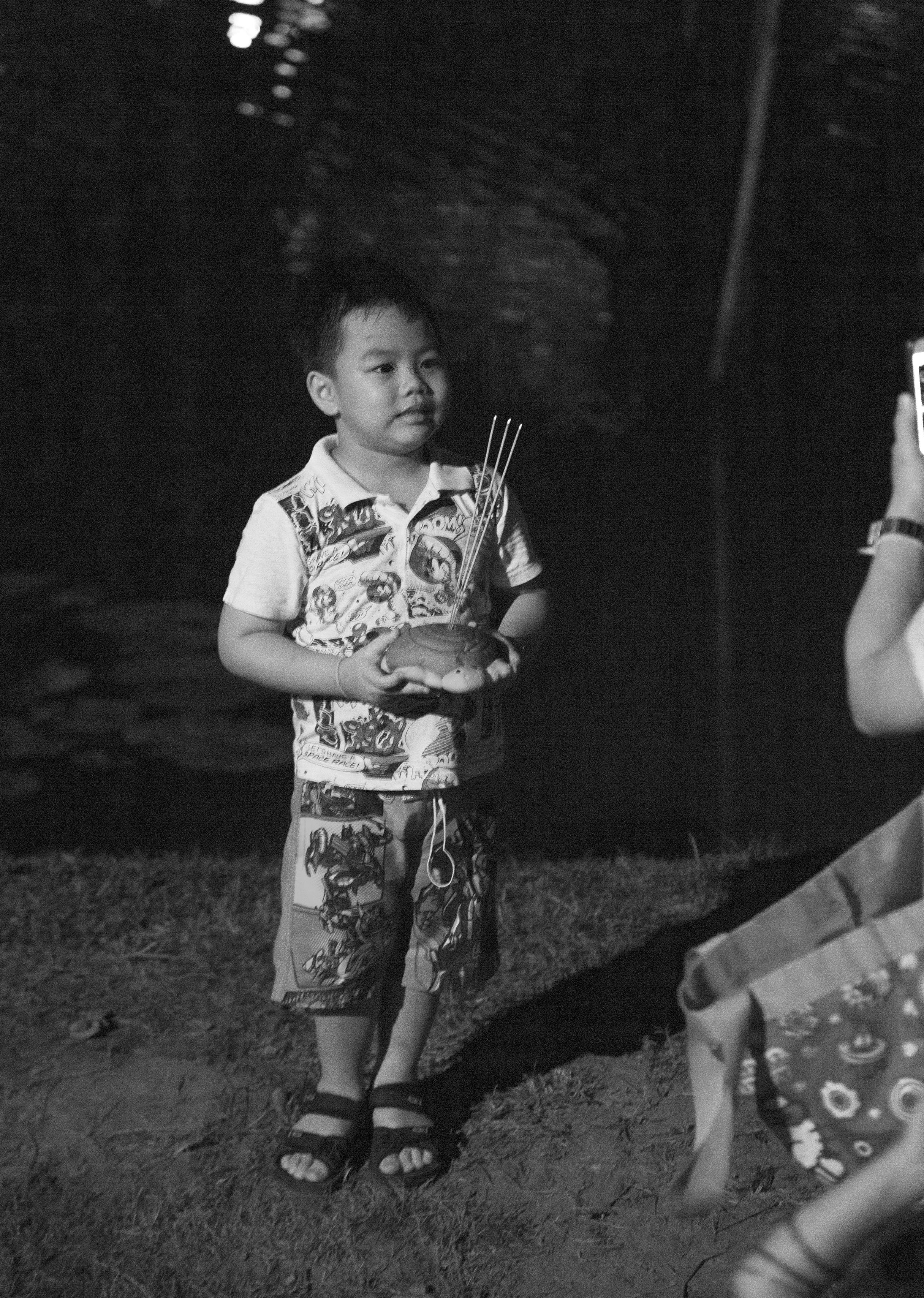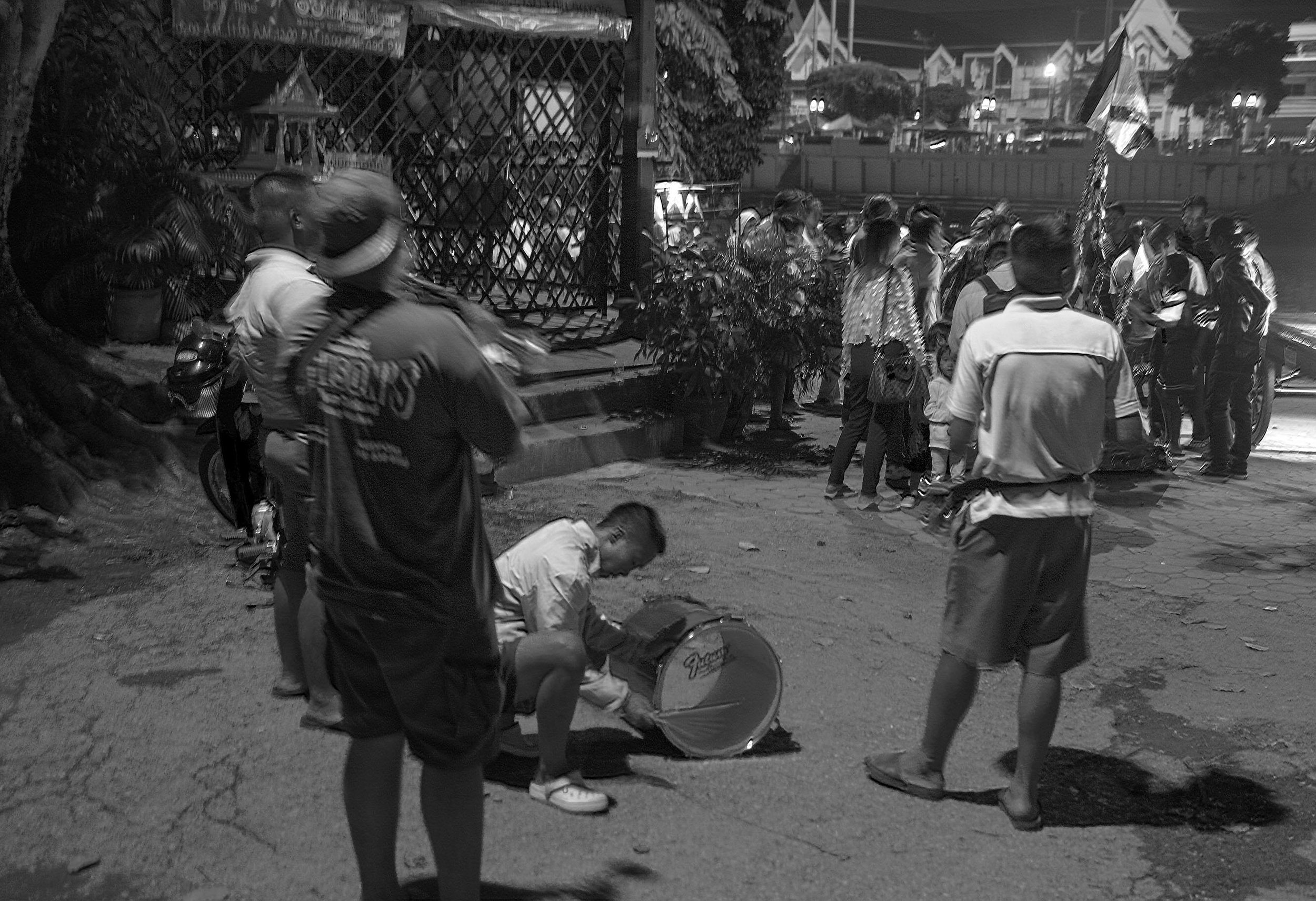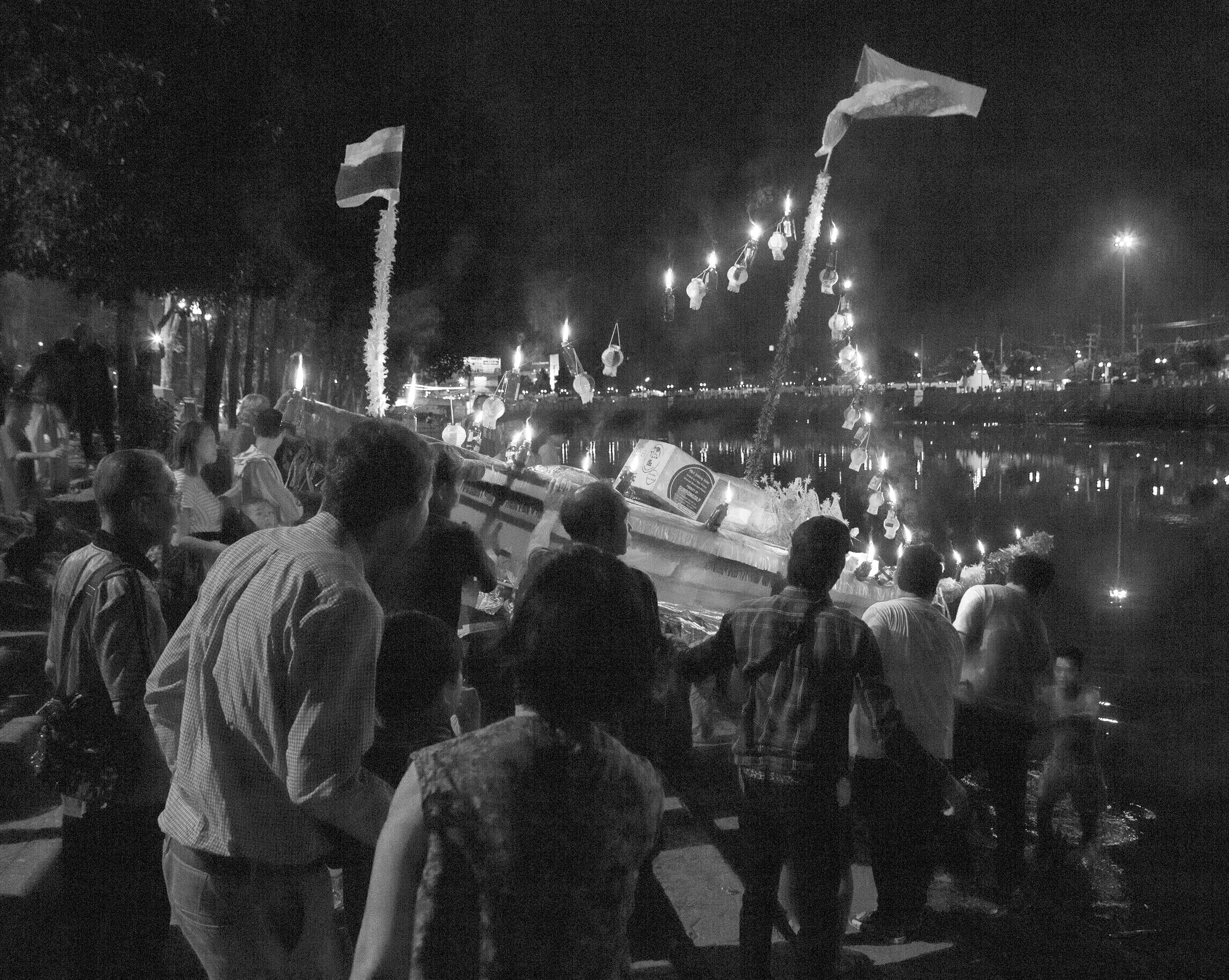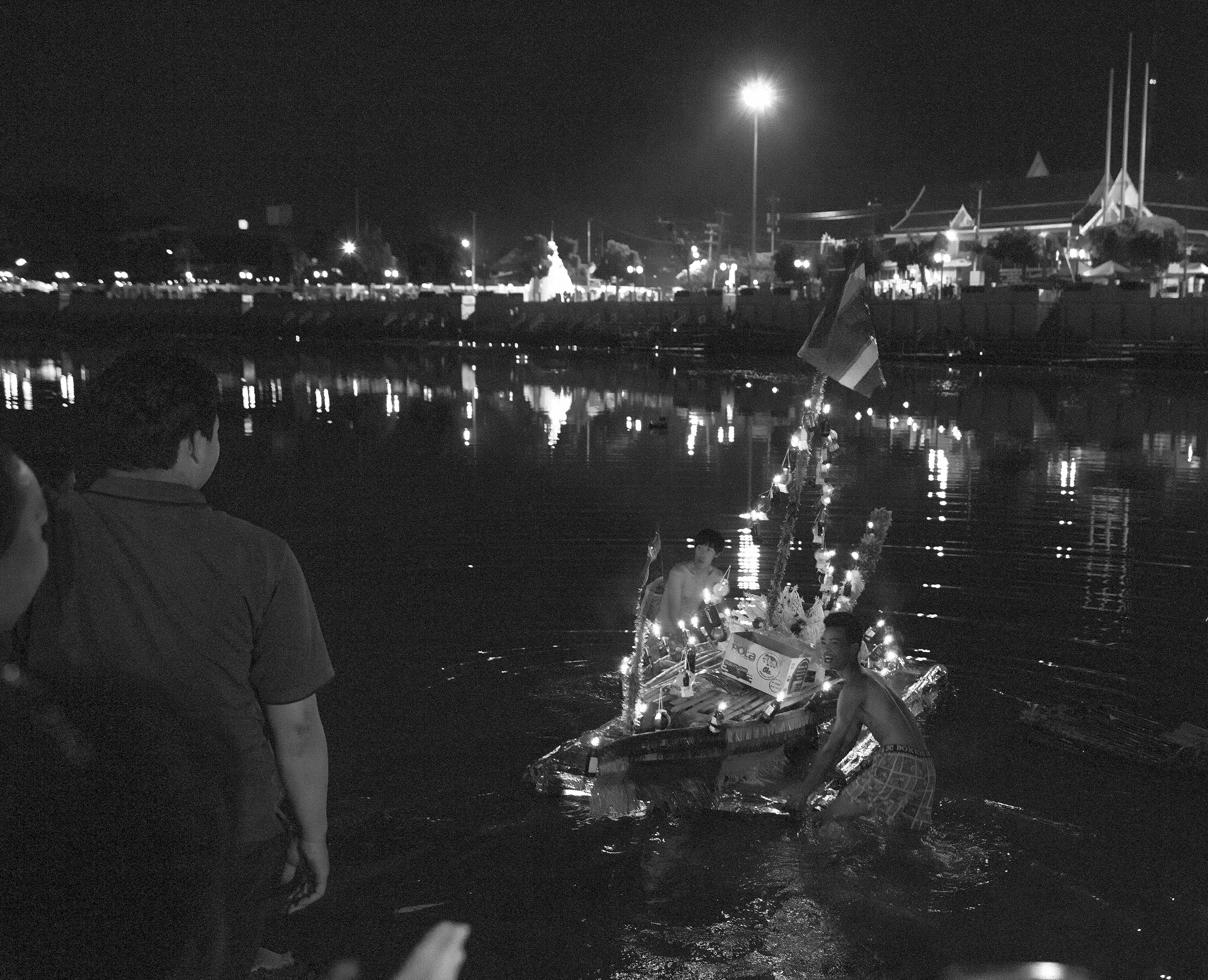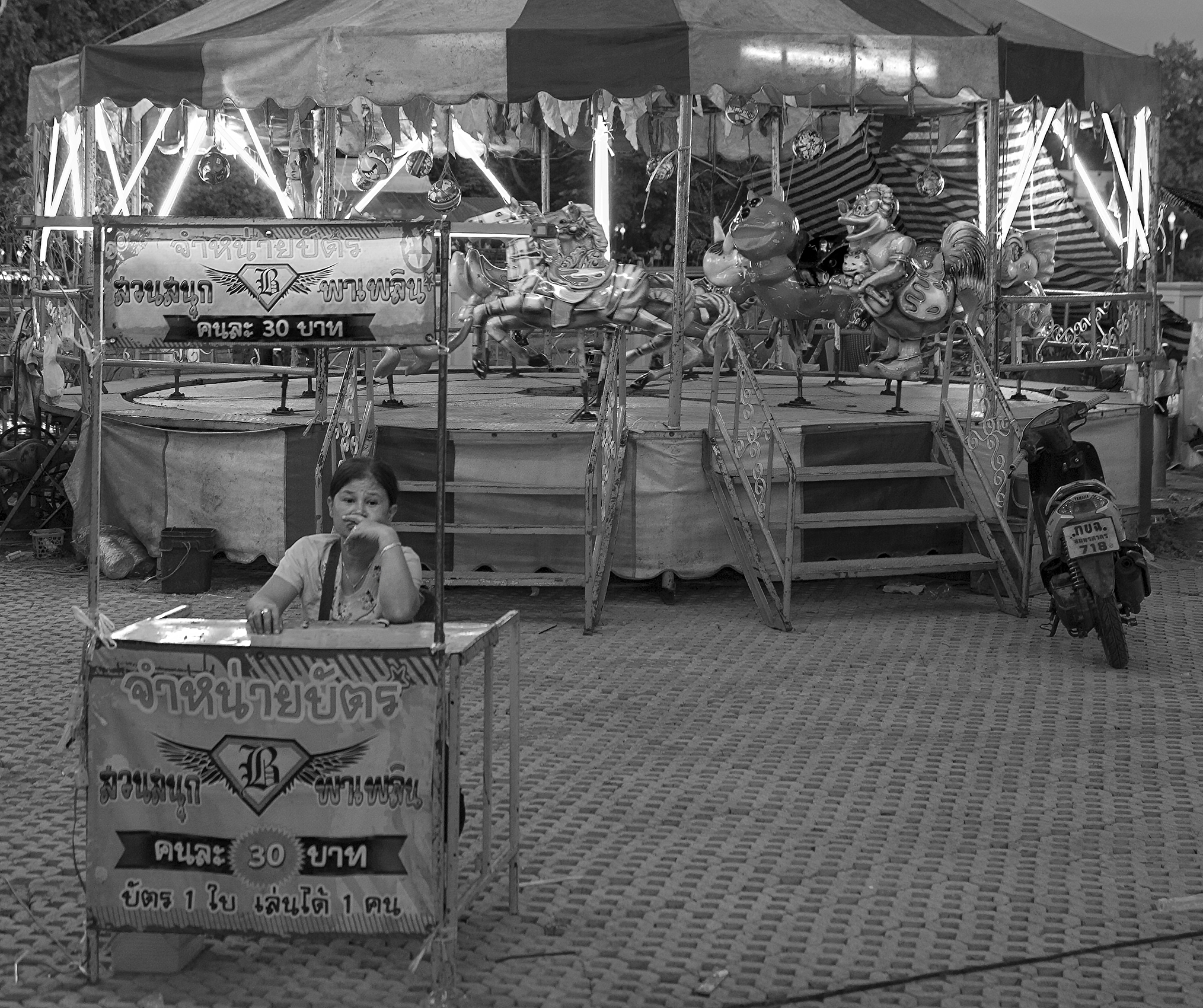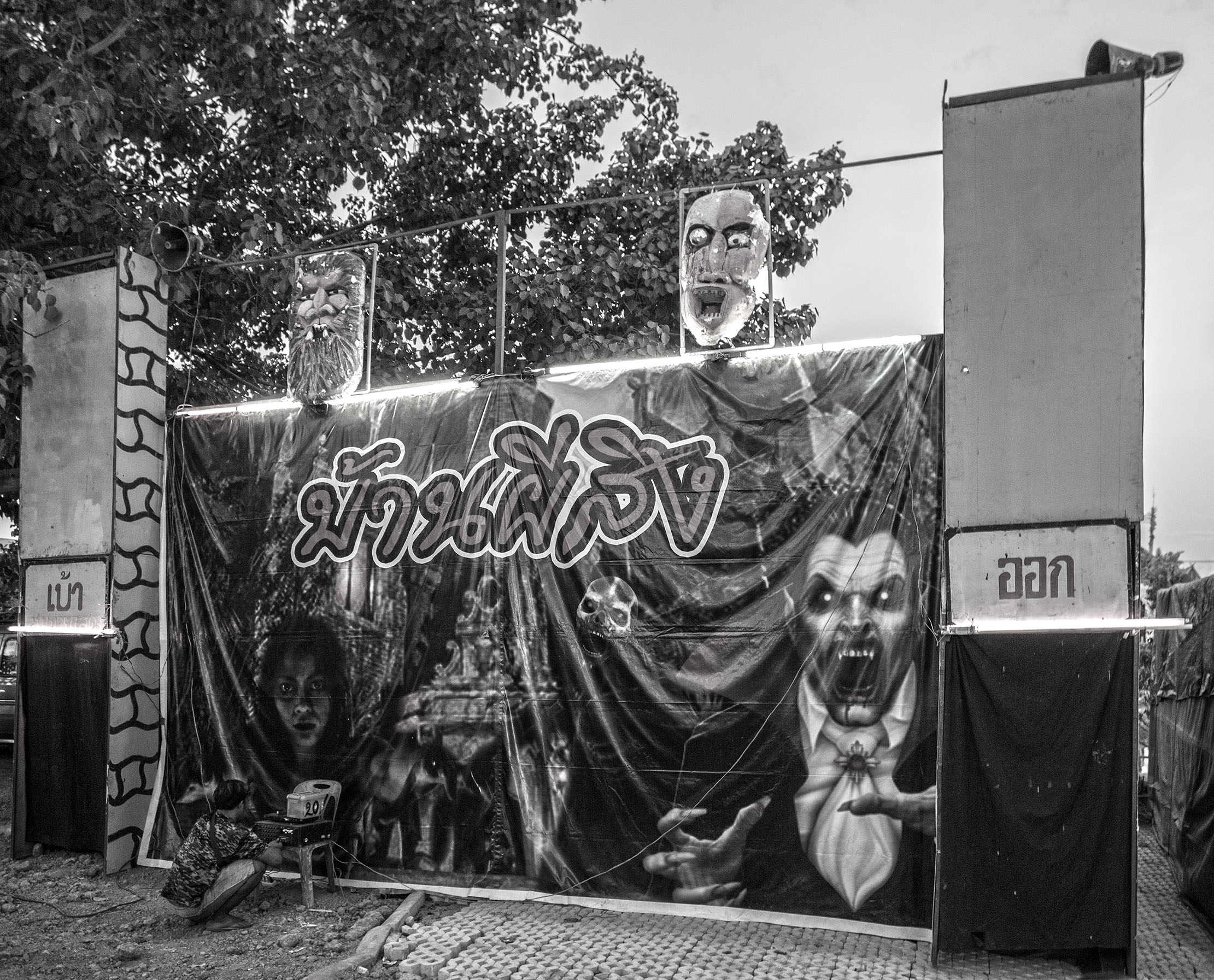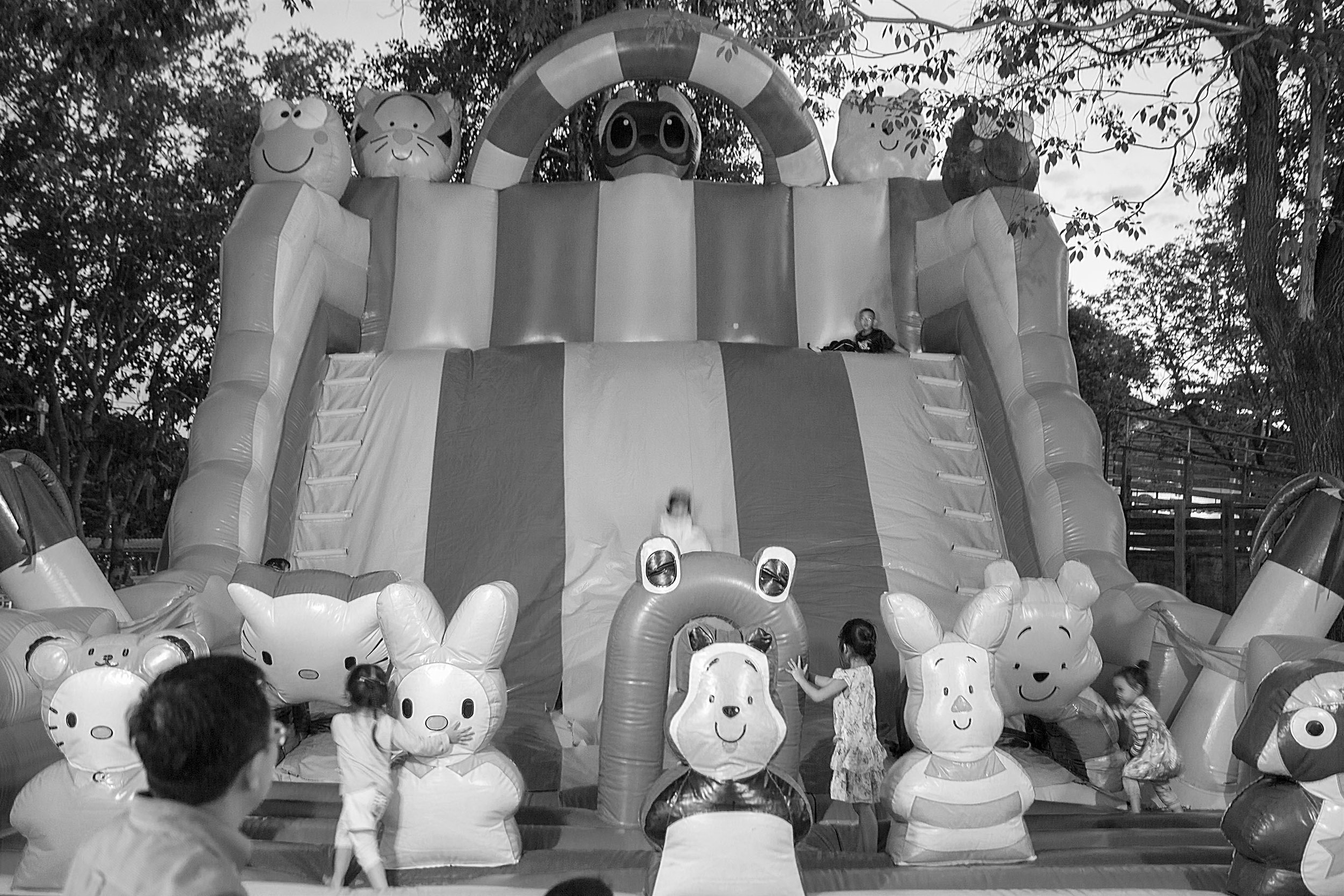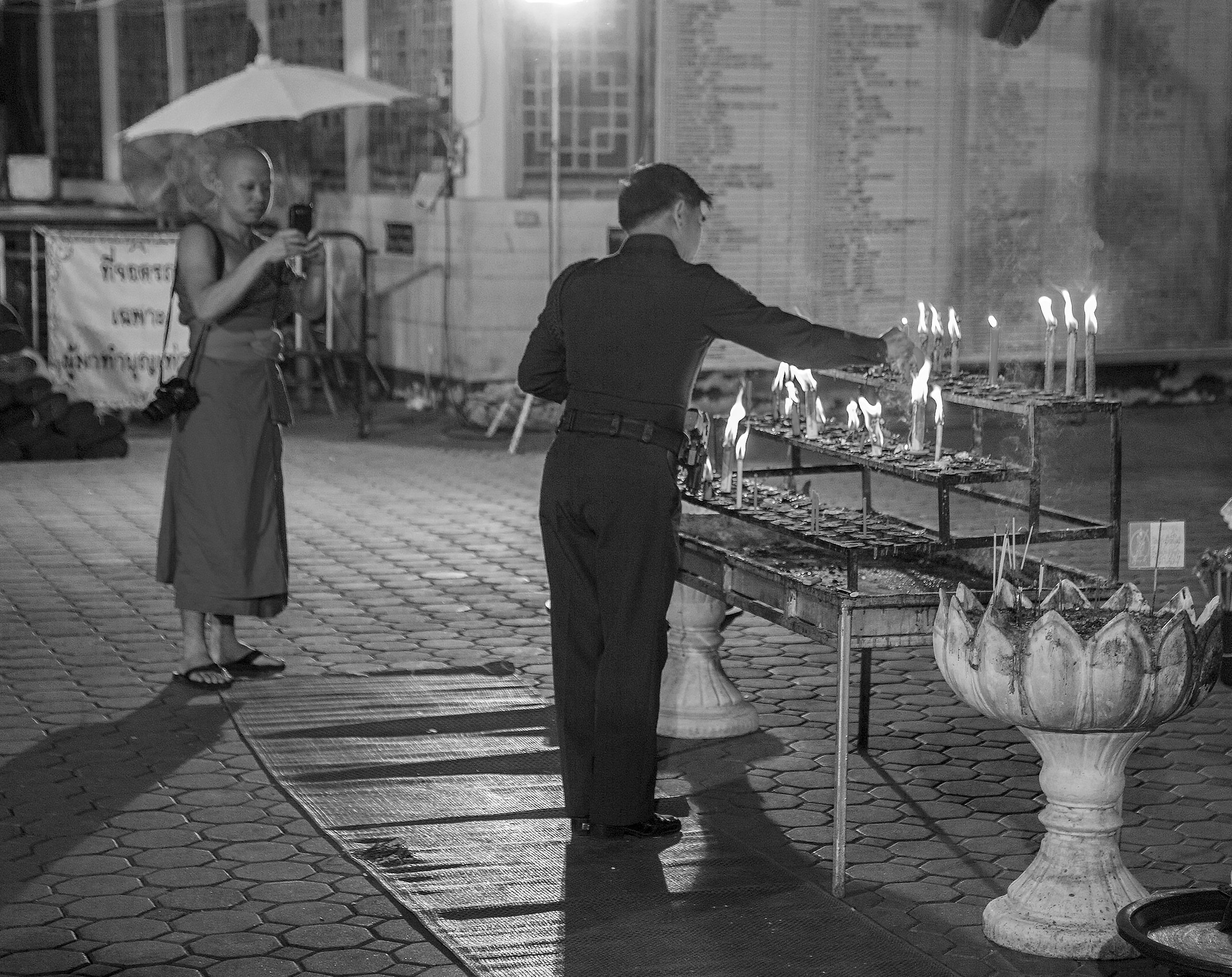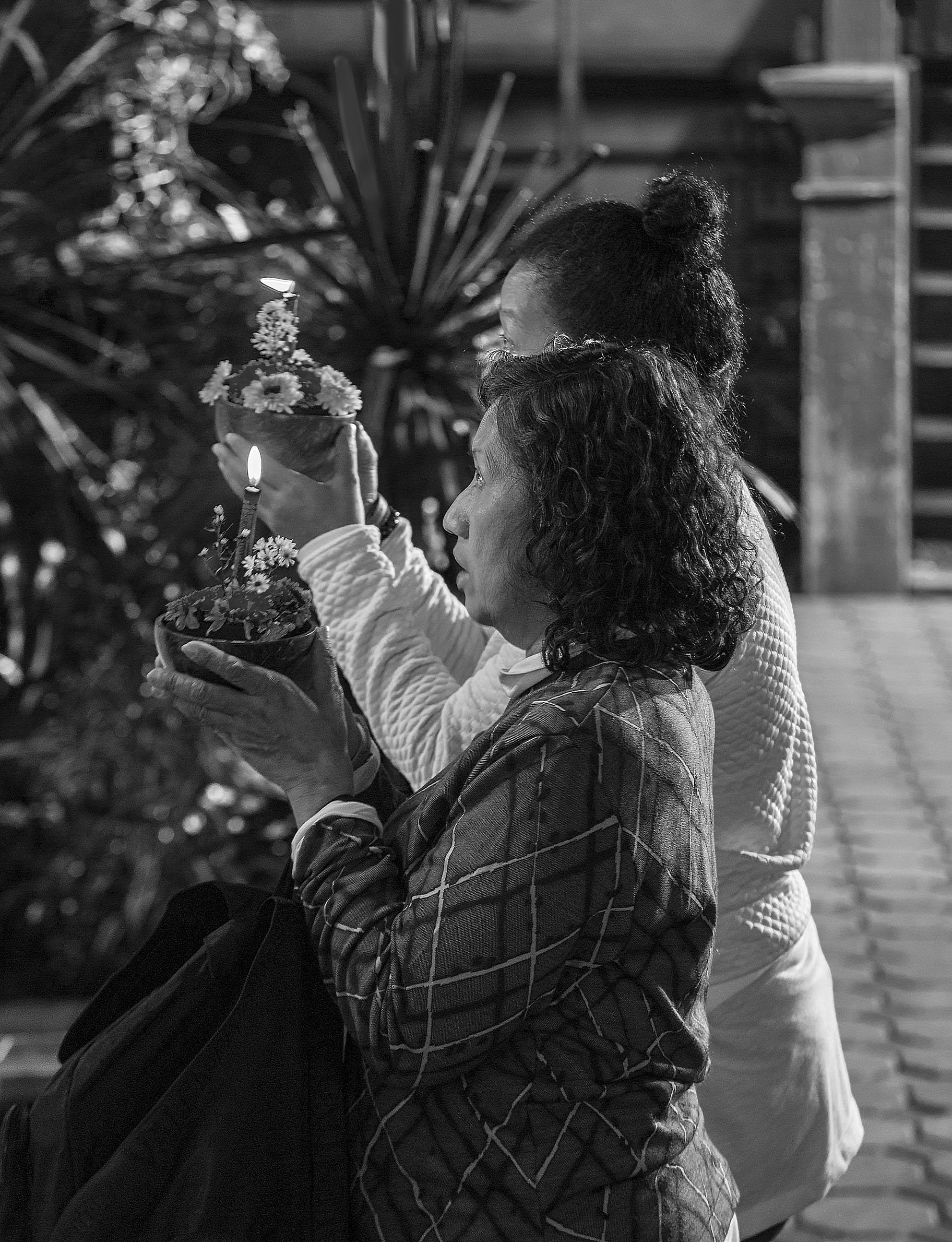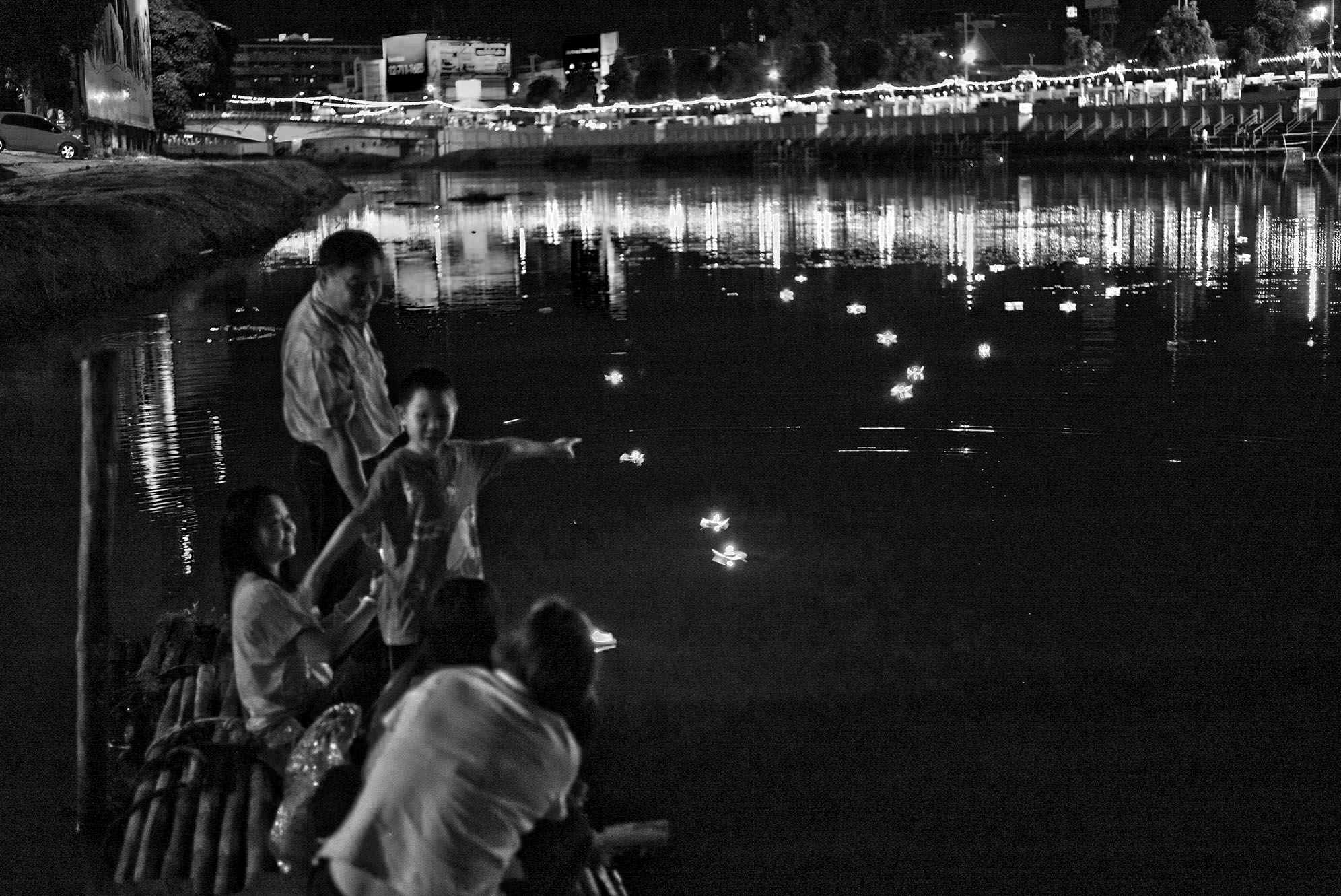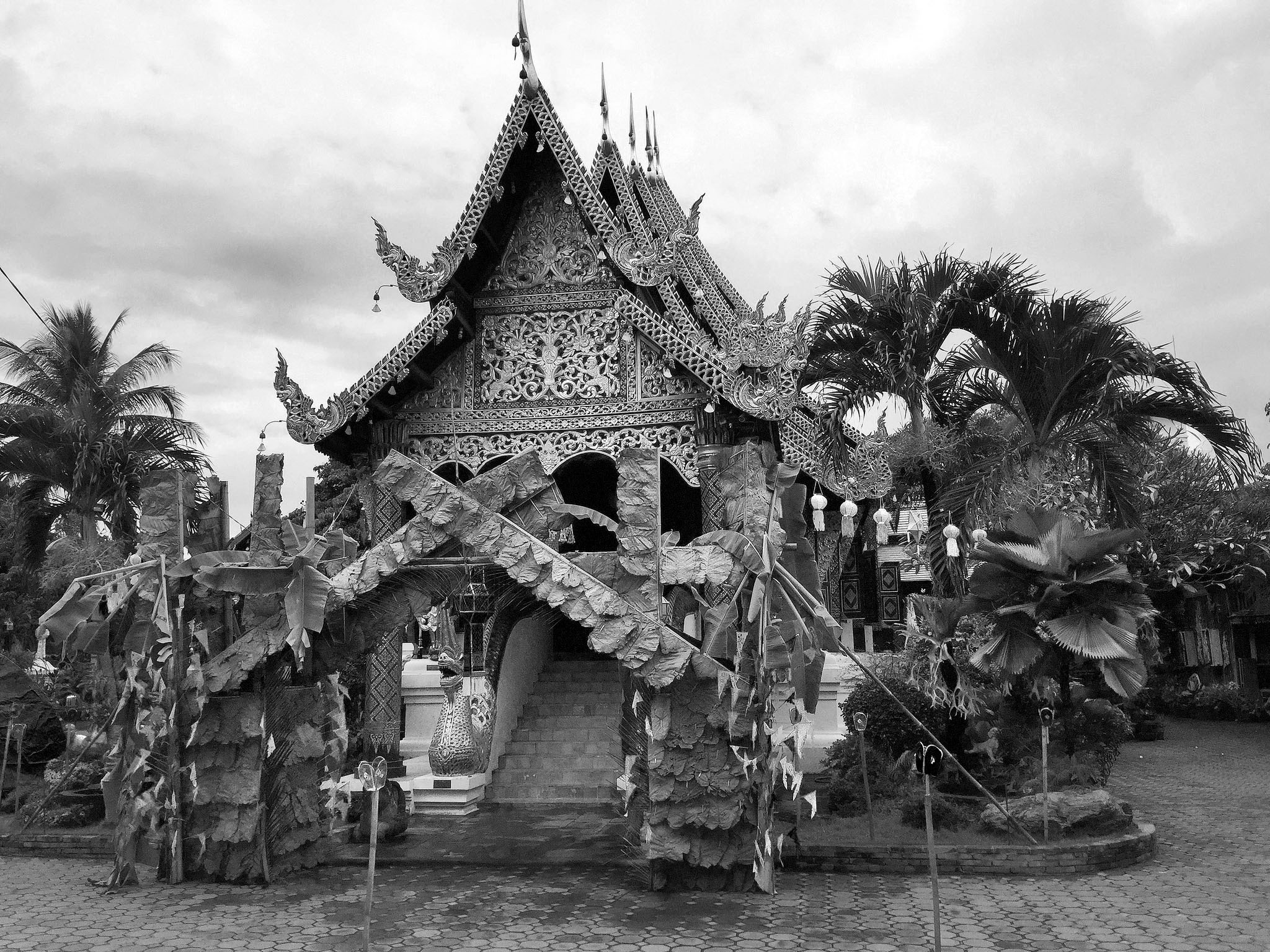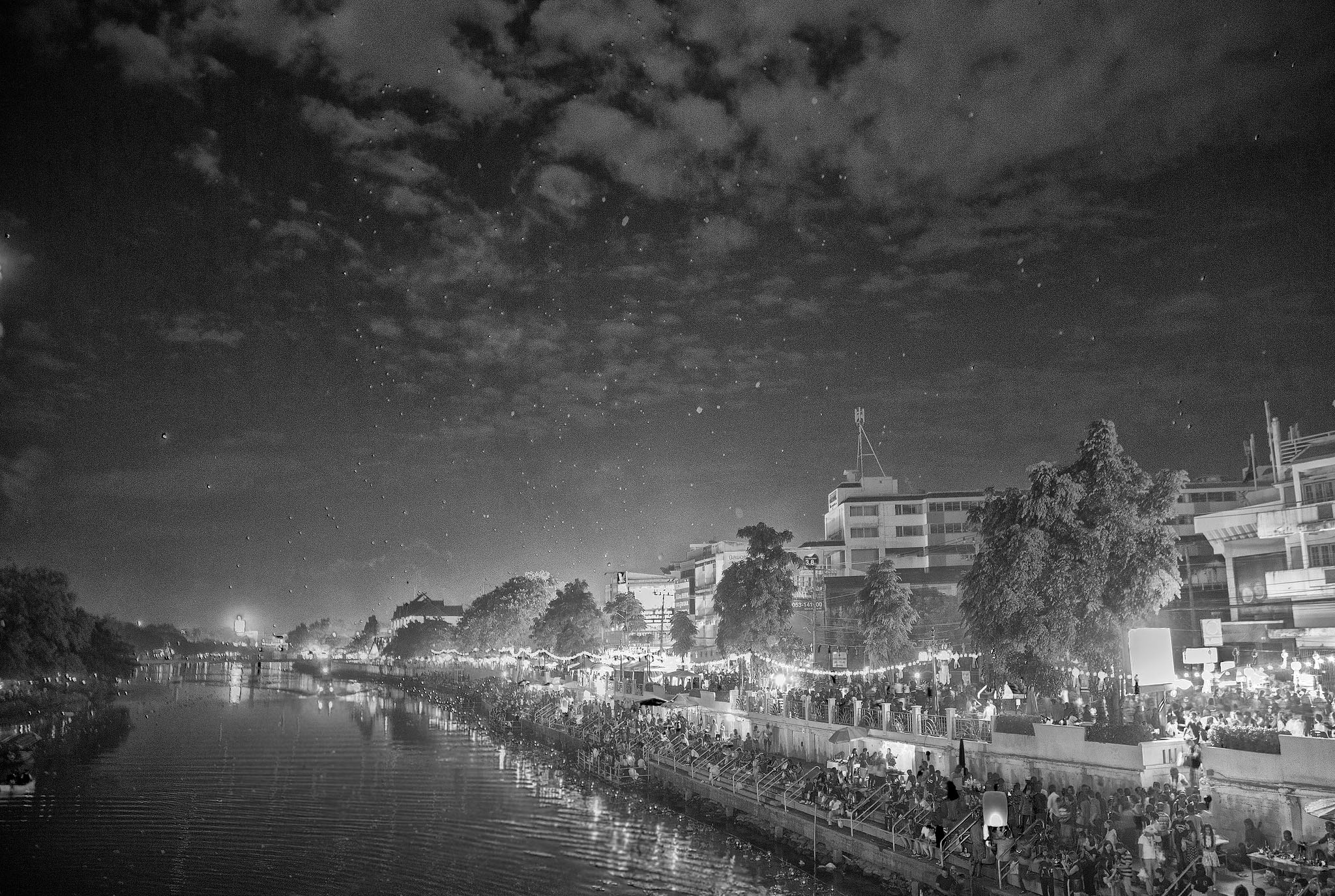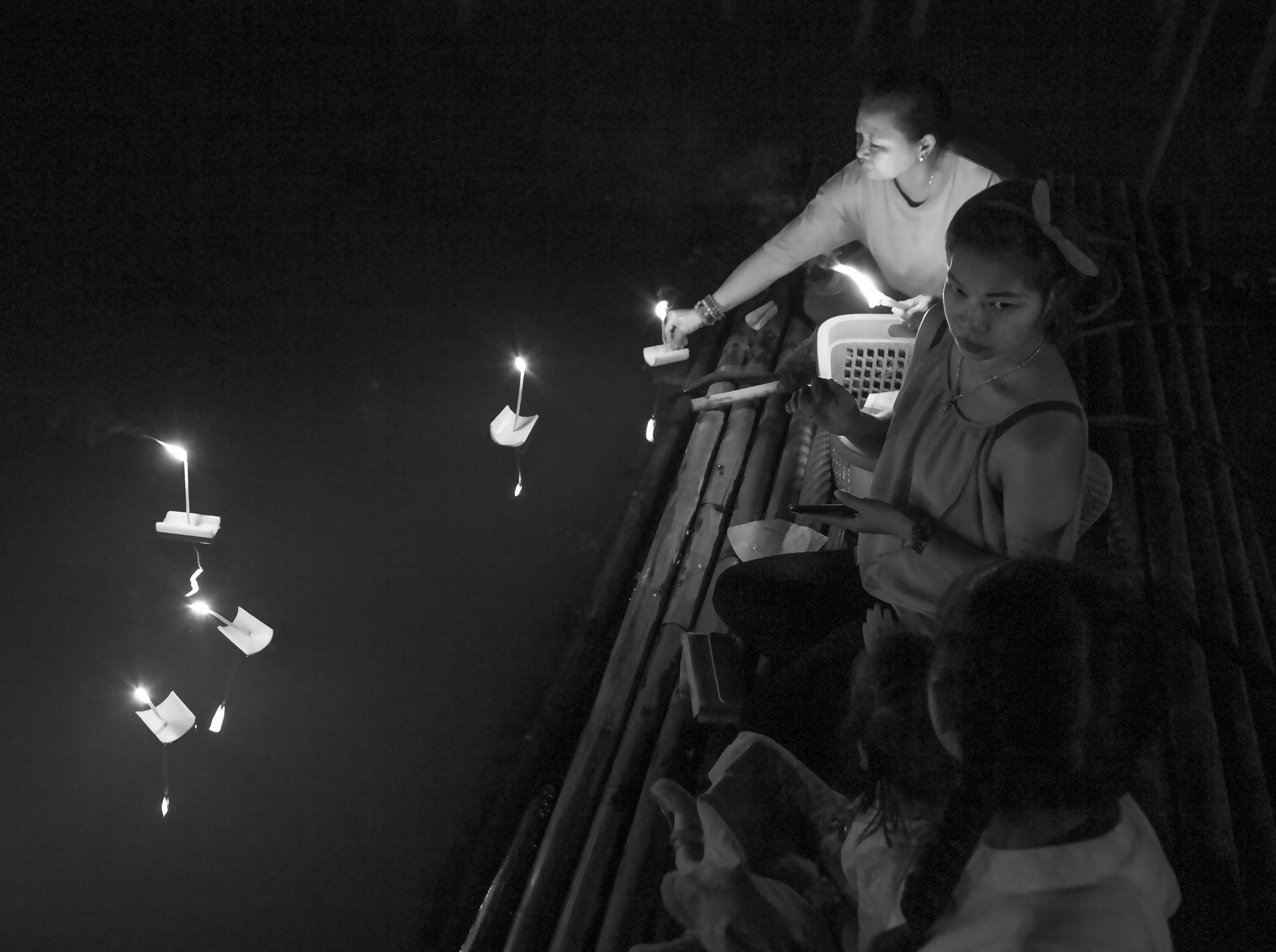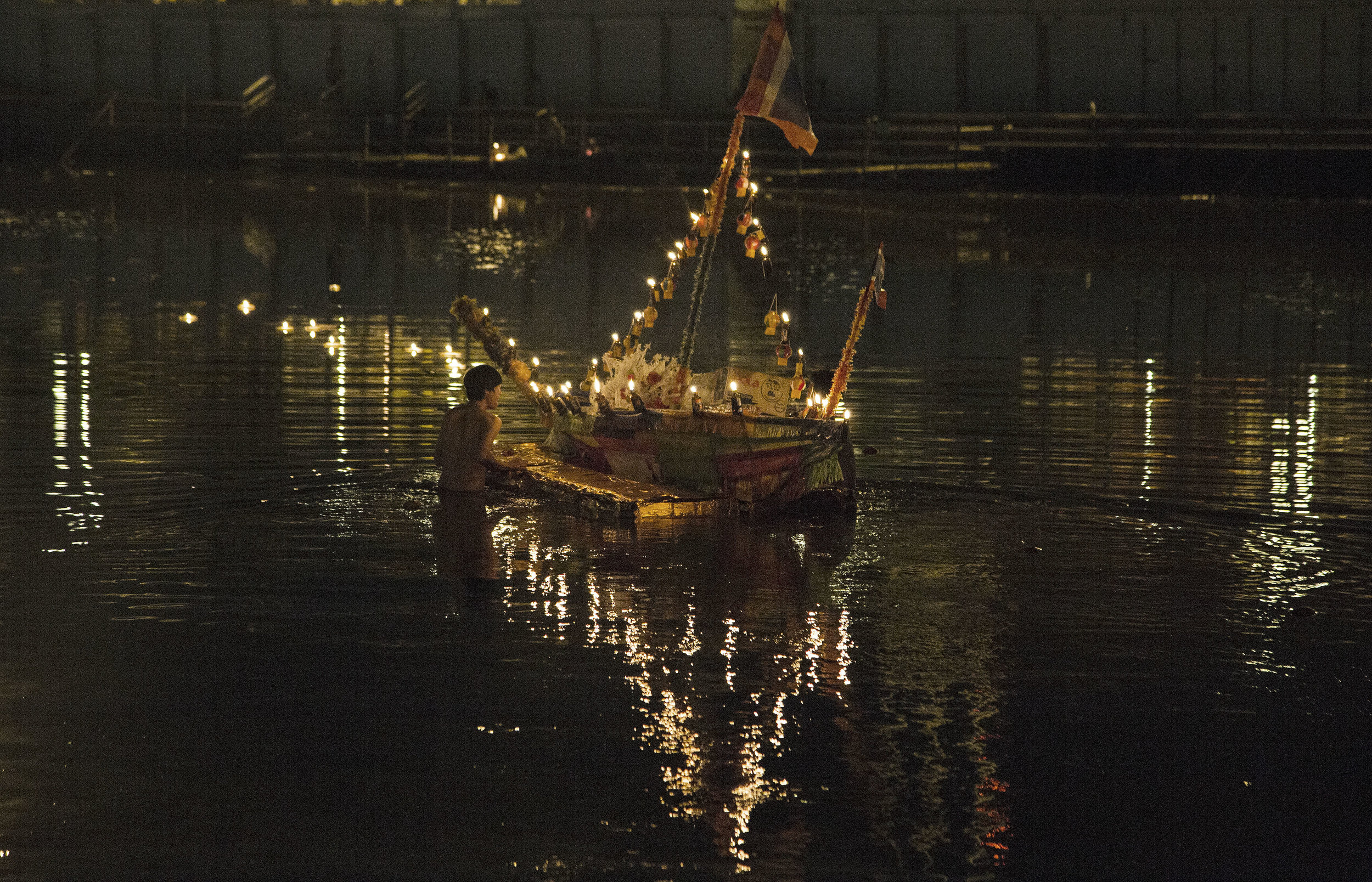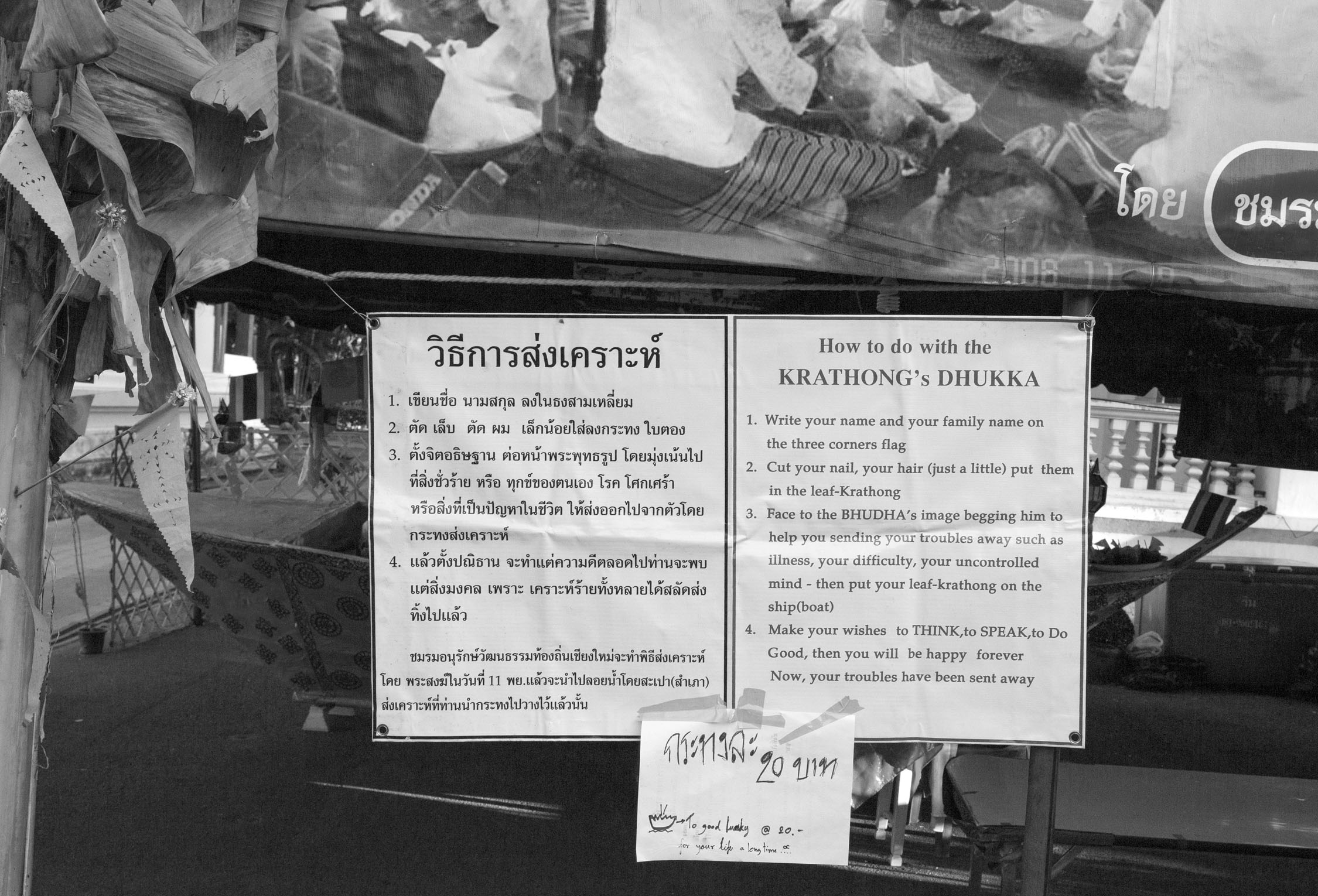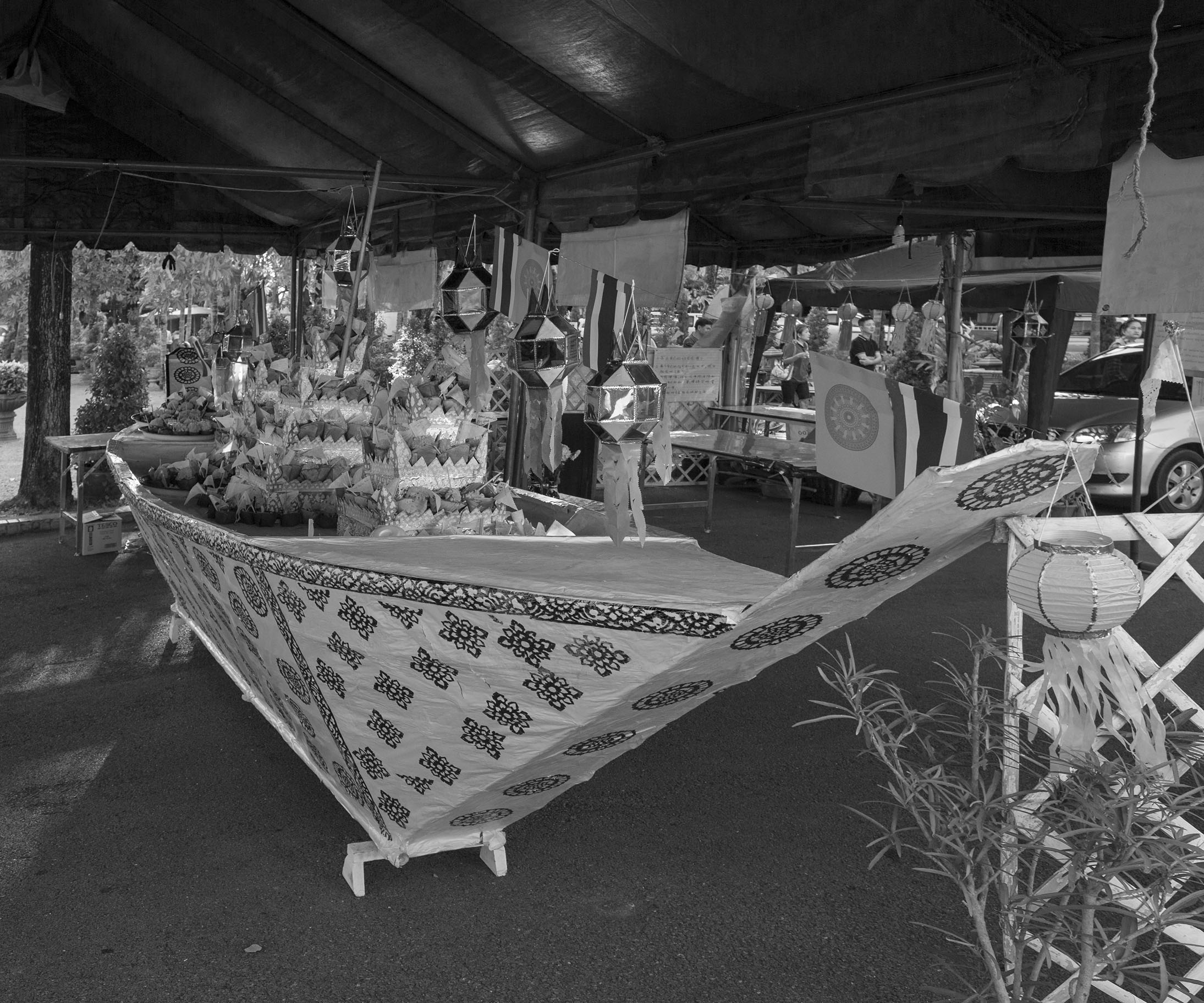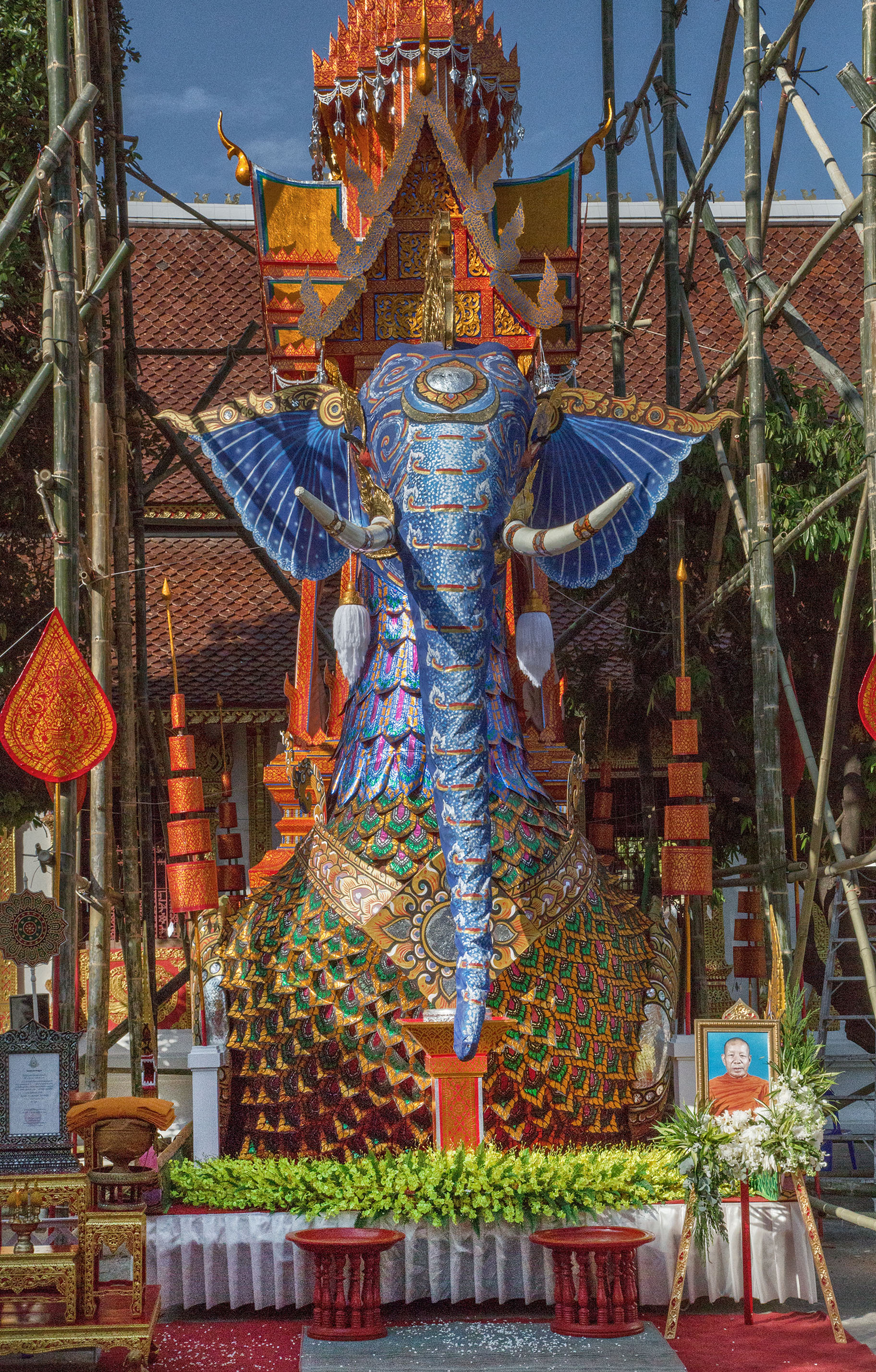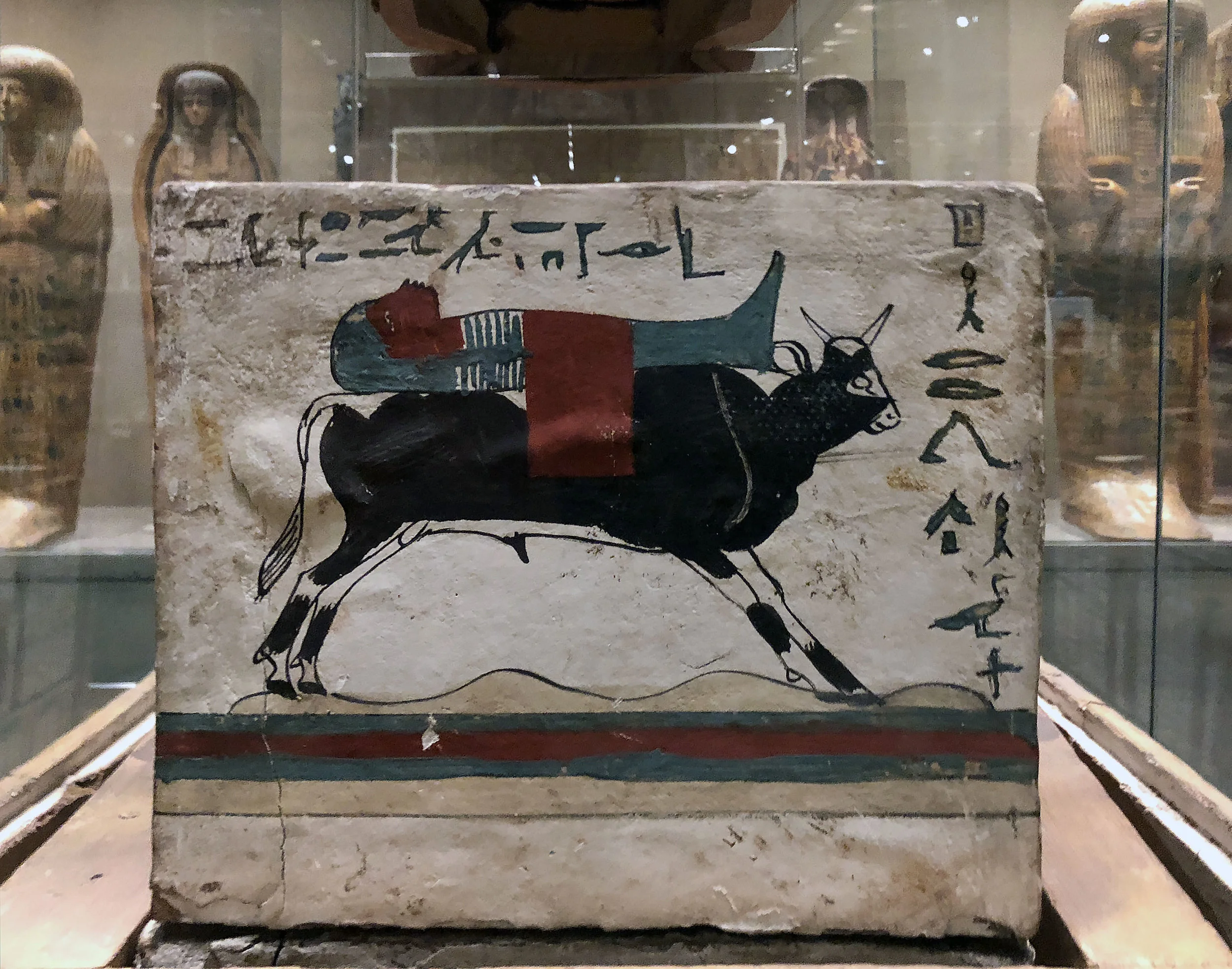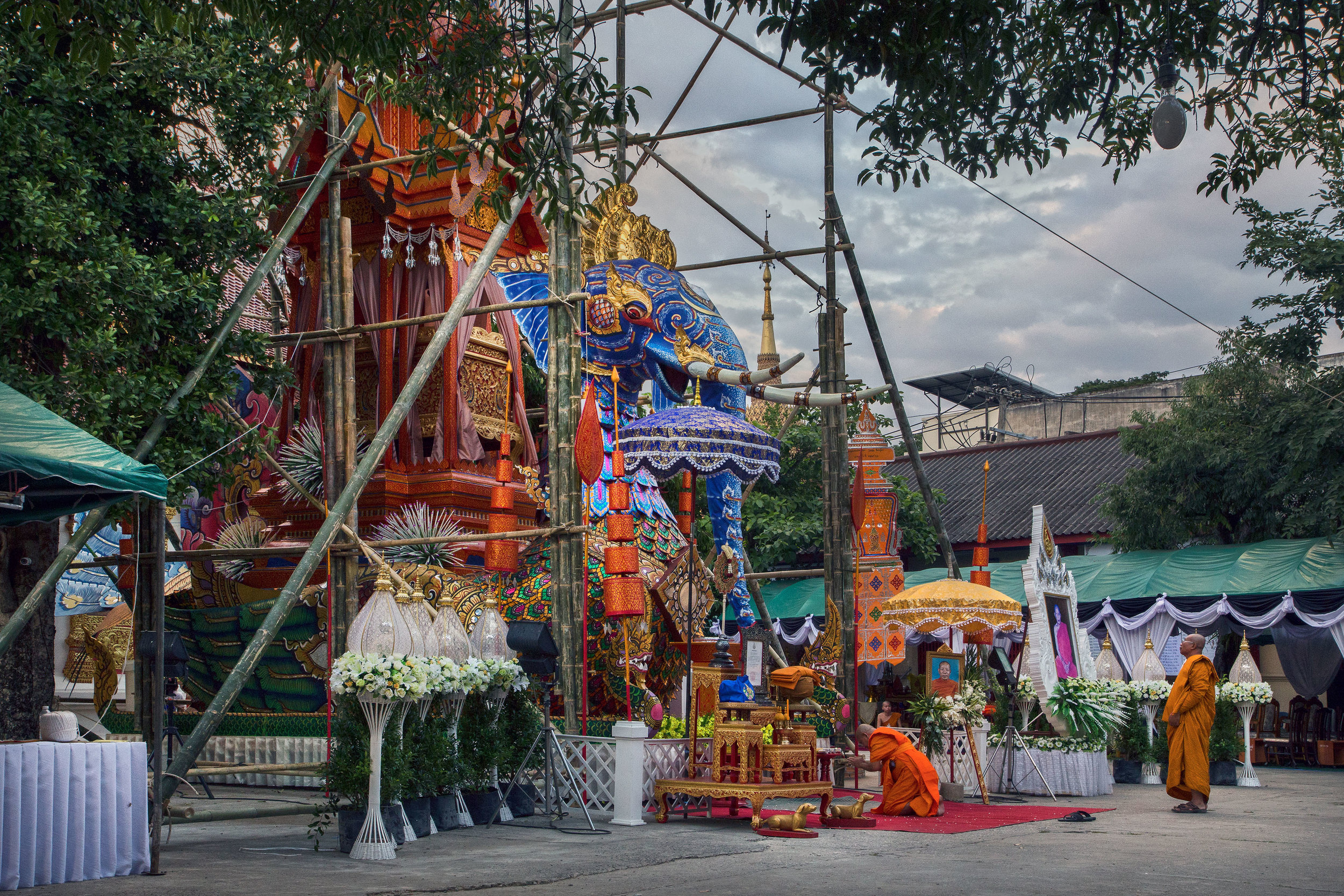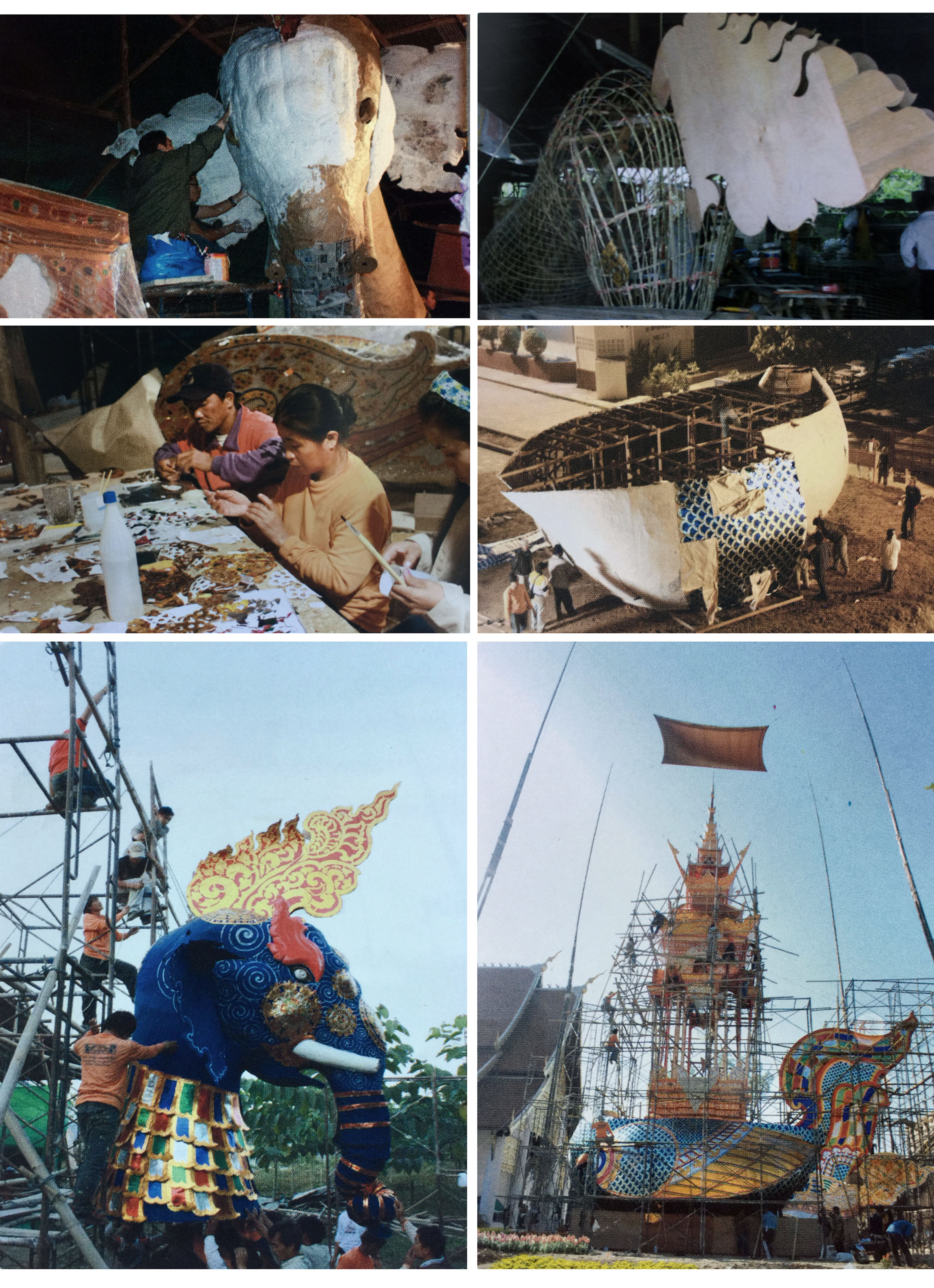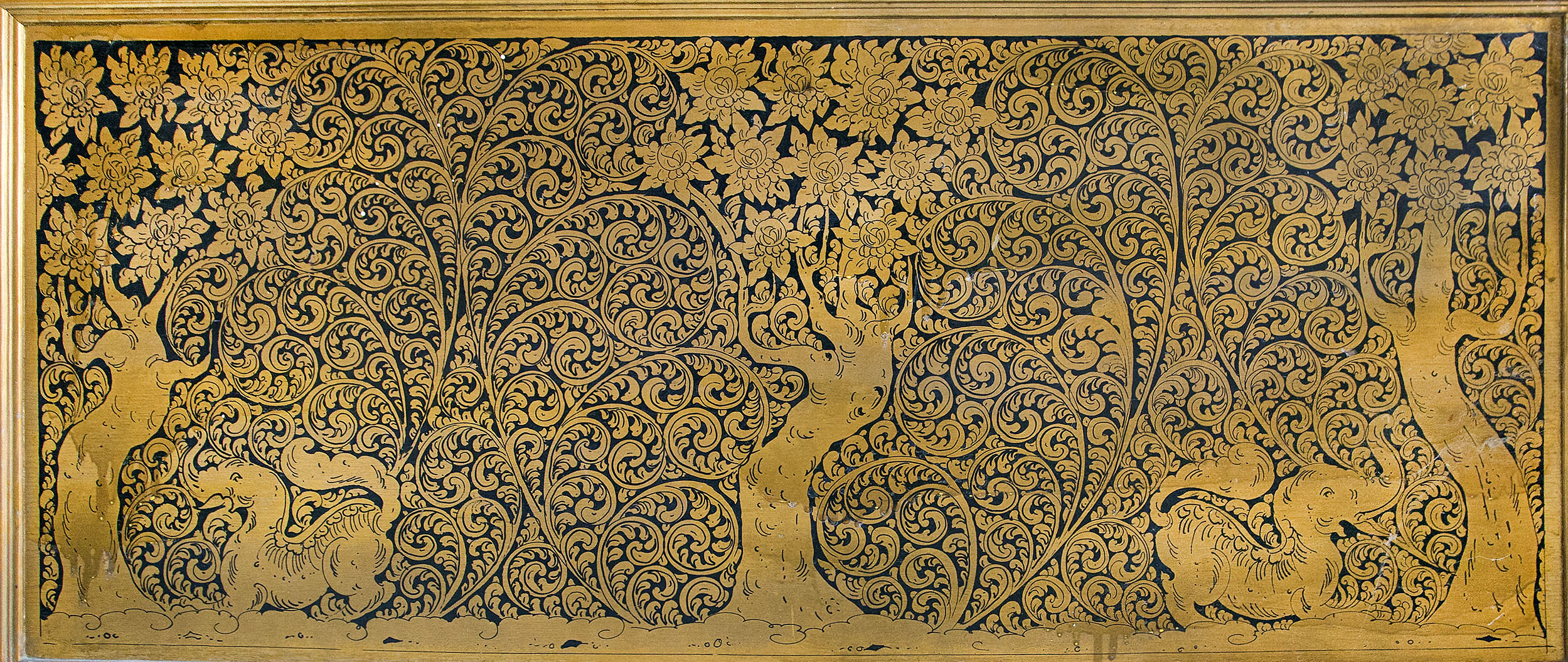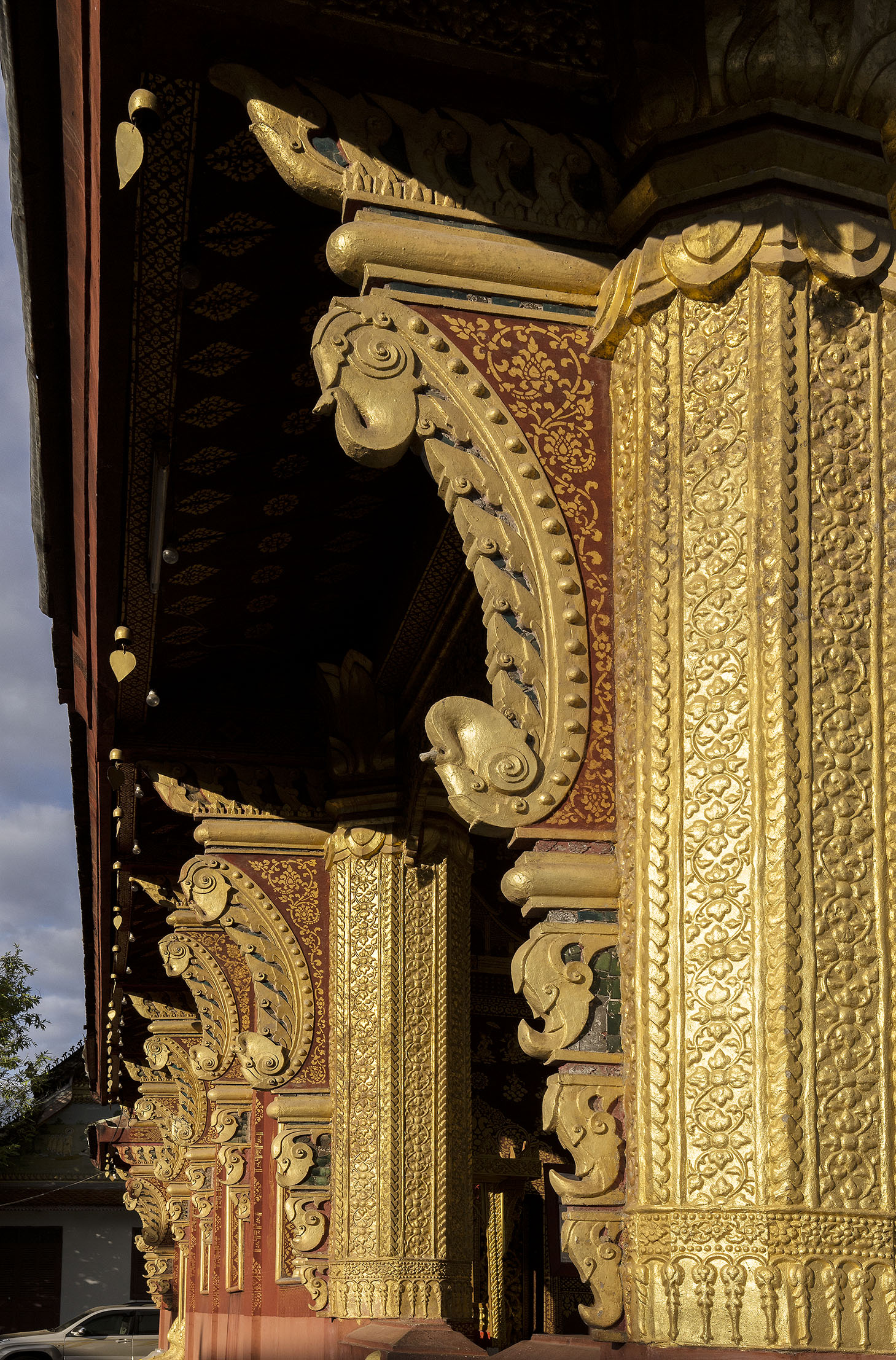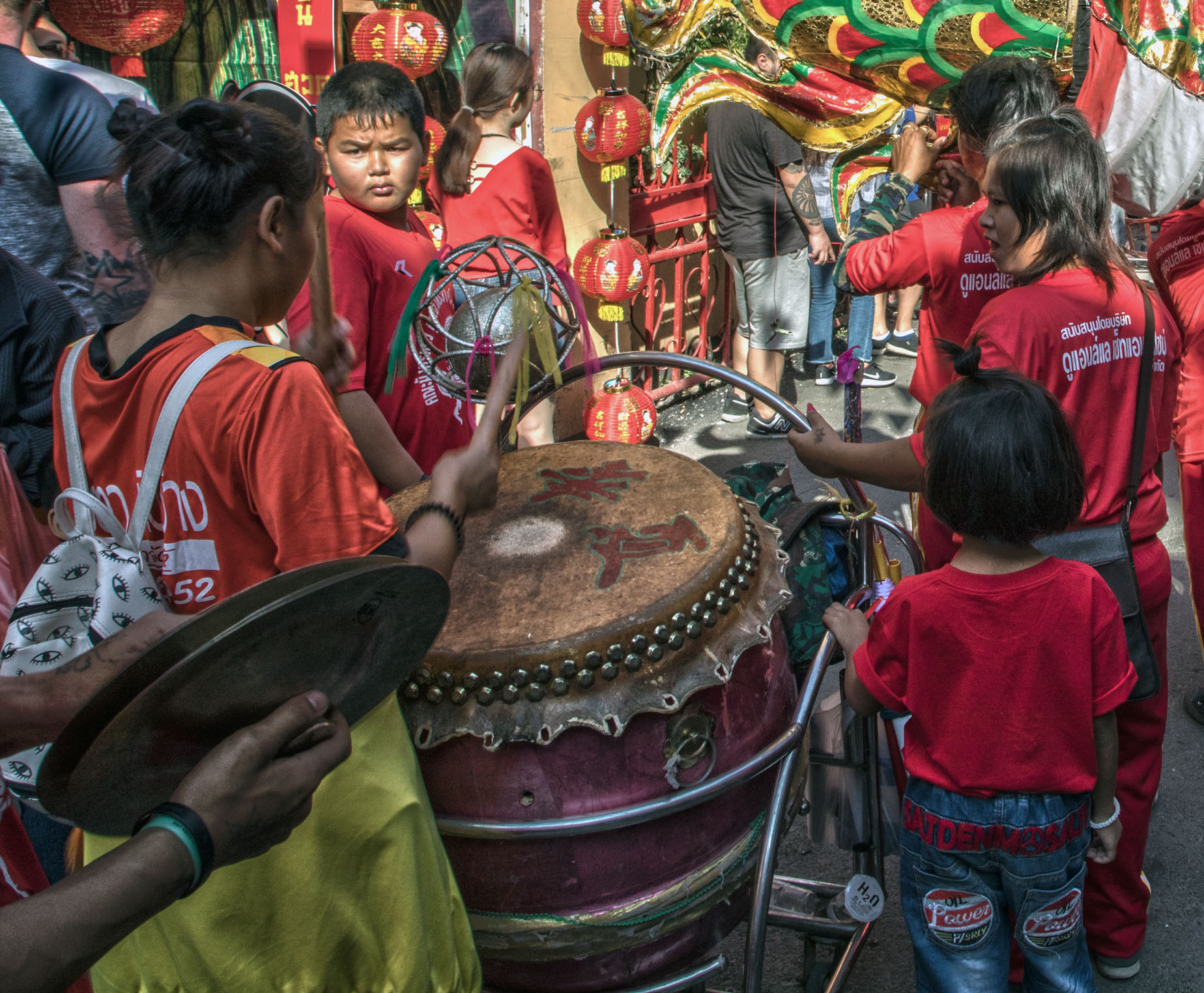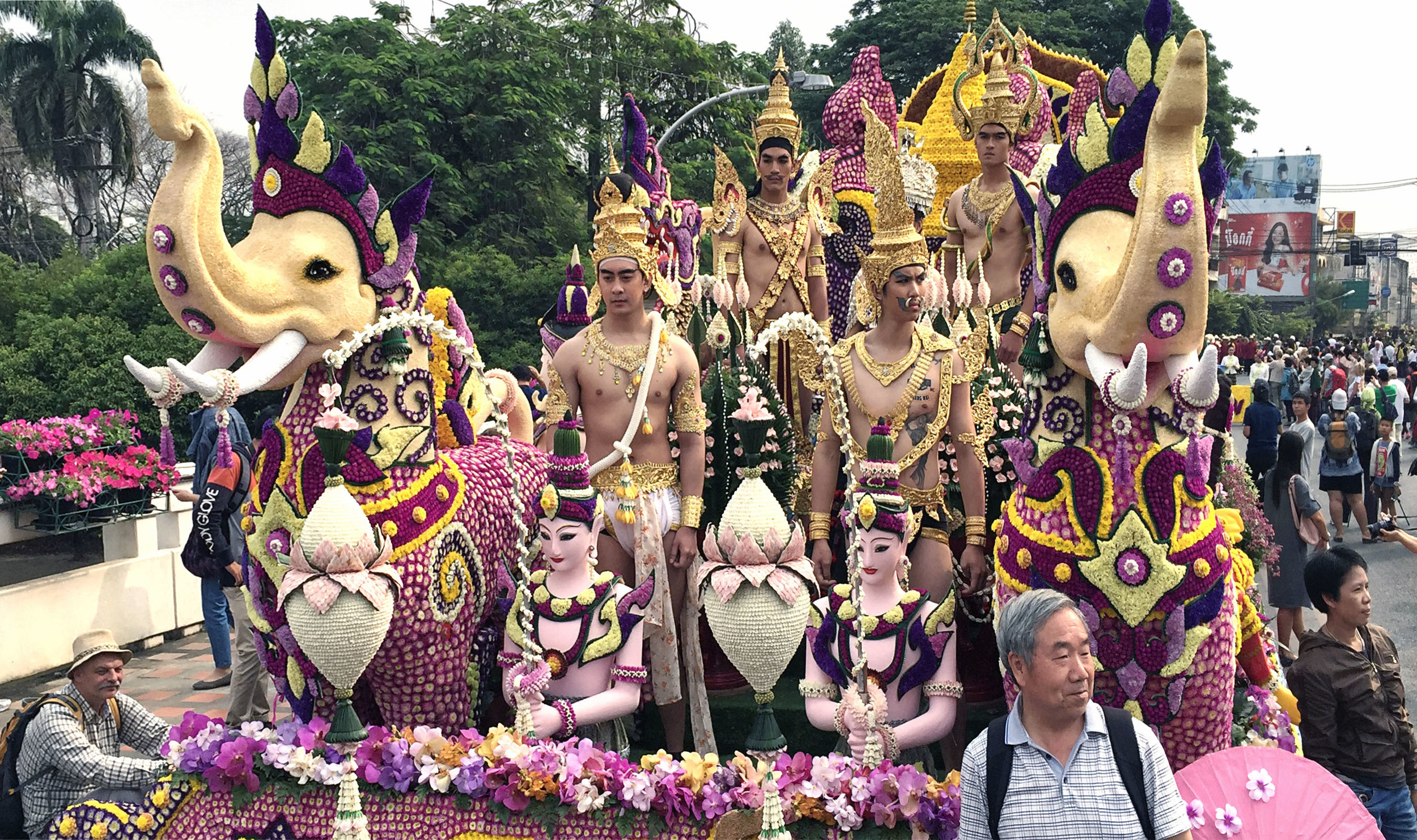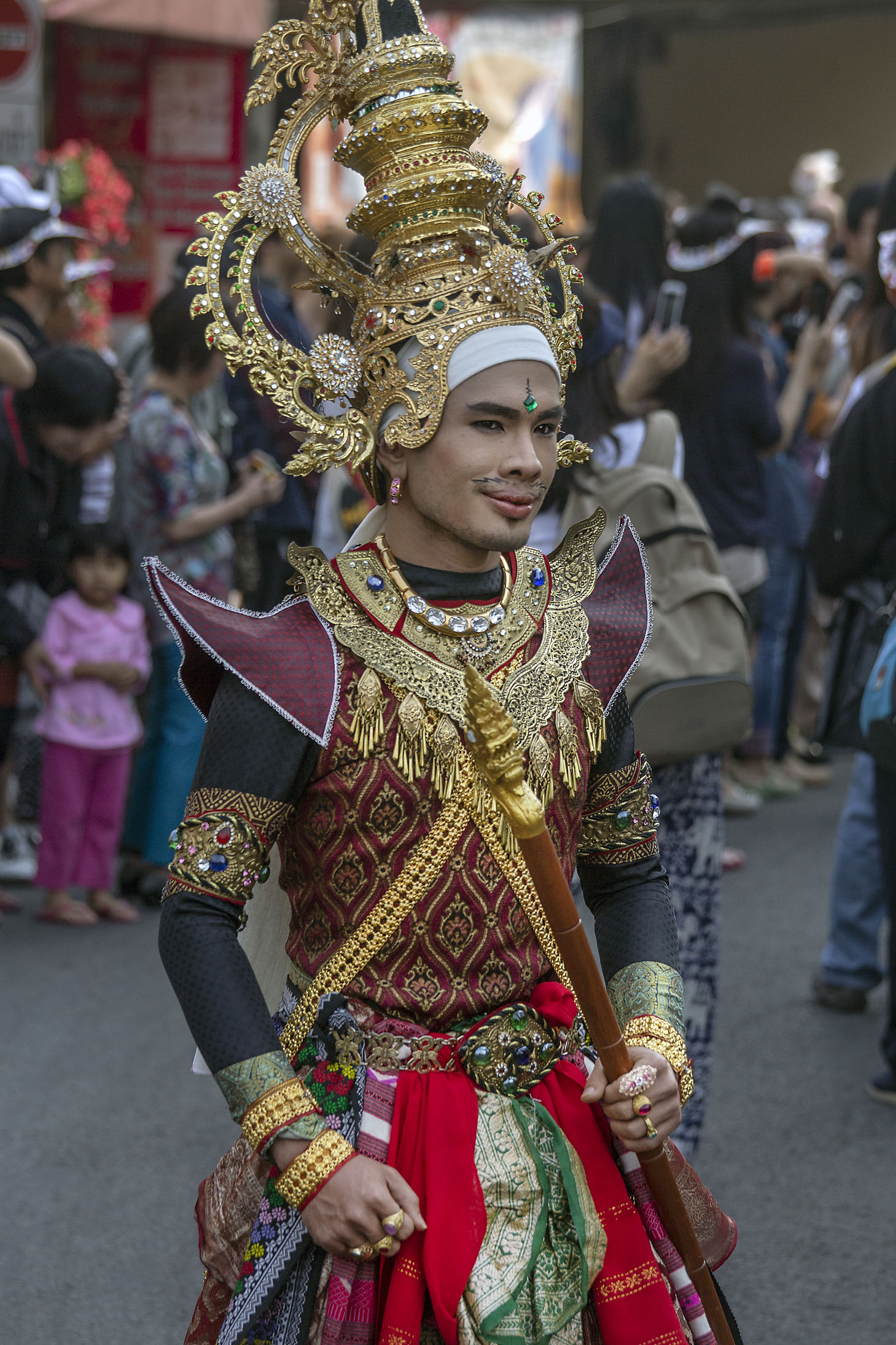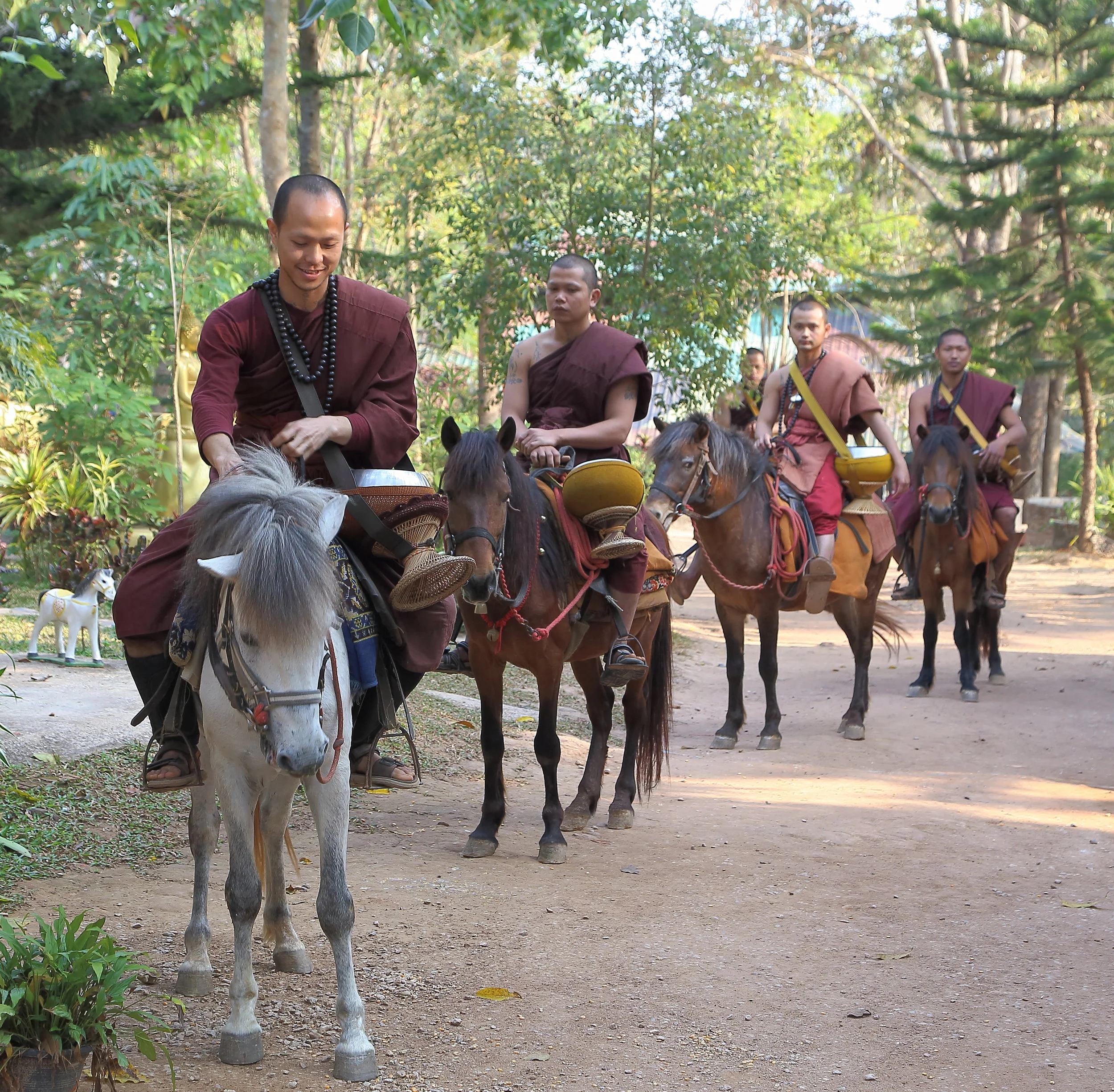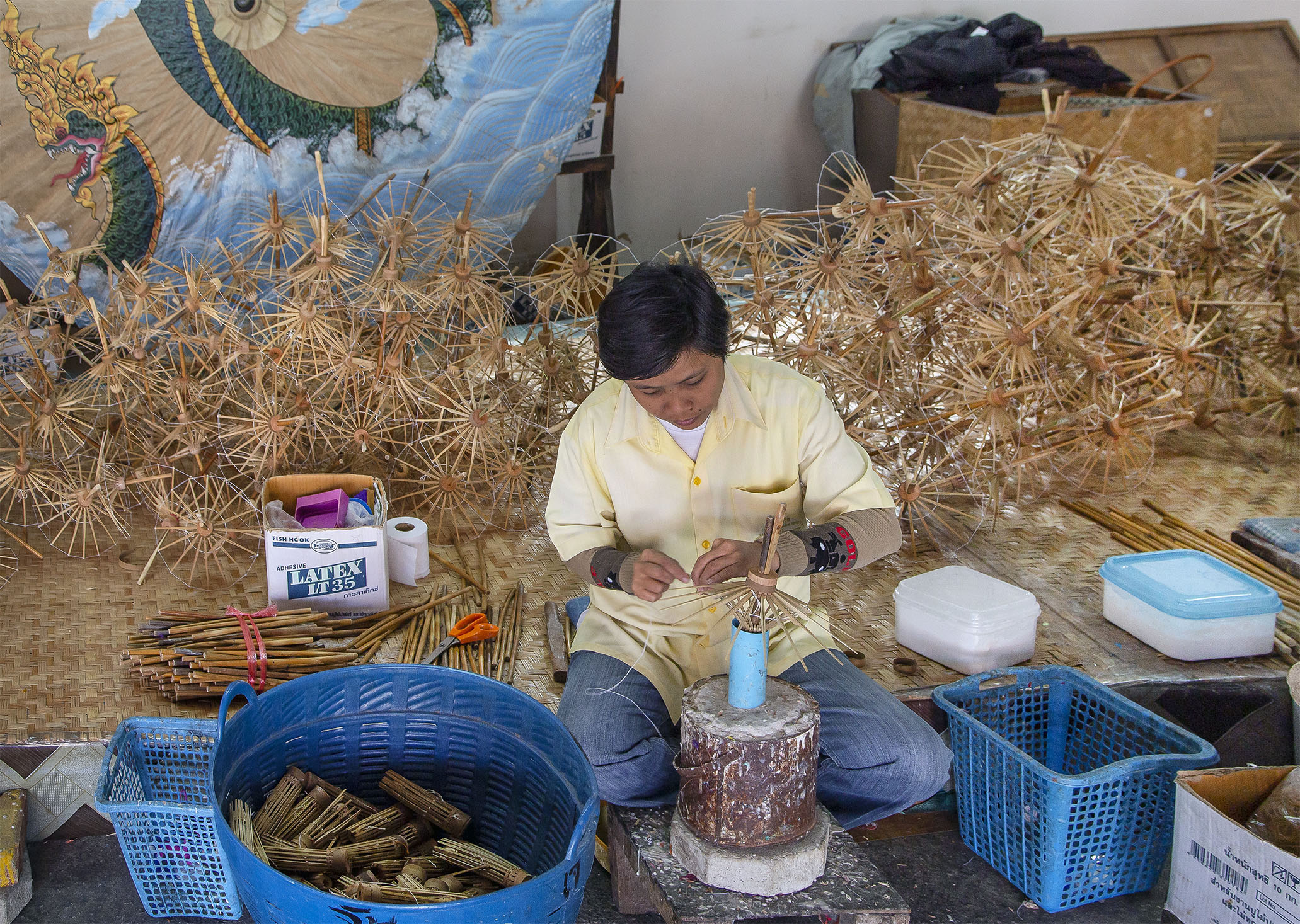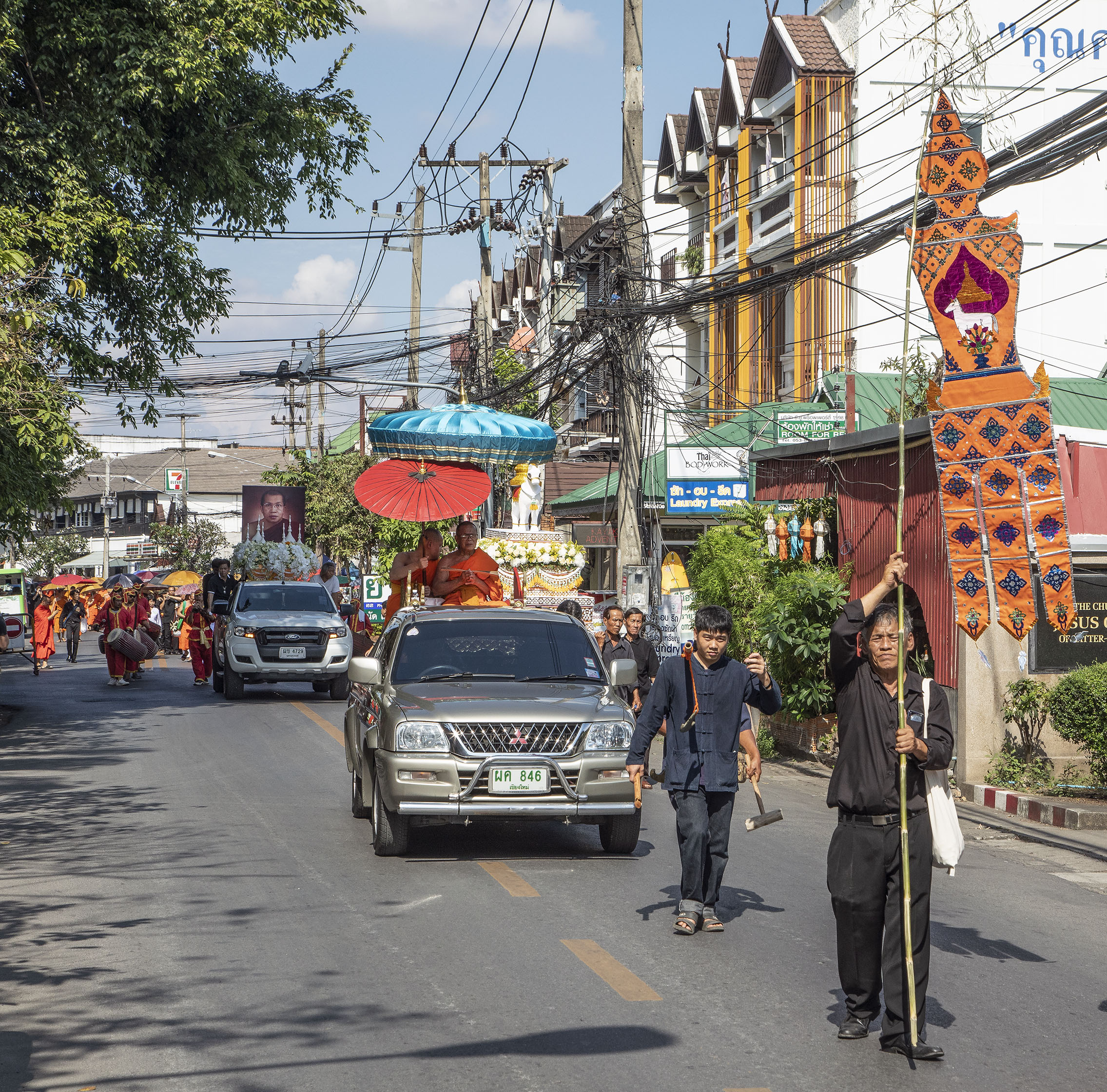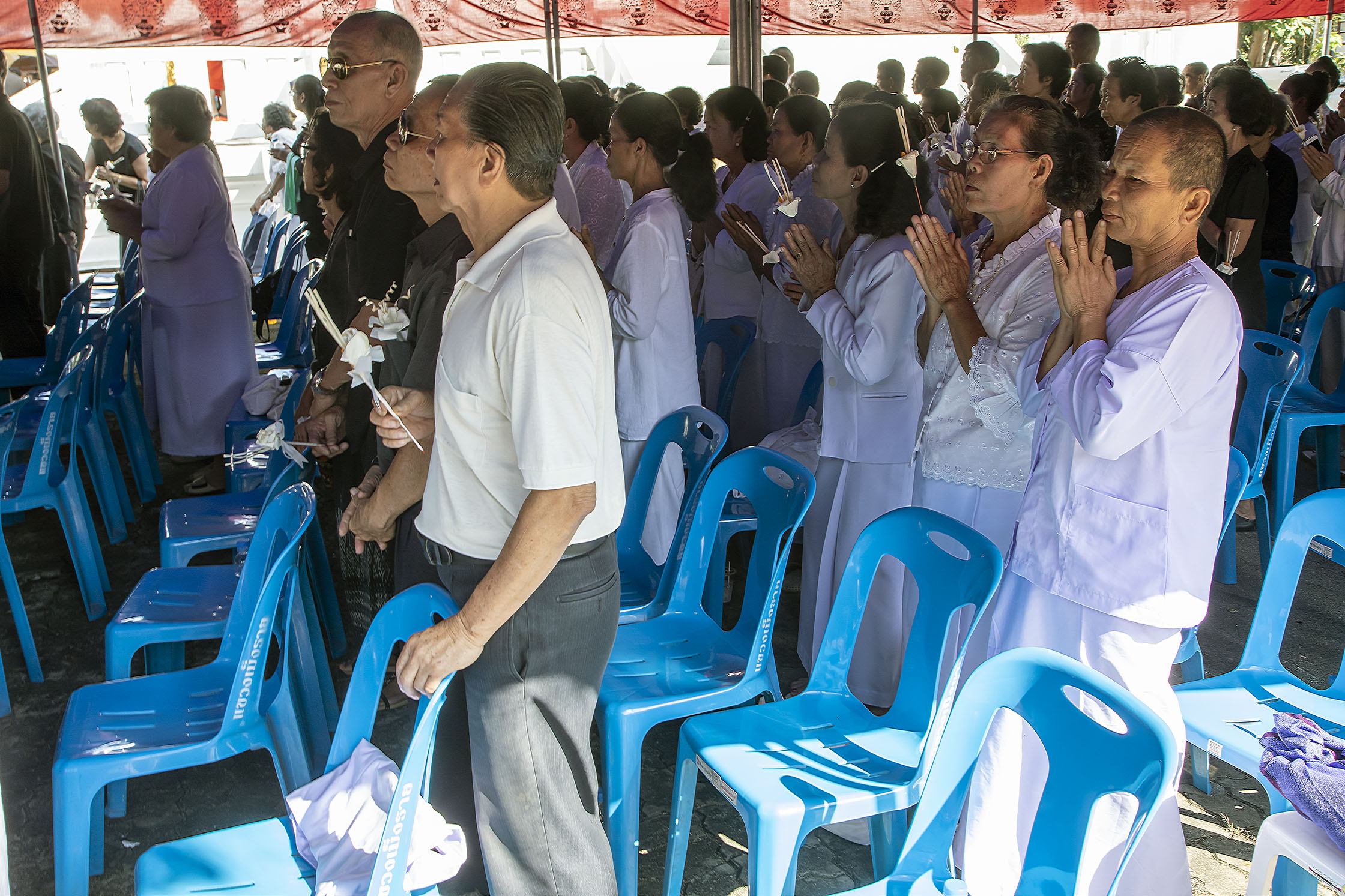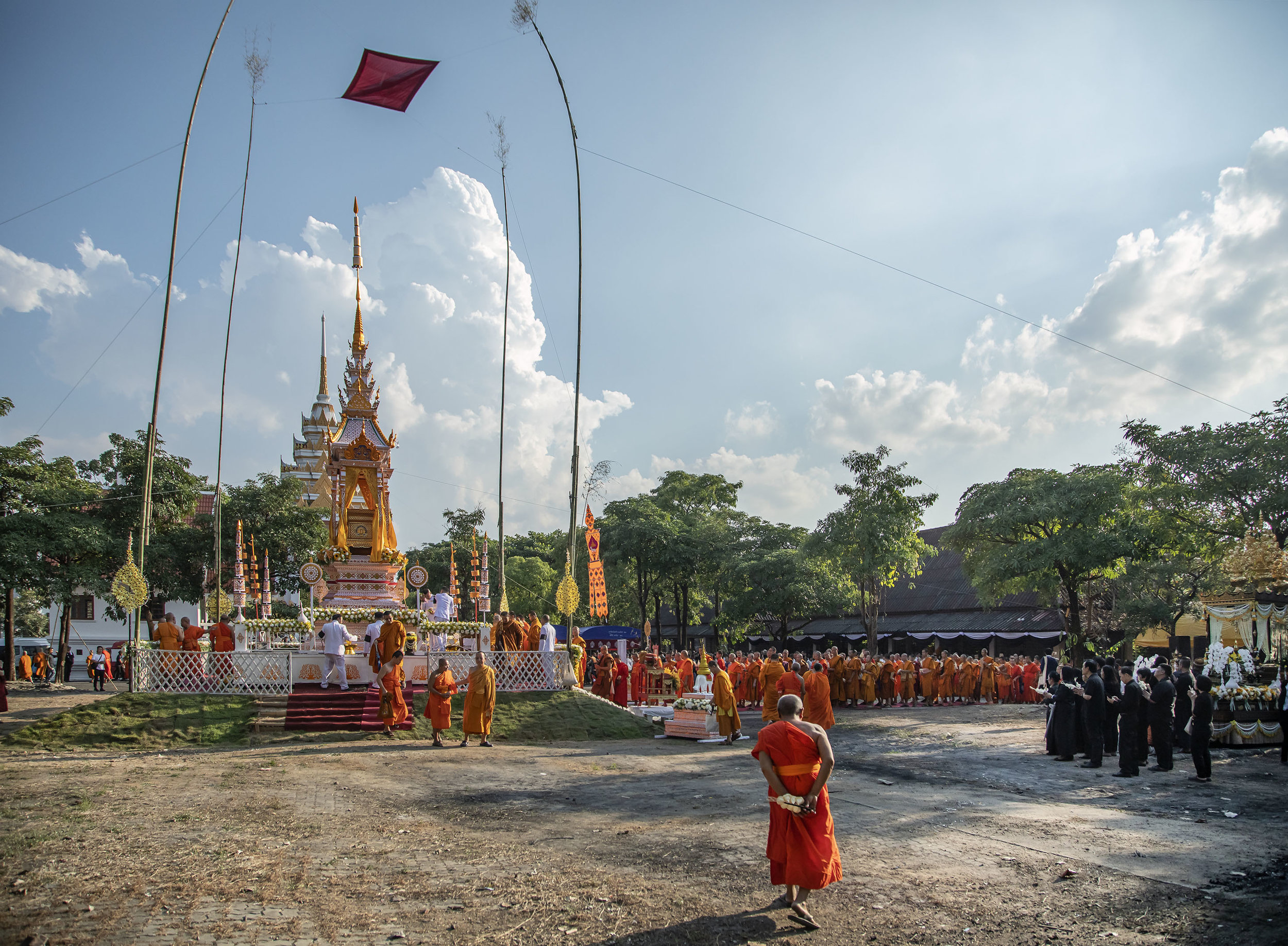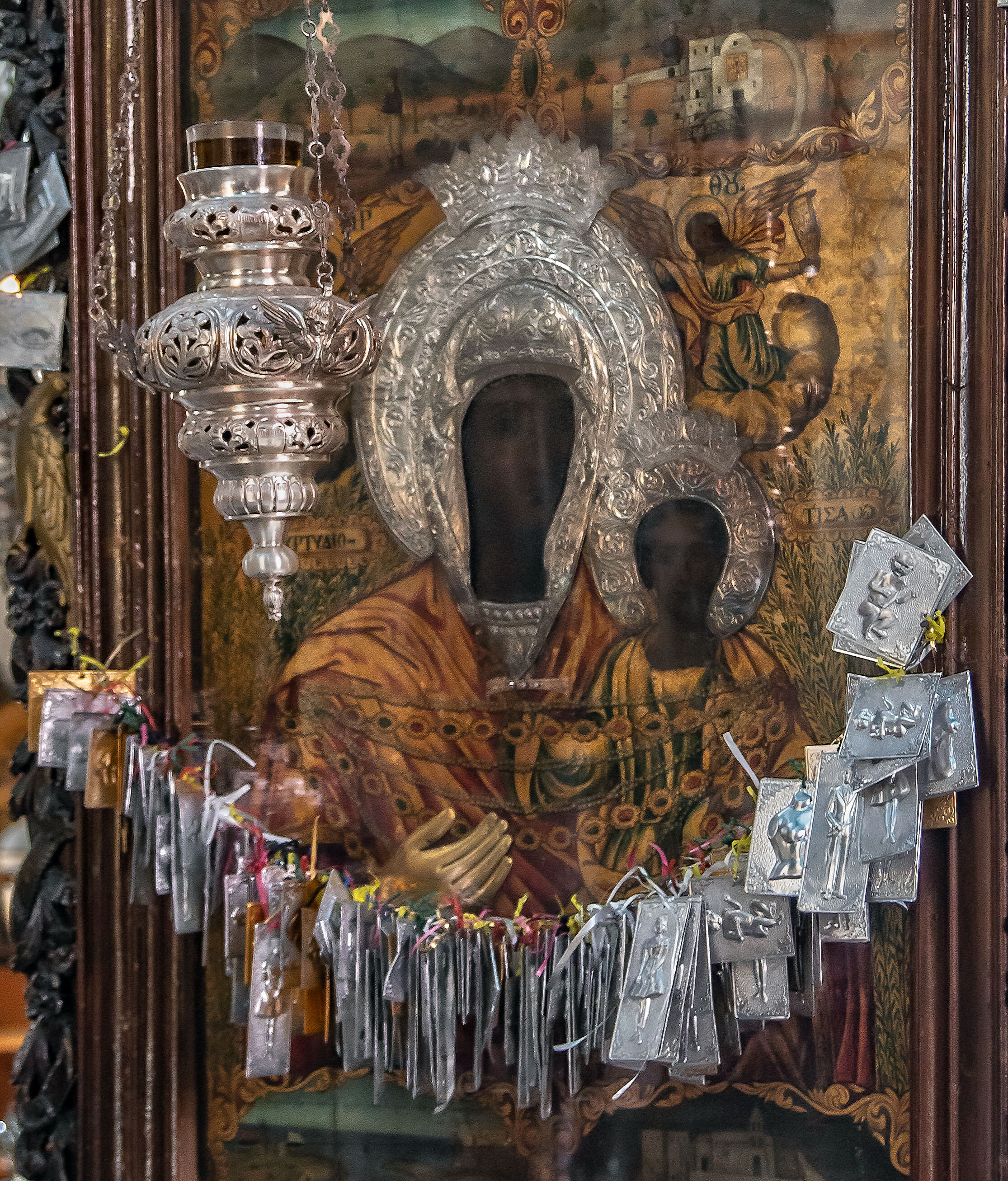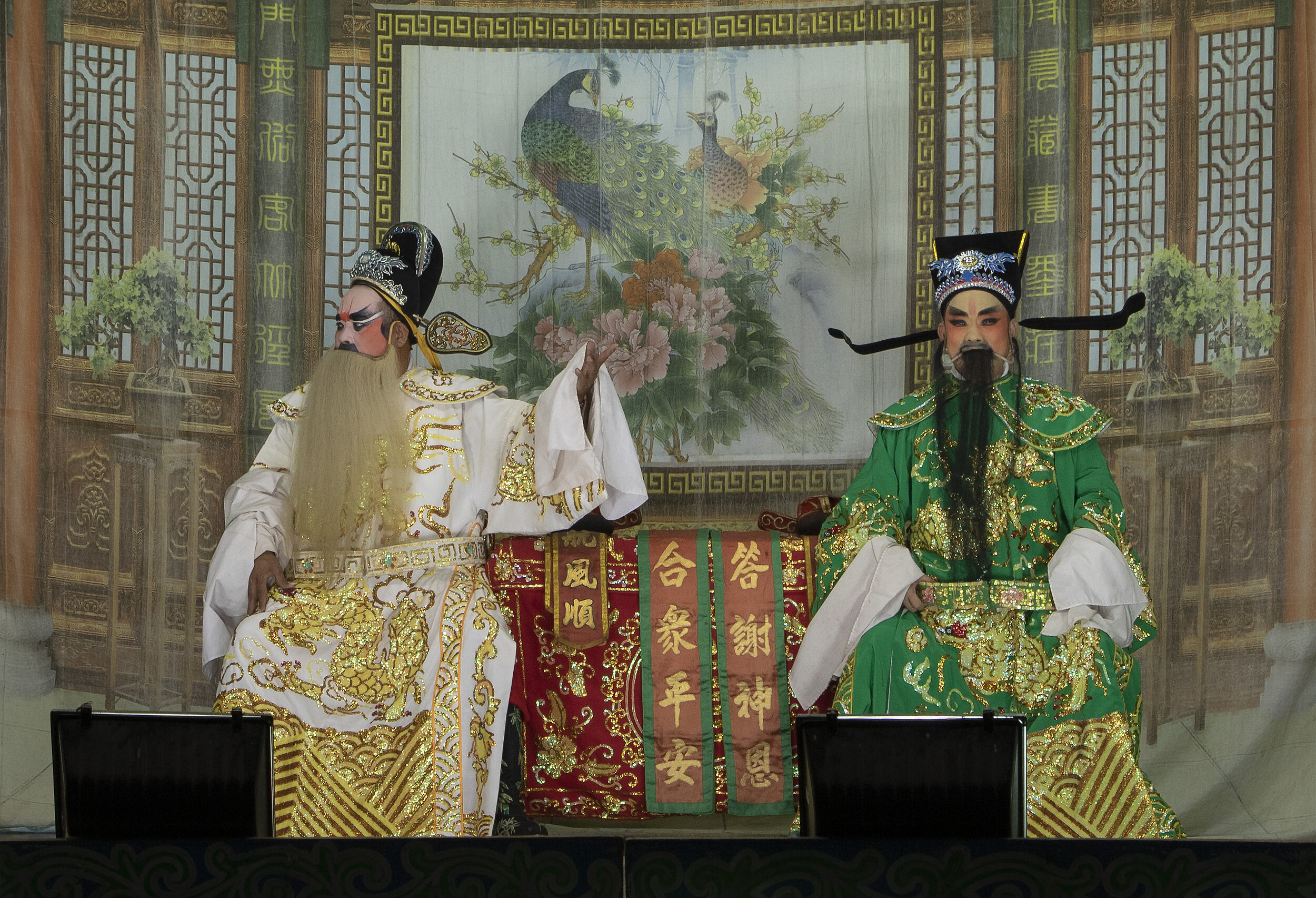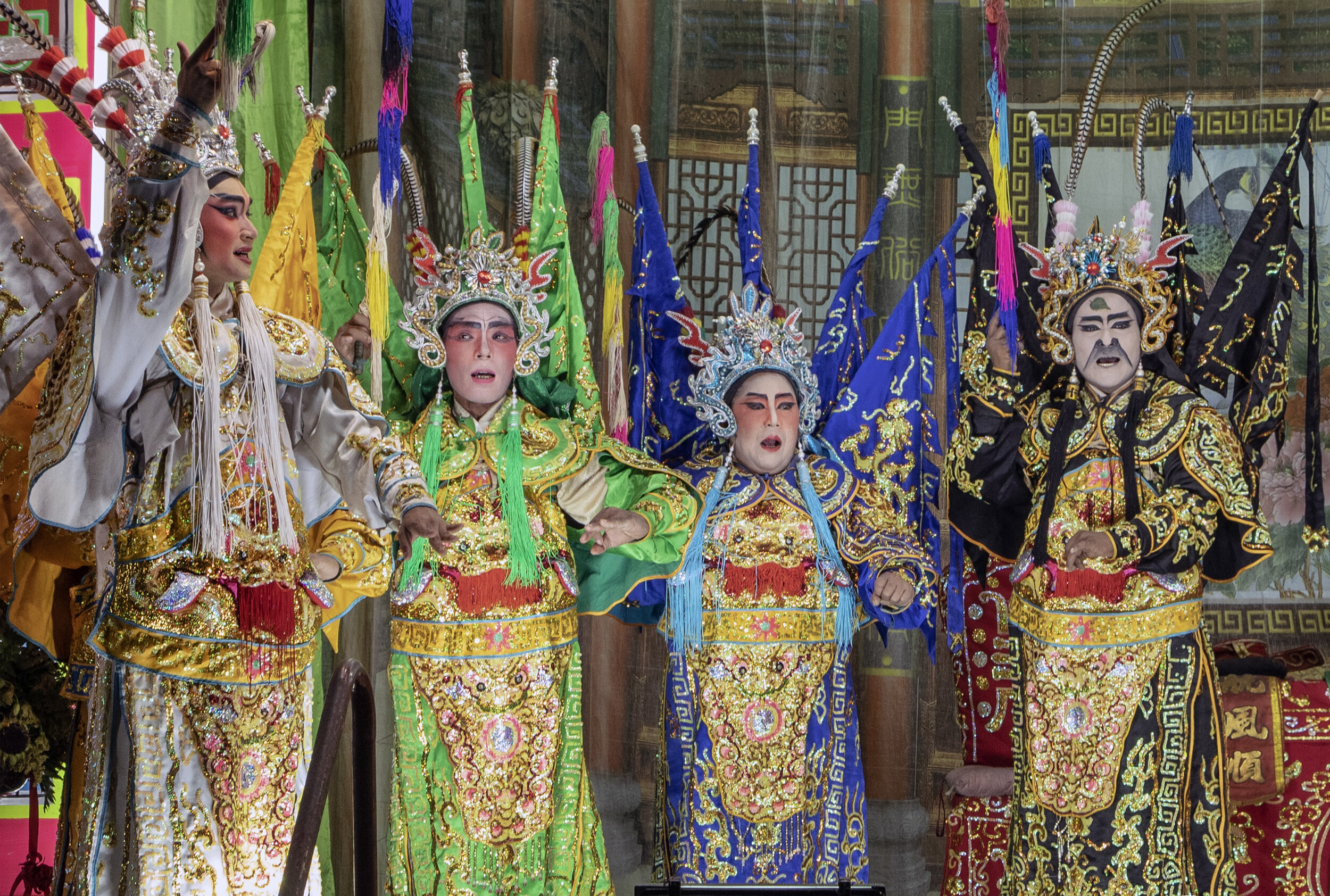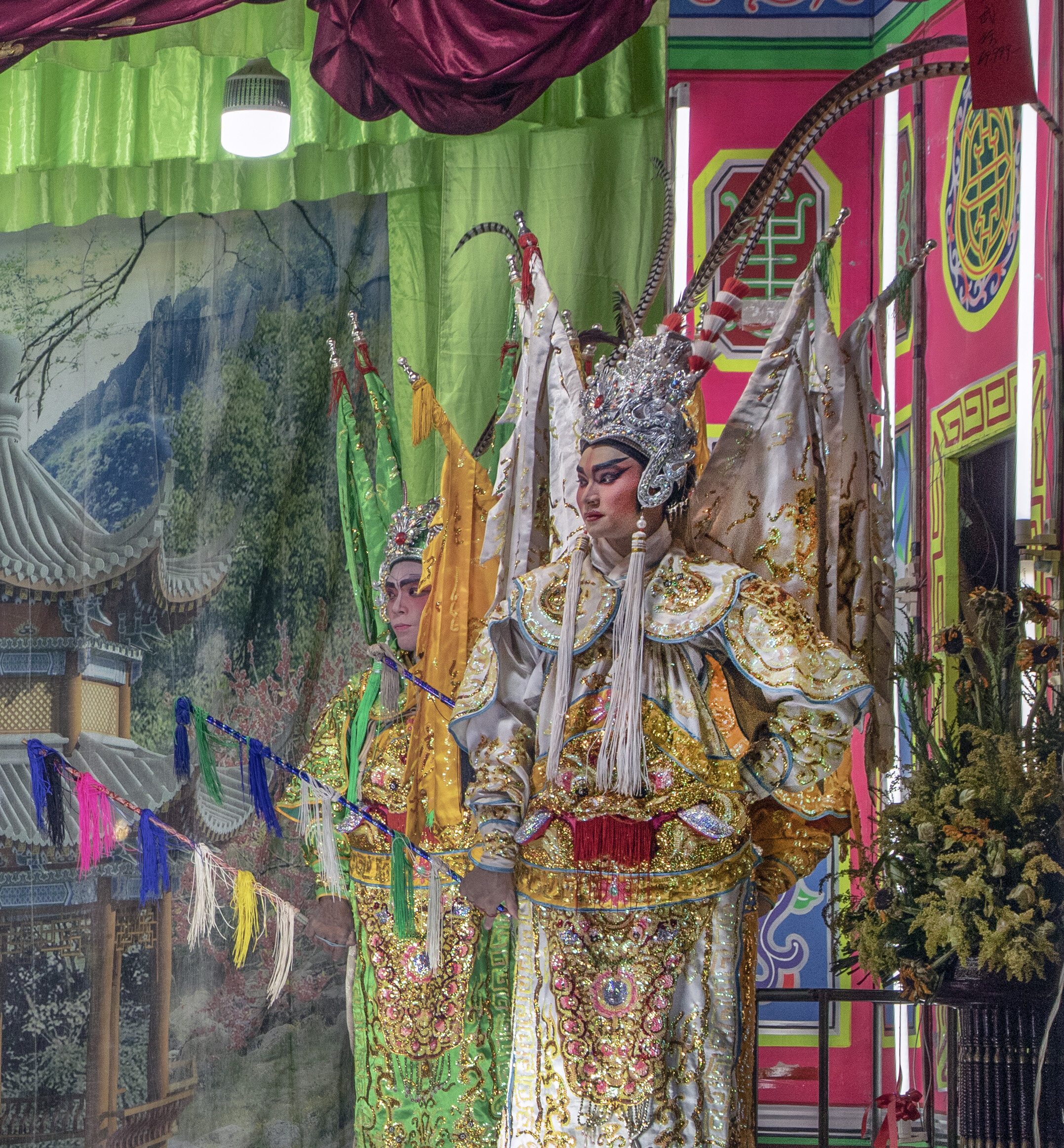__________________________
Oh mind, let us go home
Why do you roam the world, that foreign land,
And wear its alien garb?
Ramakrishna and his Disciples by Christopher Isherwood
__________________________
God is a circle whose center is everywhere and circumference is nowhere.
Hermes Trismegistus
_________________________
A circle is made to walk around a holy place, like the city of Varanasi , or a temple or shrine with sacred relics. A pilgrimage around a city is known as a parikarma (Hindu, Buddhist). A circuit or spiral movement is made around a holy object for a proscribed number of times. Footsteps made in silence, the mind focused on the effort to uncoil the rope of sin. When Buddhists circumambulate a stupa (a mound with holy relics), they make 3 circuits of the base known as prakaksina. Muslims walk around the Kaaba, seven times, known as a “Tawaf.”
In Hindu temples, pilgrims walk in a circular path around the various shrines, taking an additional spiral around ritual objects such as the lingam/yoni. This clockwise journey is not only a meditative process but “charges” the energy of the place.*****
History, Faith and Penance
In the first millennium, Christians choose to undertake one of three sacred routes to the Holy Lands. The travelers to the tomb of St. Peter in Rome were called wanderers who took the symbol of the cross. The second destination was in Jerusalem, at the Holy Sepulcher of Christ. They were called palmists for the palm branches that greeted Jesus when he entered that city. The third road, the Camino de Santiago, is actively traveled in modern times, it leads to the mortal remains of Saint James that rest in the Cathedral of Santiago de Compostela in Galacia in Spain. These seekers took the scallop shell as their symbol and they were called pilgrims.*
People of all classes undertook pilgrimage for a variety of reasons. Medieval Christian church doctrine taught it’s parishioners that sickness was the result of committing sins. Sick people sought the healing powers of the shrines of the saints. A shrine that contained the actual mortal remains of the saint were the most powerful.
Ordered by their bishops as penance, many people went on pilgrimages involuntarily. Some courts imposed a pilgrimage as an alternative to execution or prison time. *Knights and nobleman convicted of a crime could be forced to undergo their pilgrimage wearing chains made from their own armor.*
India's legacy of gaining merit by making a grand sacred tour clockwise around the entire subcontinent was well established centuries before Christ. Various dharmasalas (pilgrim rest houses) kept registers that record the origin, caste and profession of a visiting pilgrim. ***The purohits (priests) at many sacred places maintain bahis (records) regarding the date and purpose of visits...***
In Iyo and Hiroshima, a pilgrimage was a coming-of-age rite. Young men and women could not marry until they had been tempered by the hardships of a pilgrimage. When they completed their journey, they were accepted in the community as adults.****
For some, a pilgrimage was just an excuse to travel. Other than making a pilgrimage, people did not travel to far places and were content to stay within the narrow radius of the physical reach of a local dialect and family members. Today’s travelers maybe be a direct outgrowth of the practice of making pilgrimages.
________________________
In the gloom of the inner chapel, the thoughts of the worshipper become absorbed in such an acute sense of intense apprehension and of supreme expectancy that even identity is lost, and all material things appear shadowy and unreal.
Description of a visit the the Church of the Holy Seplulchre in Jerusalem from In the Steps of the Master, H.V. Morton, 1944
________________________
For Catholics walking the Camino de Santiago, Muslims undertaking an Umrah to circumambulate the Kaaba in Mecca, Hindus four fold journey on Char Dham defined in the Mahabharata, a pilgrimage, at least one great one in a lifetime is an expectation placed on many devout followers of the world's religions. There are many dedicated travel agencies that offer regularly recurring pilgrimage bookings for modern individuals who have little time to prepare and implement a proper itinerary... see (http://www.sacredyatra.com). Today's pilgrimages may even be undertaken on-line.
In Myanmar there is an annual 3 day gathering of Buddhist pilgrims at the Ananda Pagoda Temple in Old Bagan to celebrate the arrival of the first full moon of the New Year, an auspicious day to acknowledge the life of the Buddha. Visitors come by bullock carts, cars, and some by foot from great distances to take part in the carnival atmosphere surrounding the Ananda Temple grounds and to make merit by making offerings at the shrines for the Buddha(s) and the Nats, and to support the Sangha, the holy order of monks, with food, robes, blankets, tooth paste and money.
Dates: Full moon Day of Pyatho to 15th Waxing of Pyatho
Jan4 to 19 (2014): The morning of the Full Moon Day is a mass alms offering to the monks of the monastery at the Ananda Pagoda Temple.
More photographic examples of the varieties of experience of making pilgrimages for Buddhists and Hindus in this gallery
Monks in Myanmar on a tour of the Pindaya Caves. A visit to a sacred site can combine both casual enjoyments and serious devout intentions.
Pradakshina: Nepalese Buddhists circumambulate the Dhamekh stupa at Sarnath. A ritual tradition in Buddhism is the walk around the base of a stupa (chaitya, pagoda) clockwise three times. The Dhamekh stupa commemorates the sacred area where the Buddha gave his first sermon after attaining enlightenment.
The Makarsankranti Festival in Varanasi: The Festival of New Beginnings, the sun enters the sun-sign of Capricorn or Makara from the Tropic of Cancer.
Looking for the Rama in Ayodhya: The city of Ayodhya is a place of legend and modern controversies. Its temples, mosques and sacred rivers have been claimed and fought for by both Hindus and Muslims with bloodshed in streets and lawyers in the courts. The pictures begin with morning bathing in the Sarayu River and end with a visit to the Shri Rama Janmabhoomi.
Float Festival for the gods in Madurai: Step wells and temple tanks are large reservoirs that are common in Tamil Nadu in southern India. They serve the dual functions of water storage as a hedge against the dry seasons between the monsoons and ritual cleansing before entering a temple. The water in the tanks is believed to be sacred water from the Ganges.
*notes for this column essay were taken from Miracle Cures, Saints, Pilgrimage and the Healing Powers of Belief by Robert A. Scott and Pilgrimage, and The Great Adventure of the Middle Ages by John Ure.
***notes and quotes from Hindu Places of Pilgrimage in India, A Study in Cultural Geography by Surinder Mohan Bhardwaj 1973
****notes from Japanese Pilgrimage by Oliver Statler, 1983
*****The Illustrated Signs & Symbols Sourcebook by Adele Nozedar













